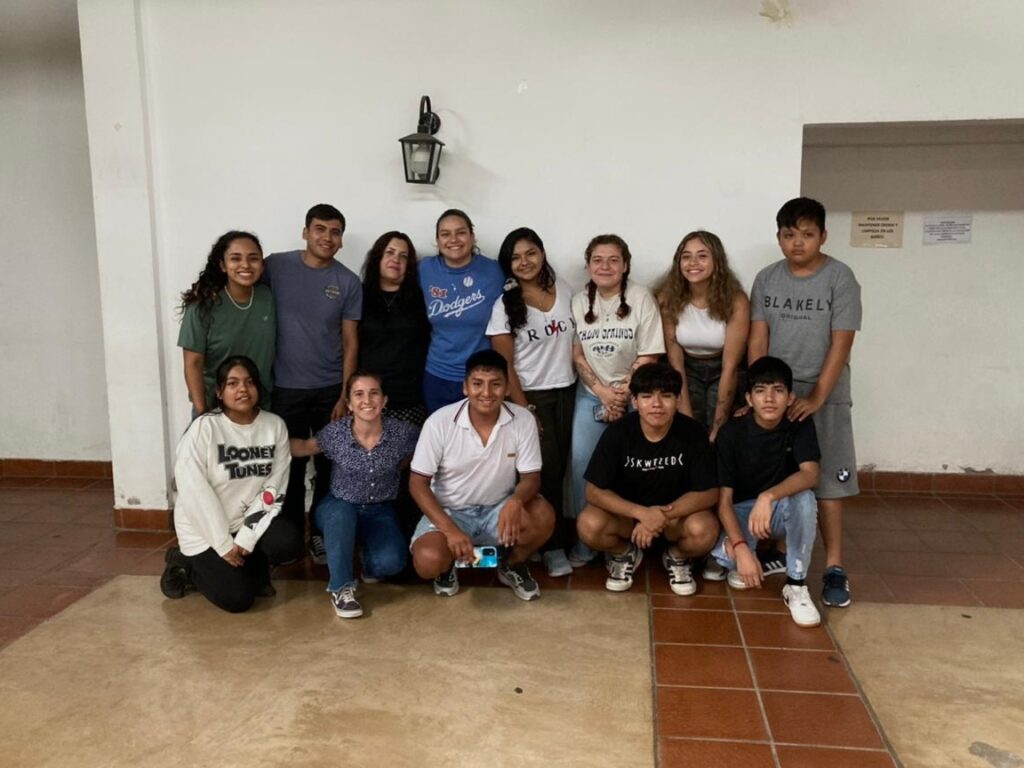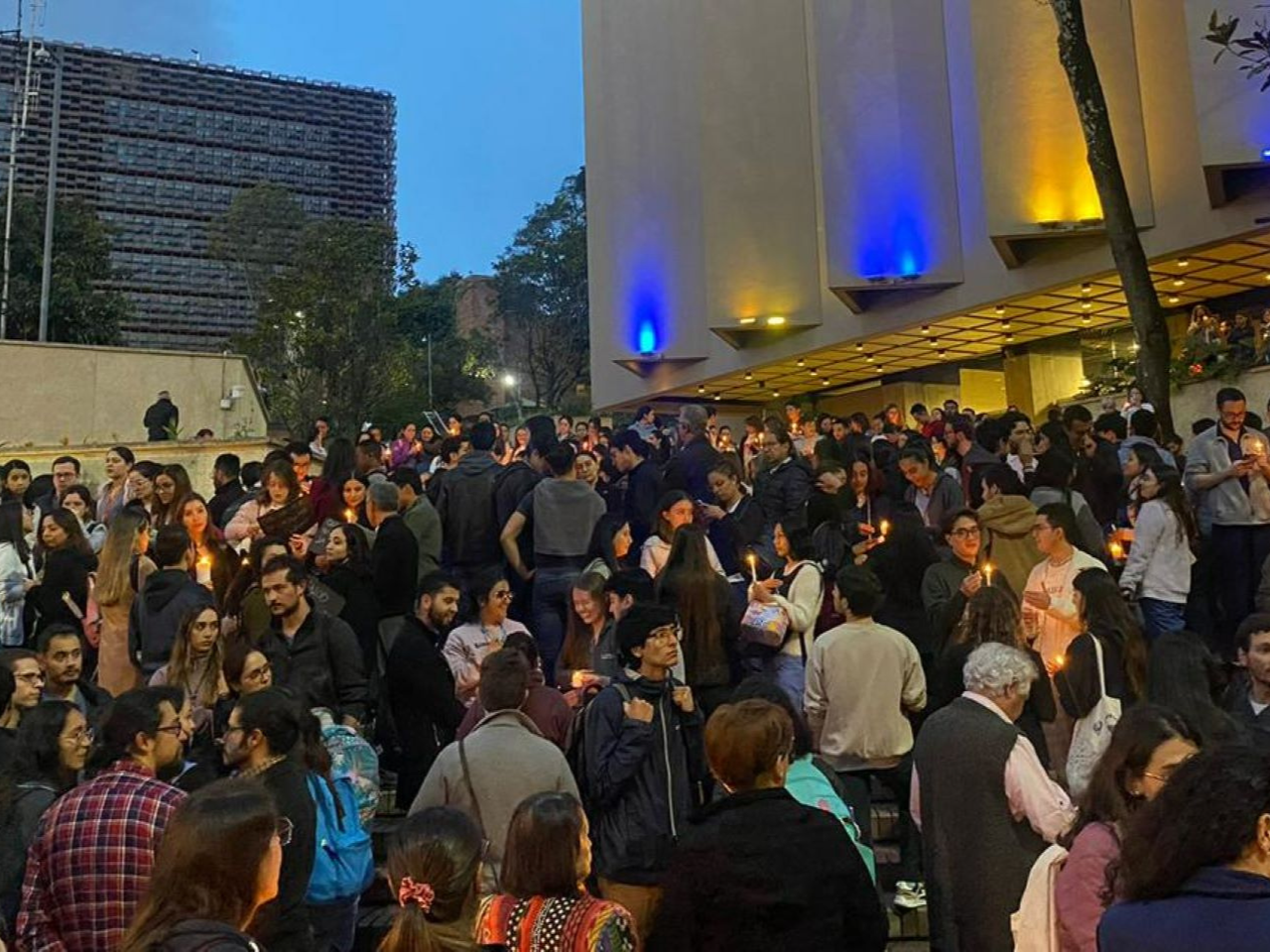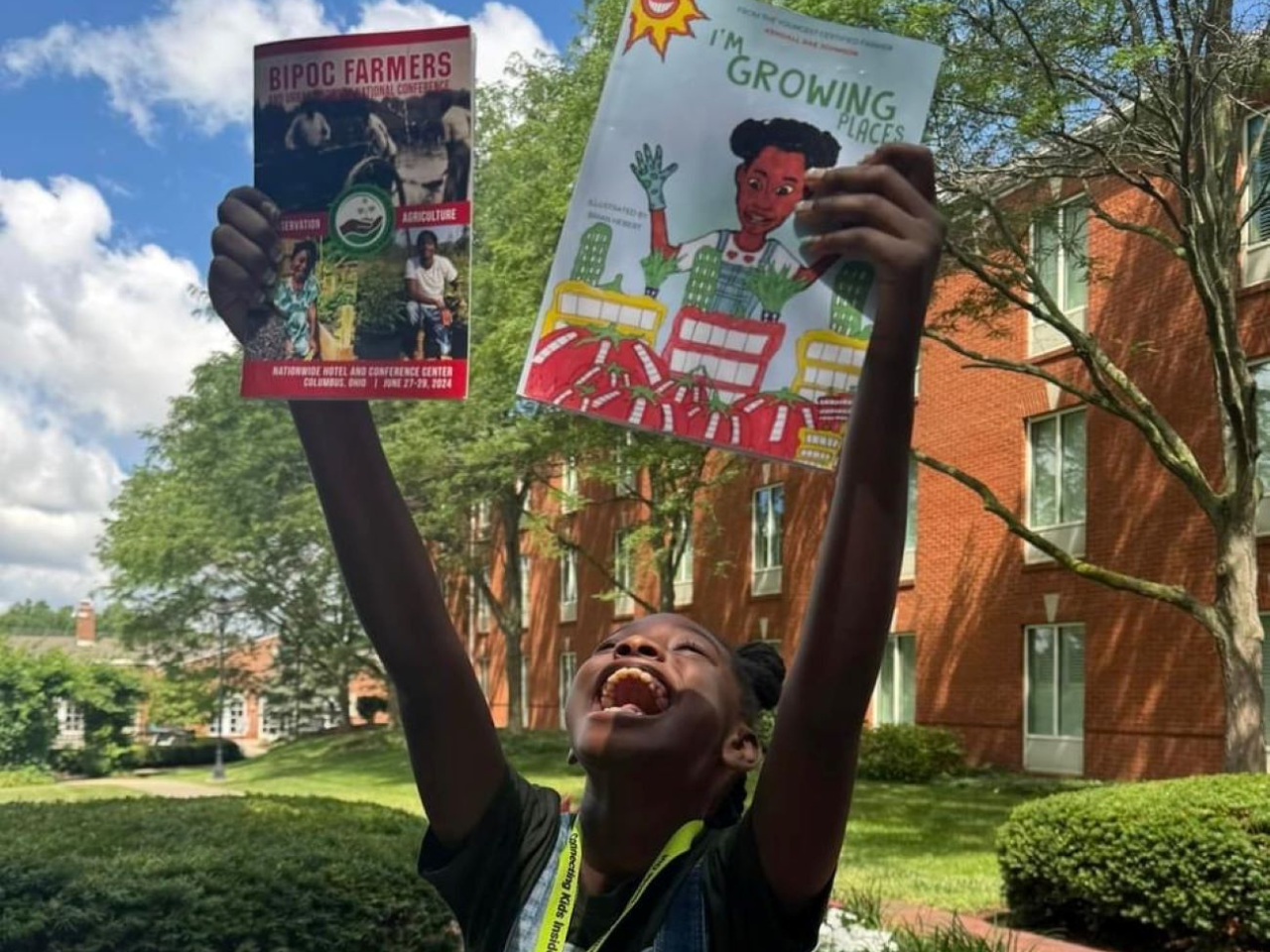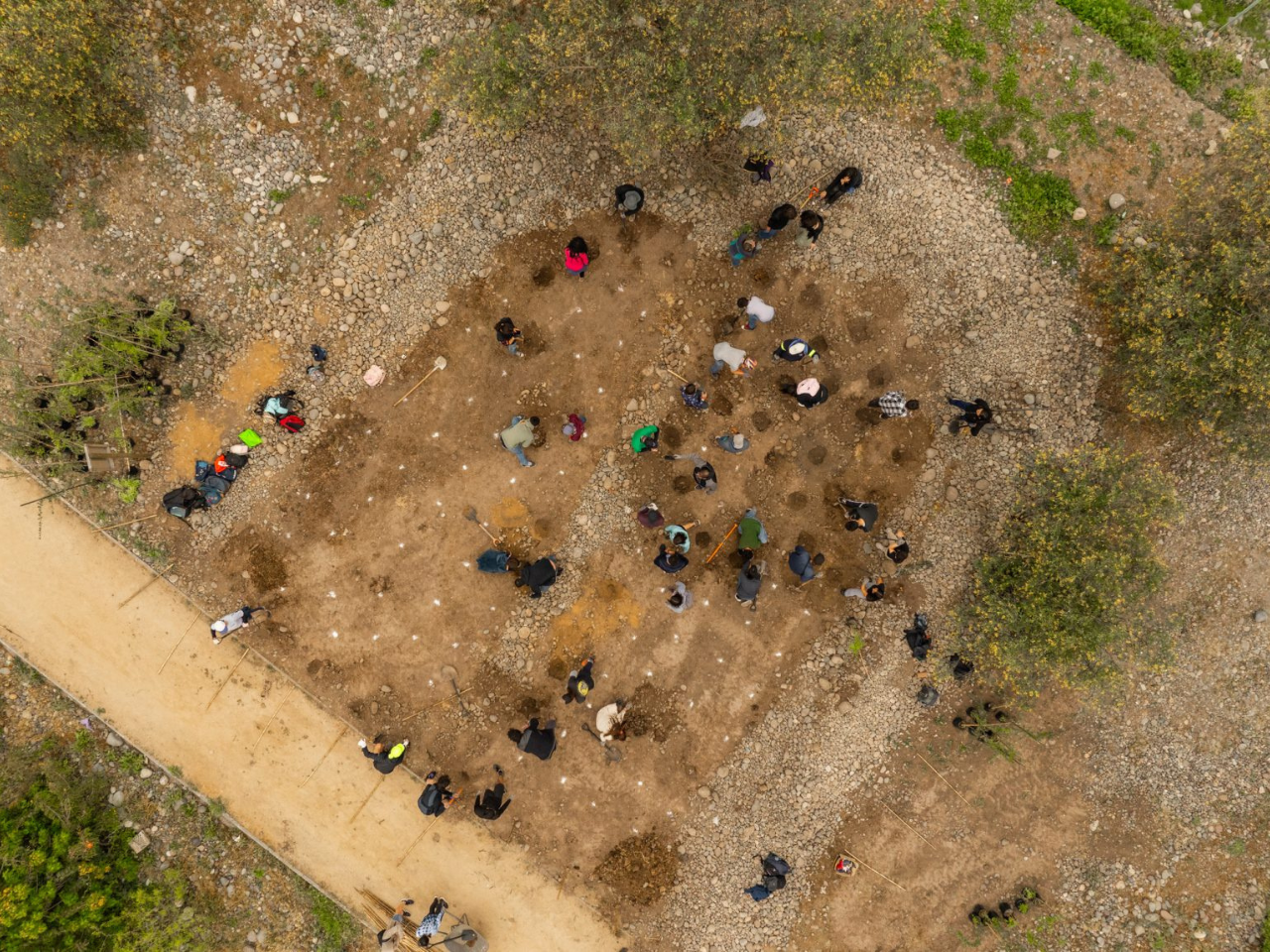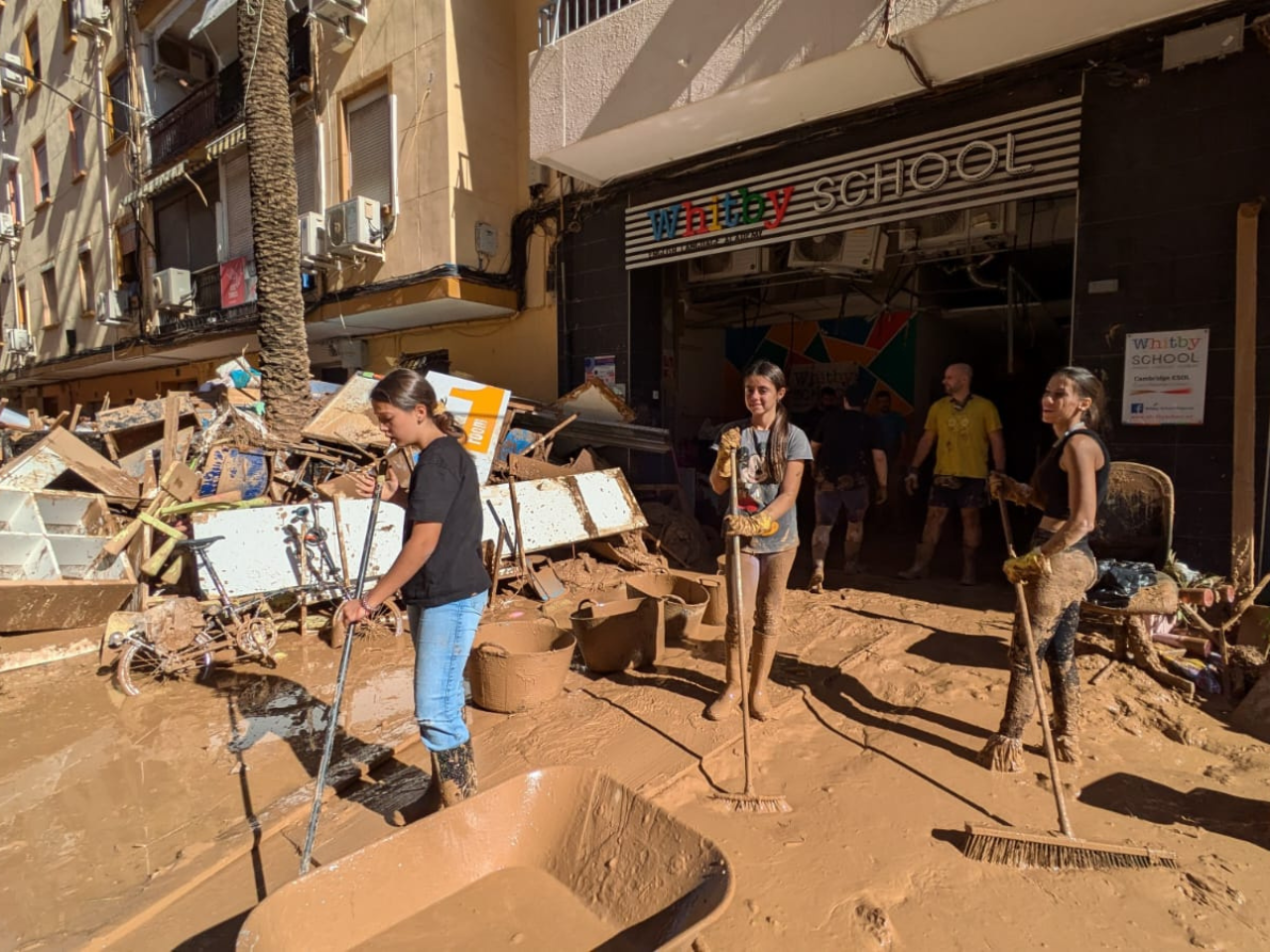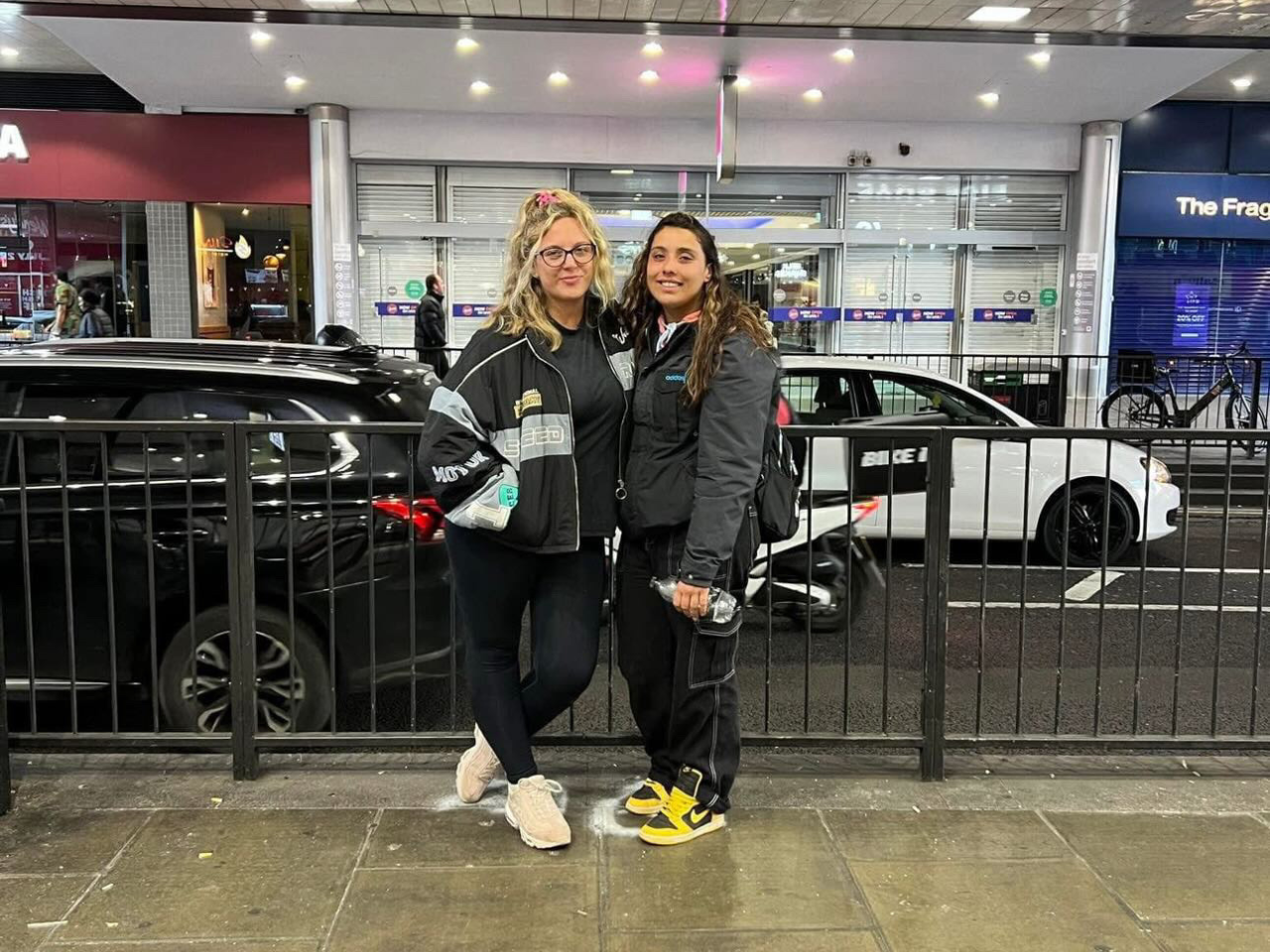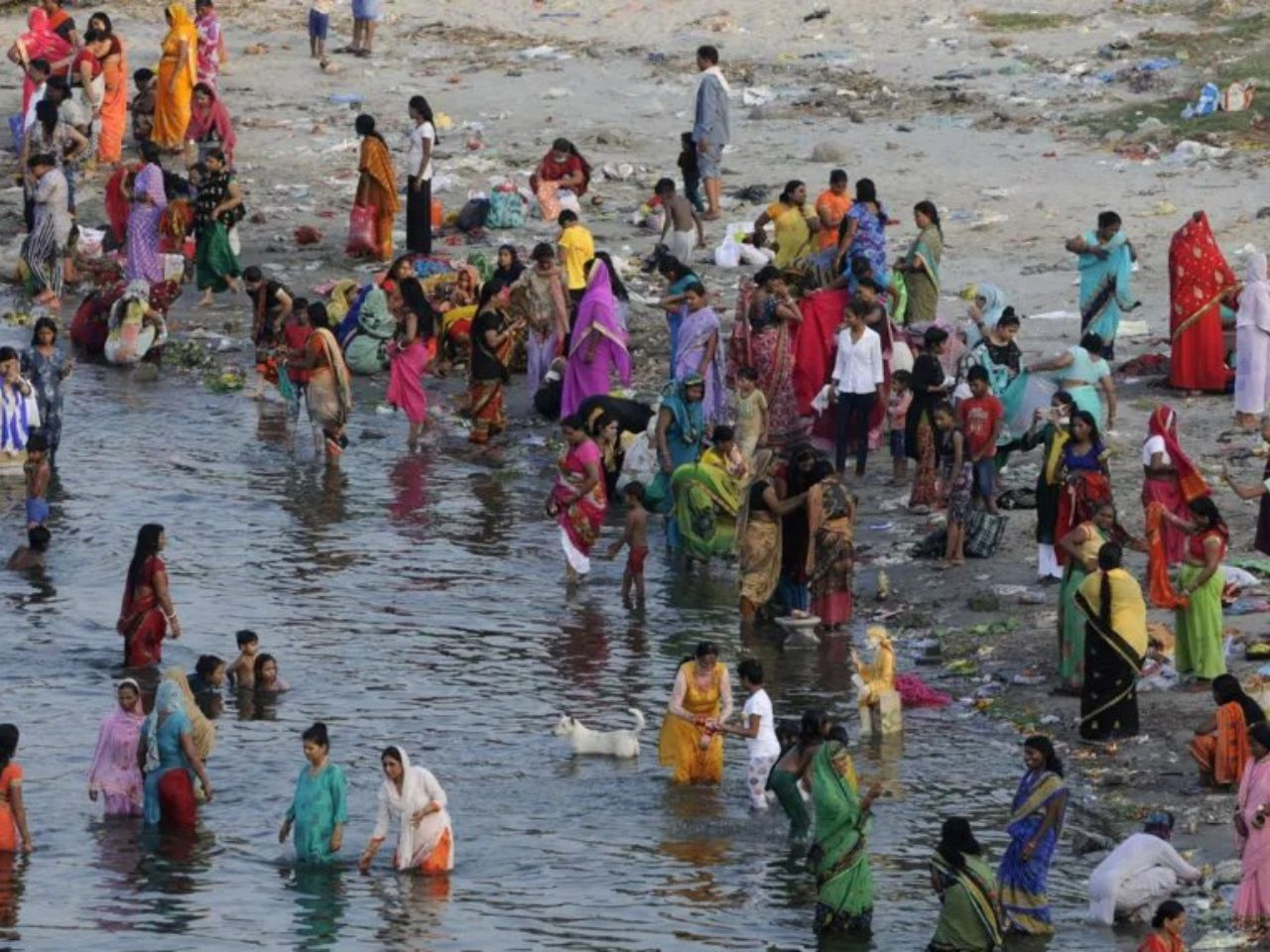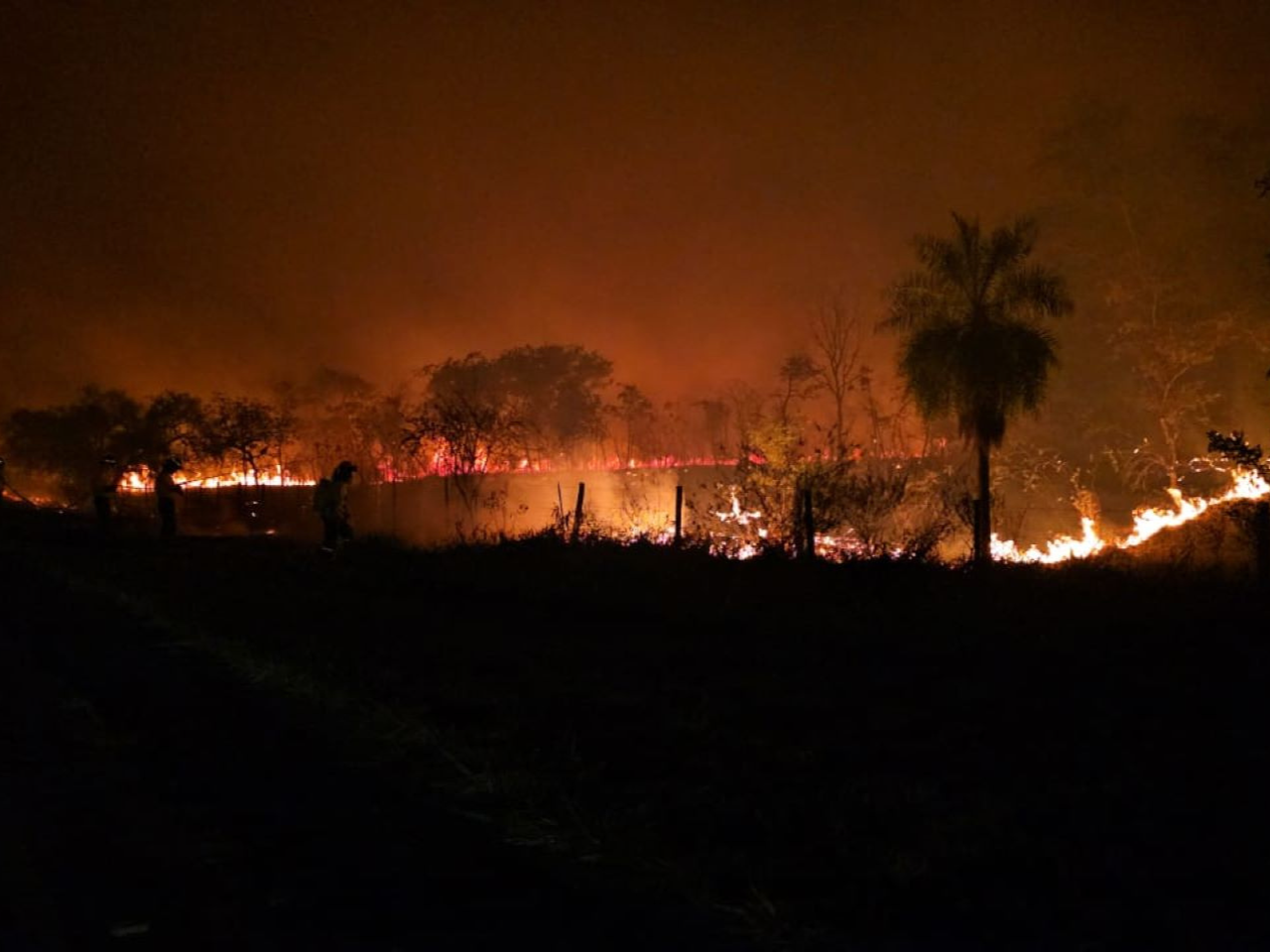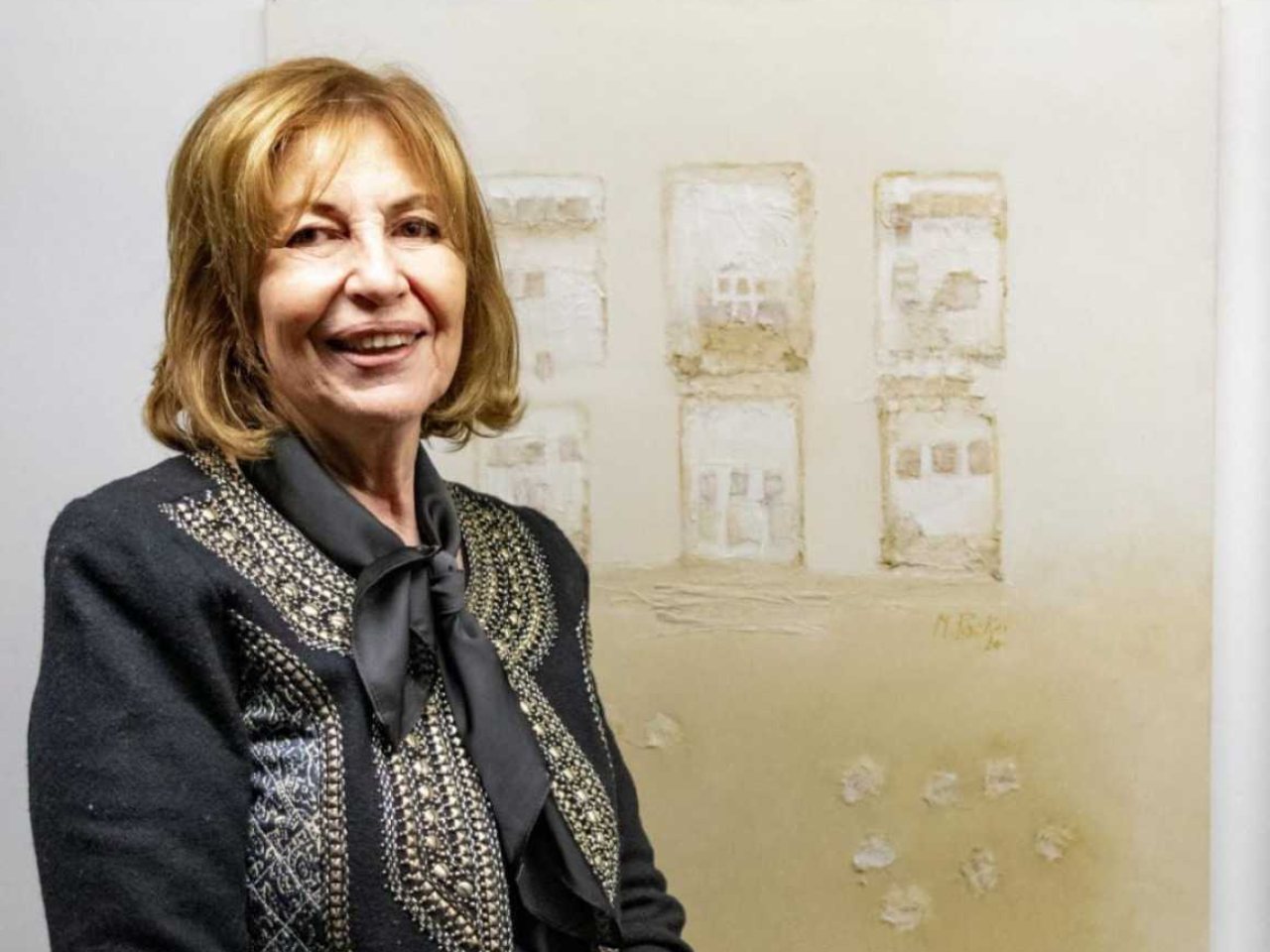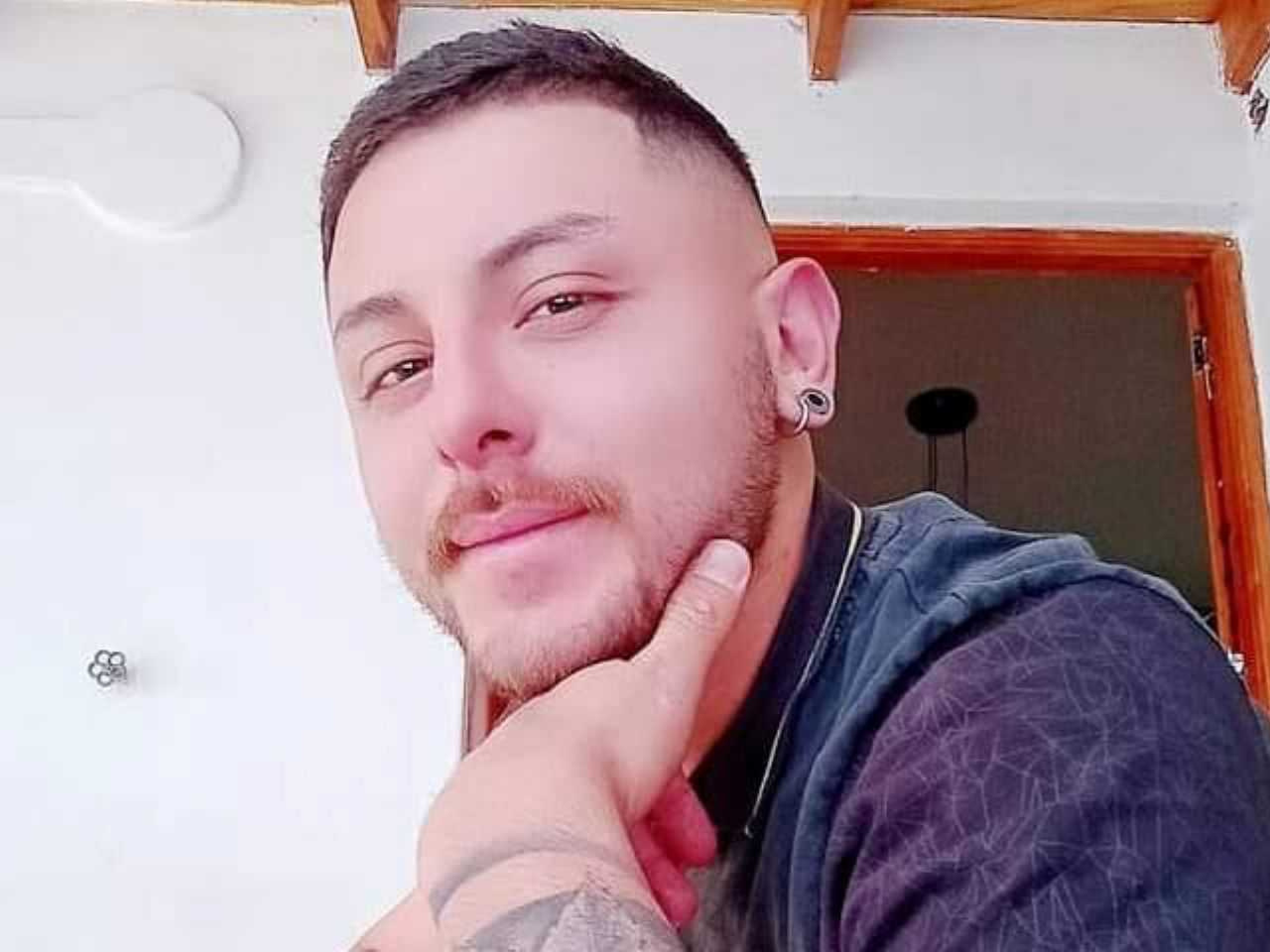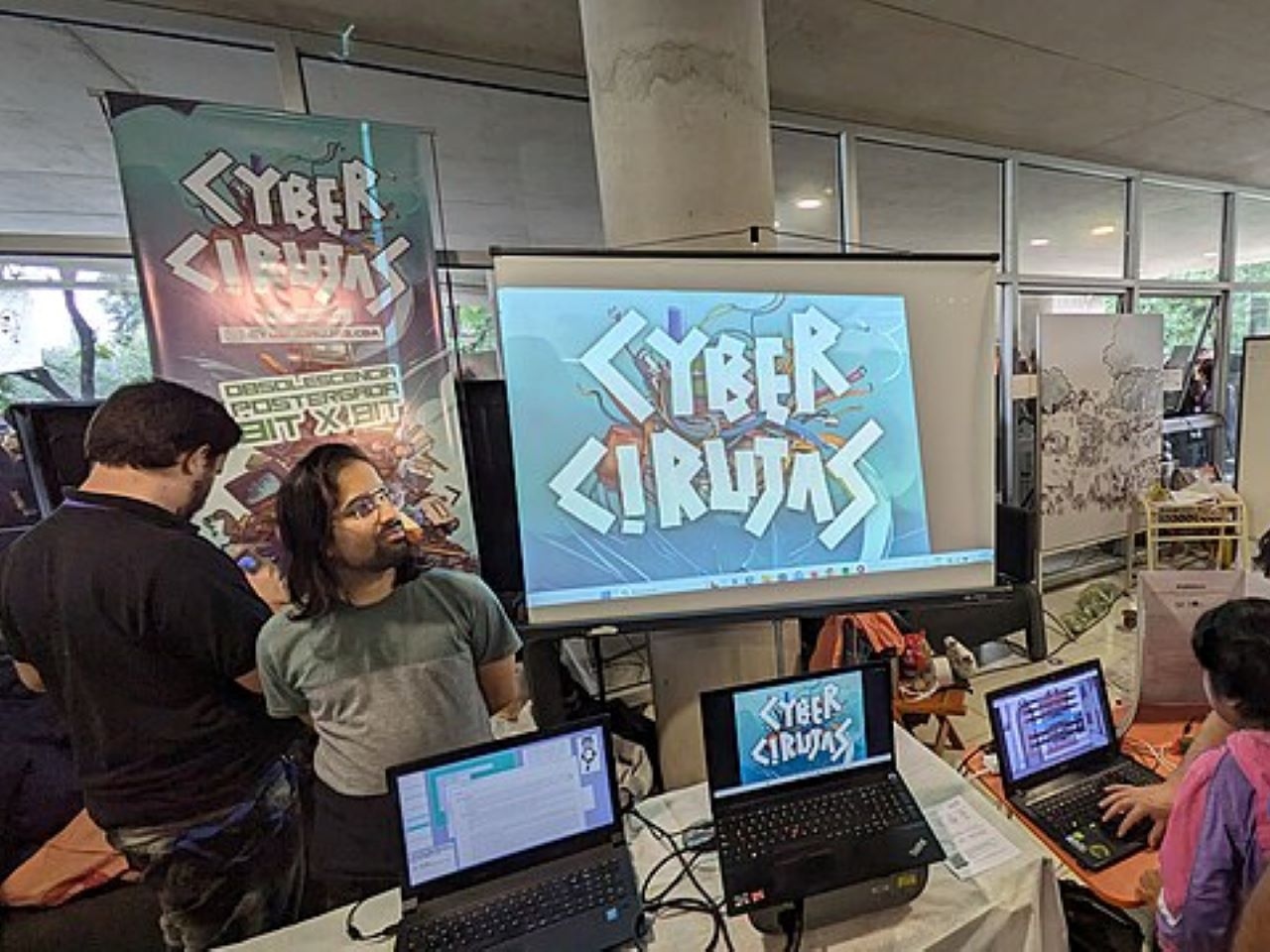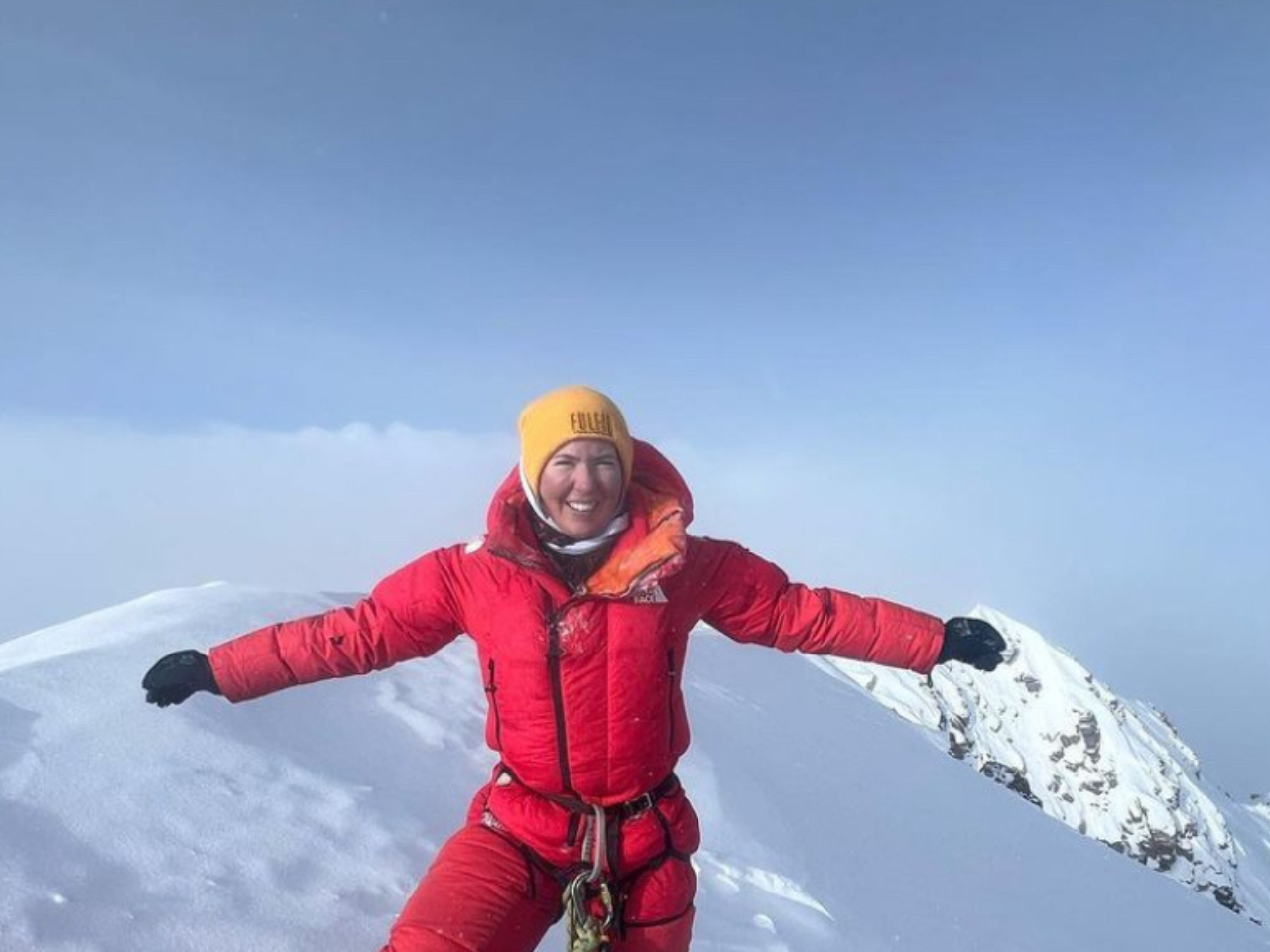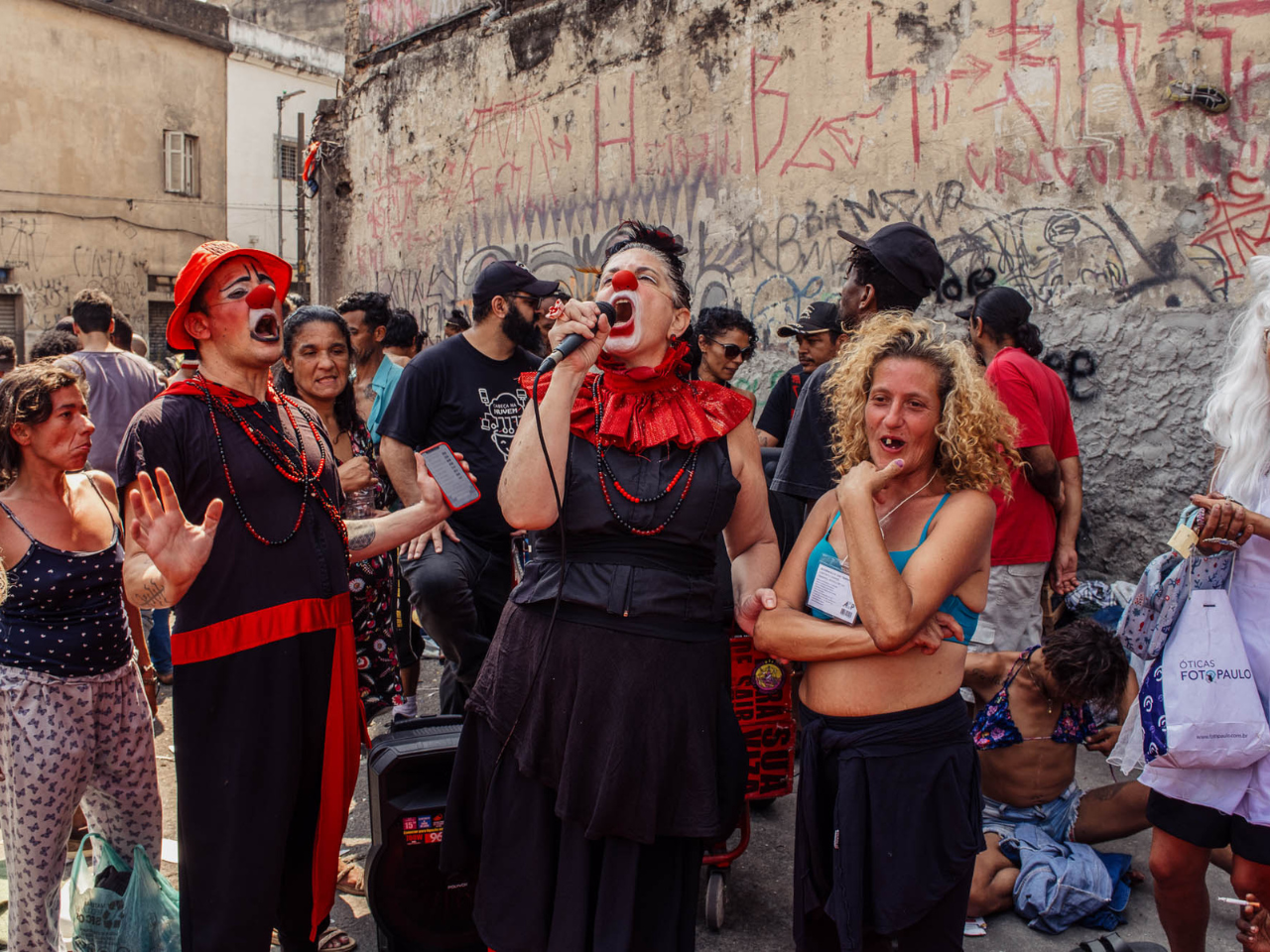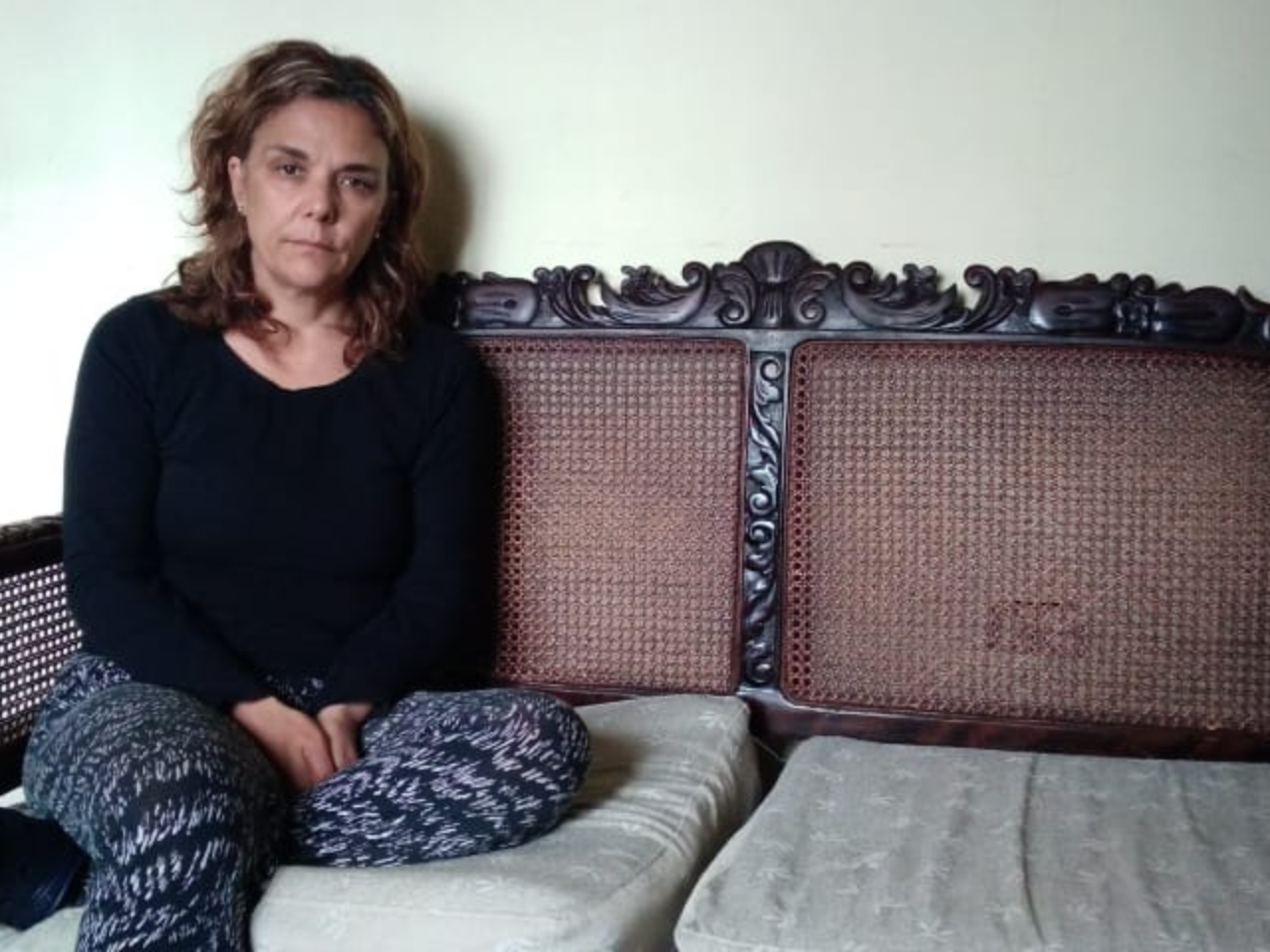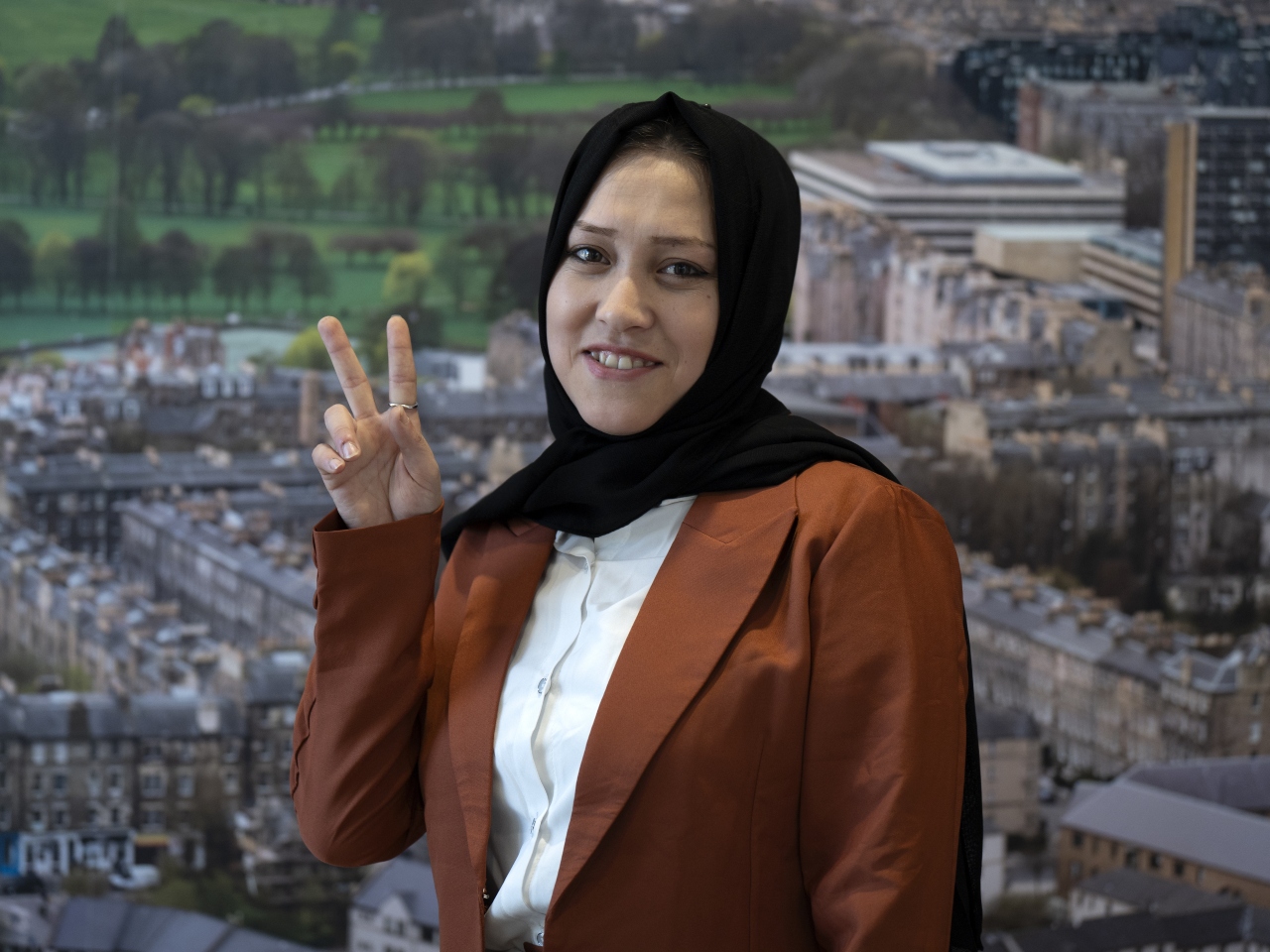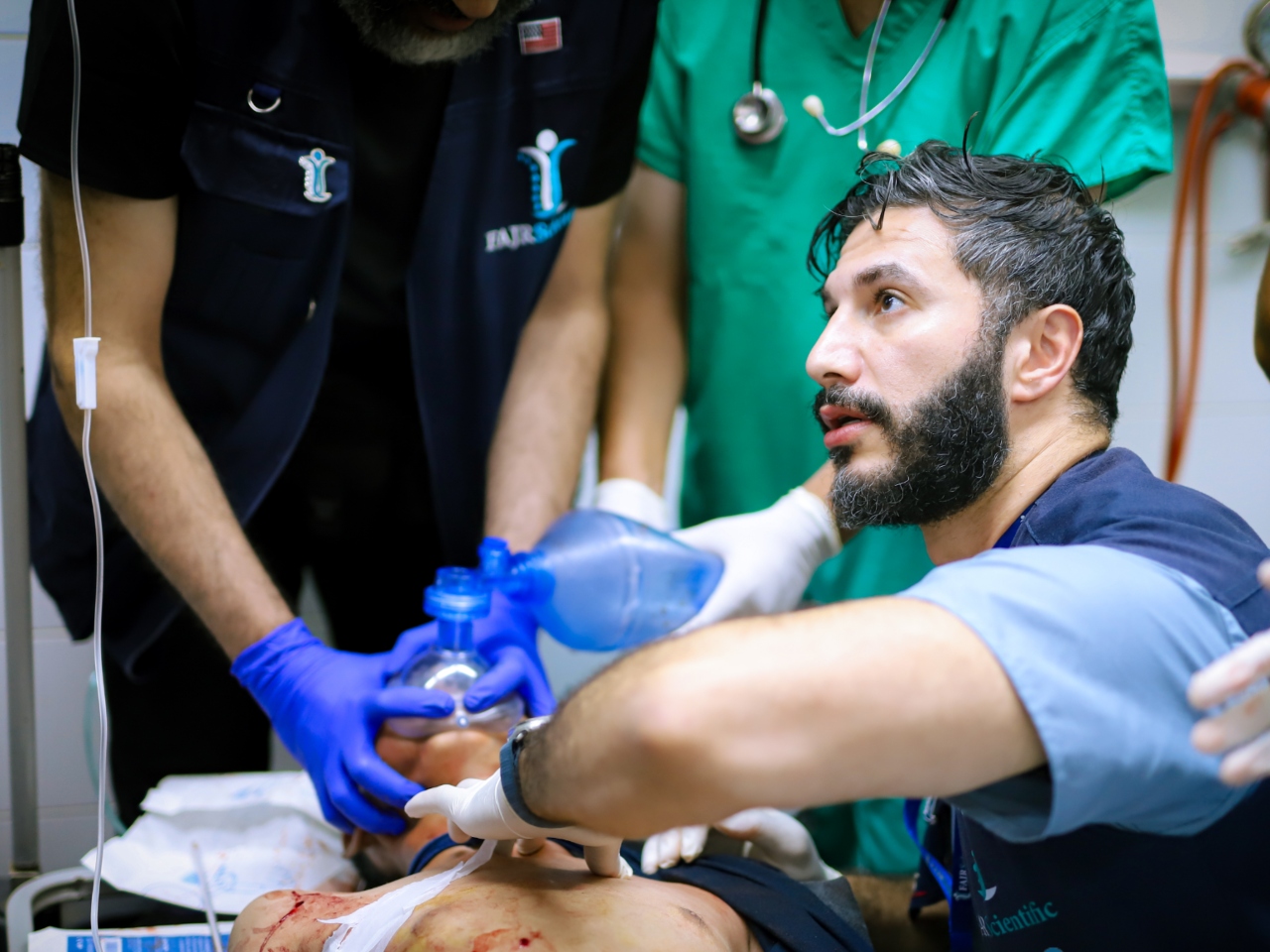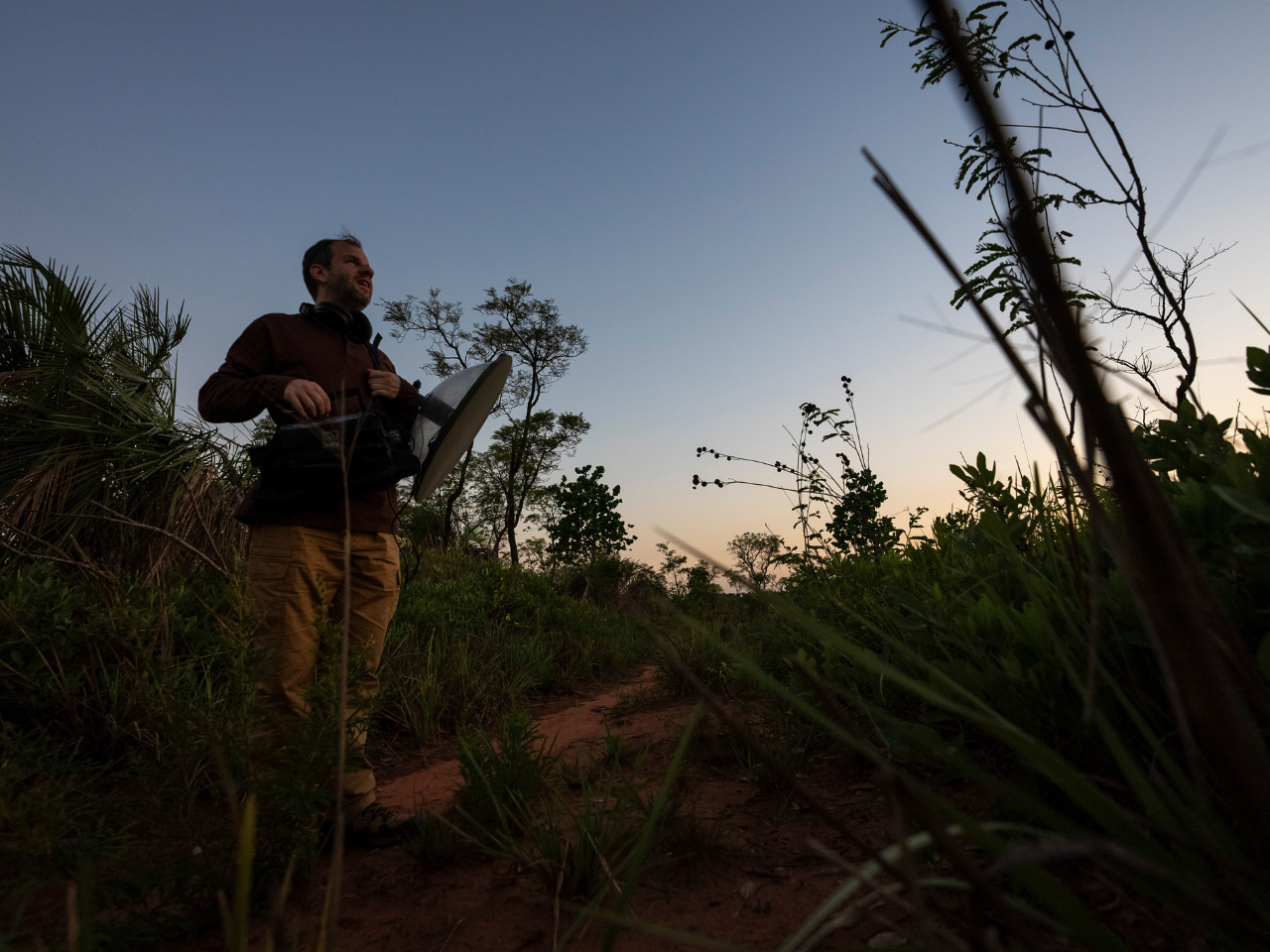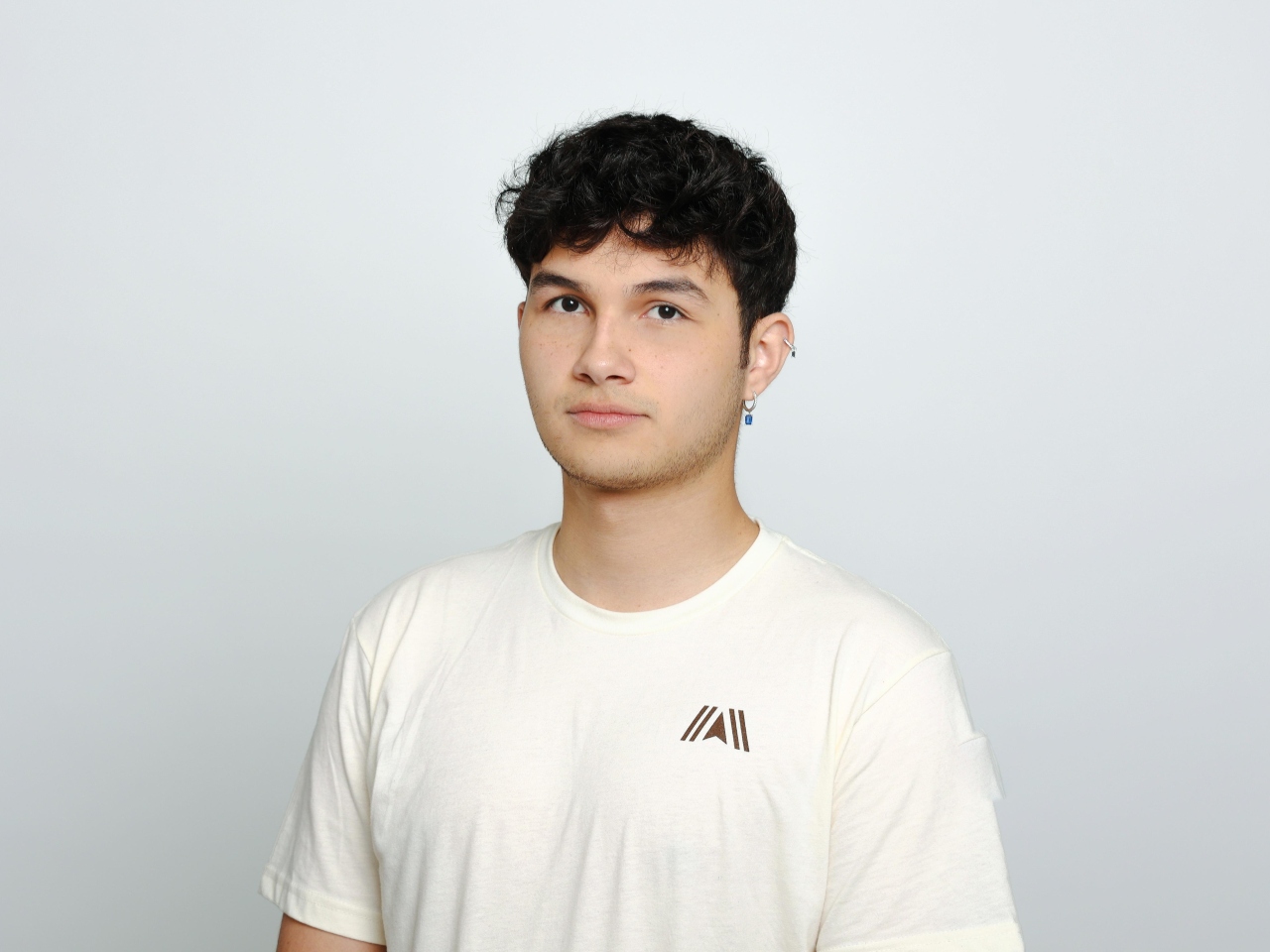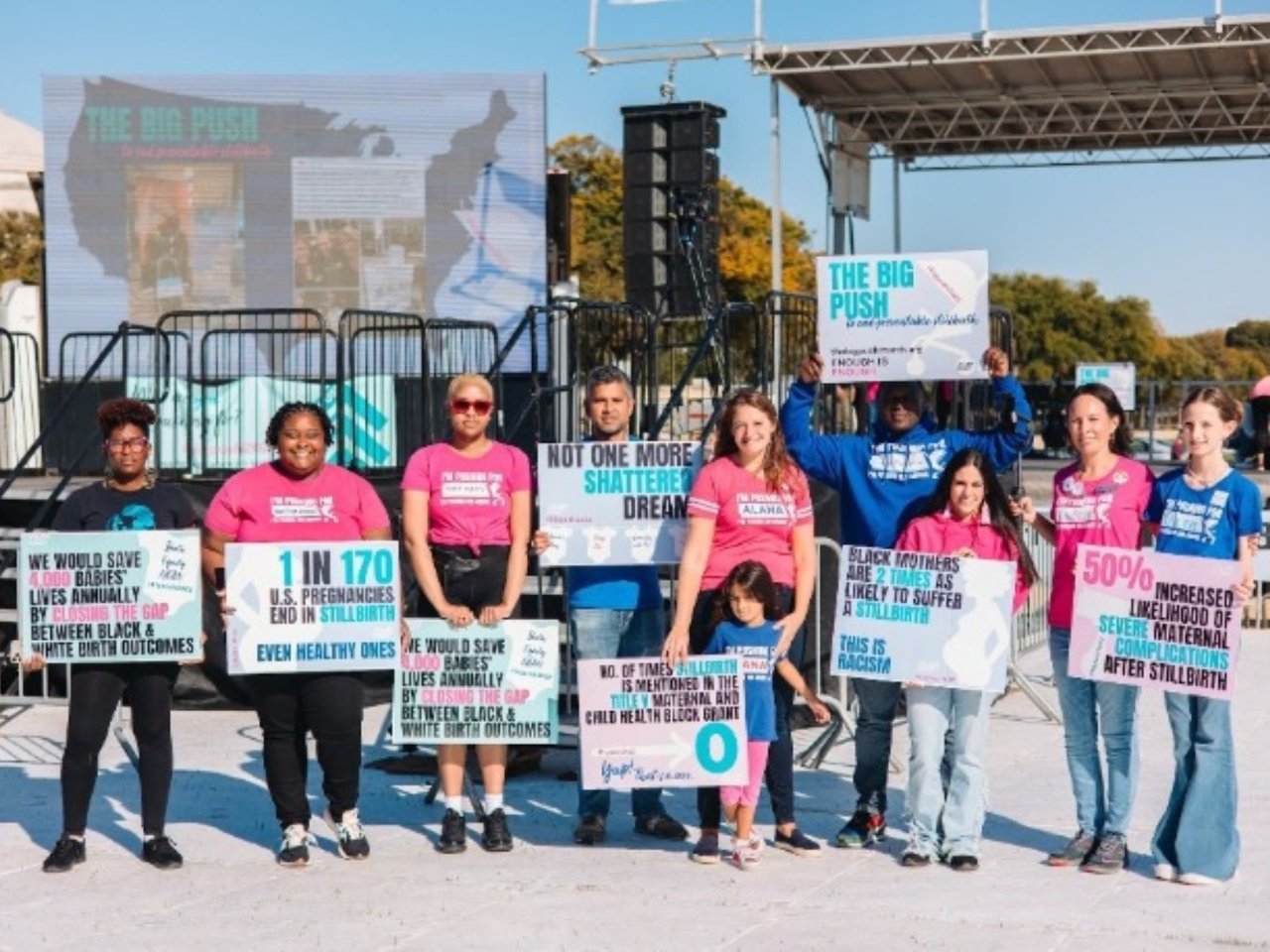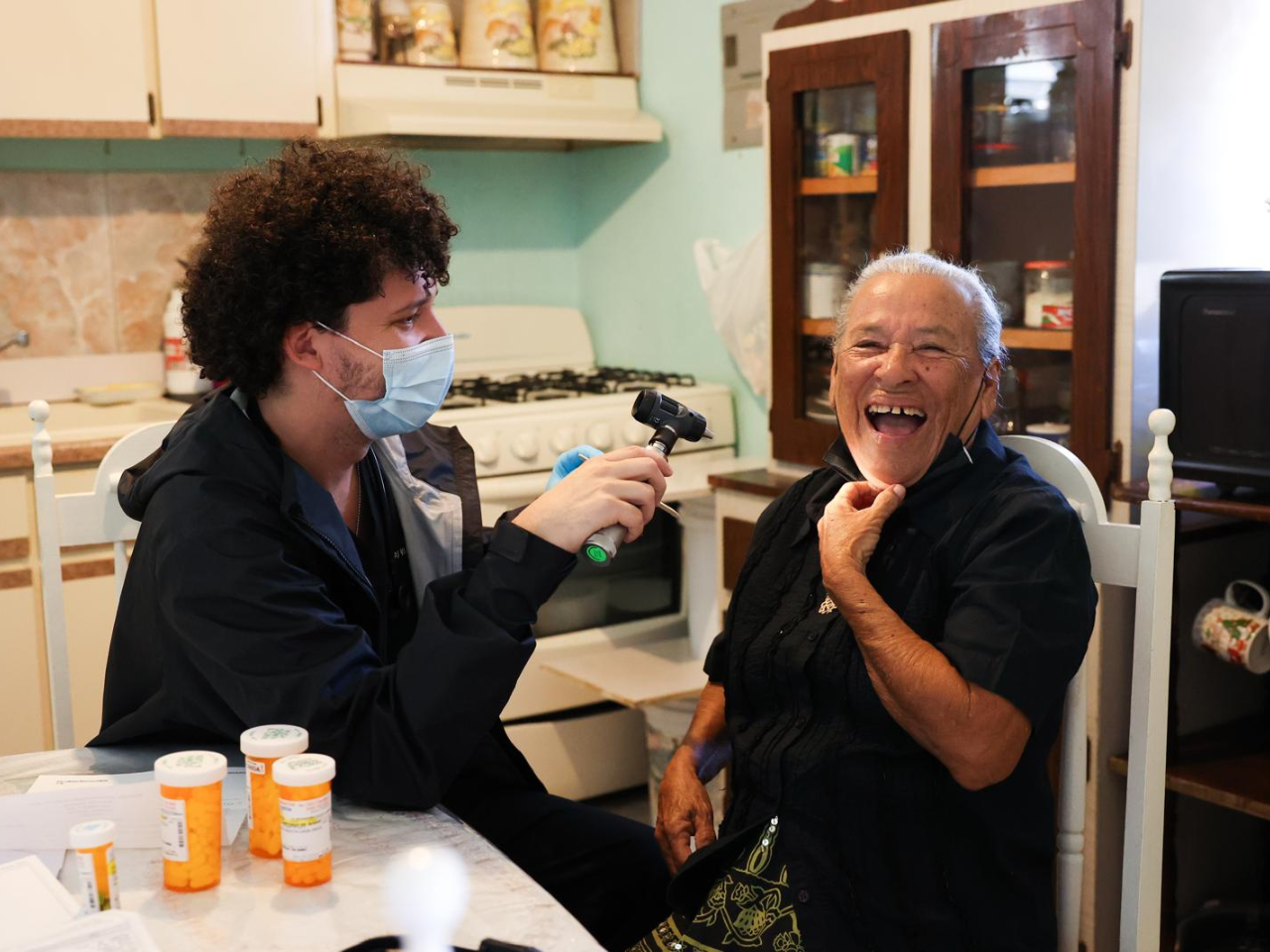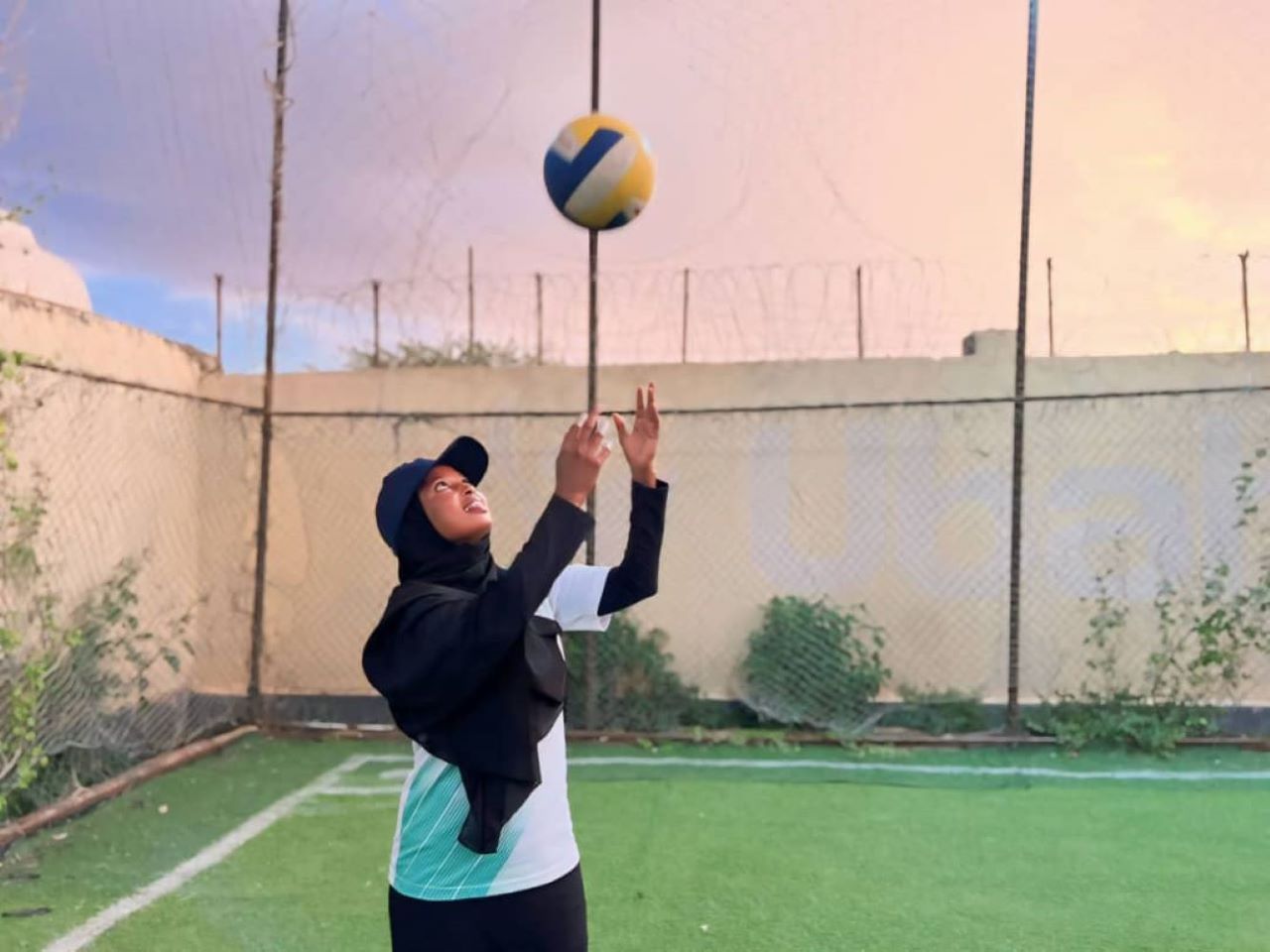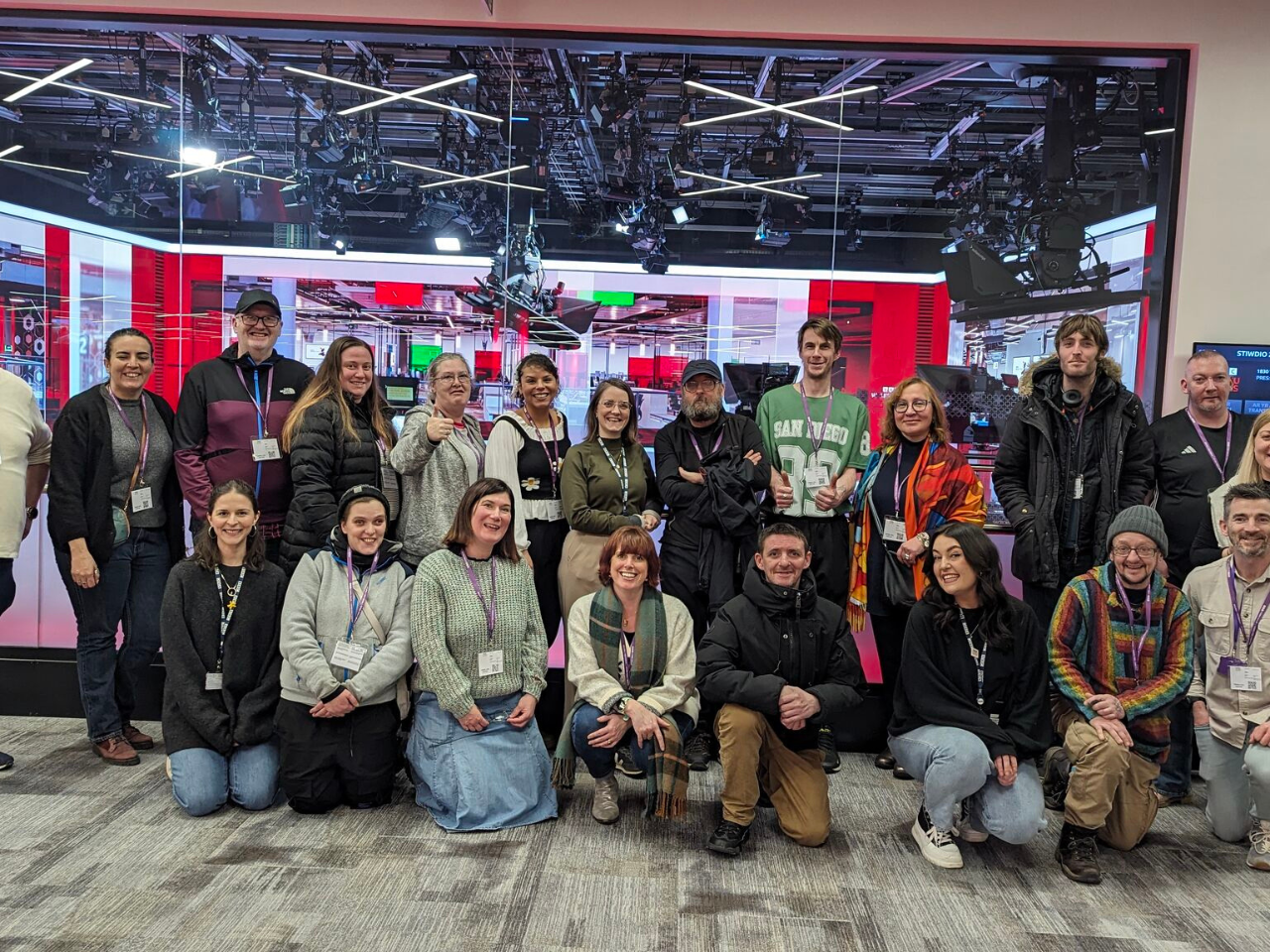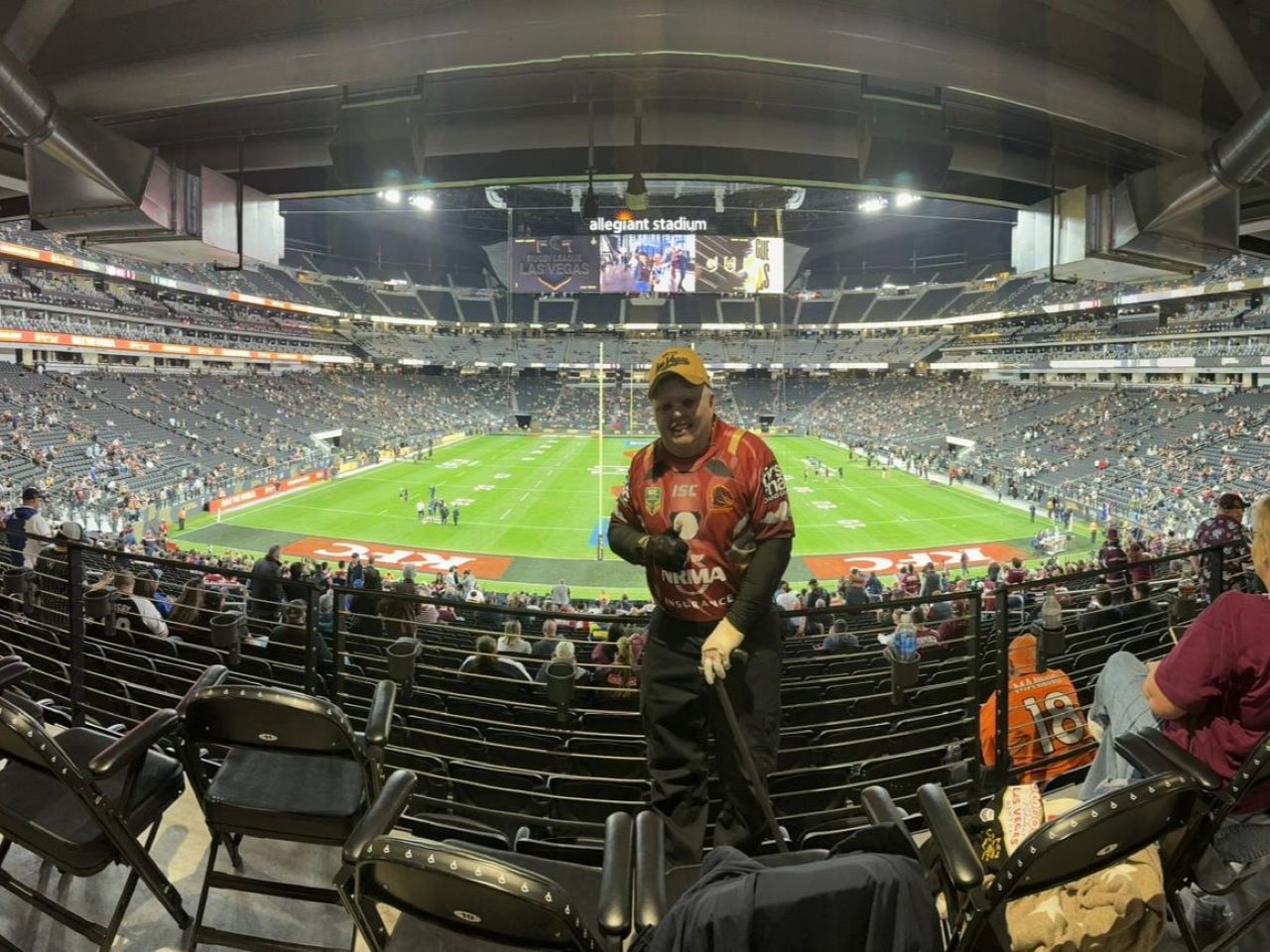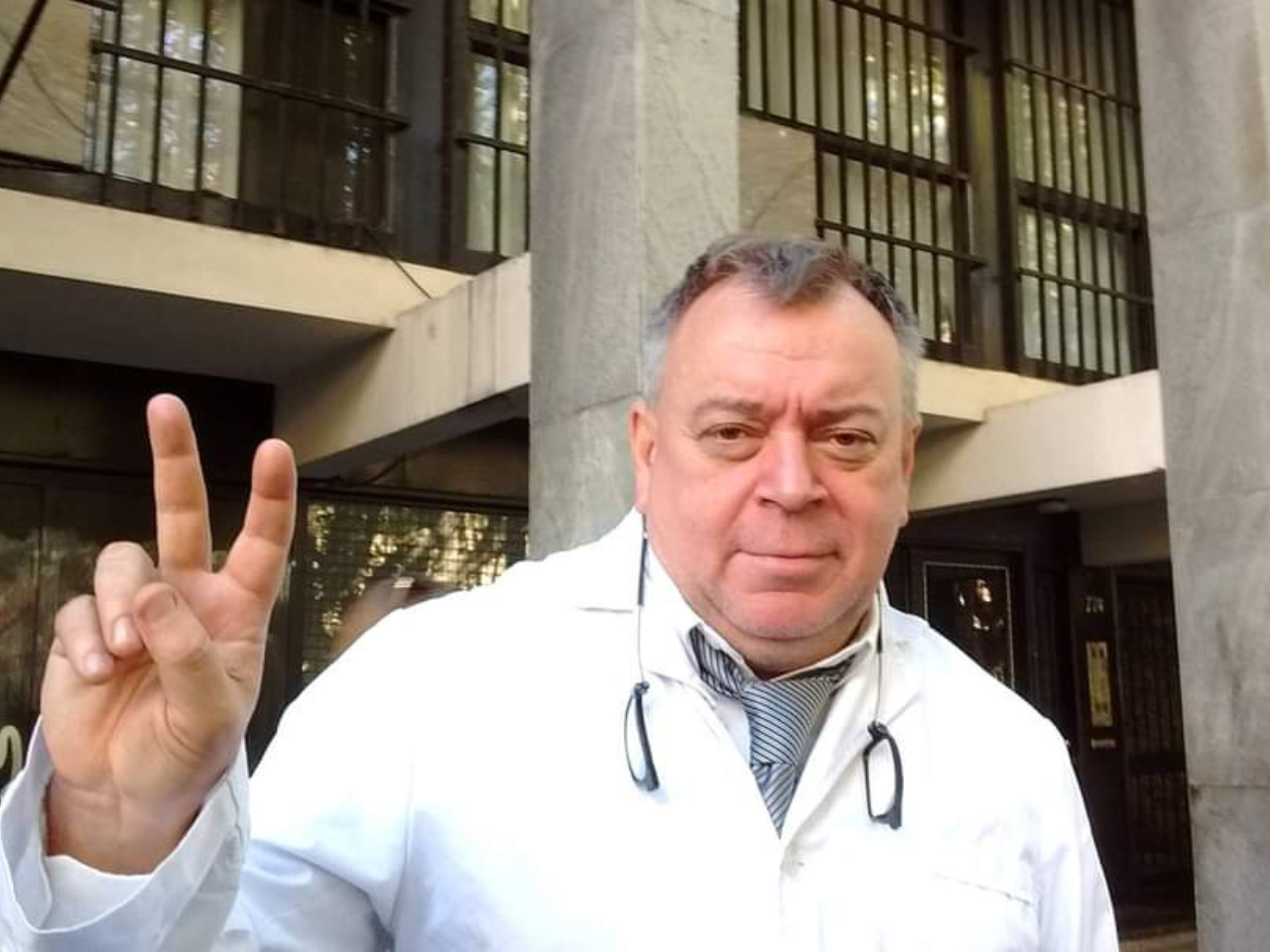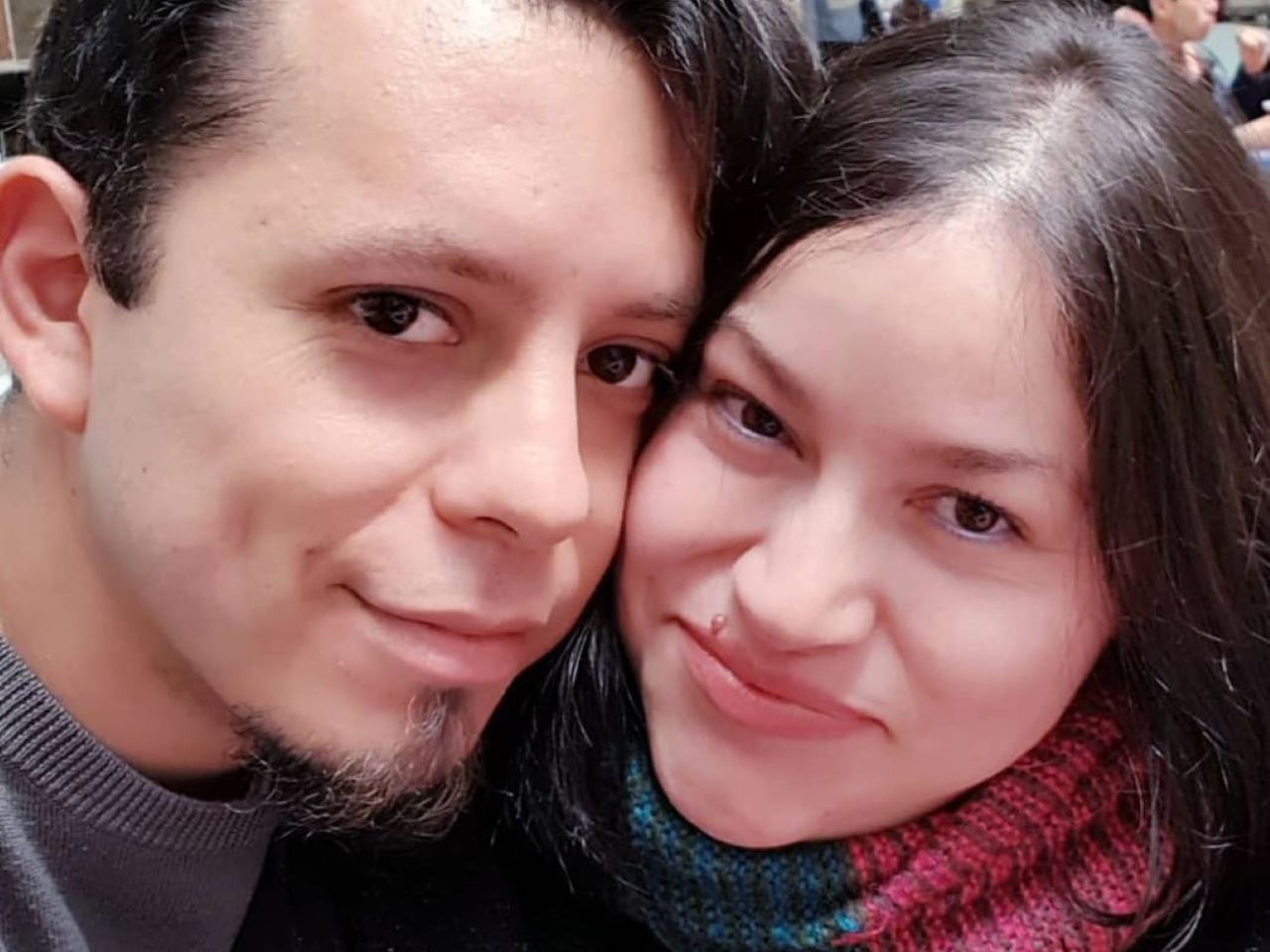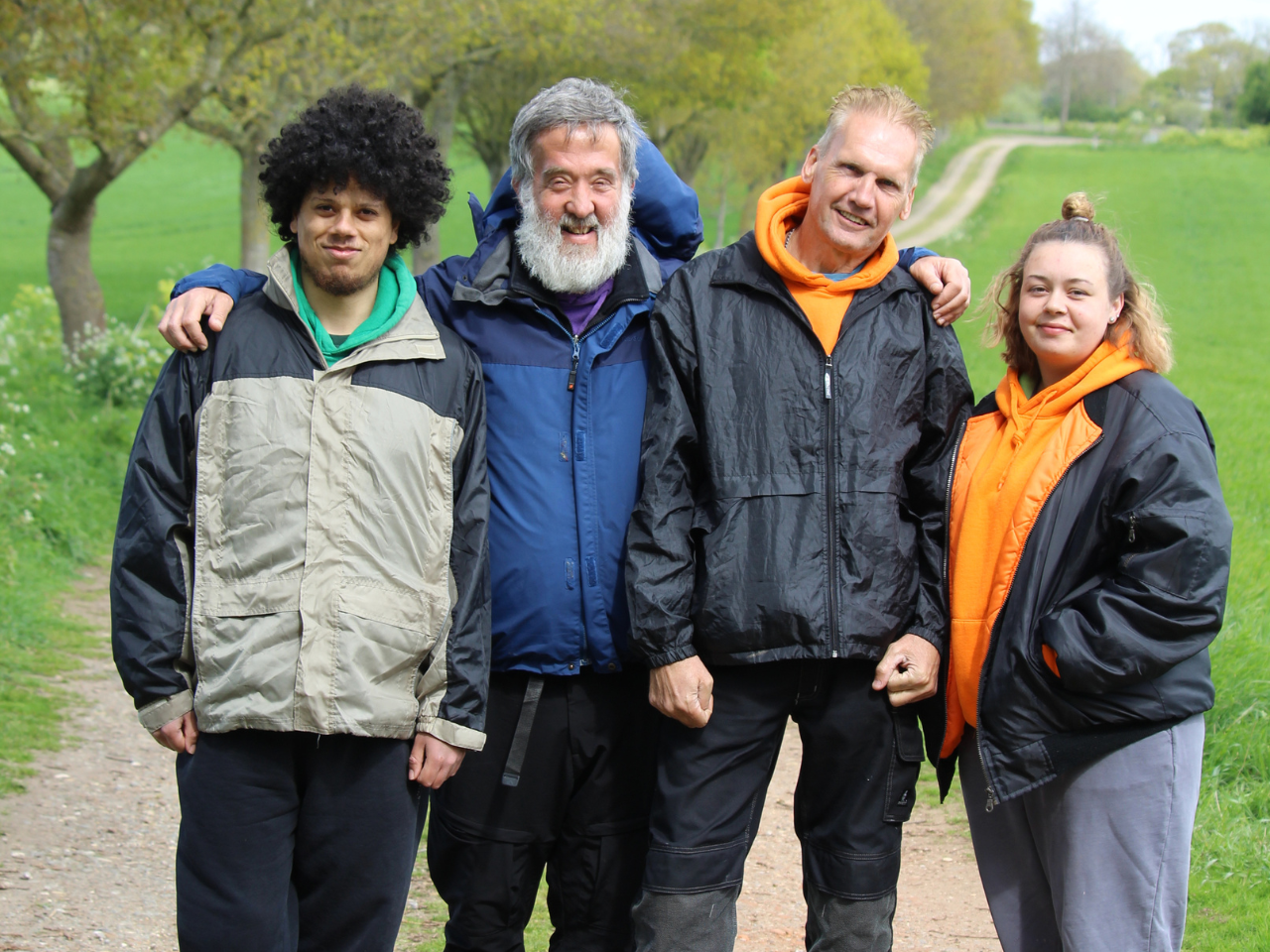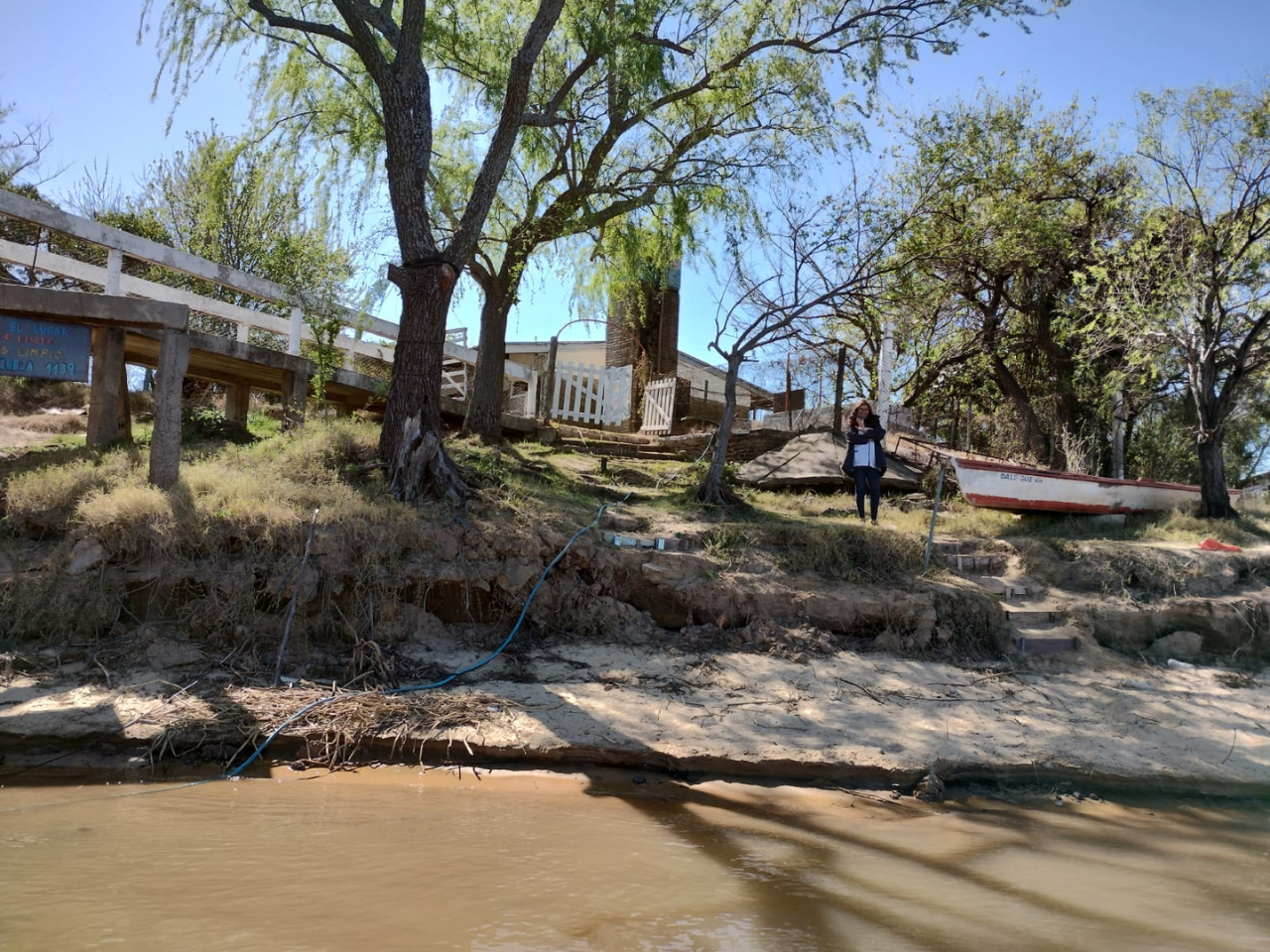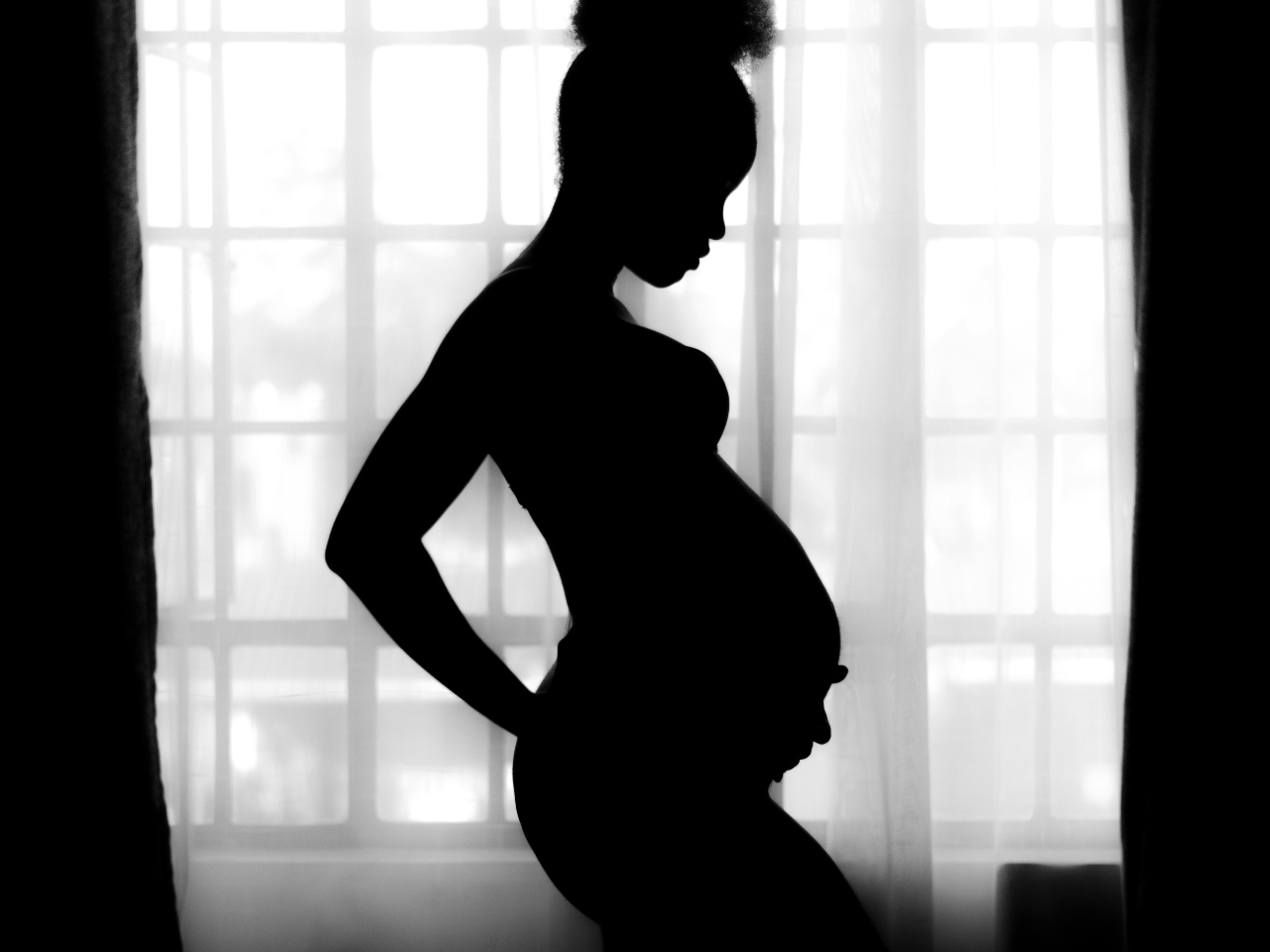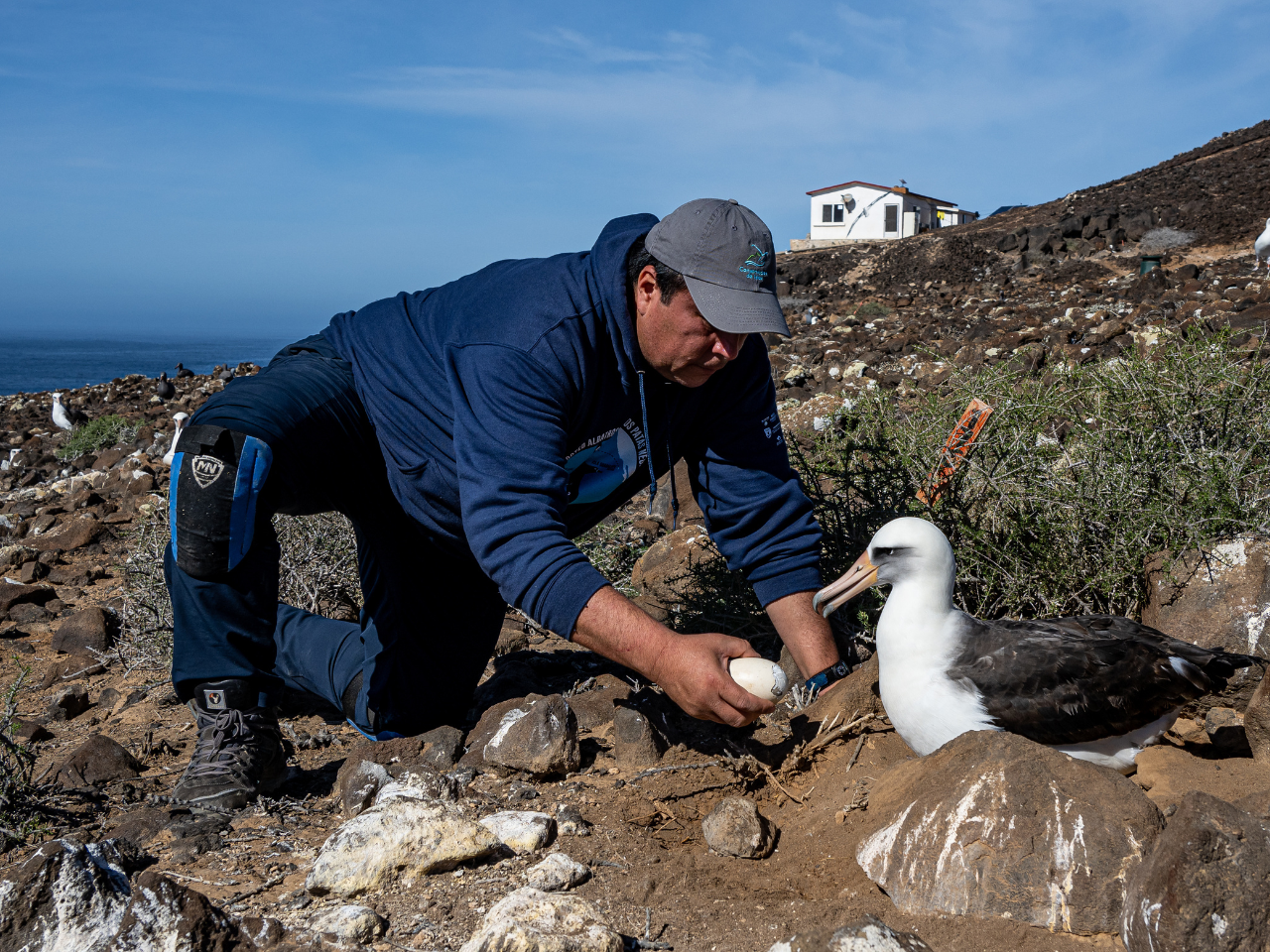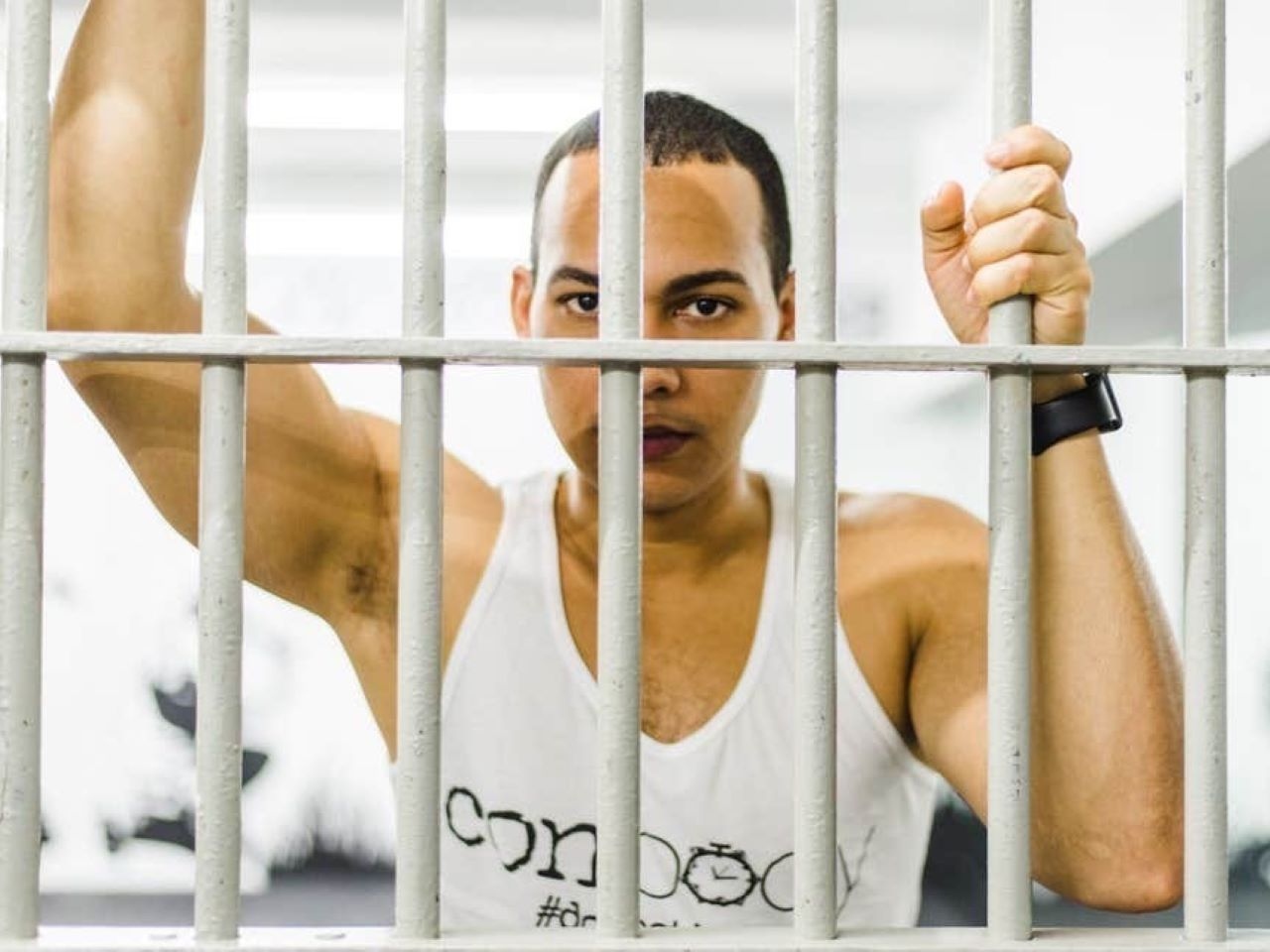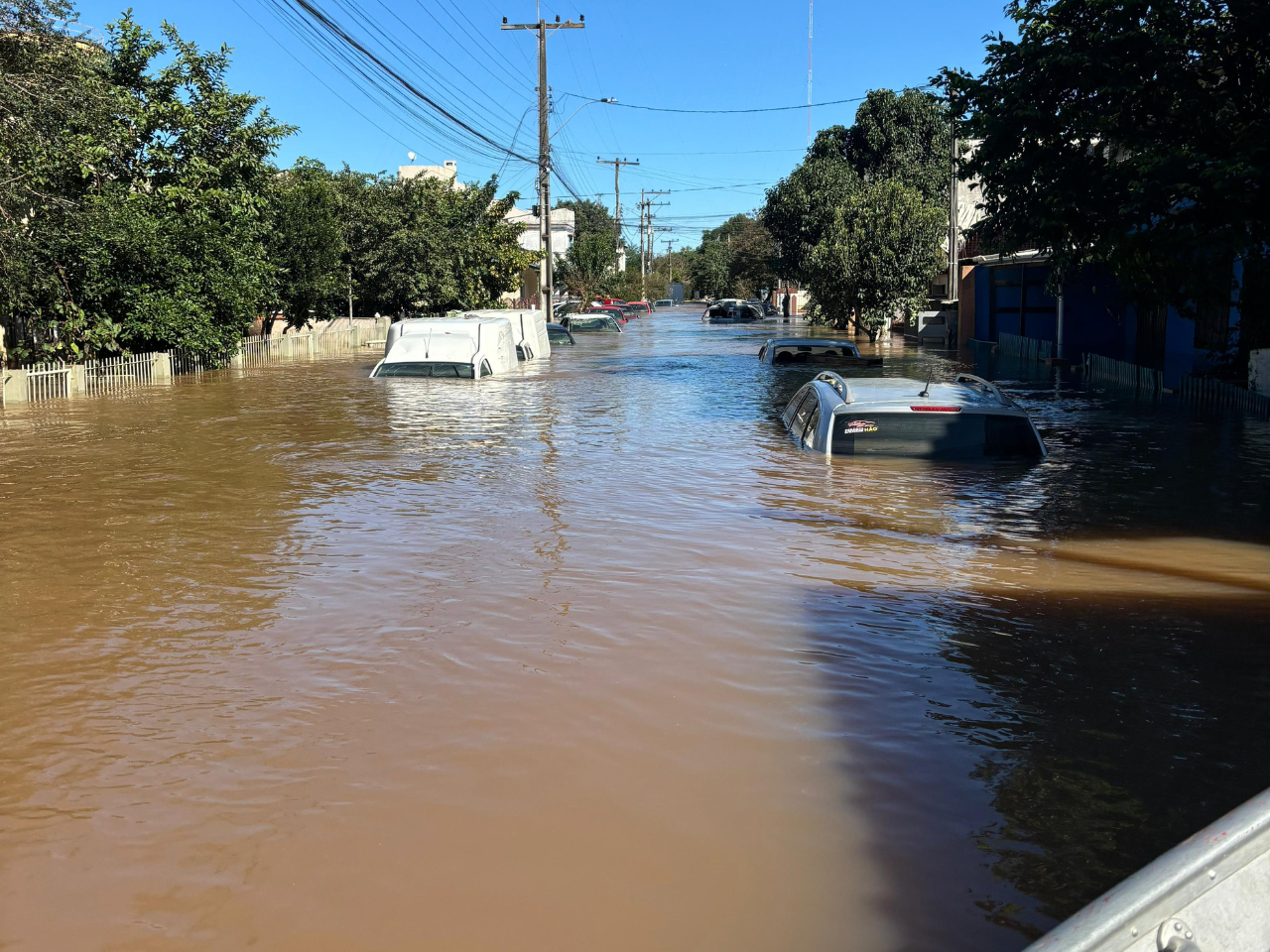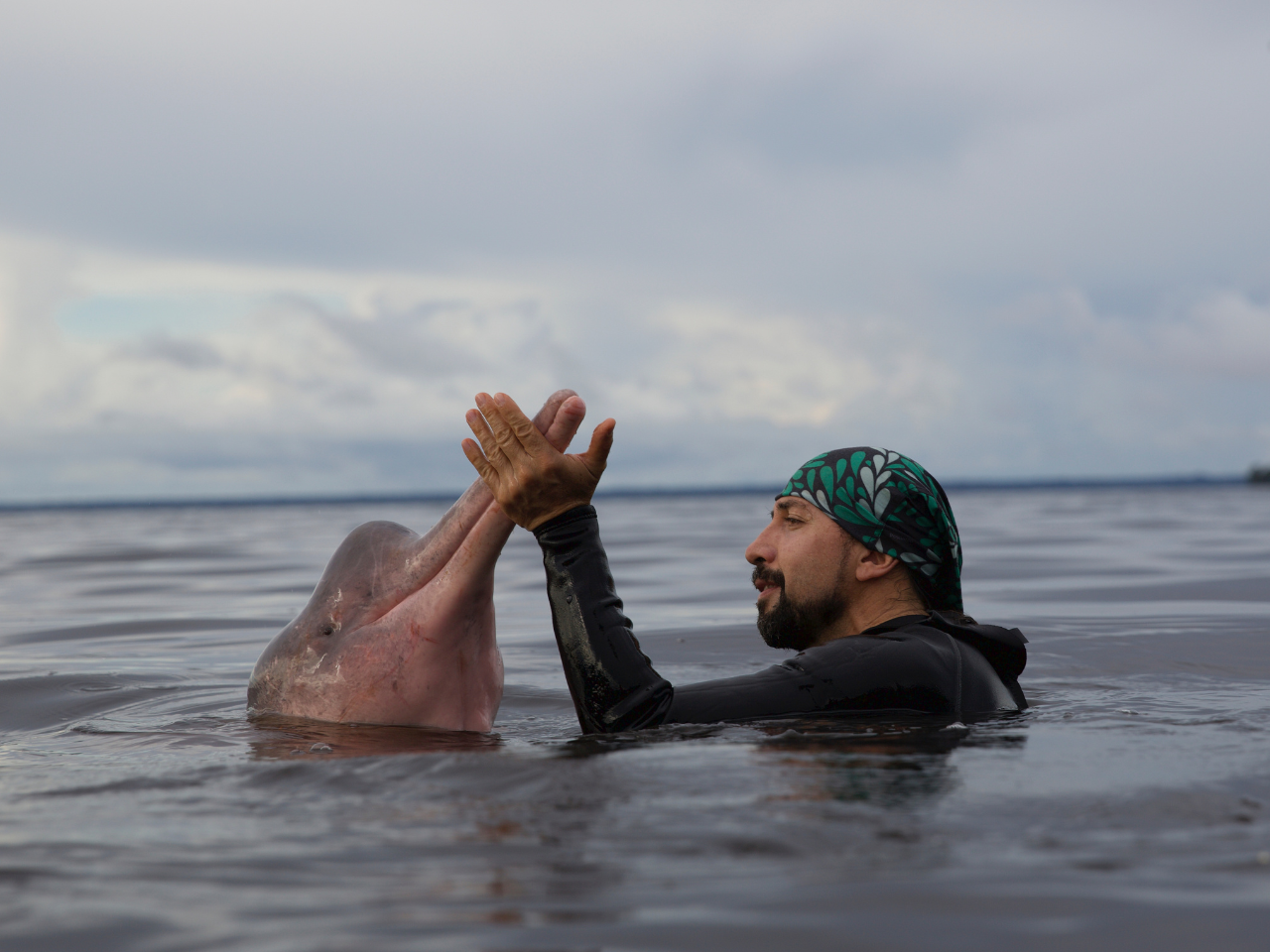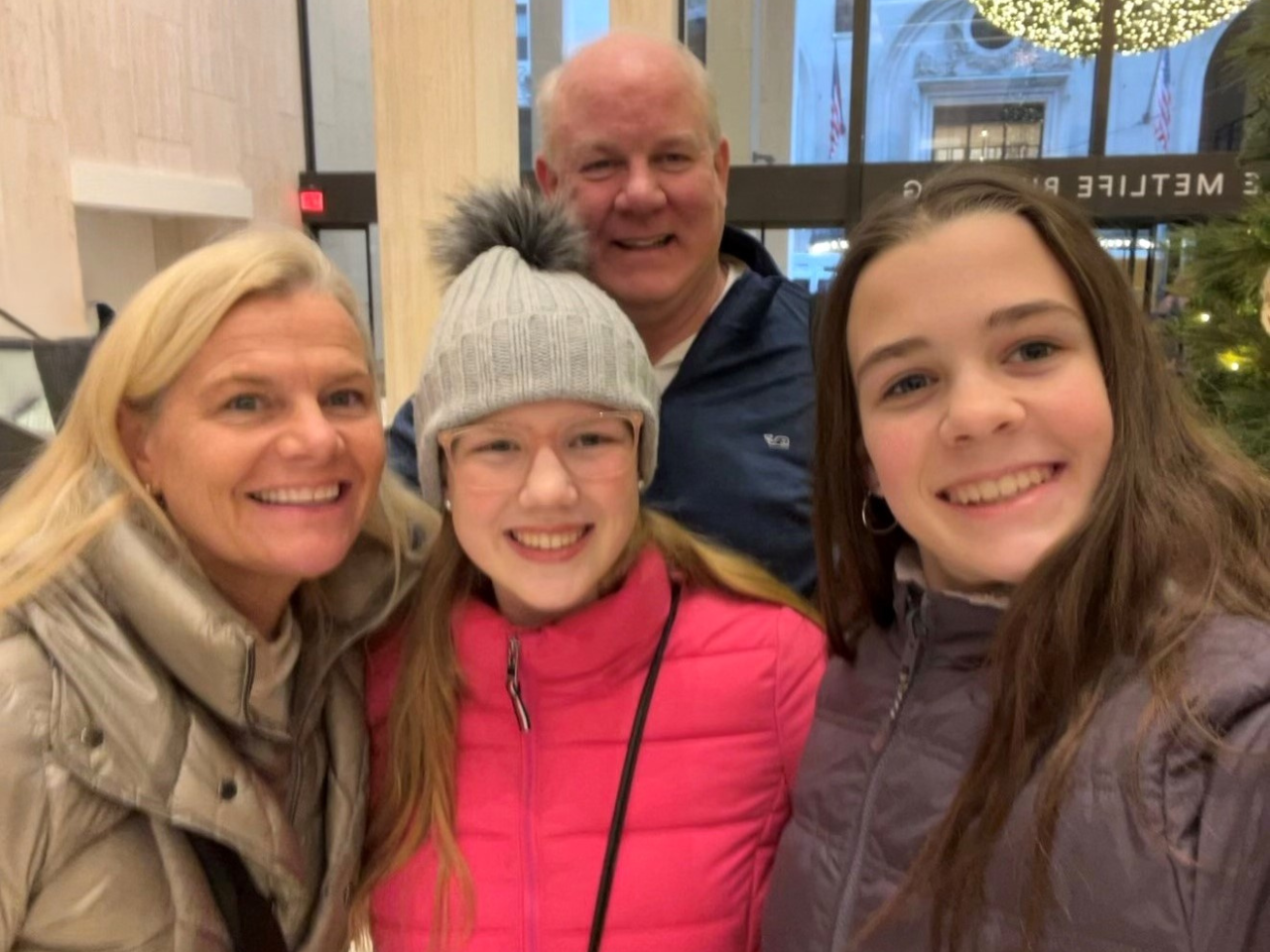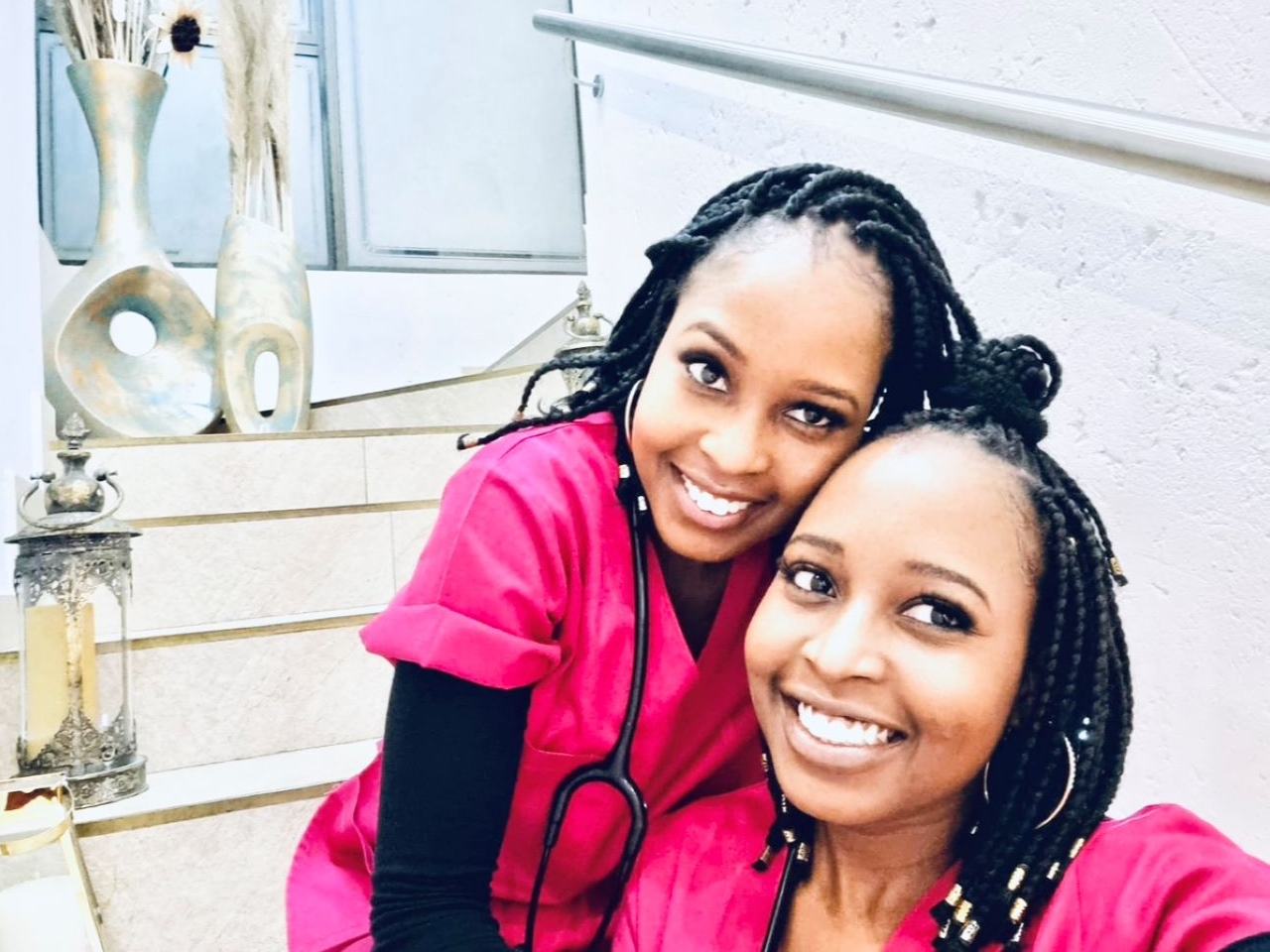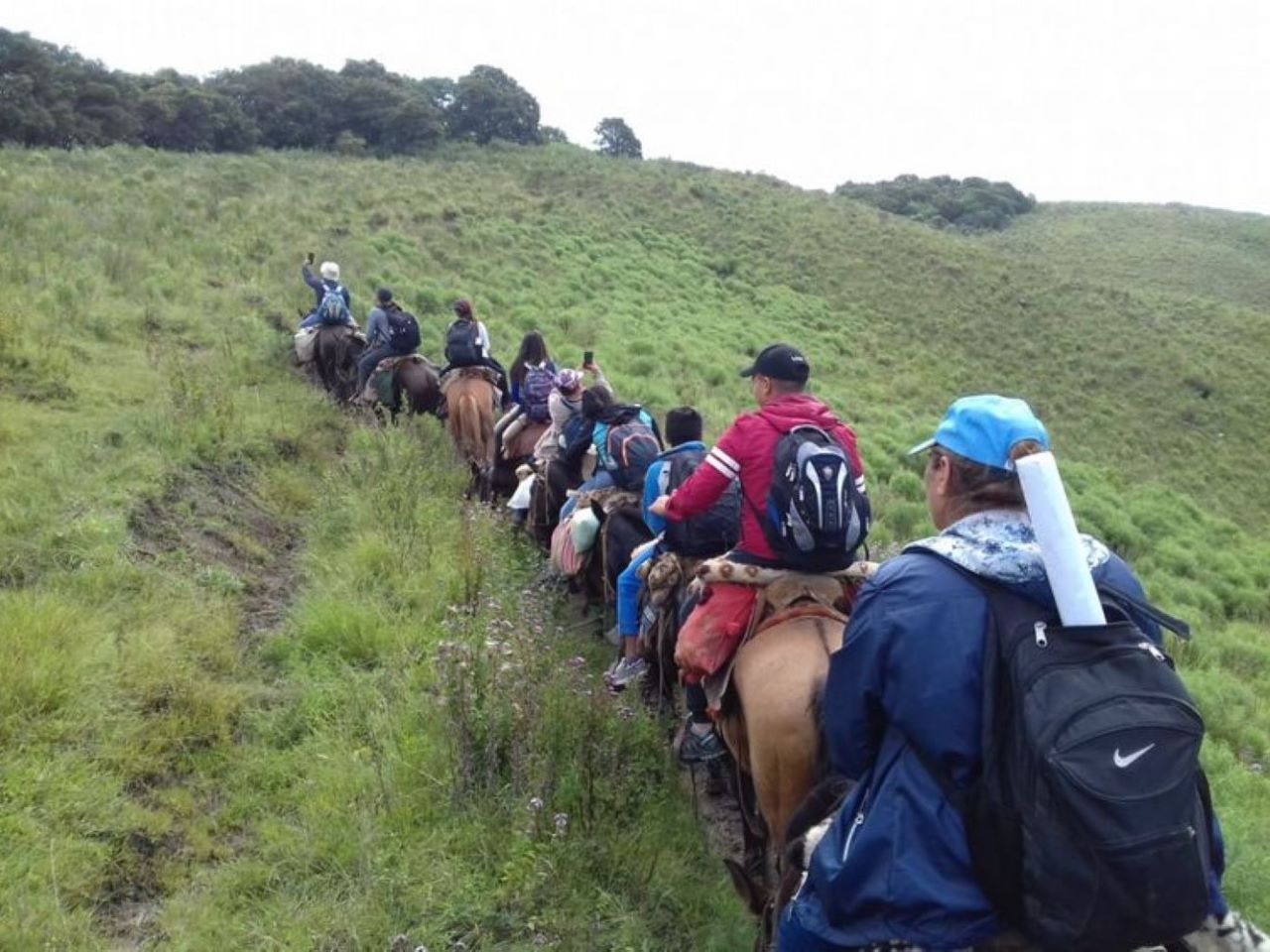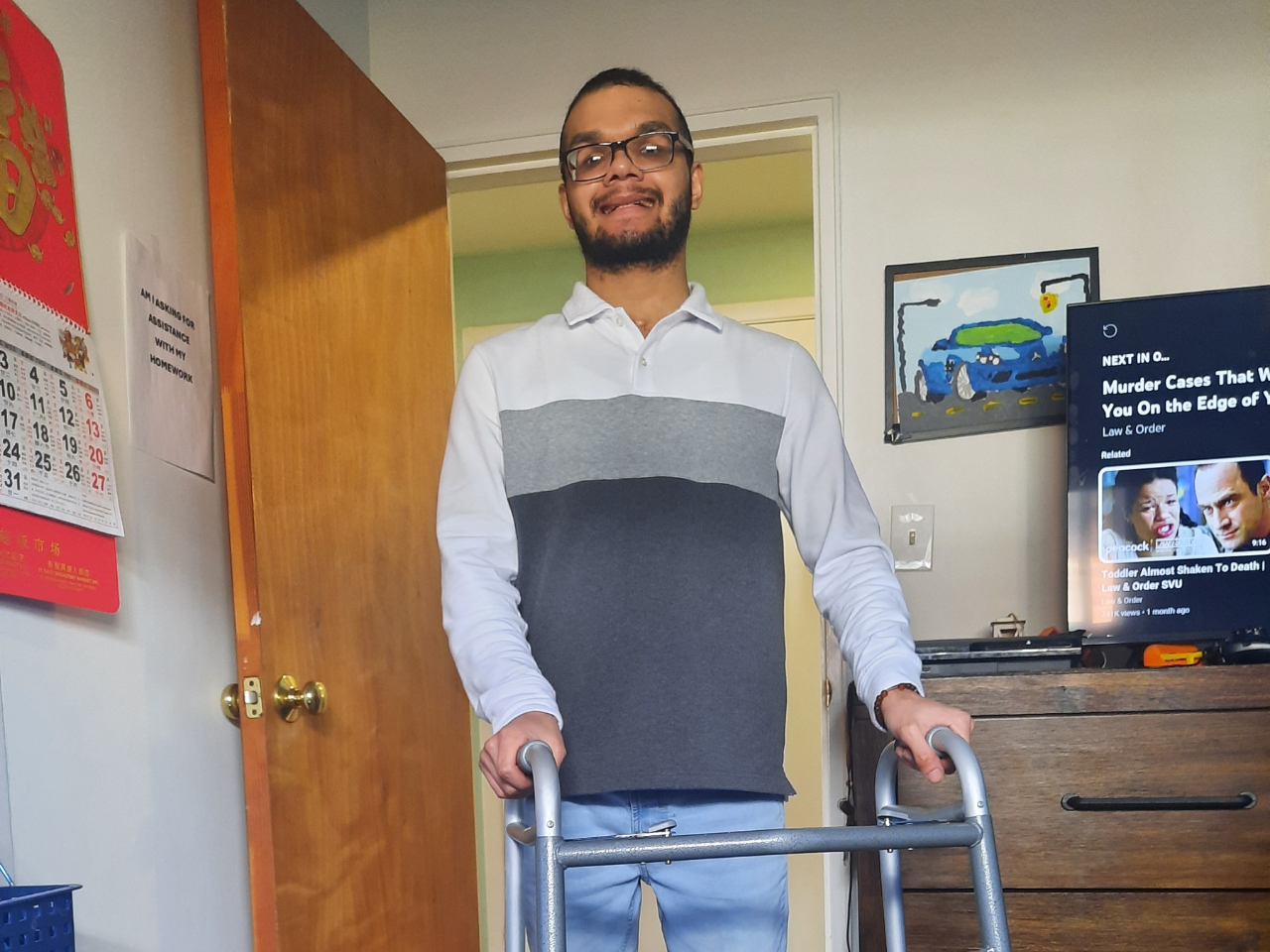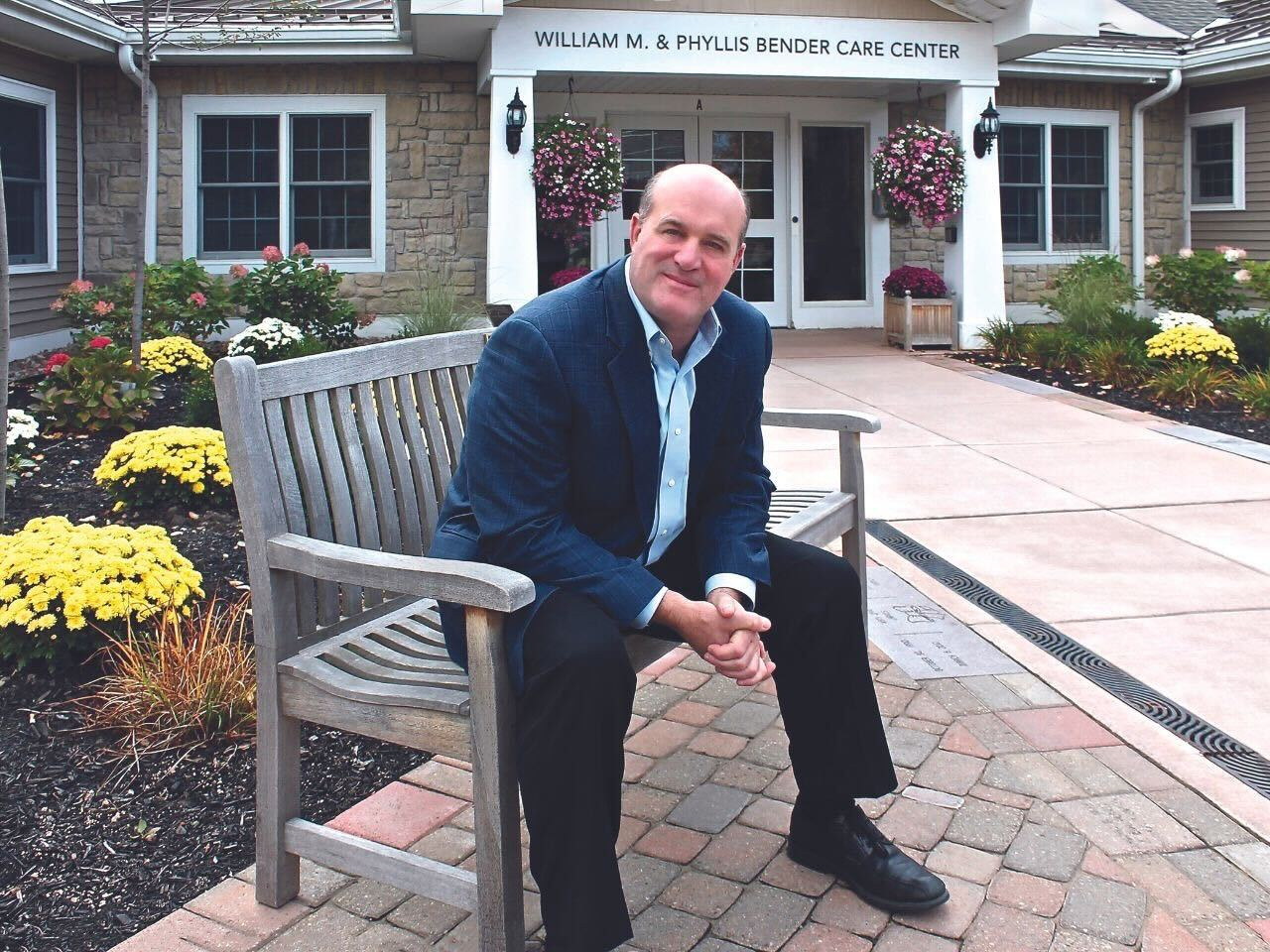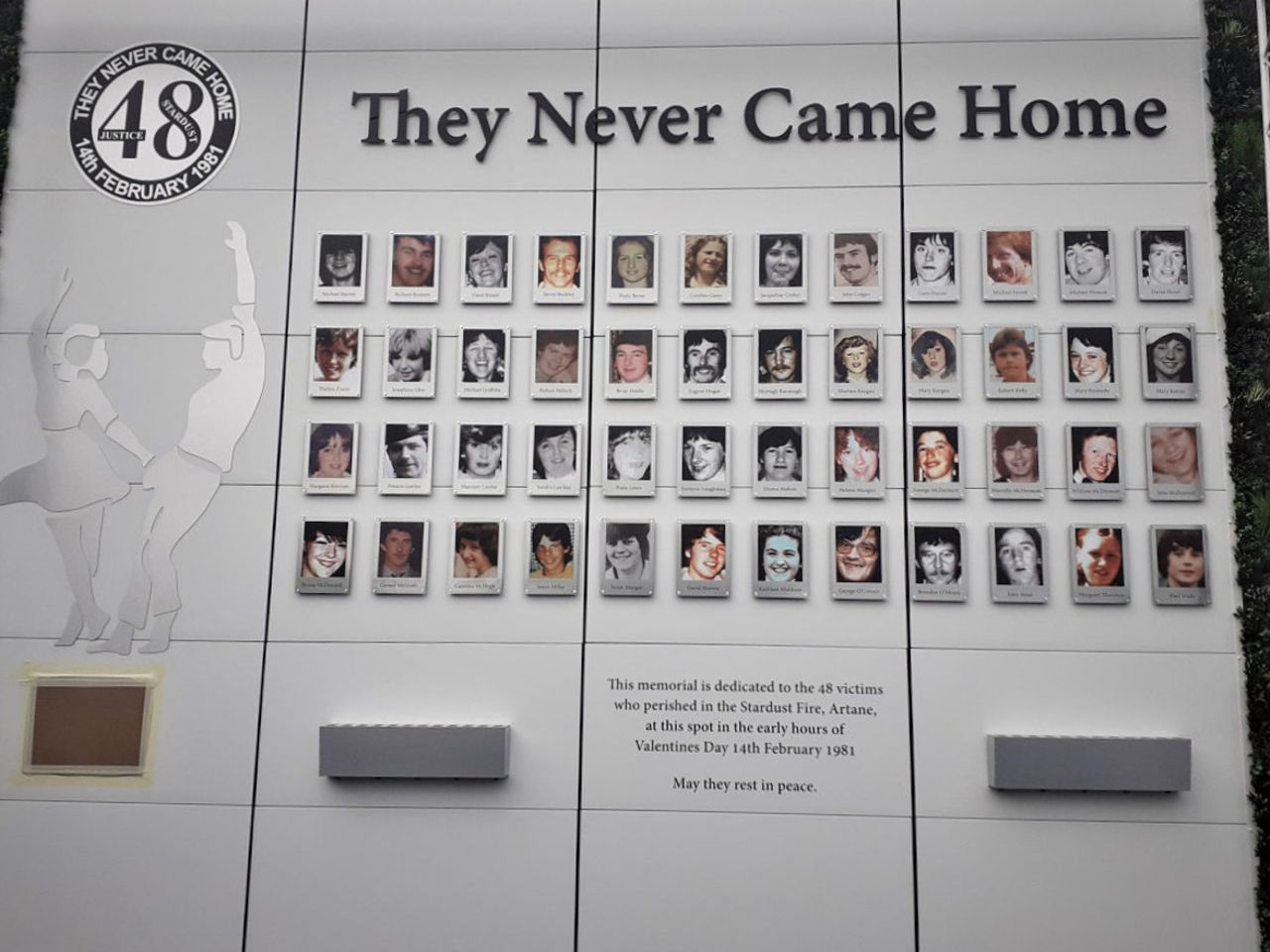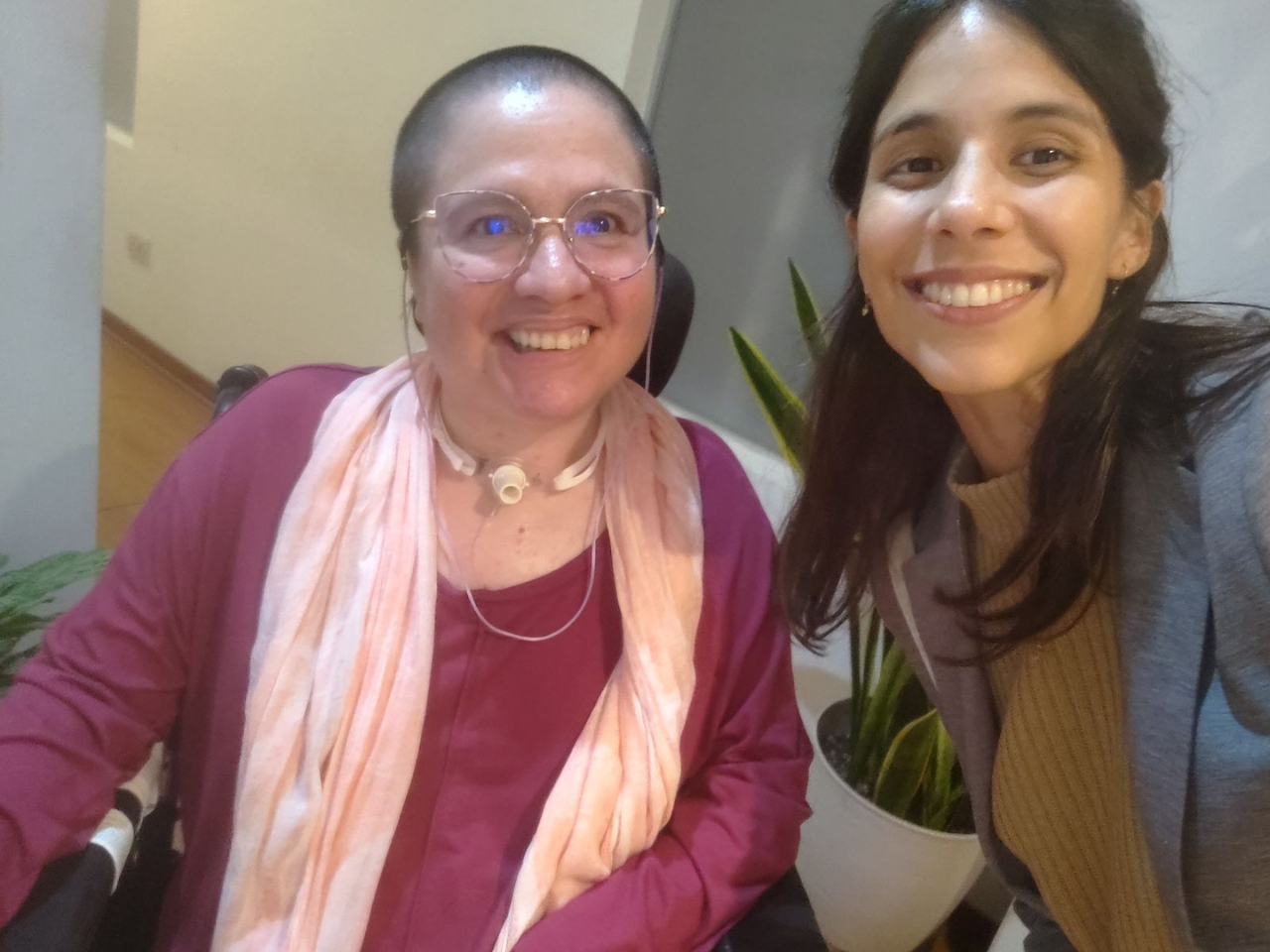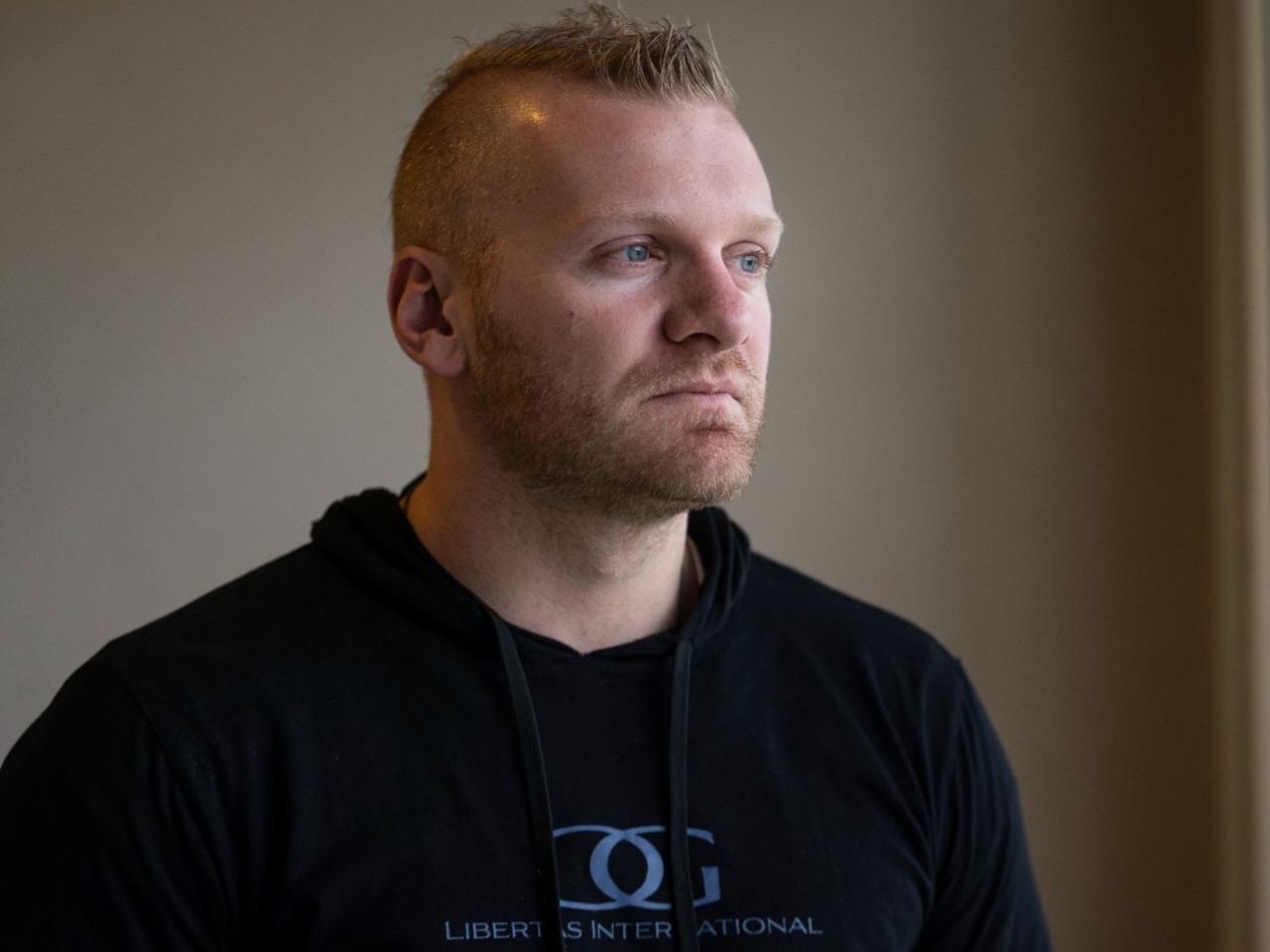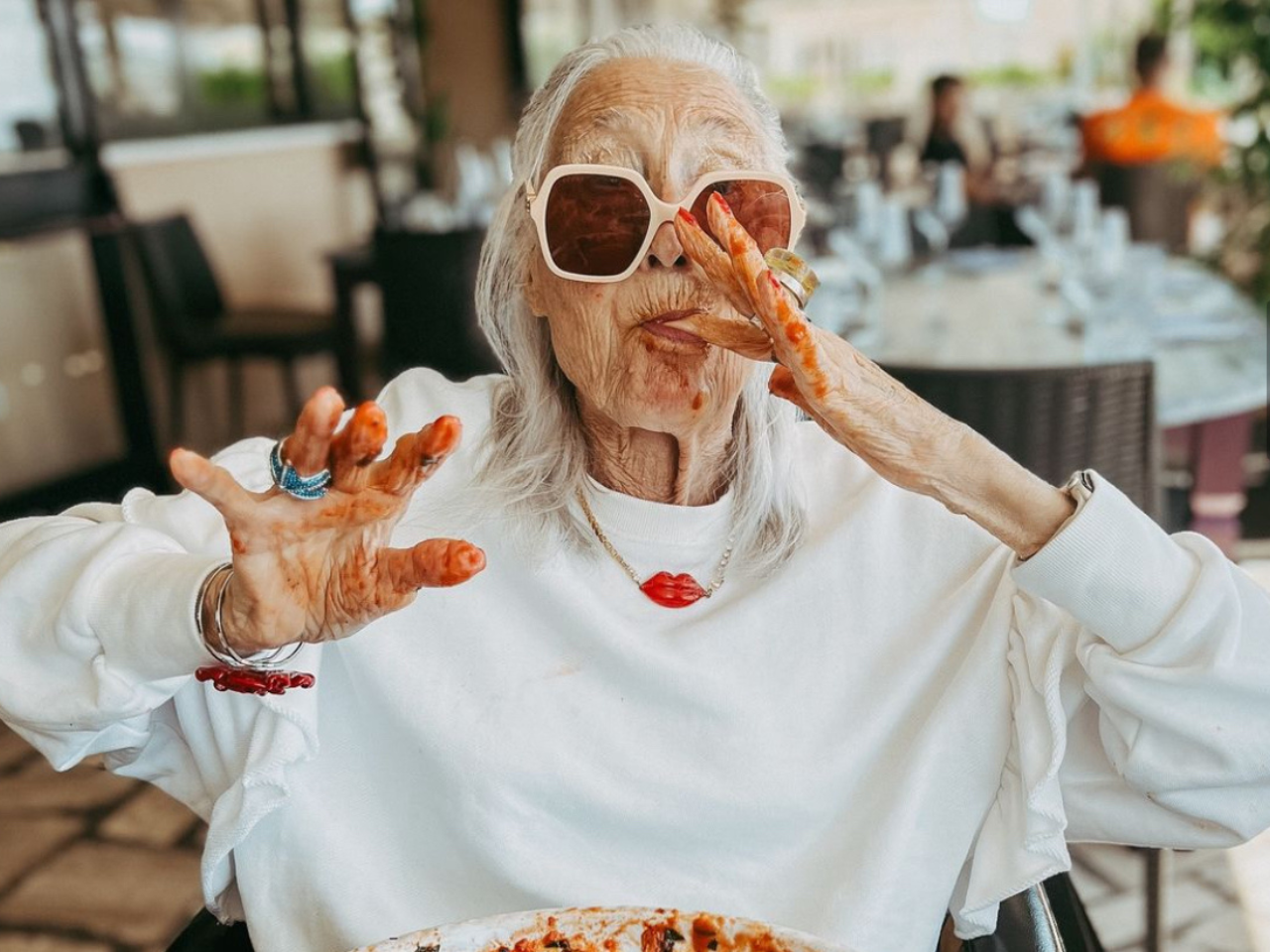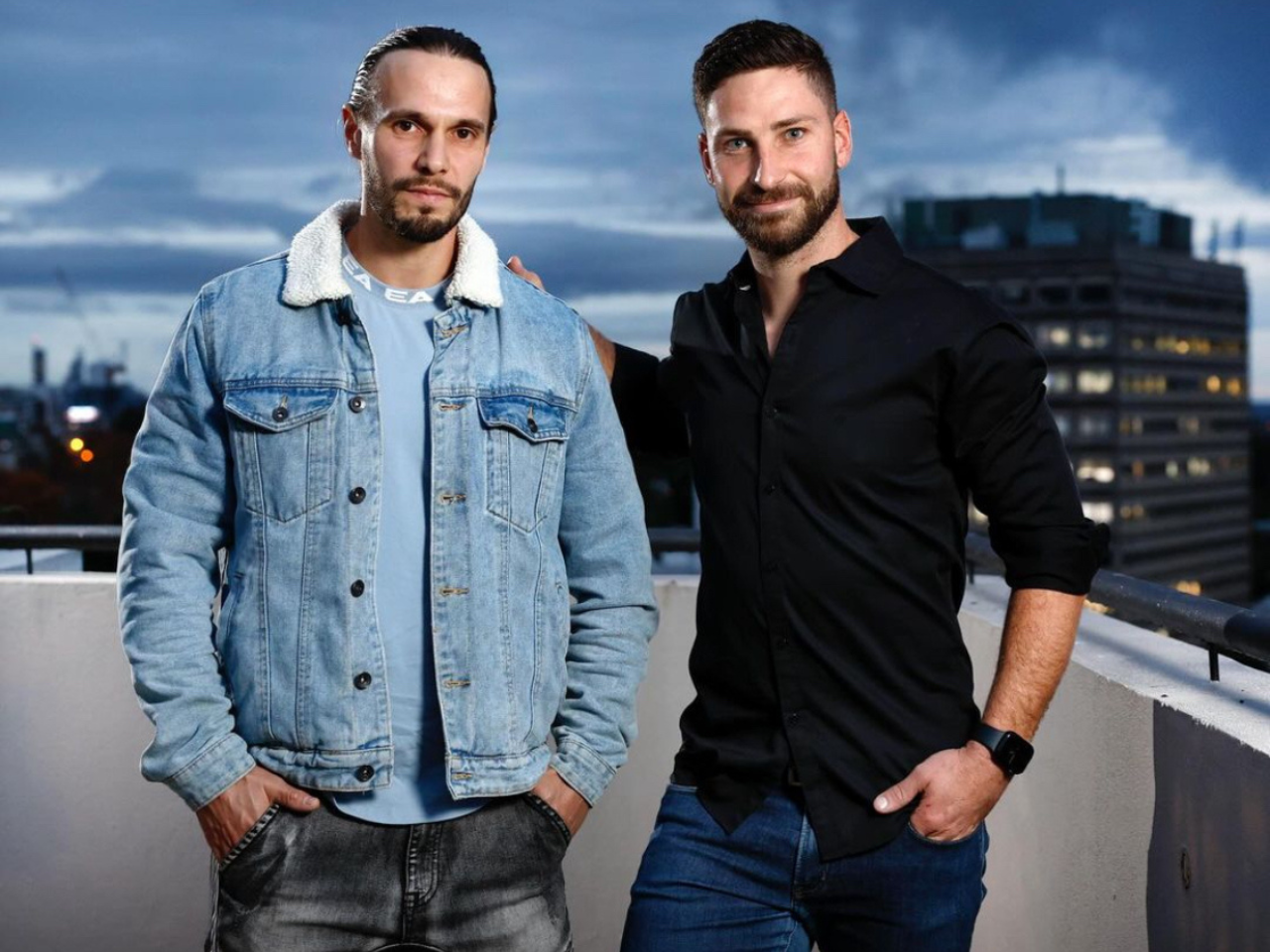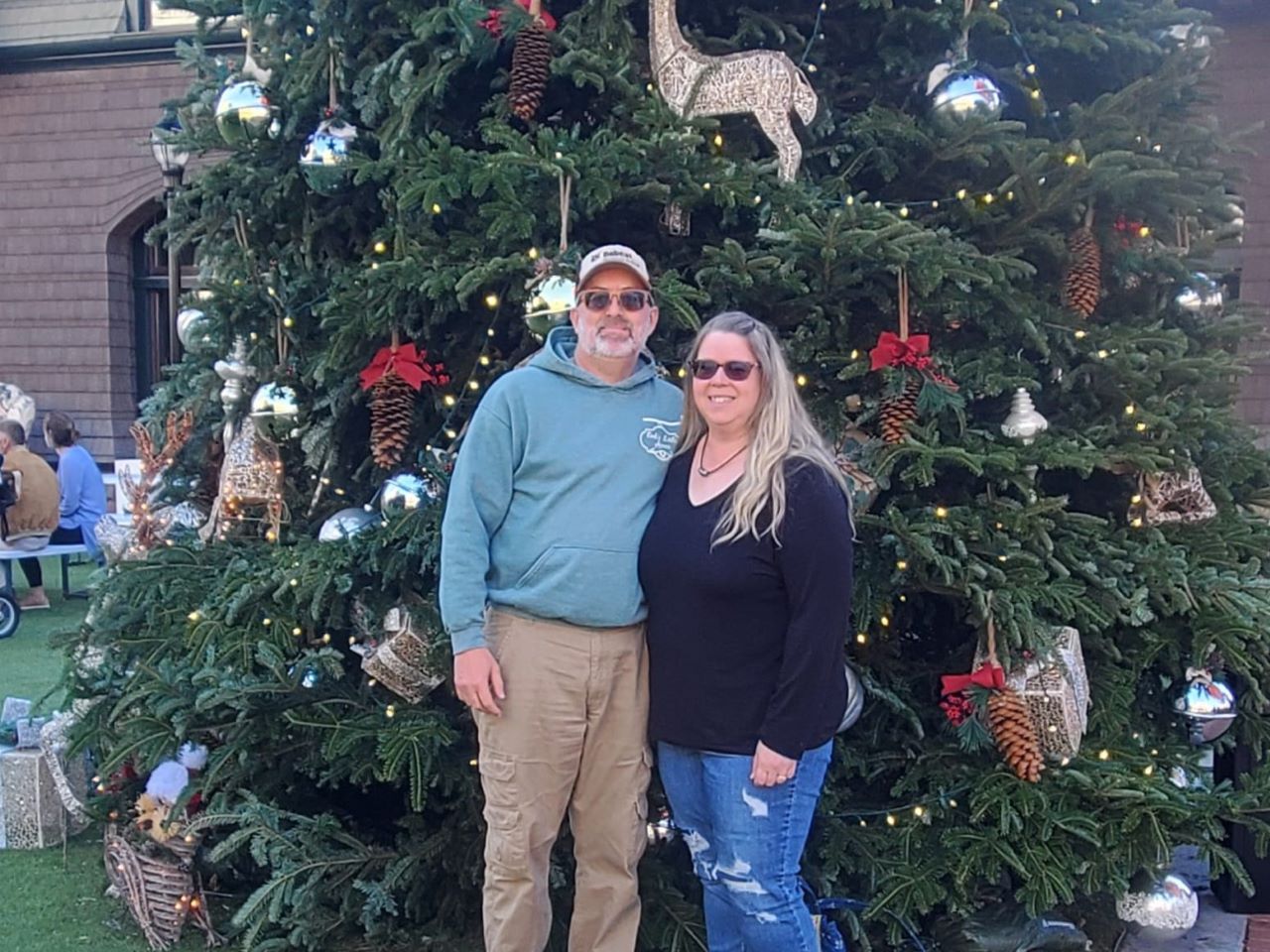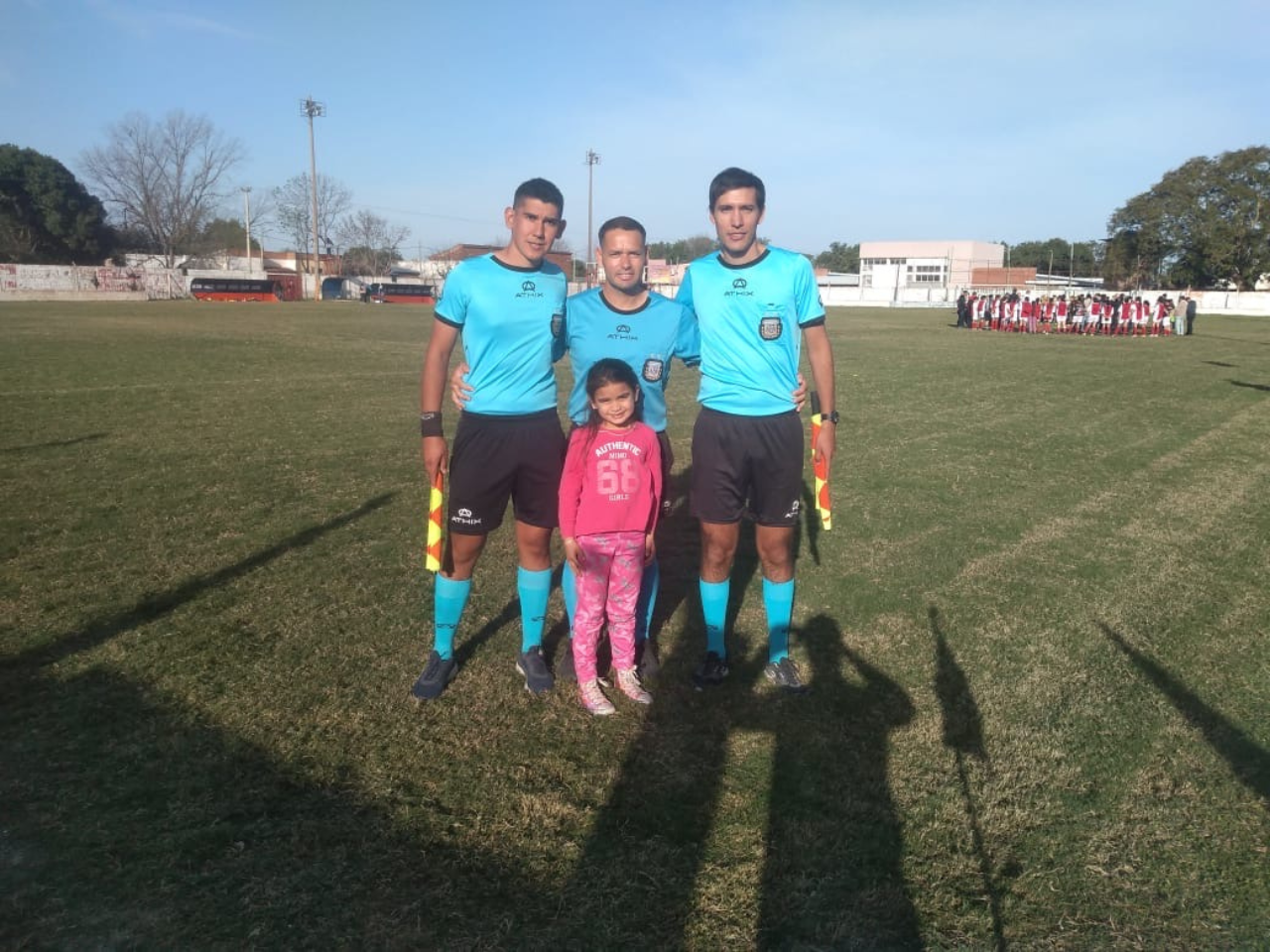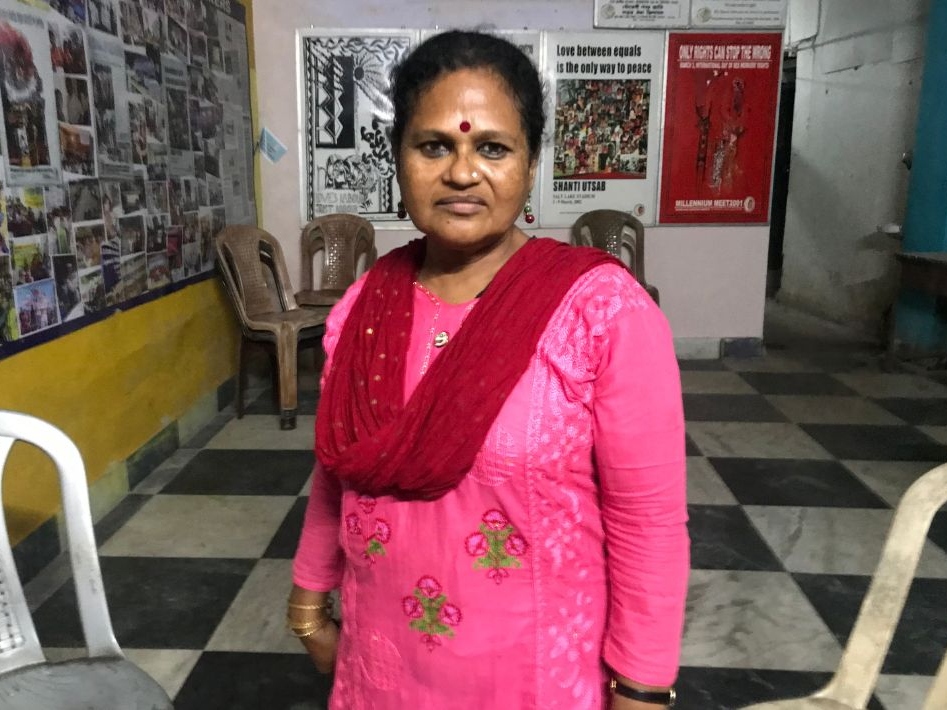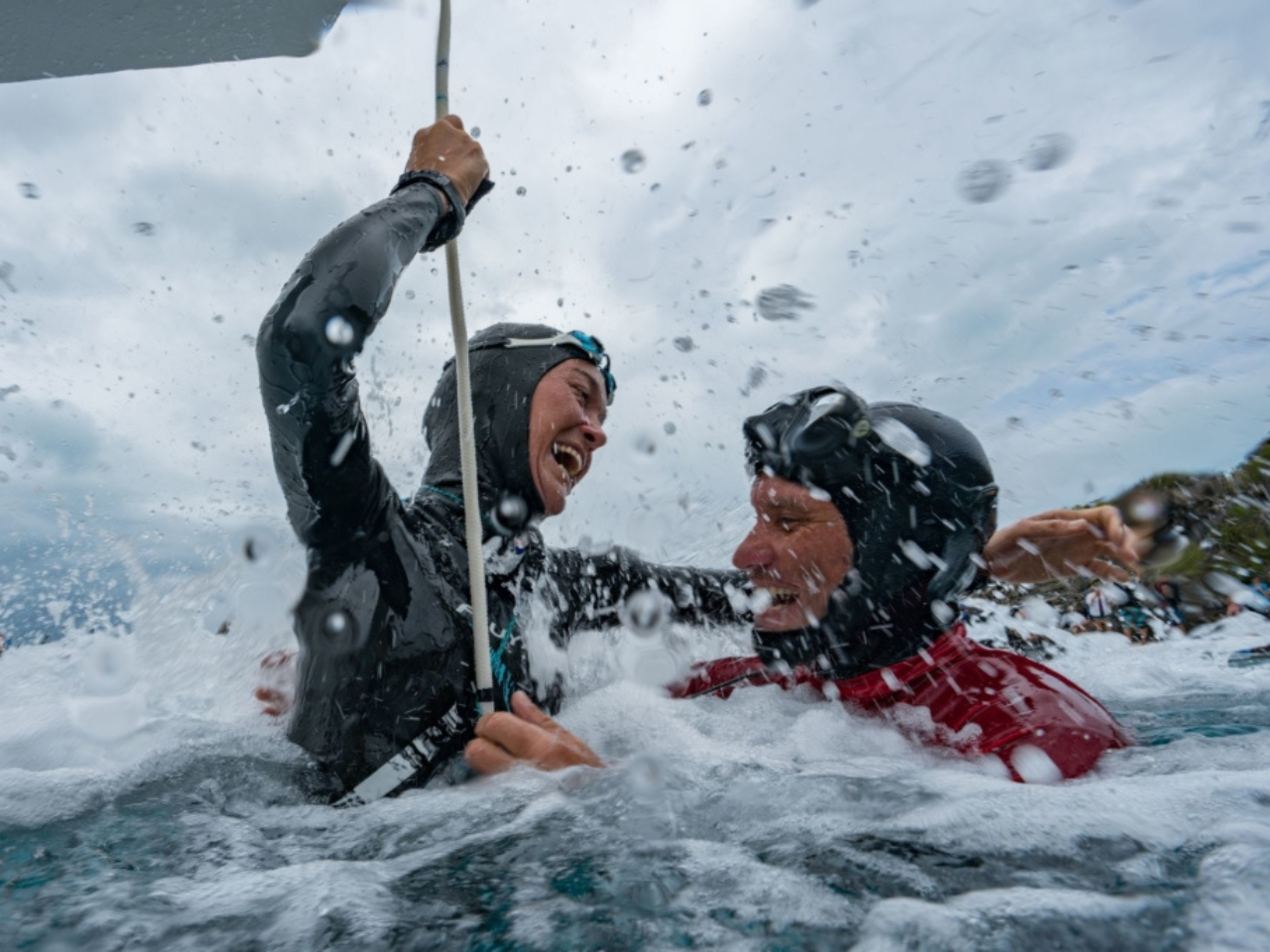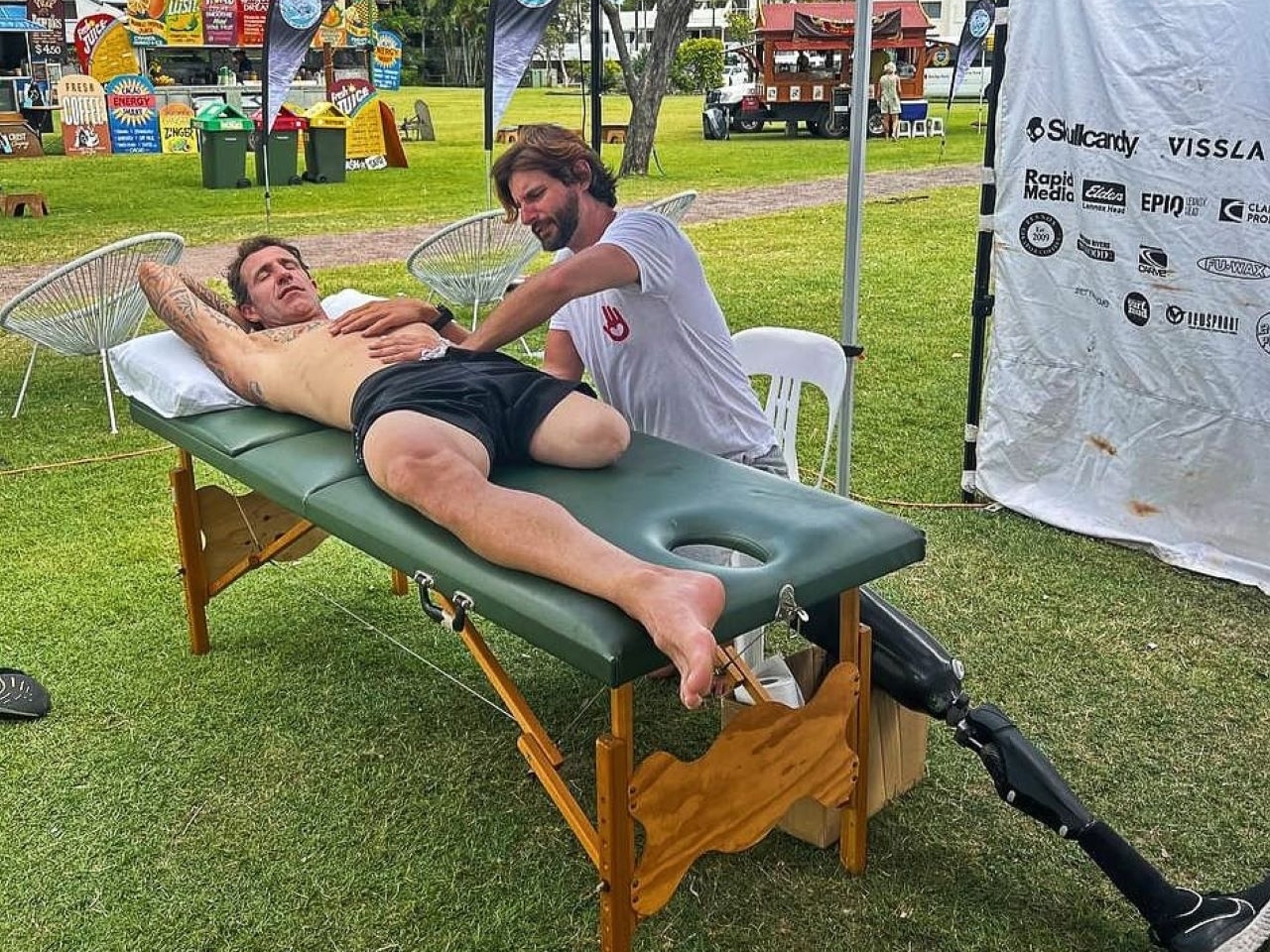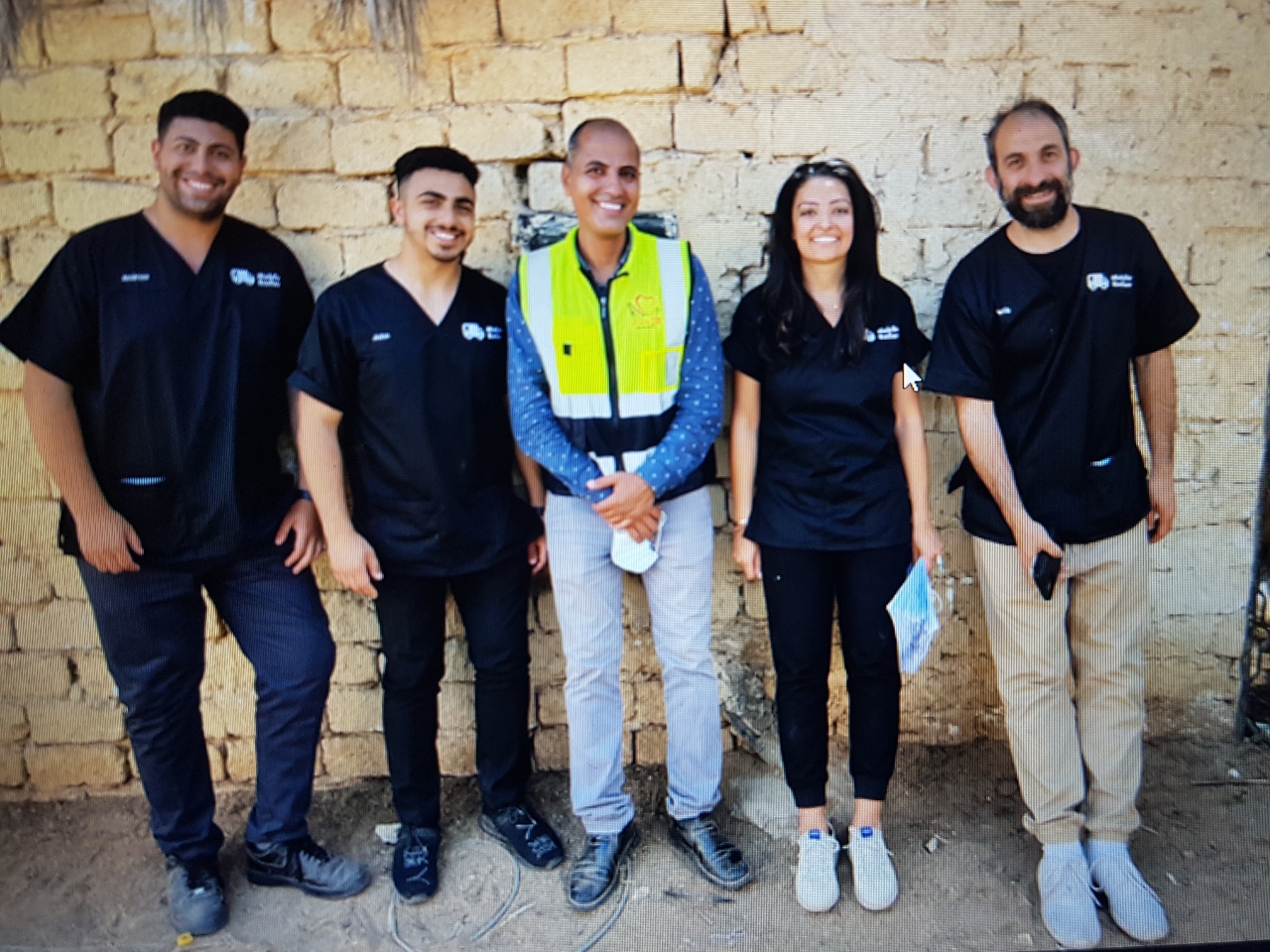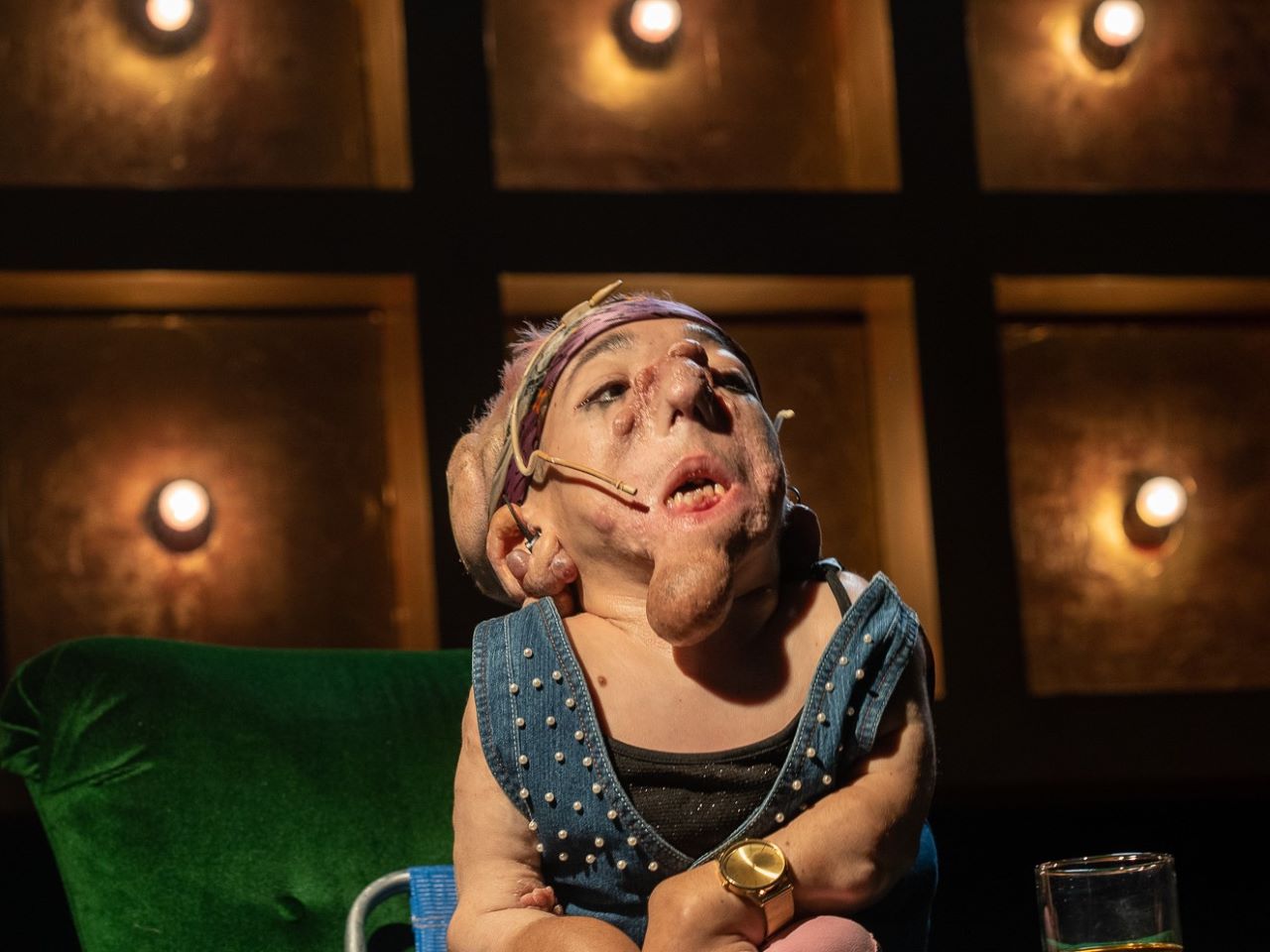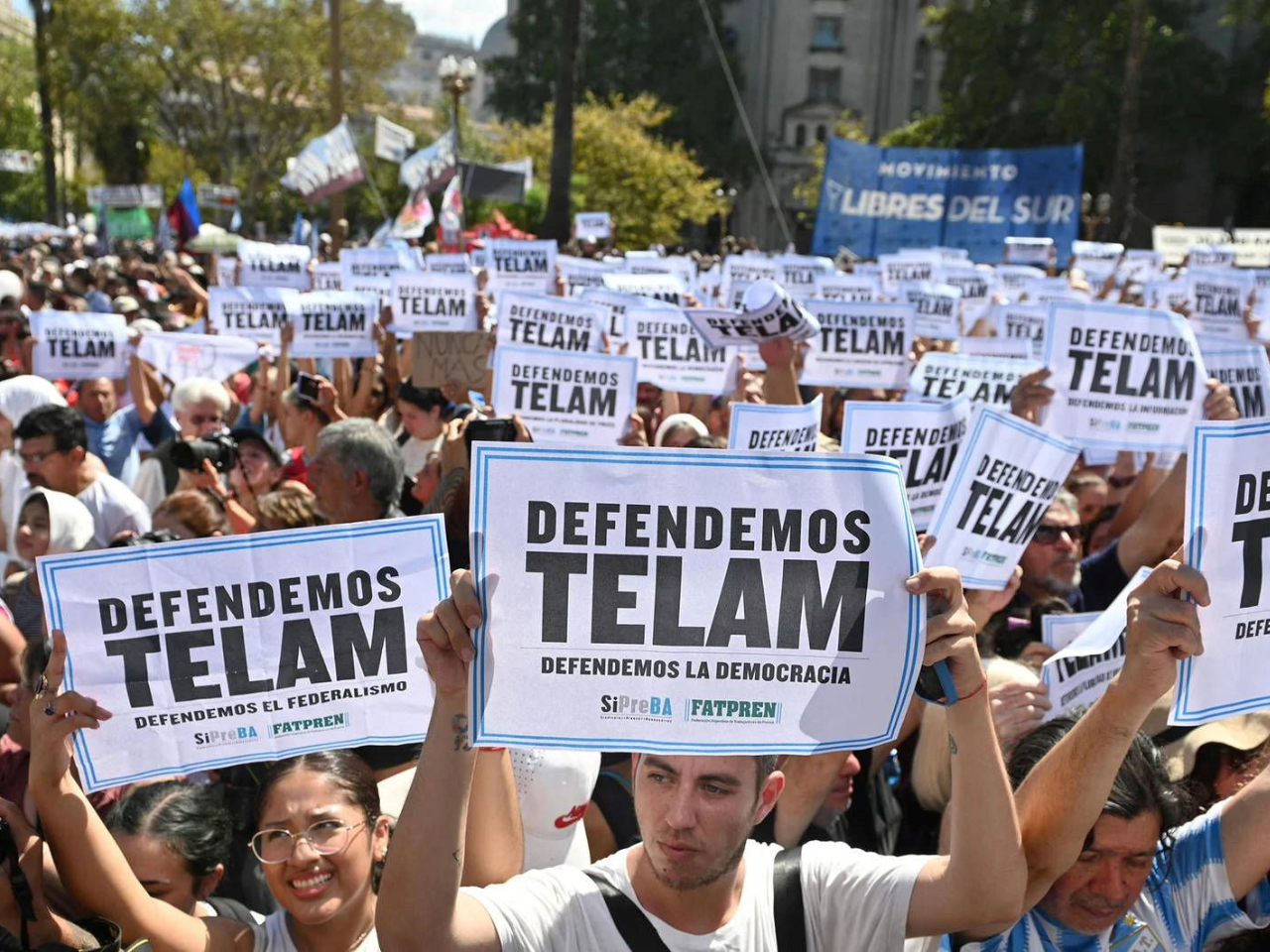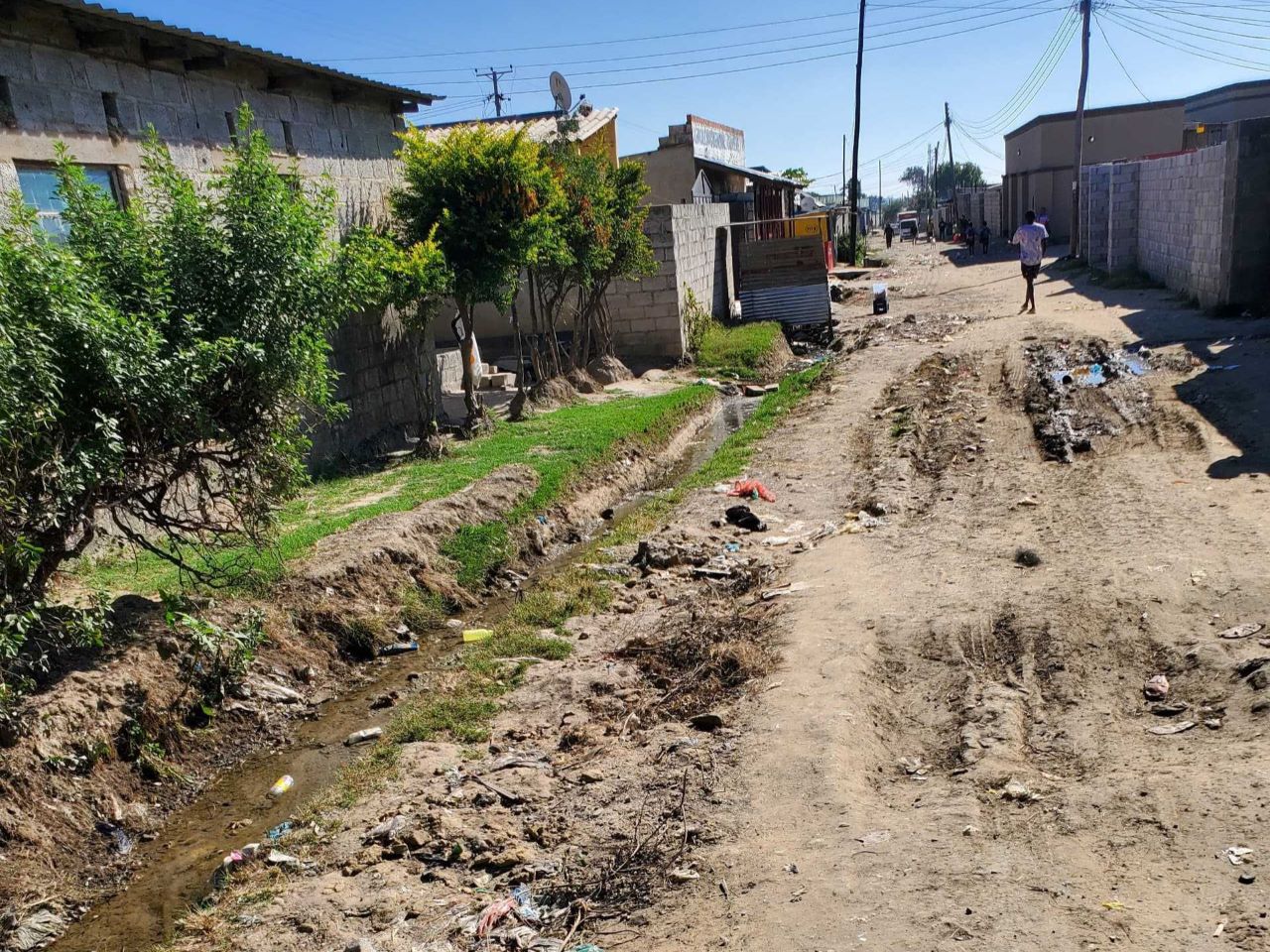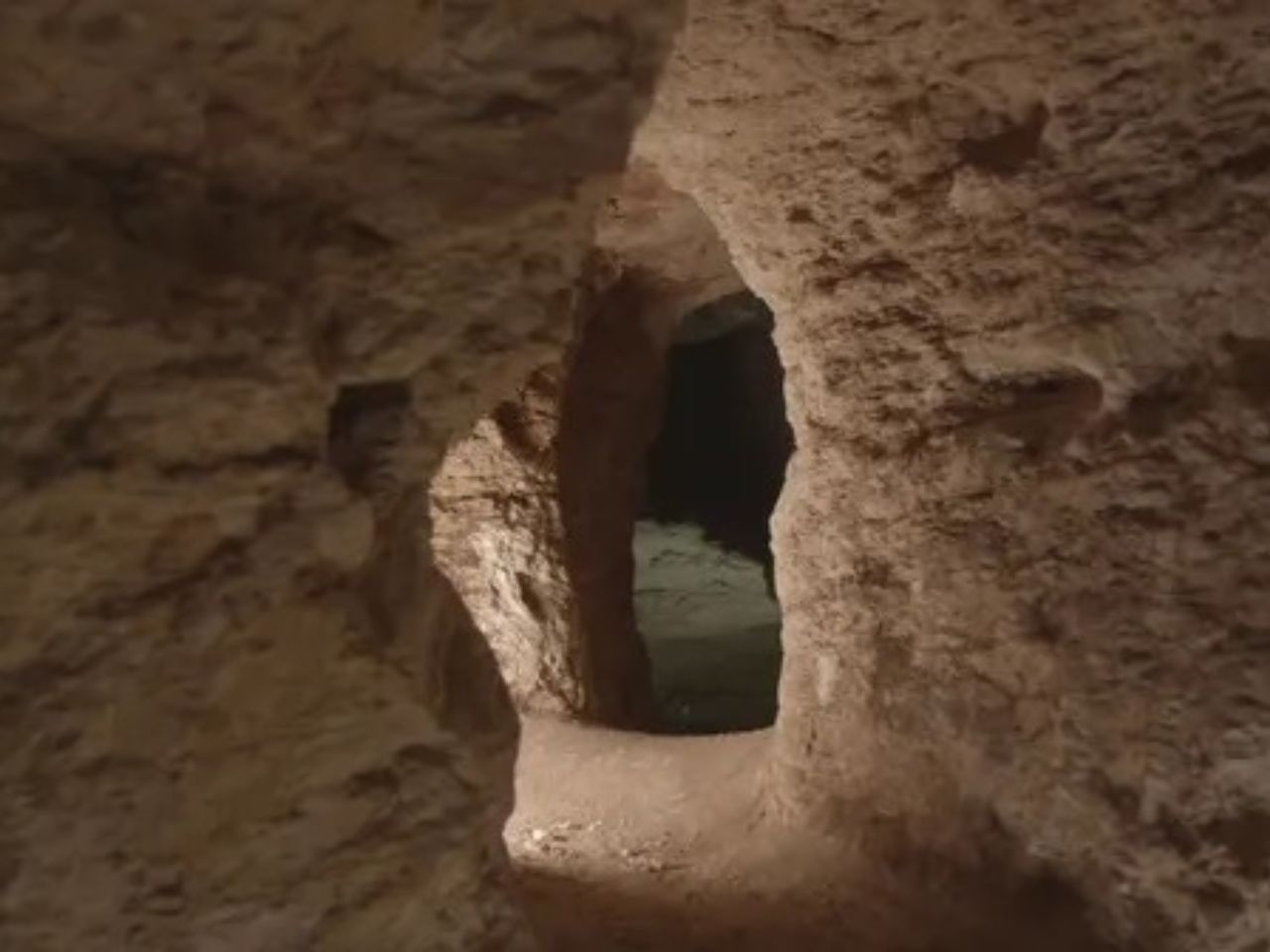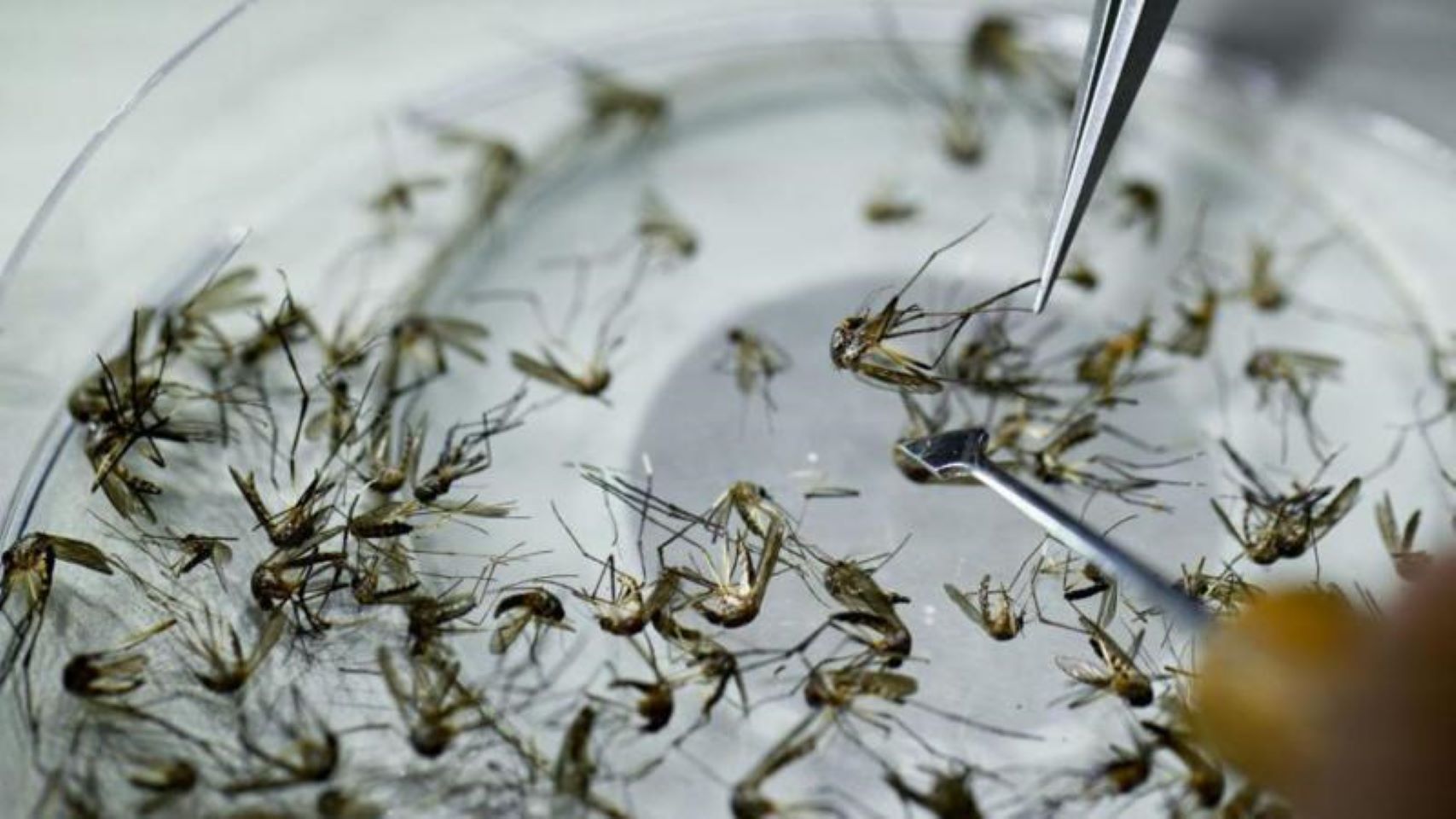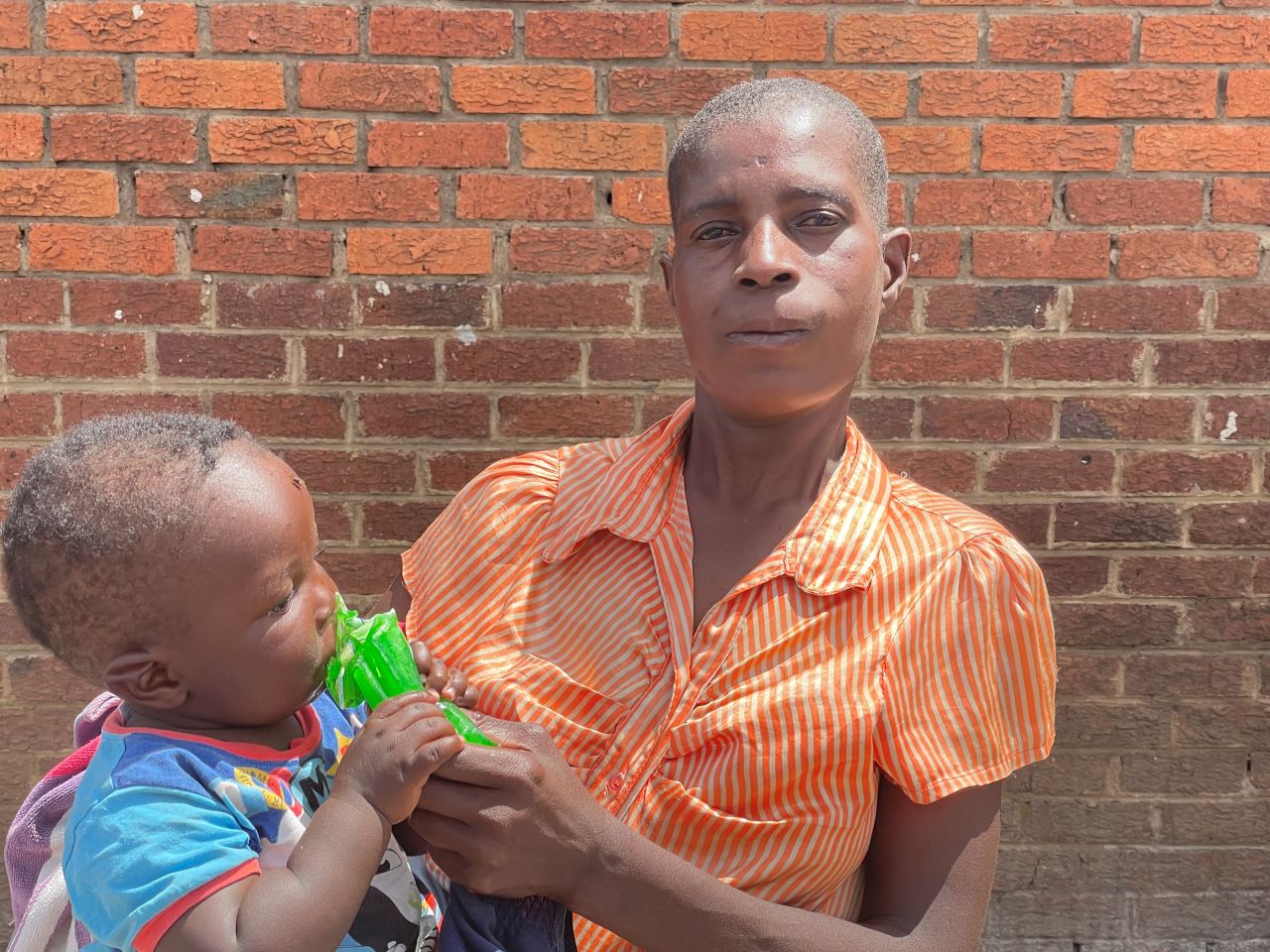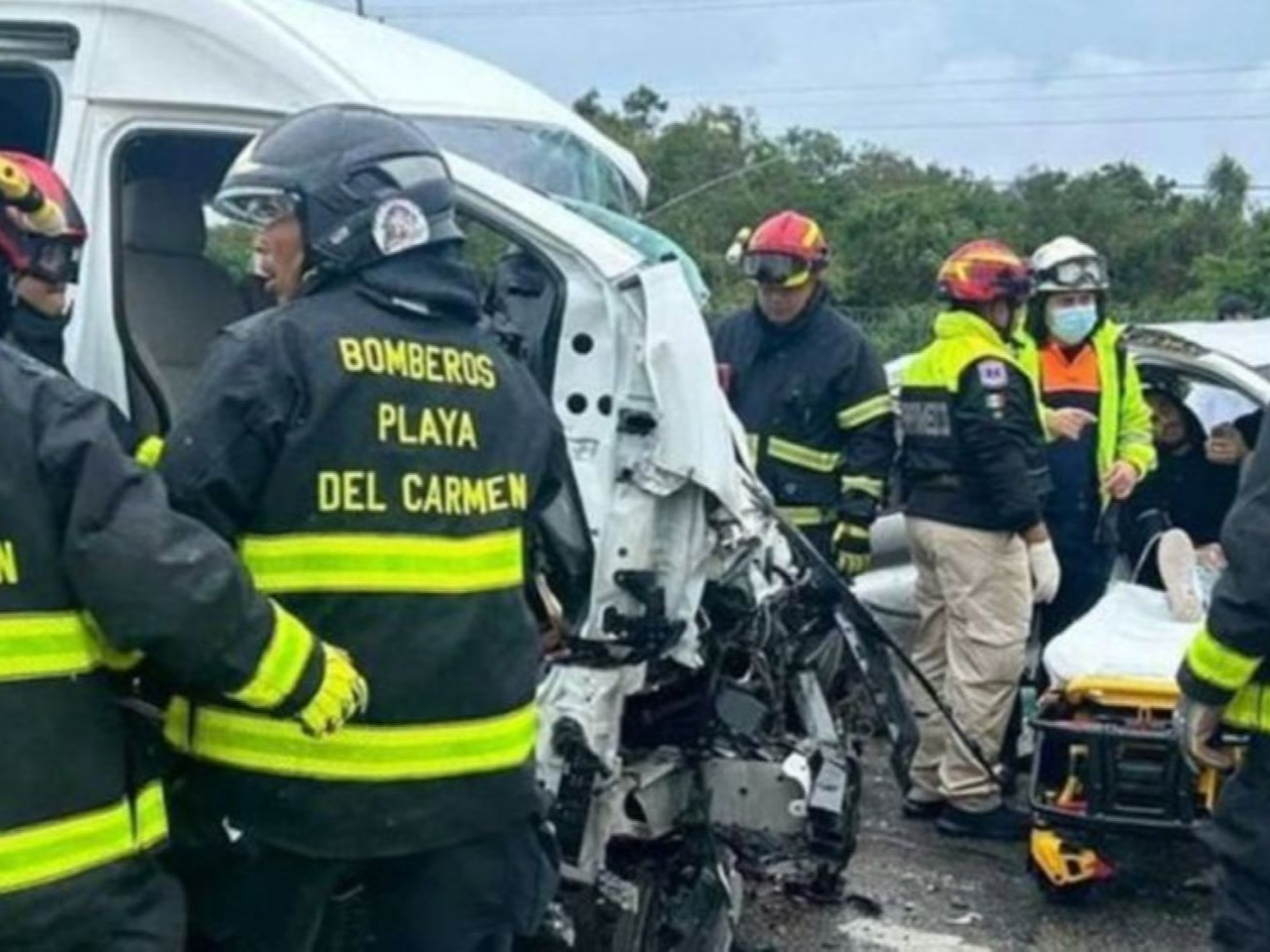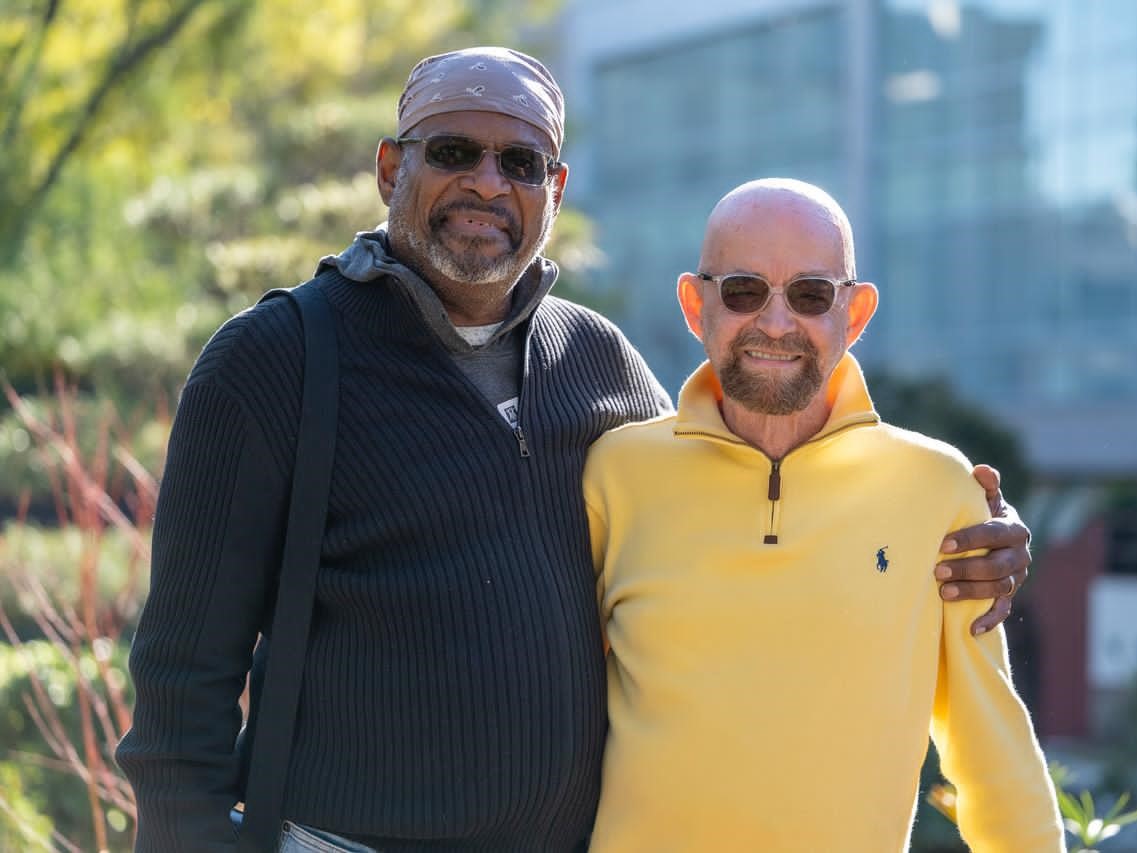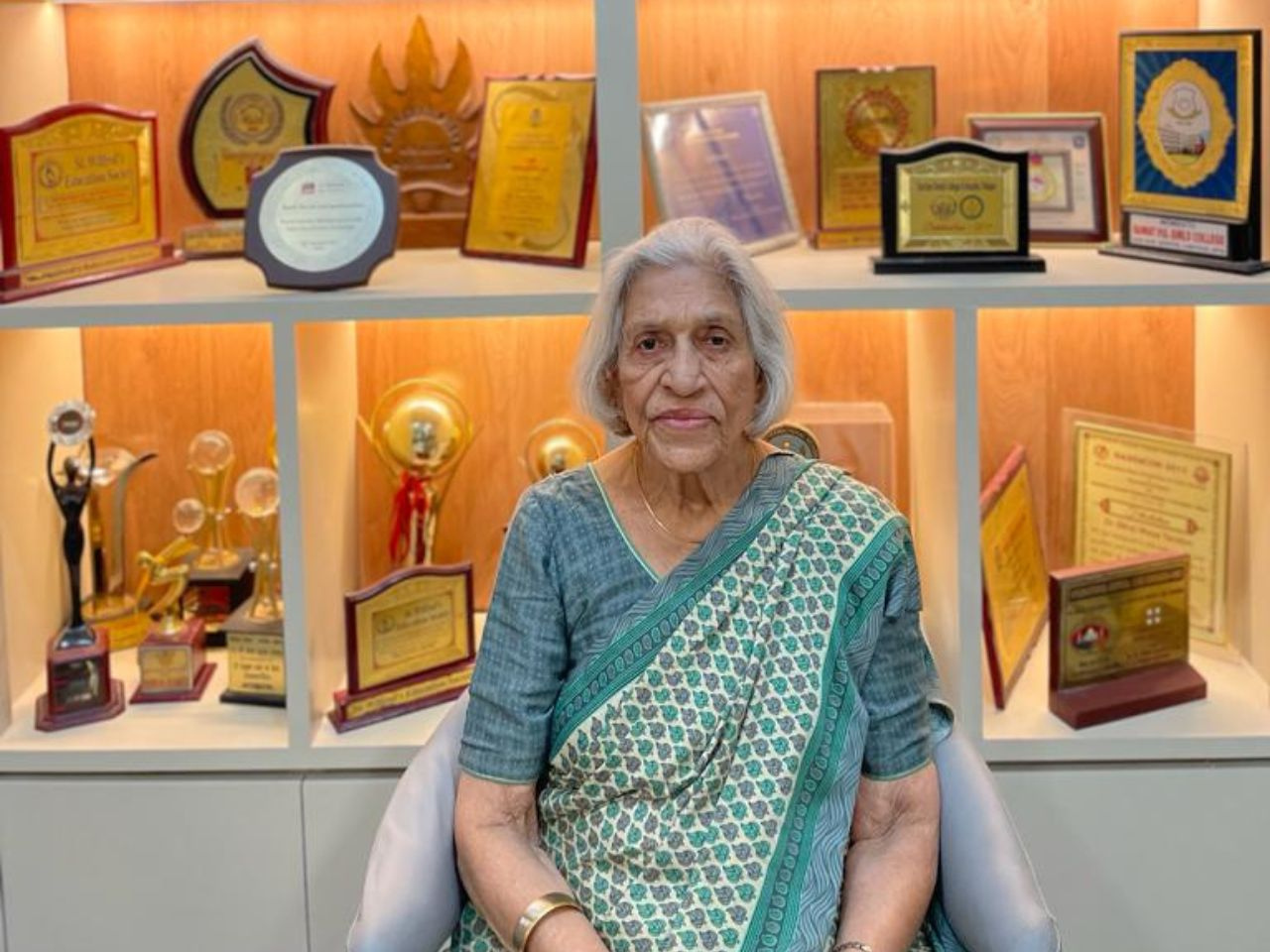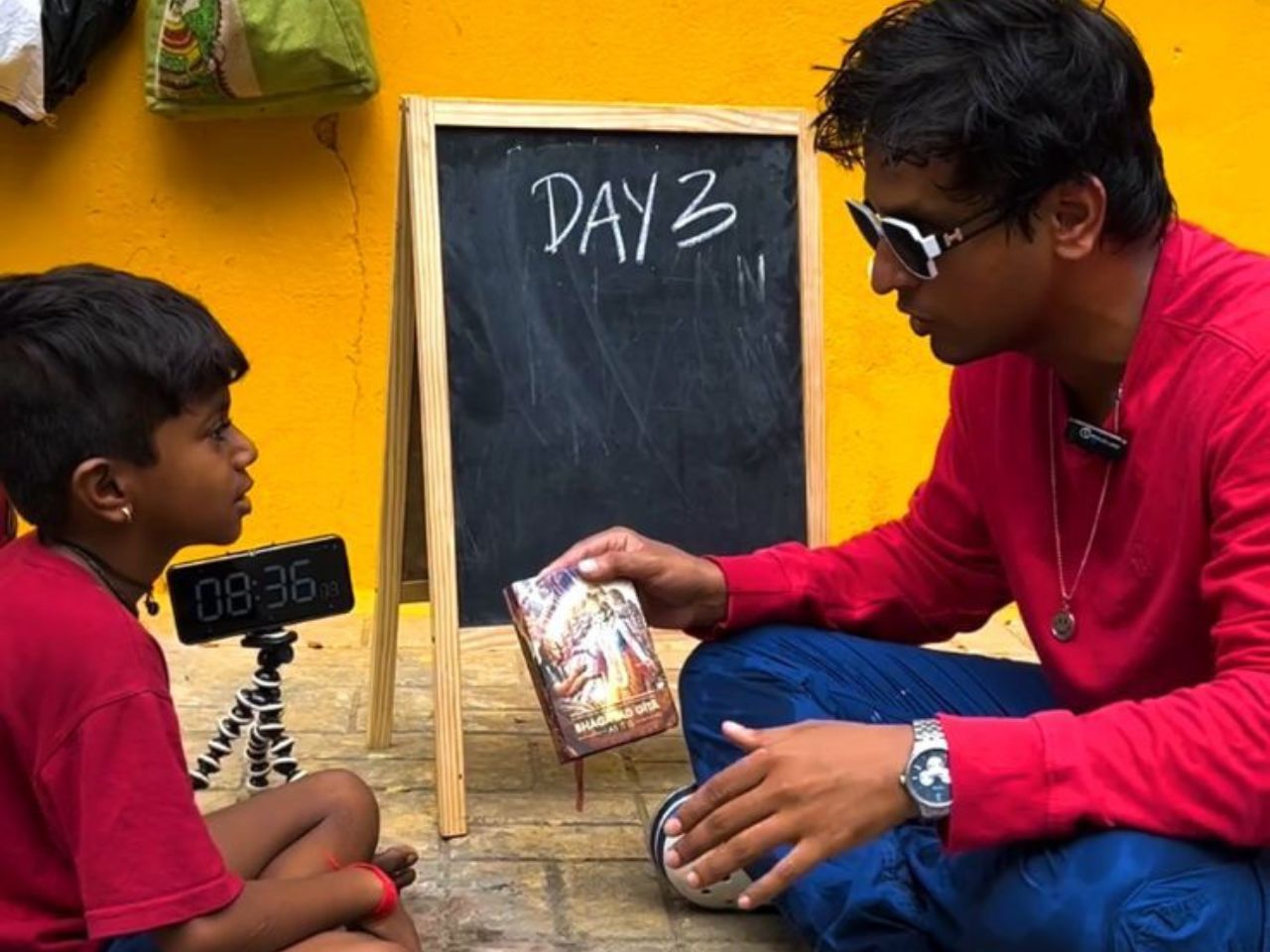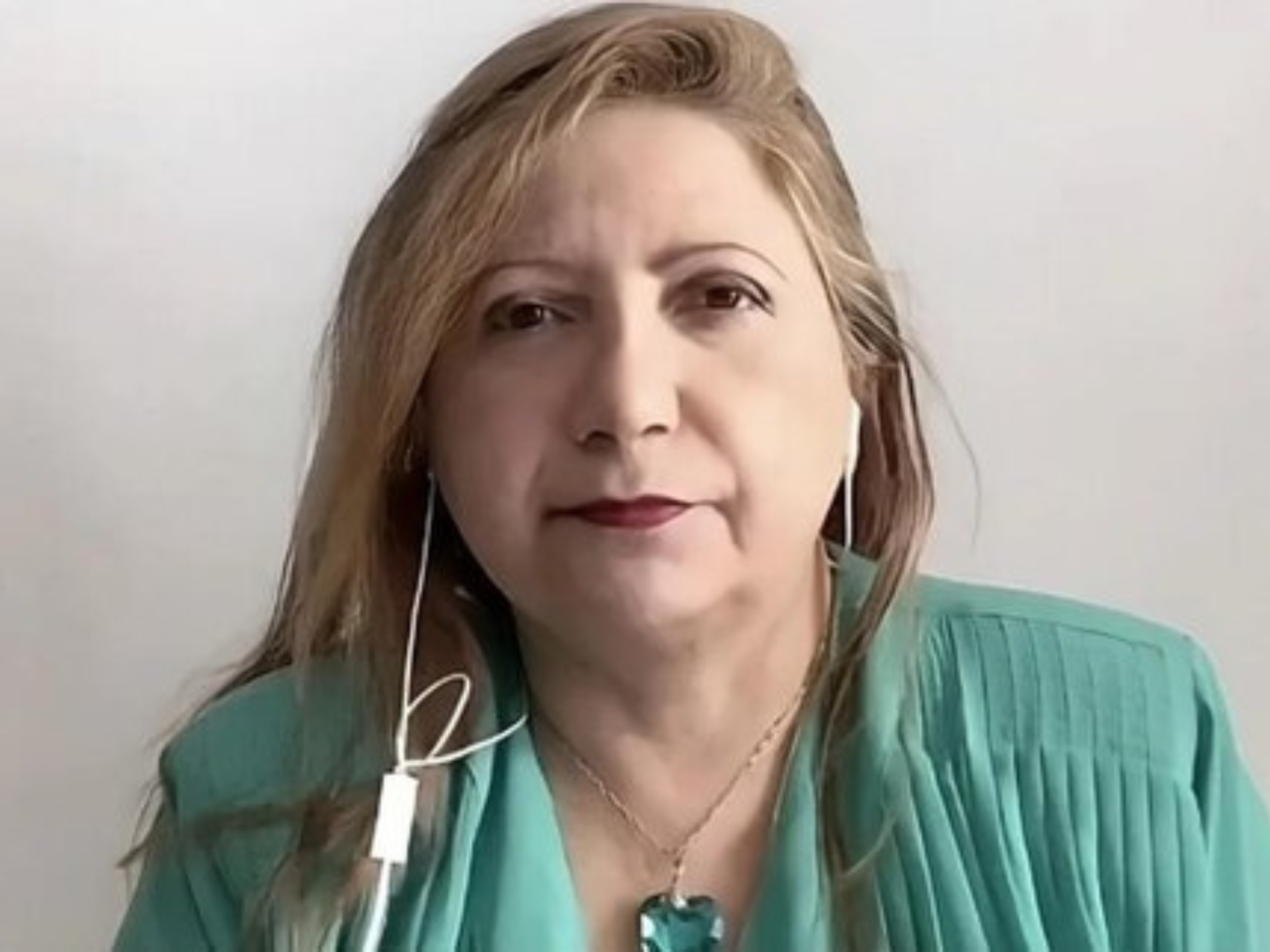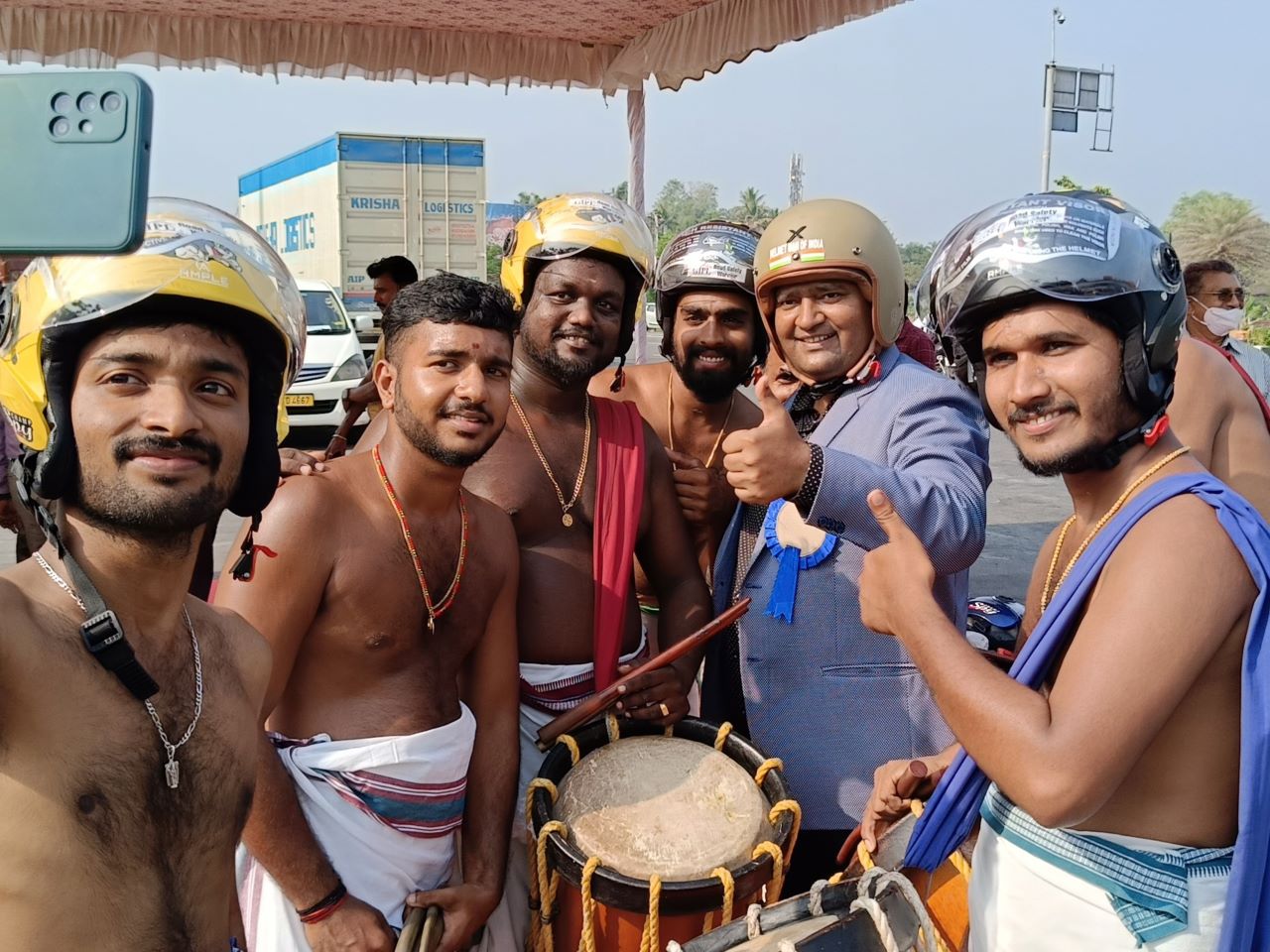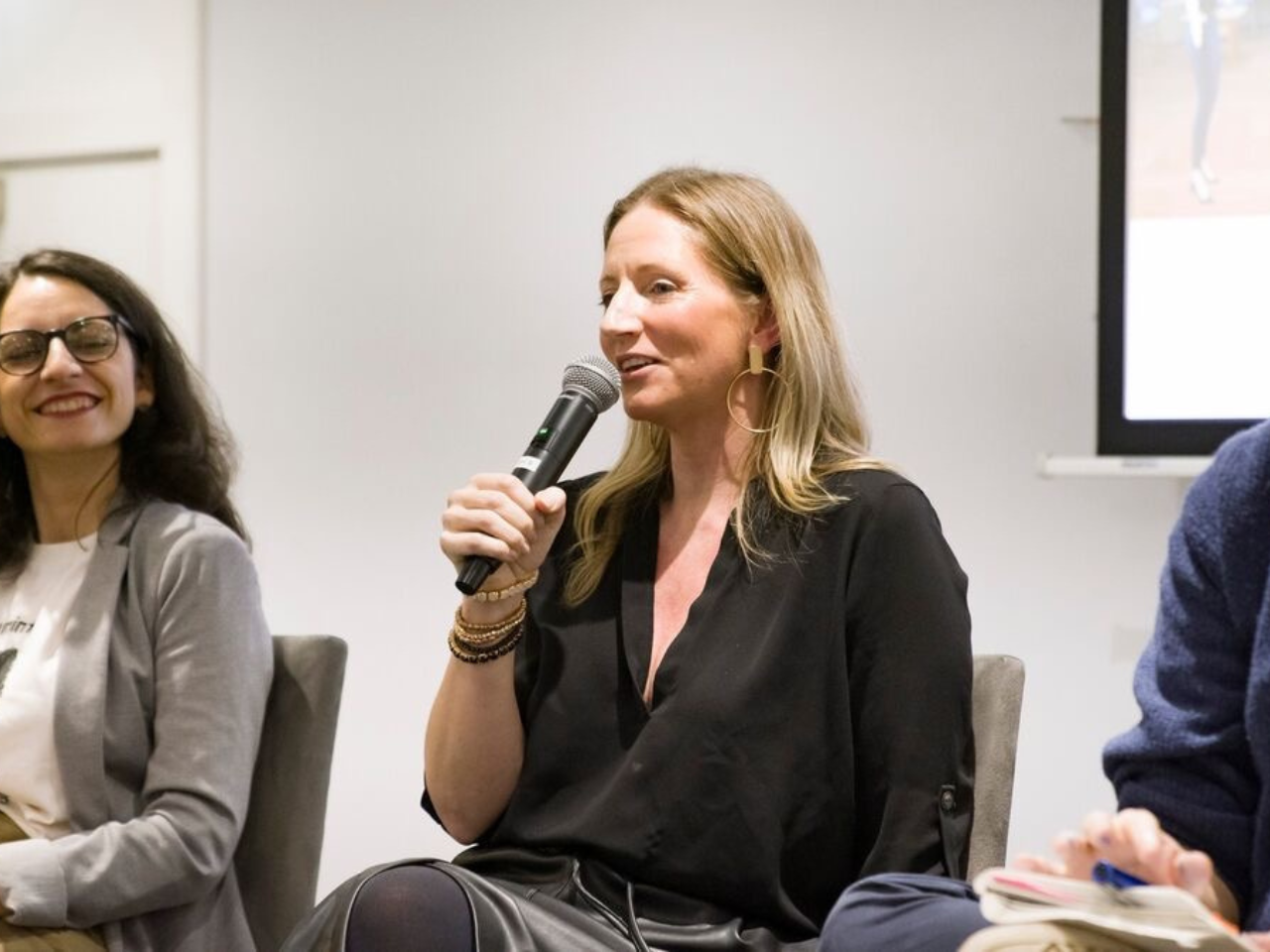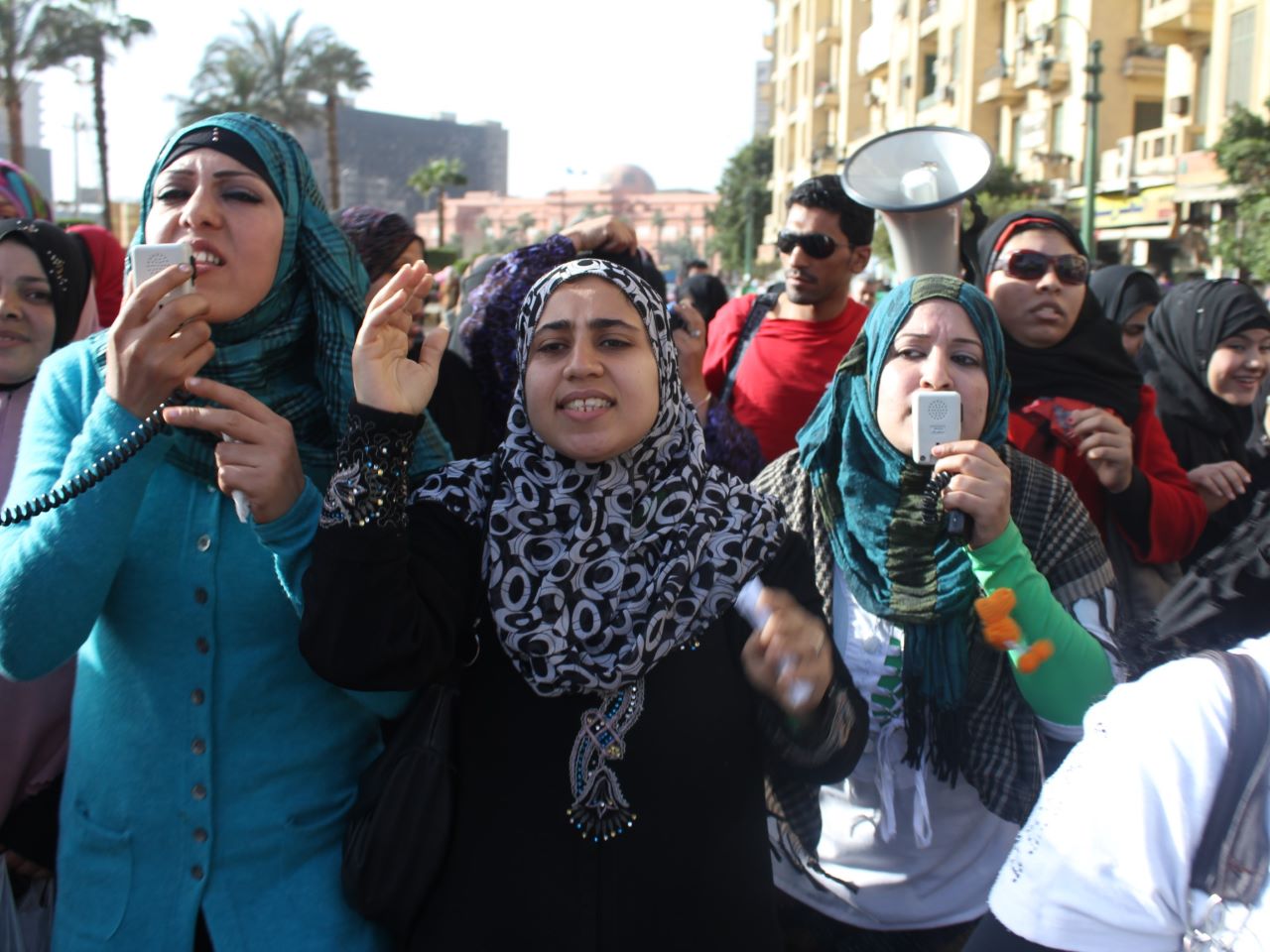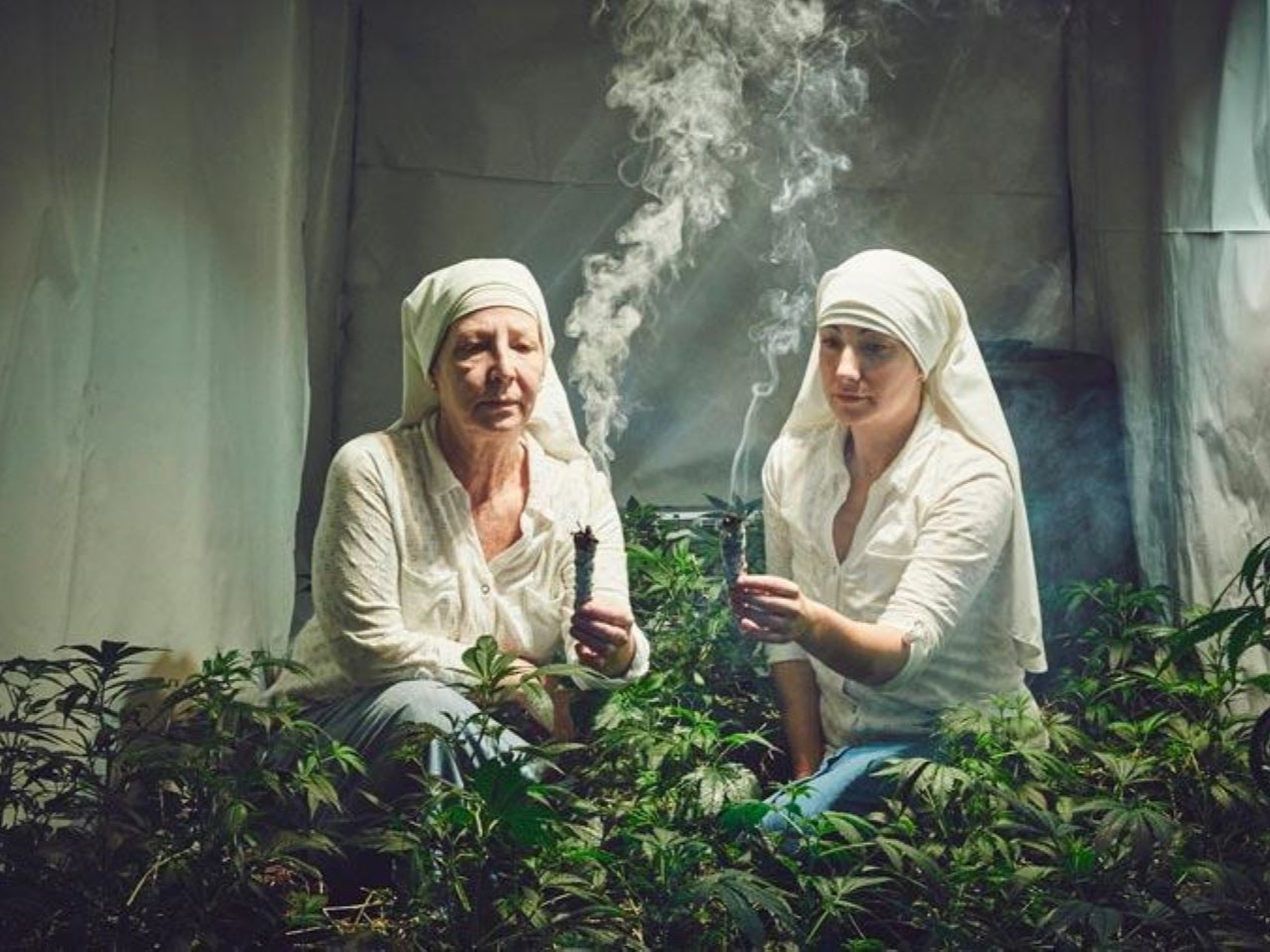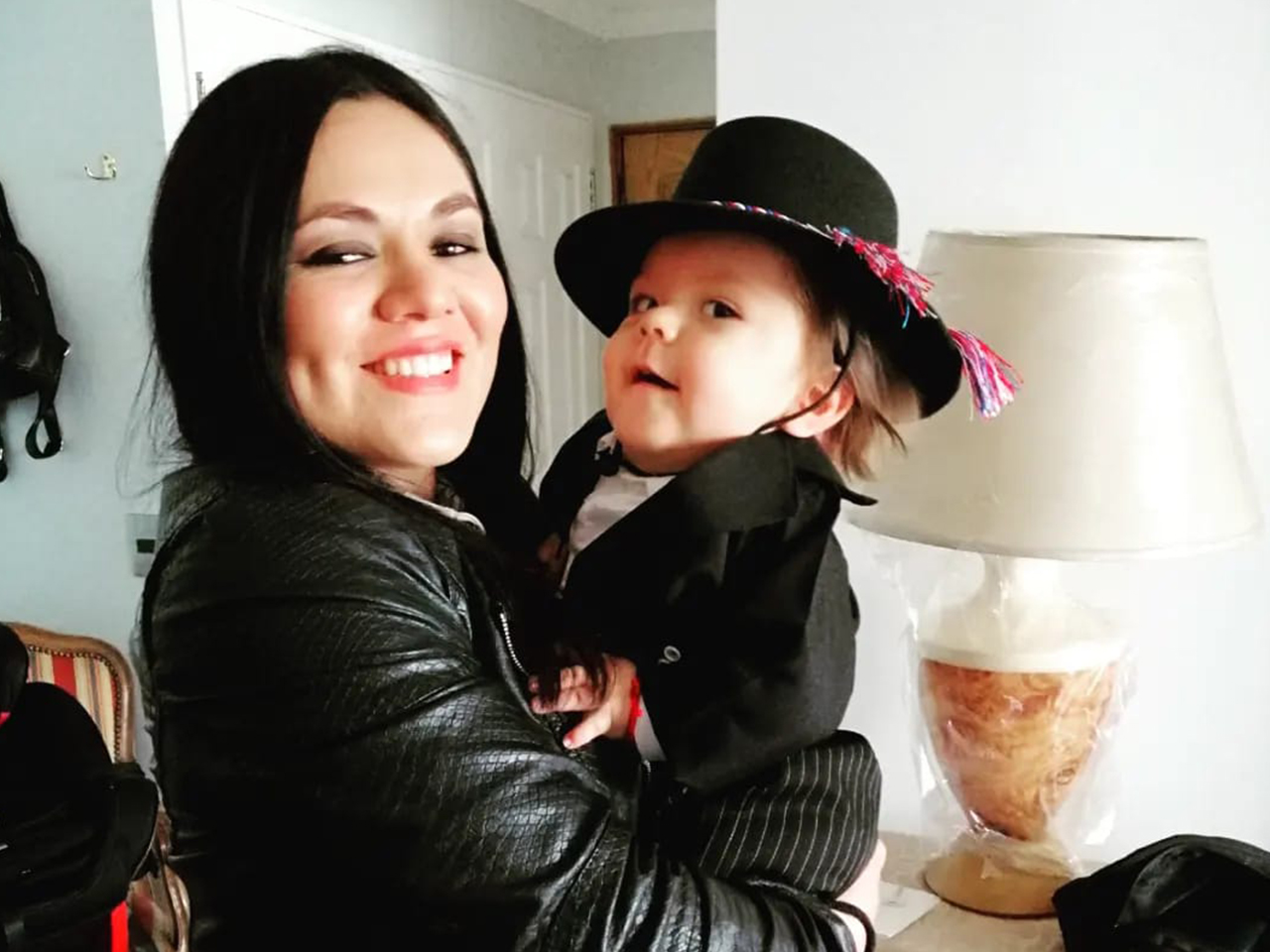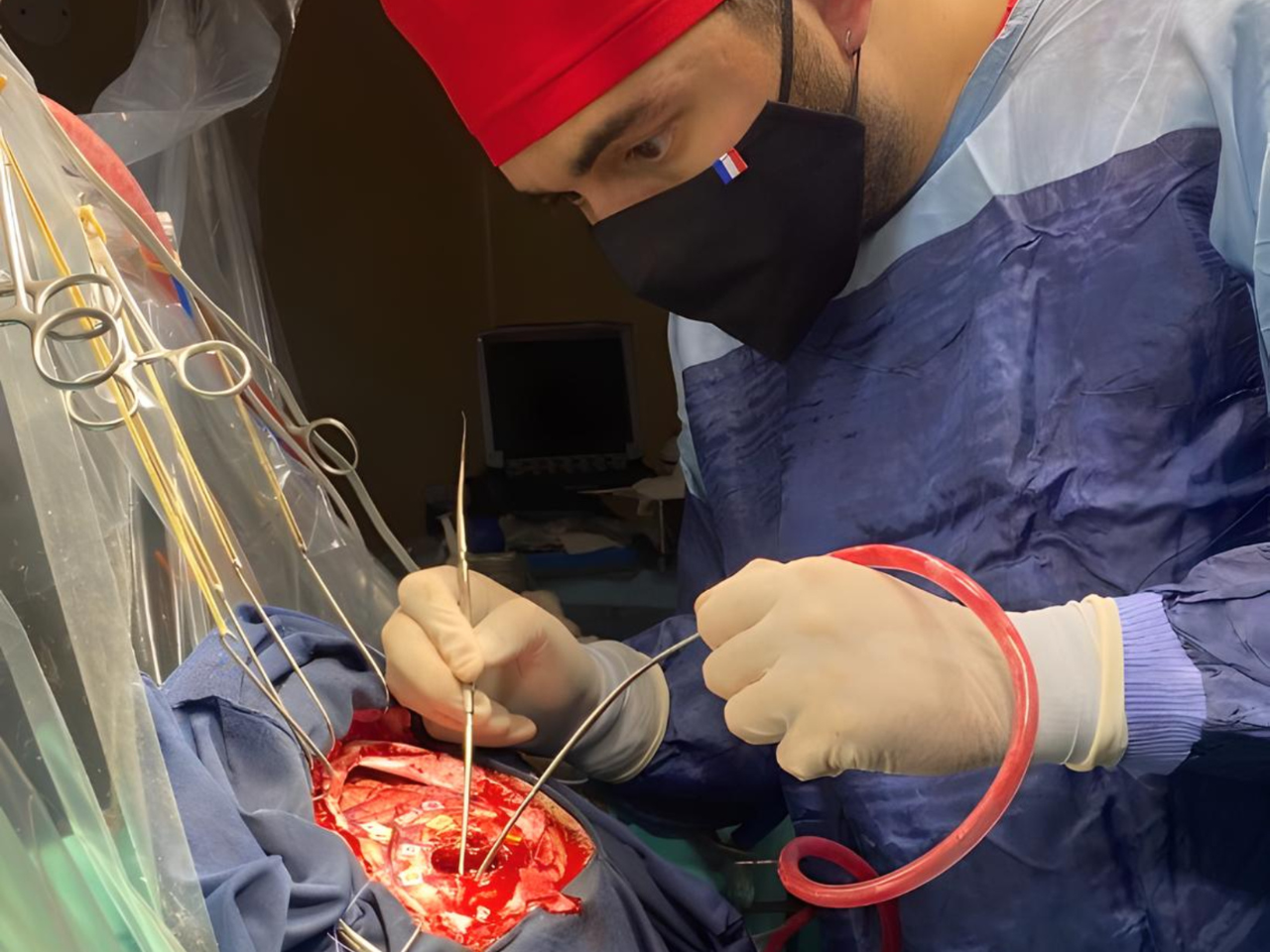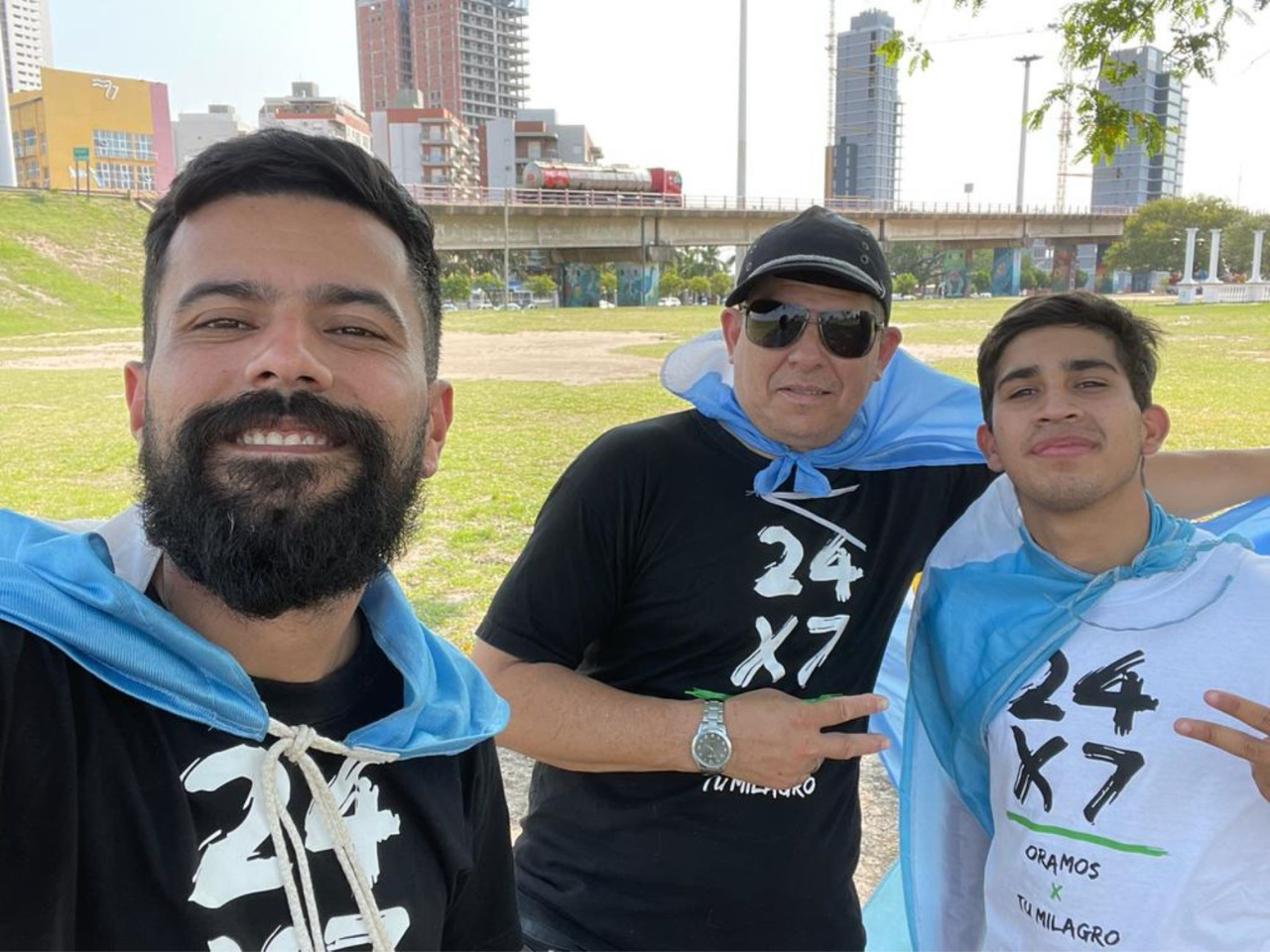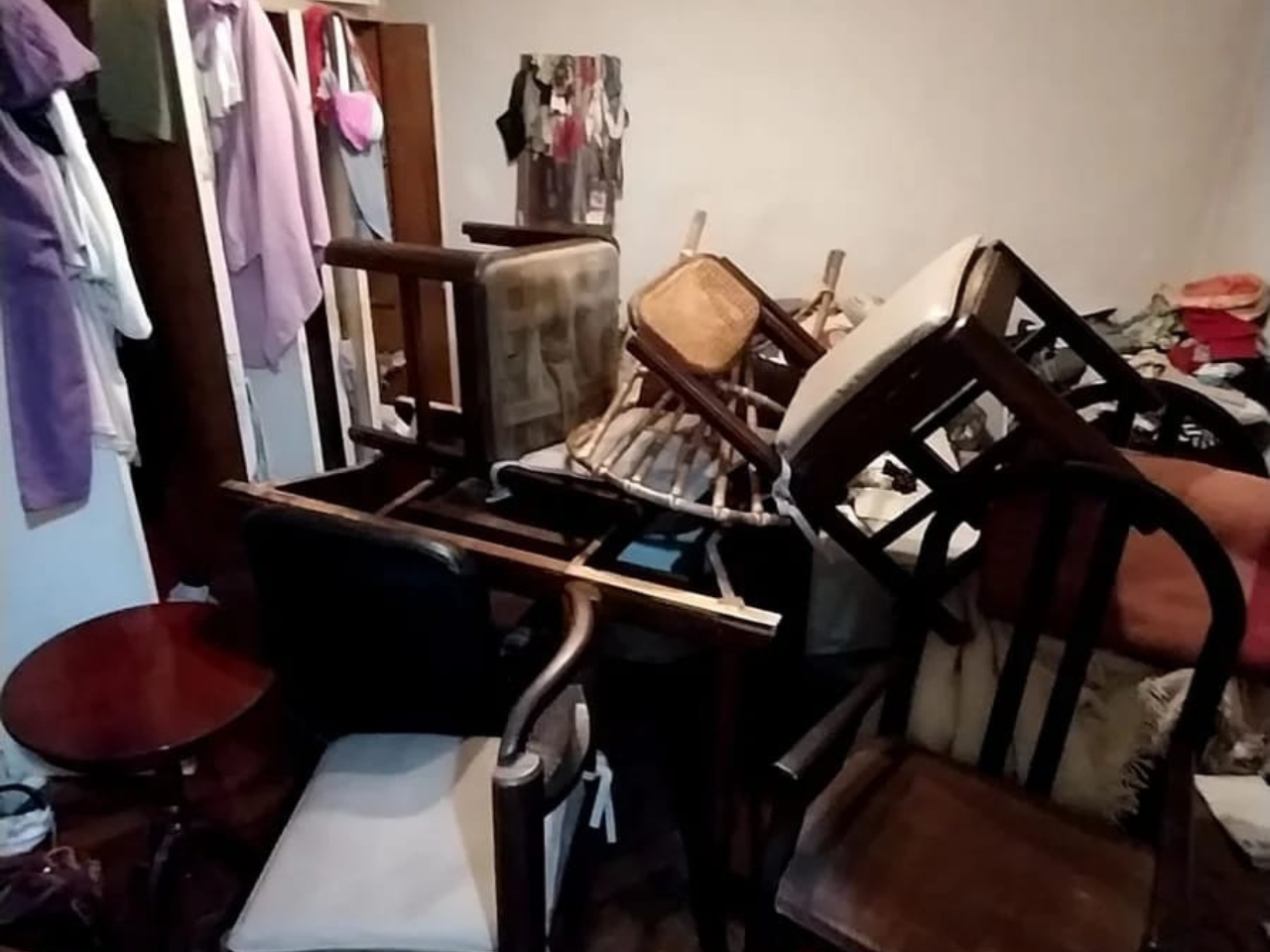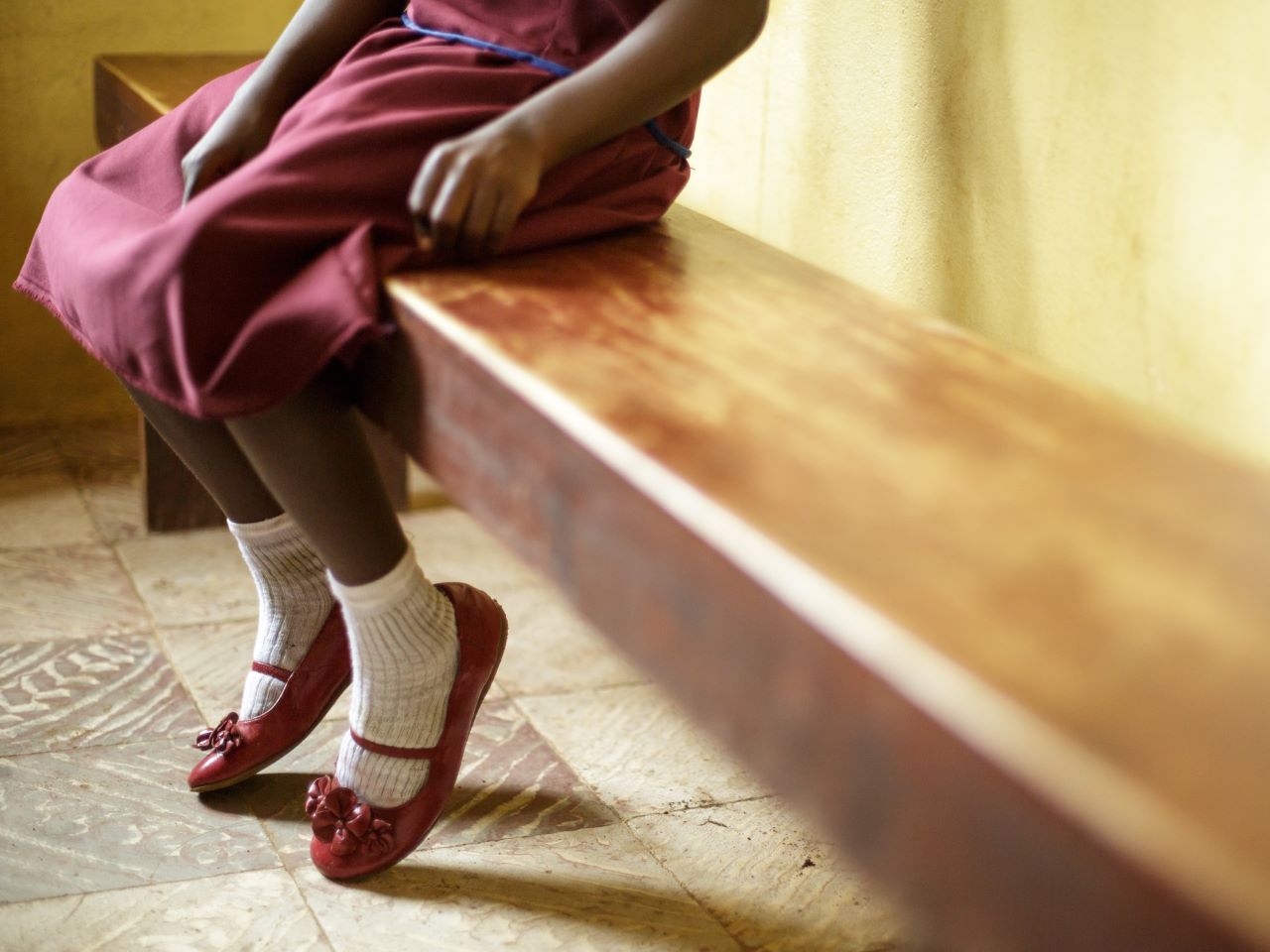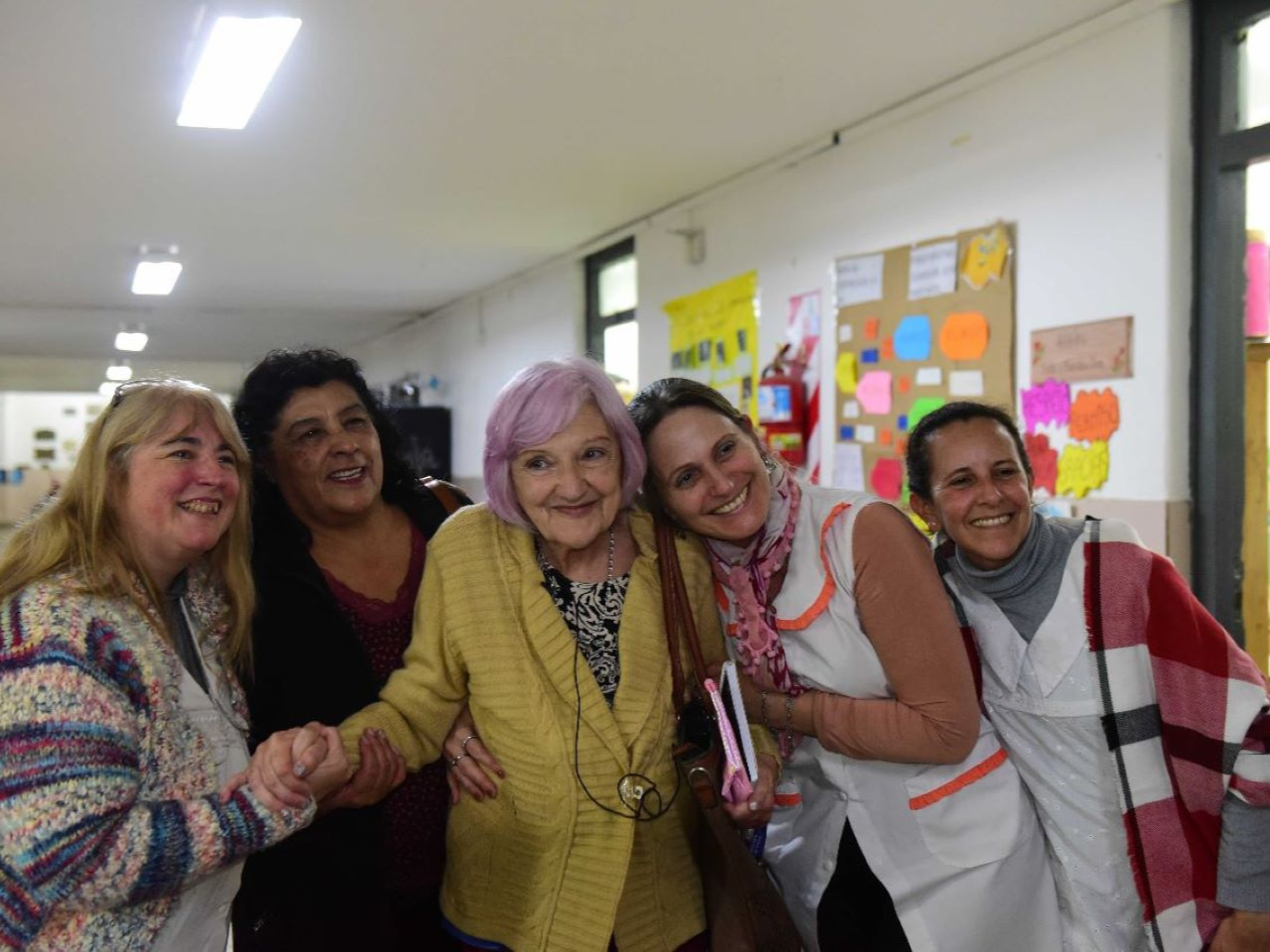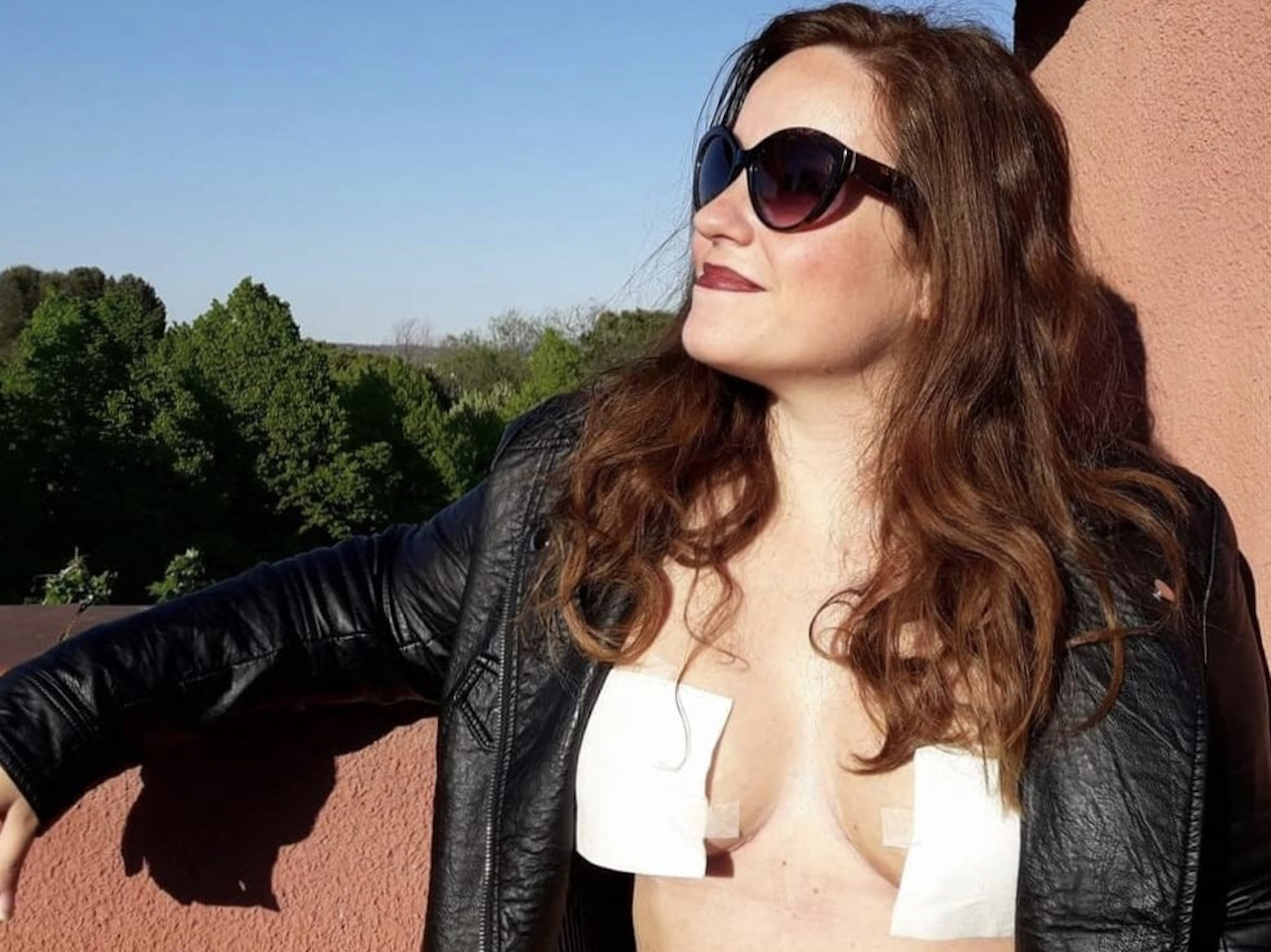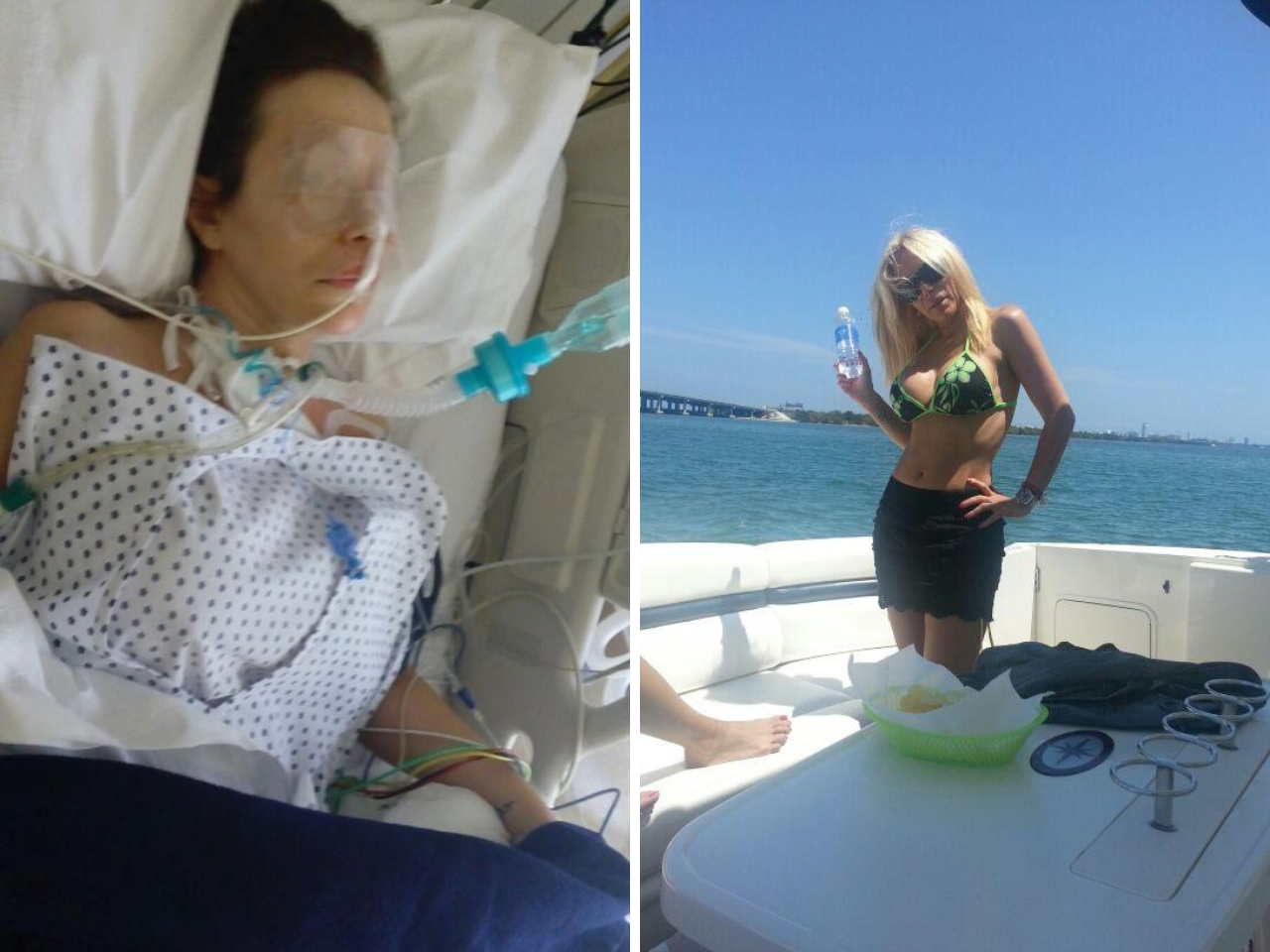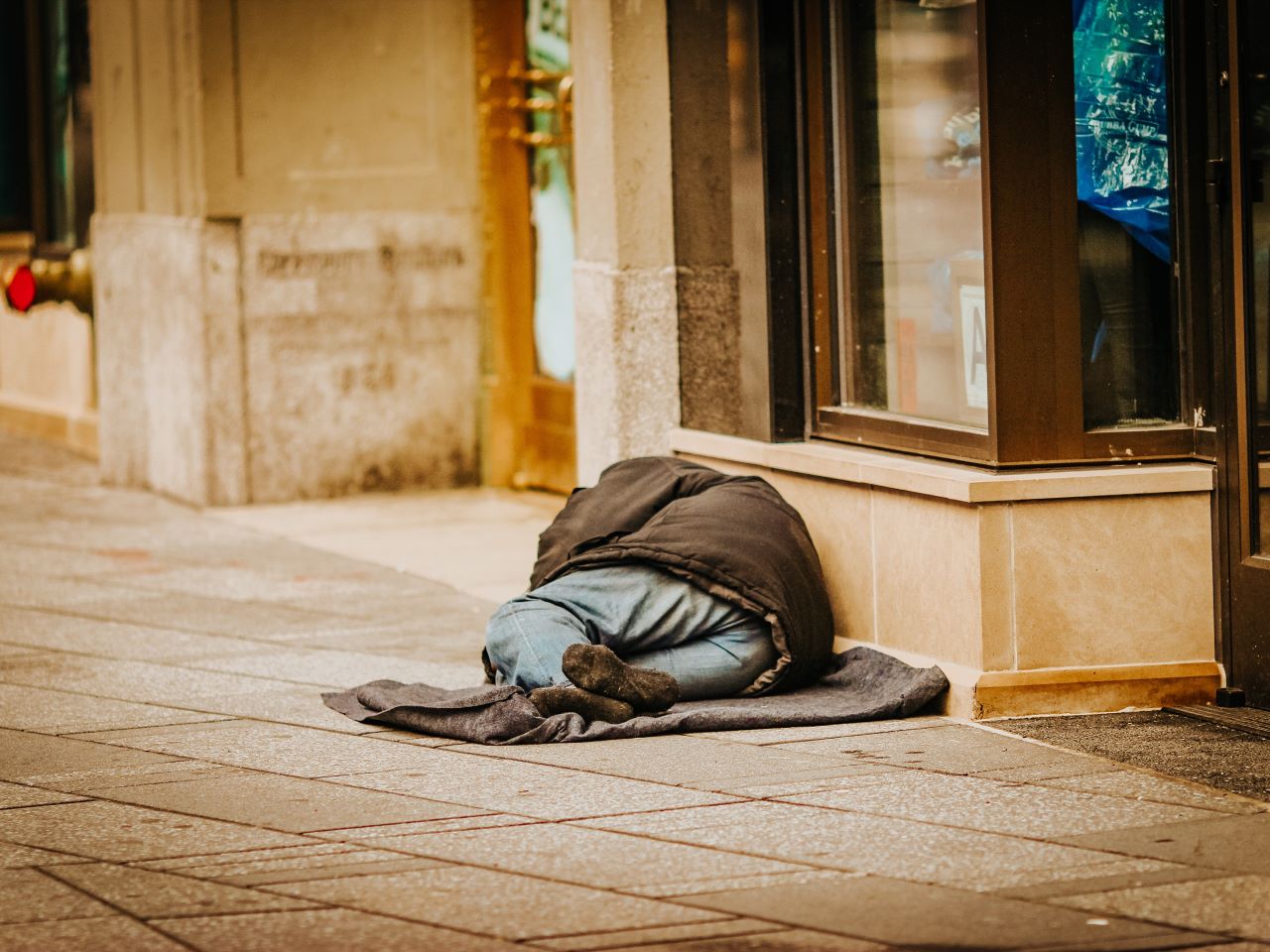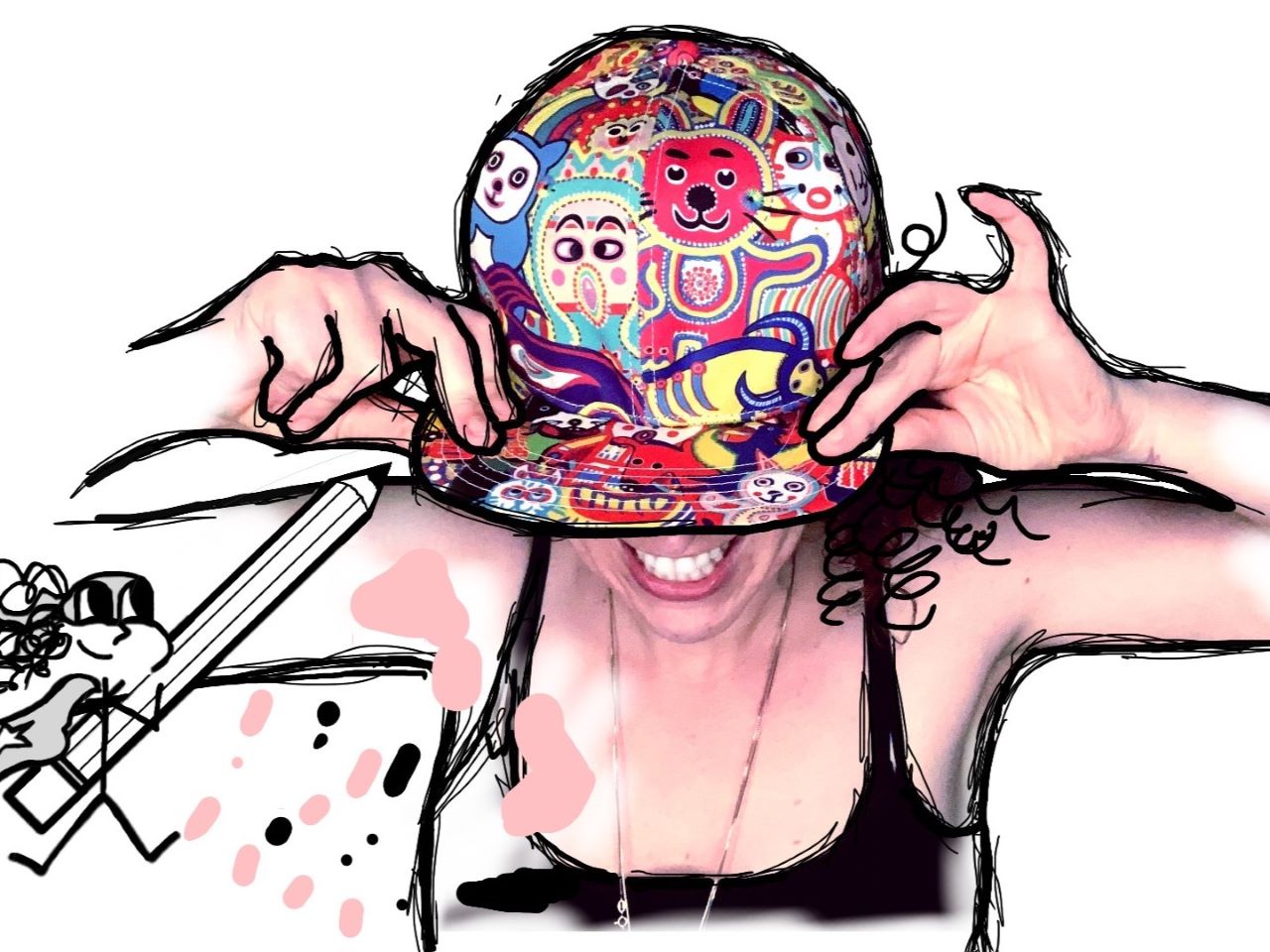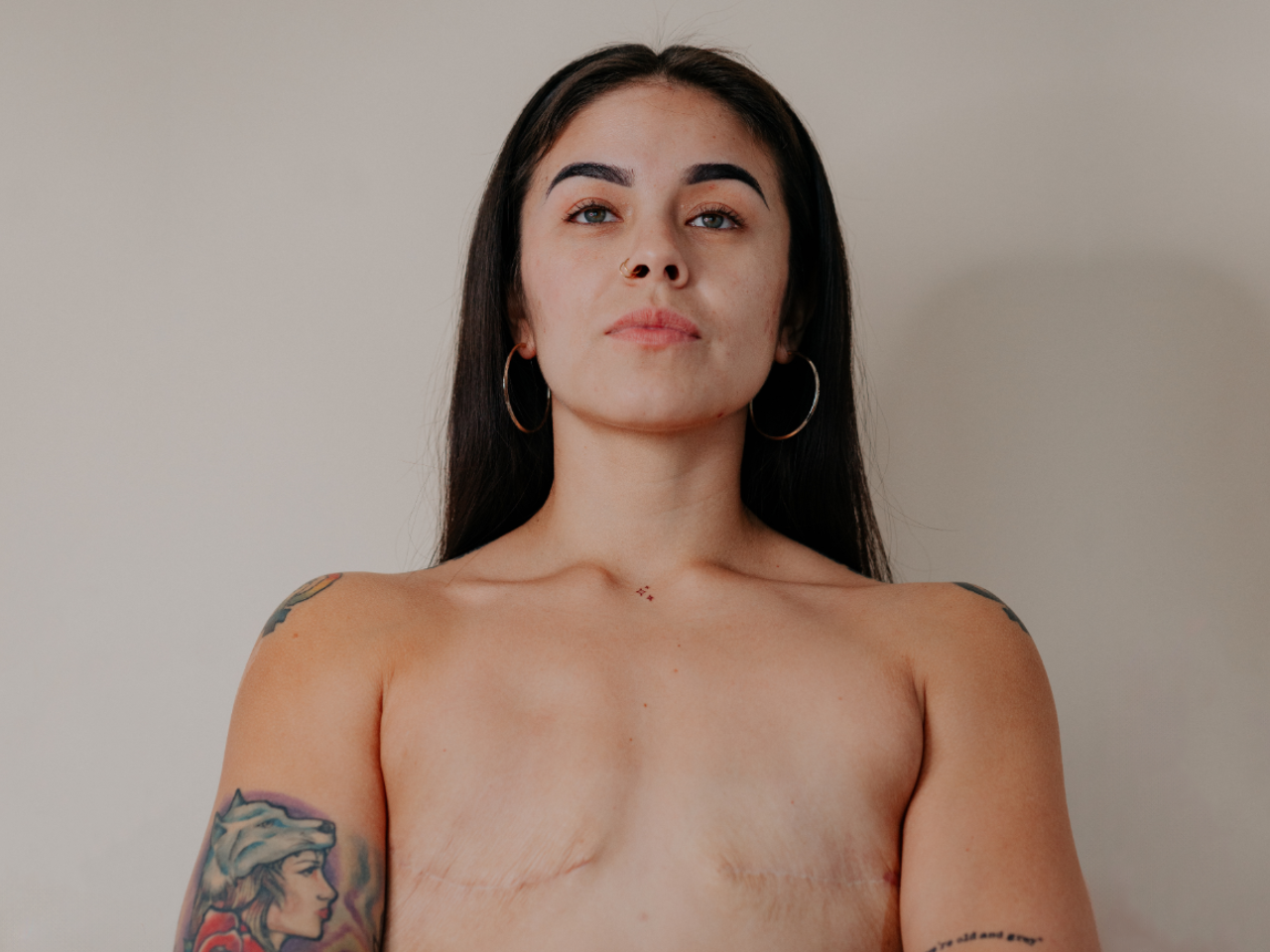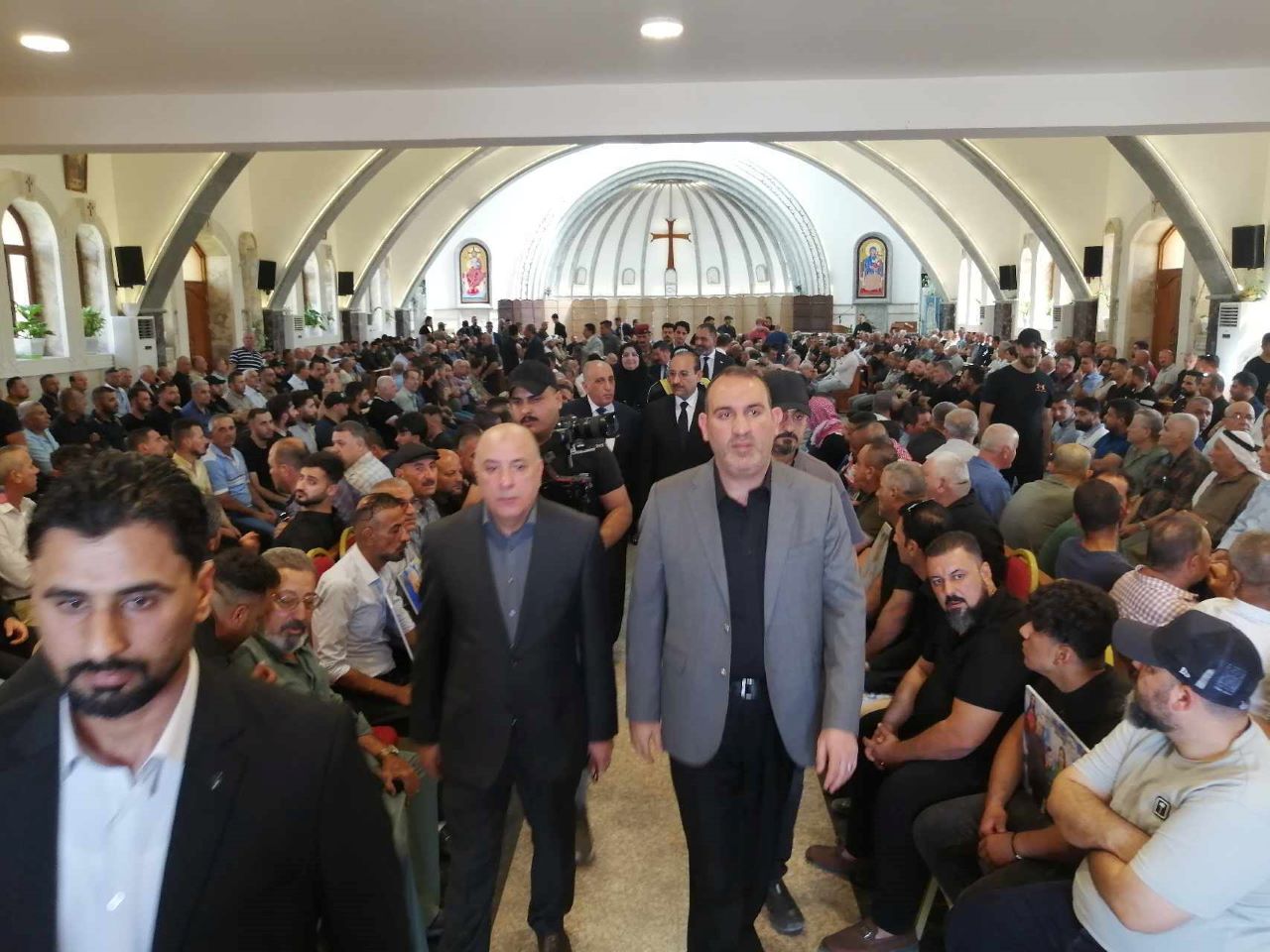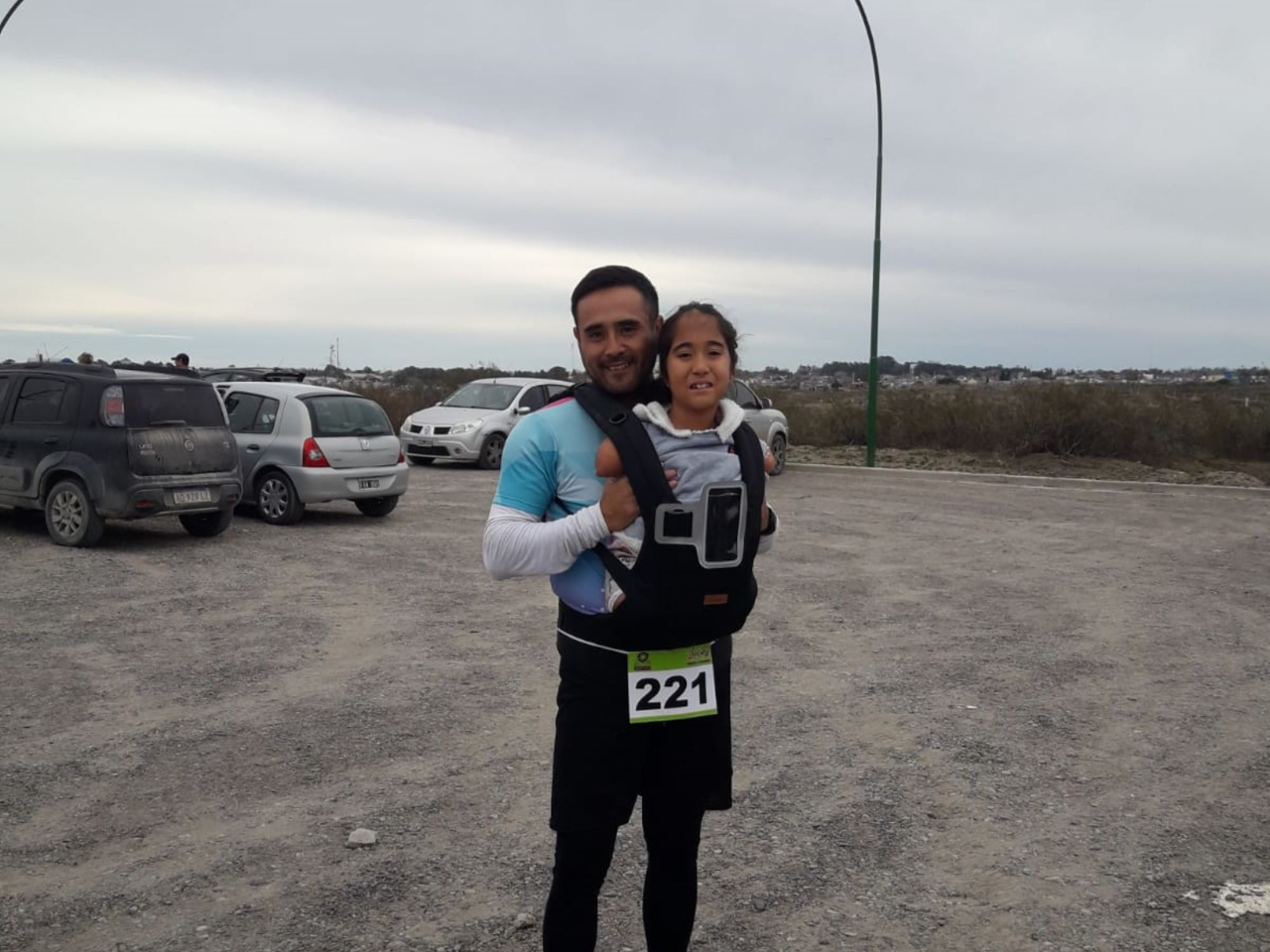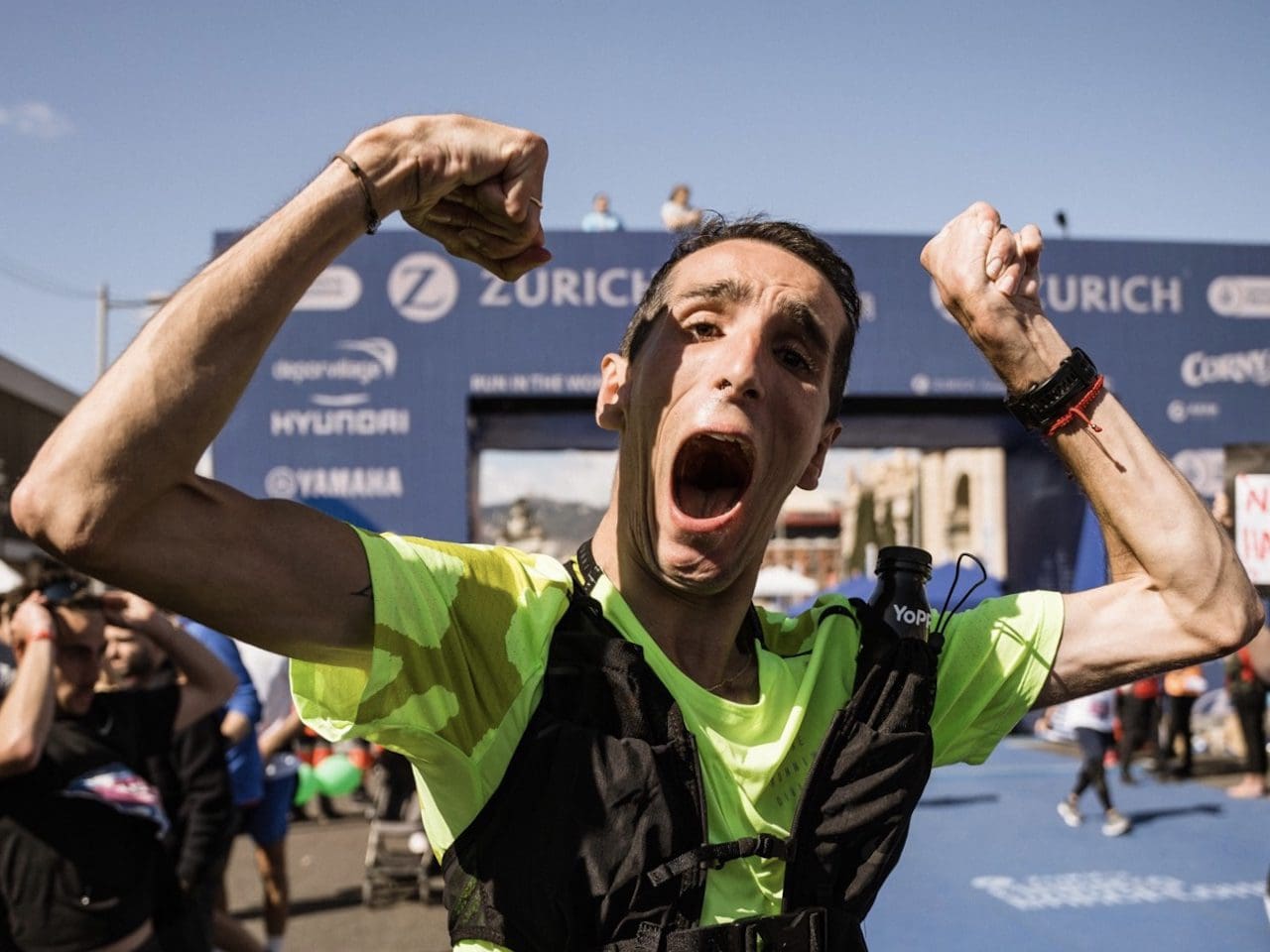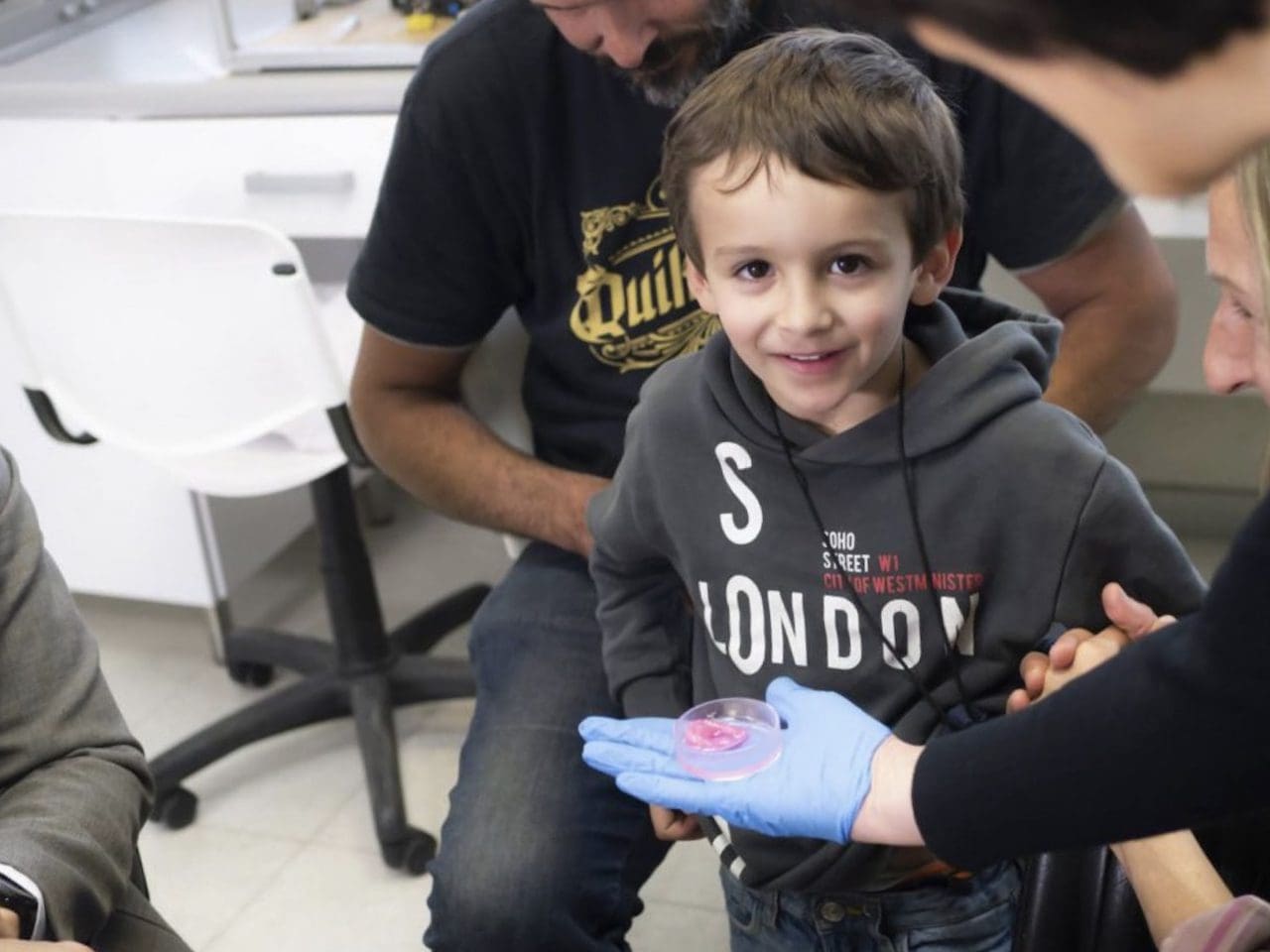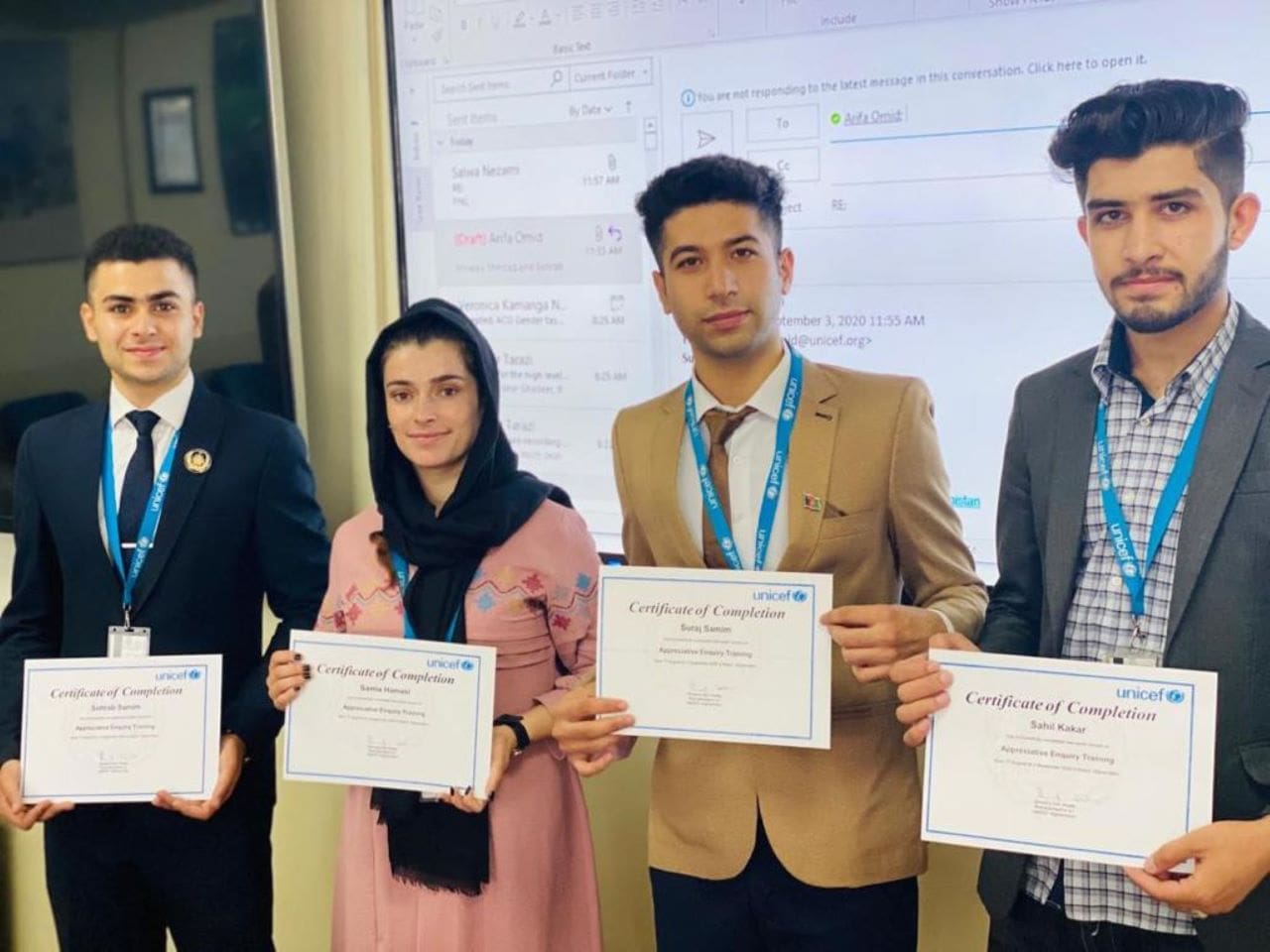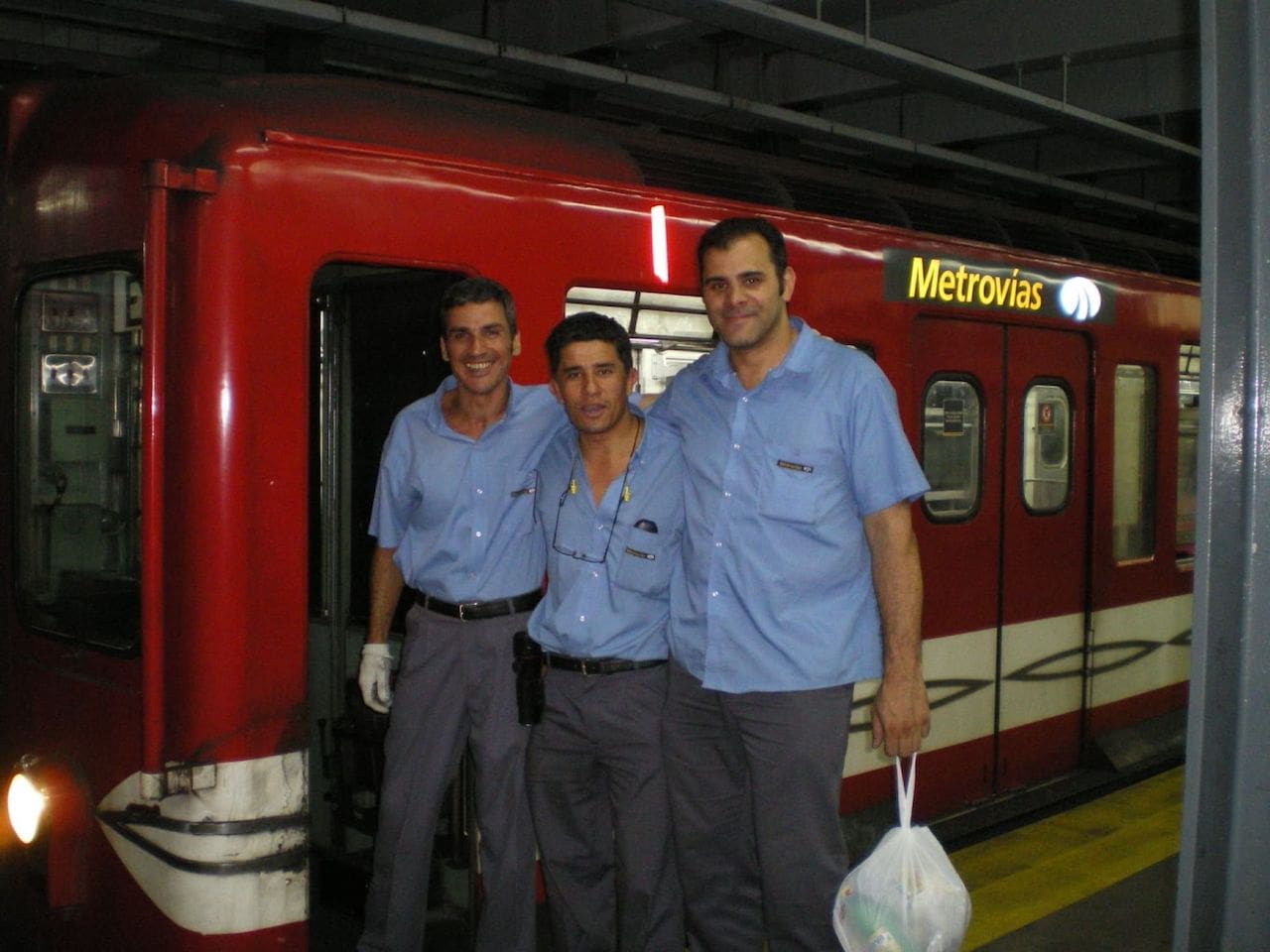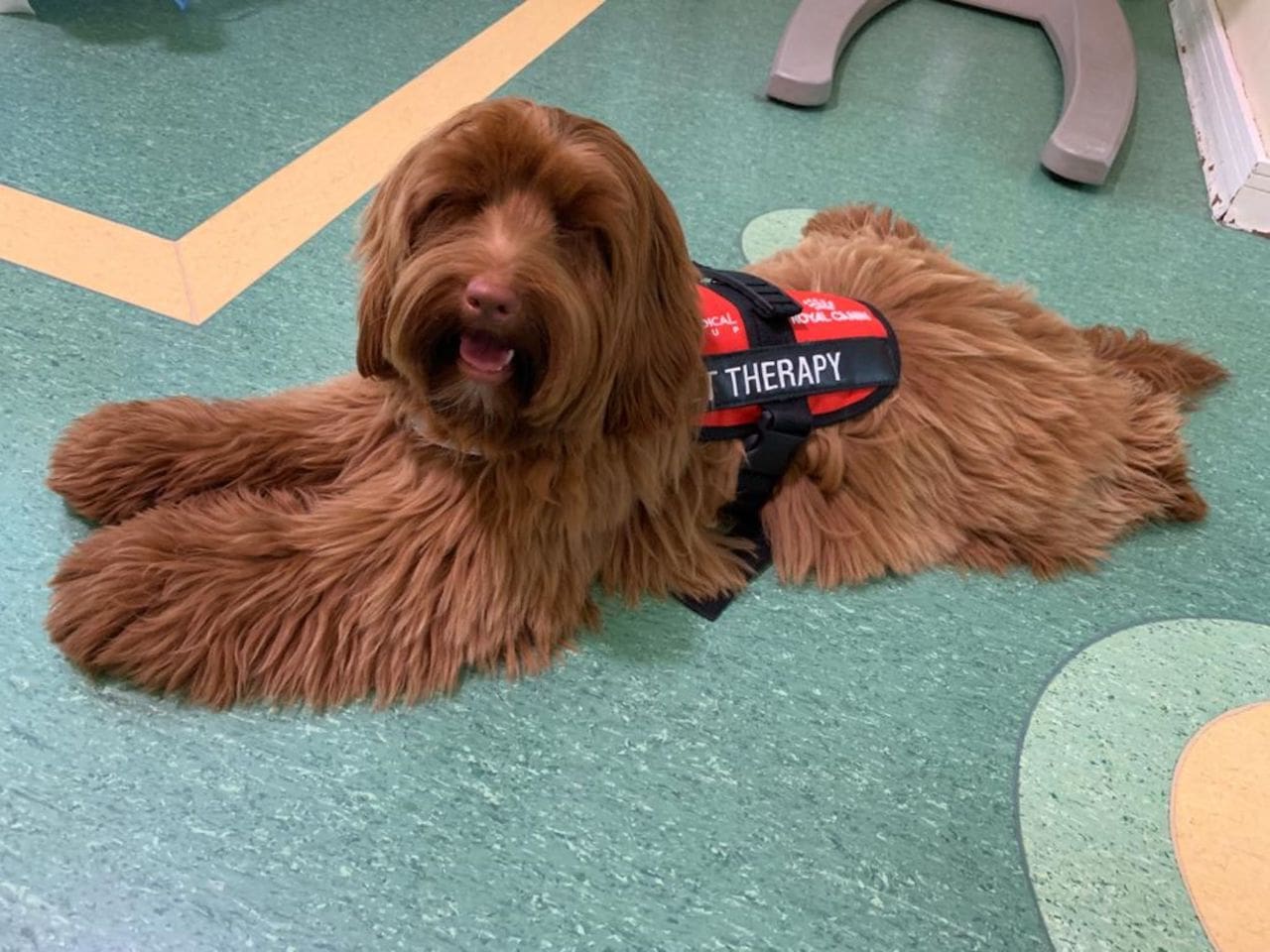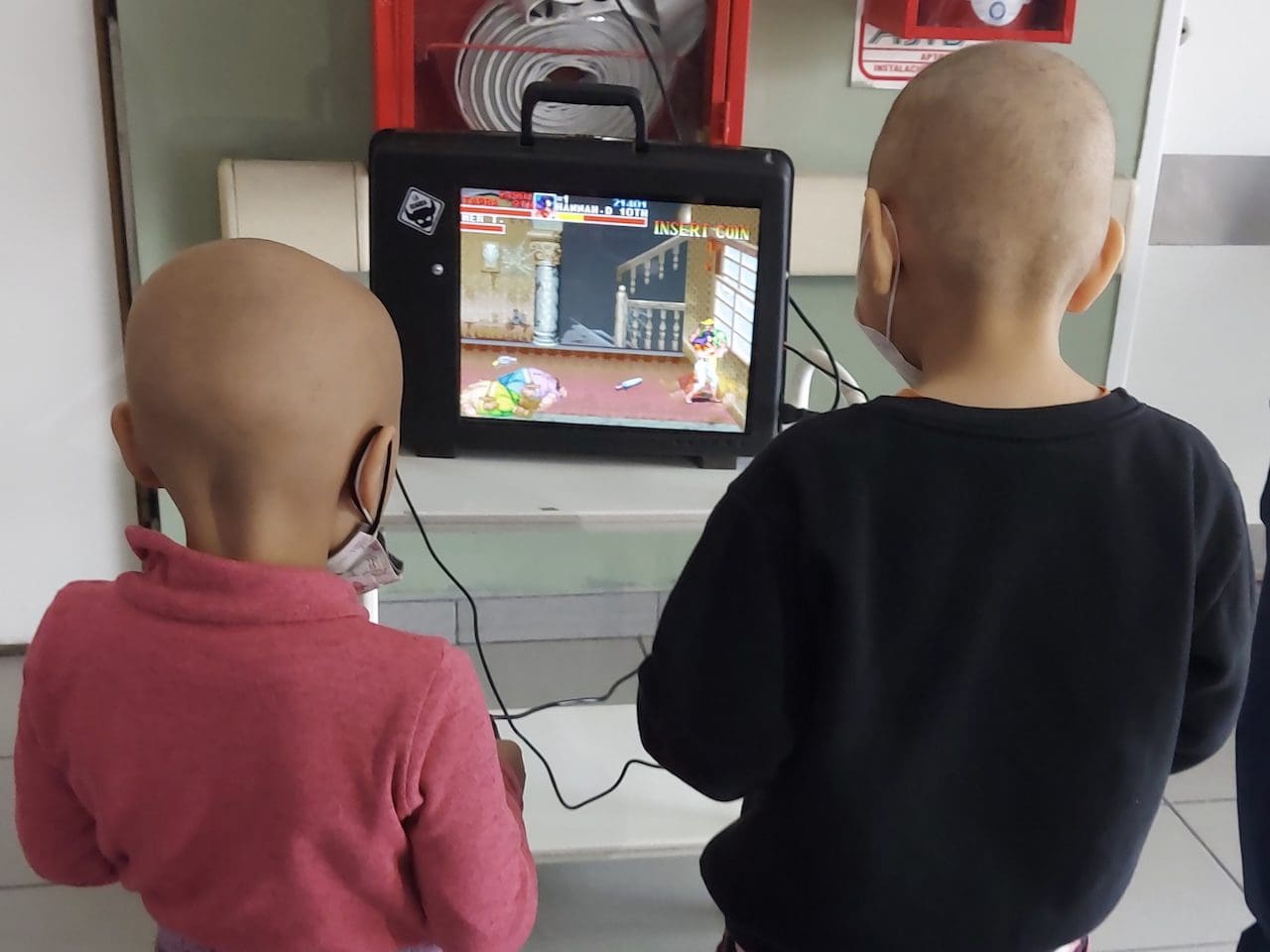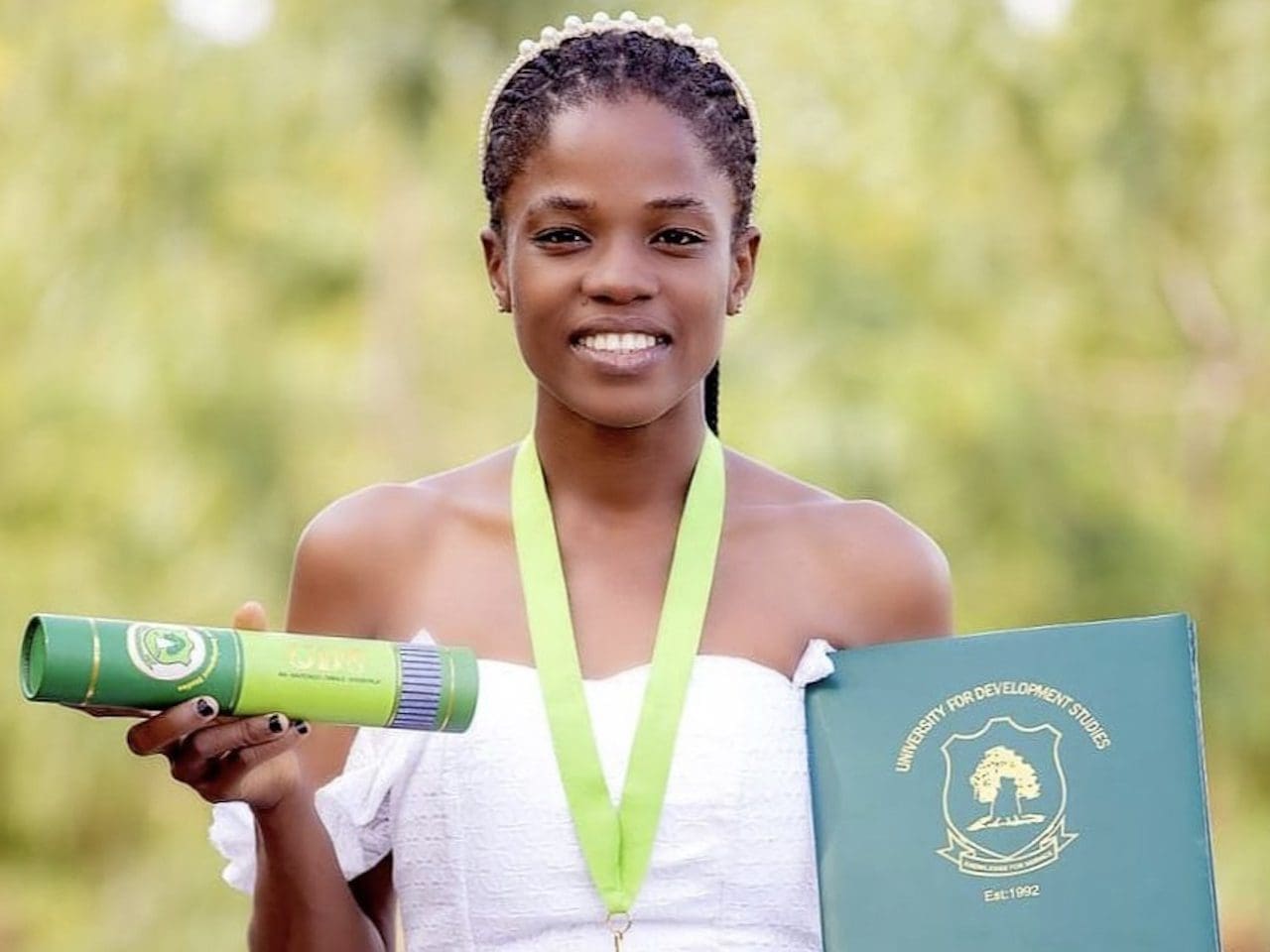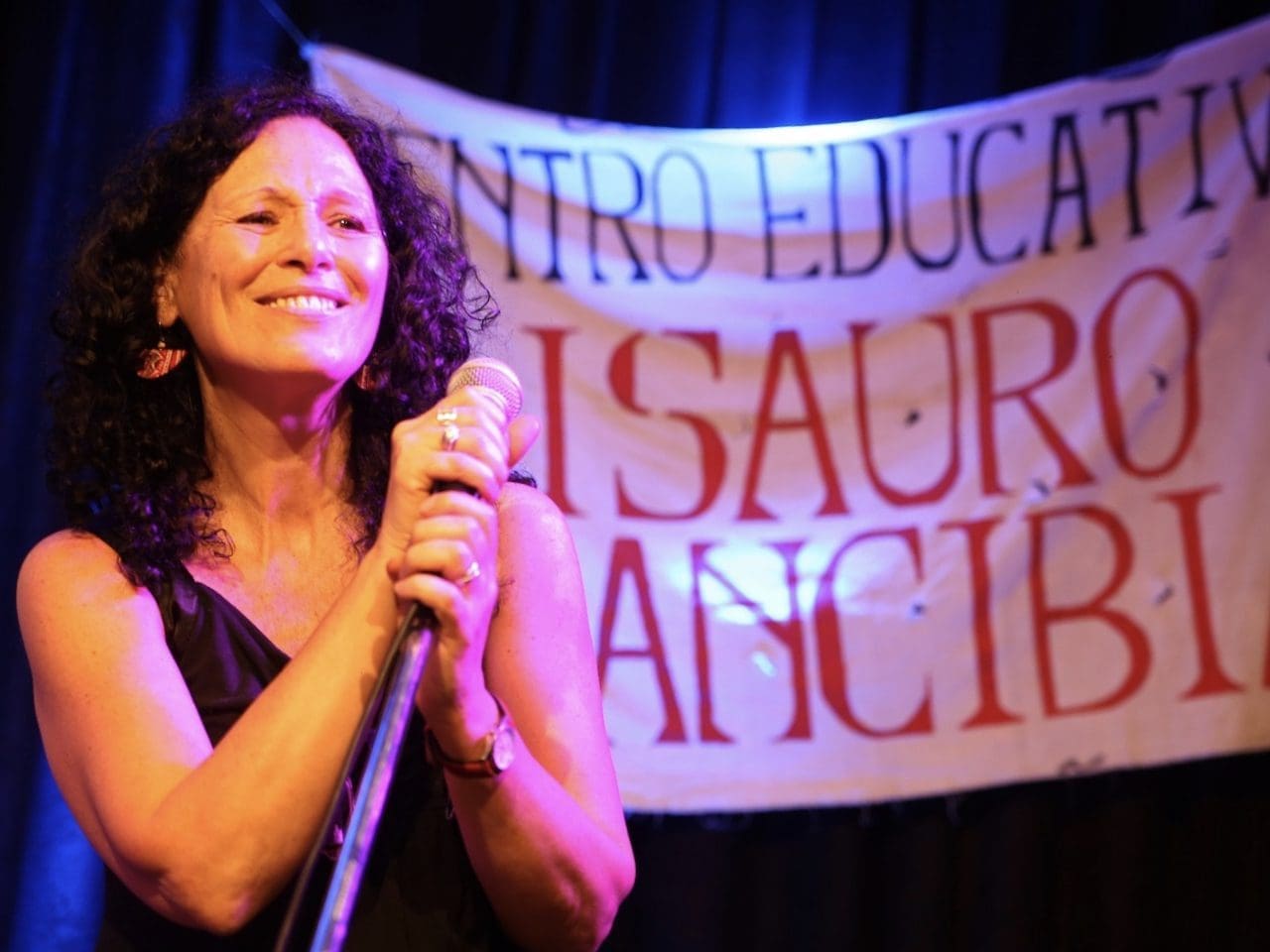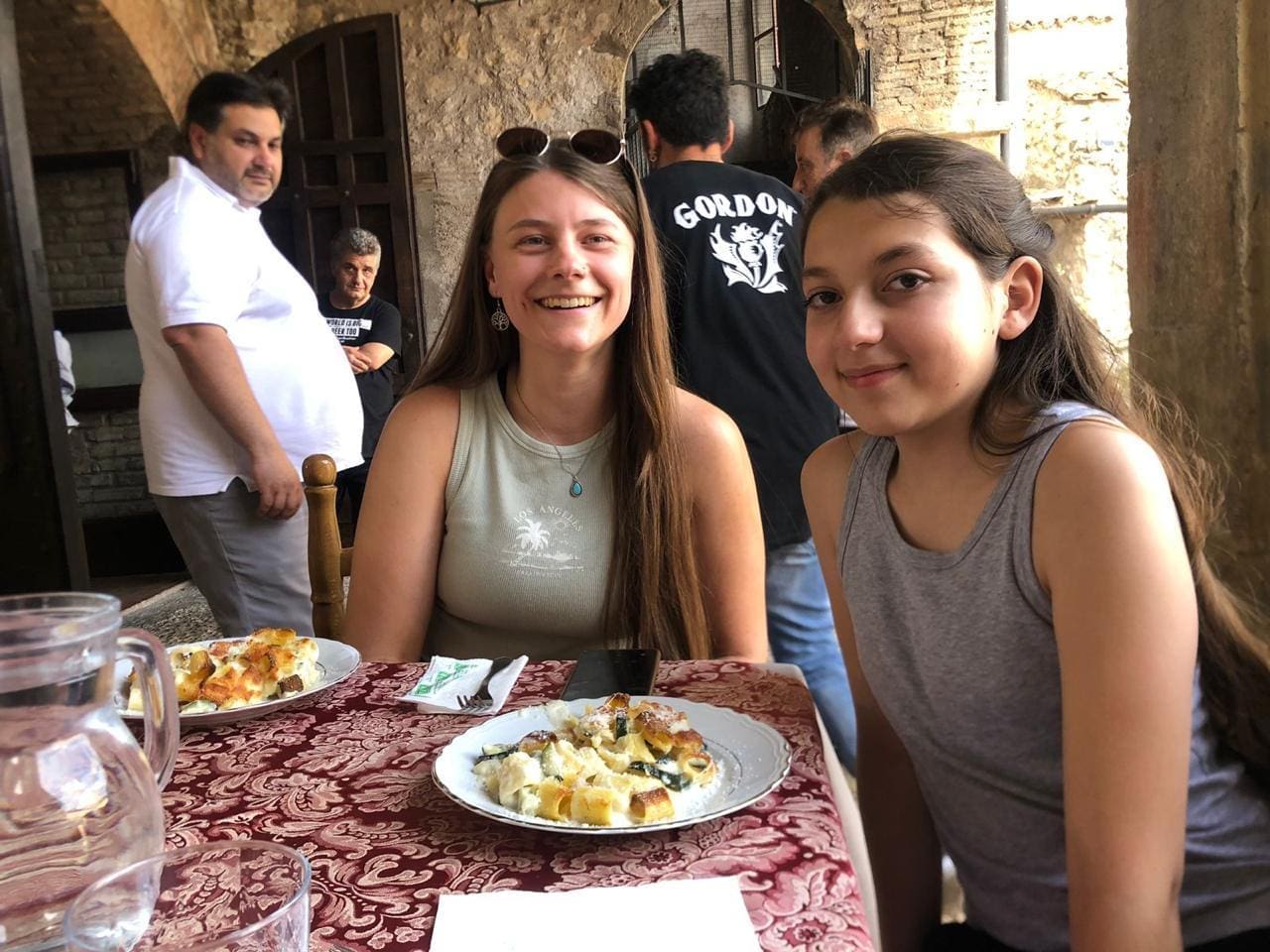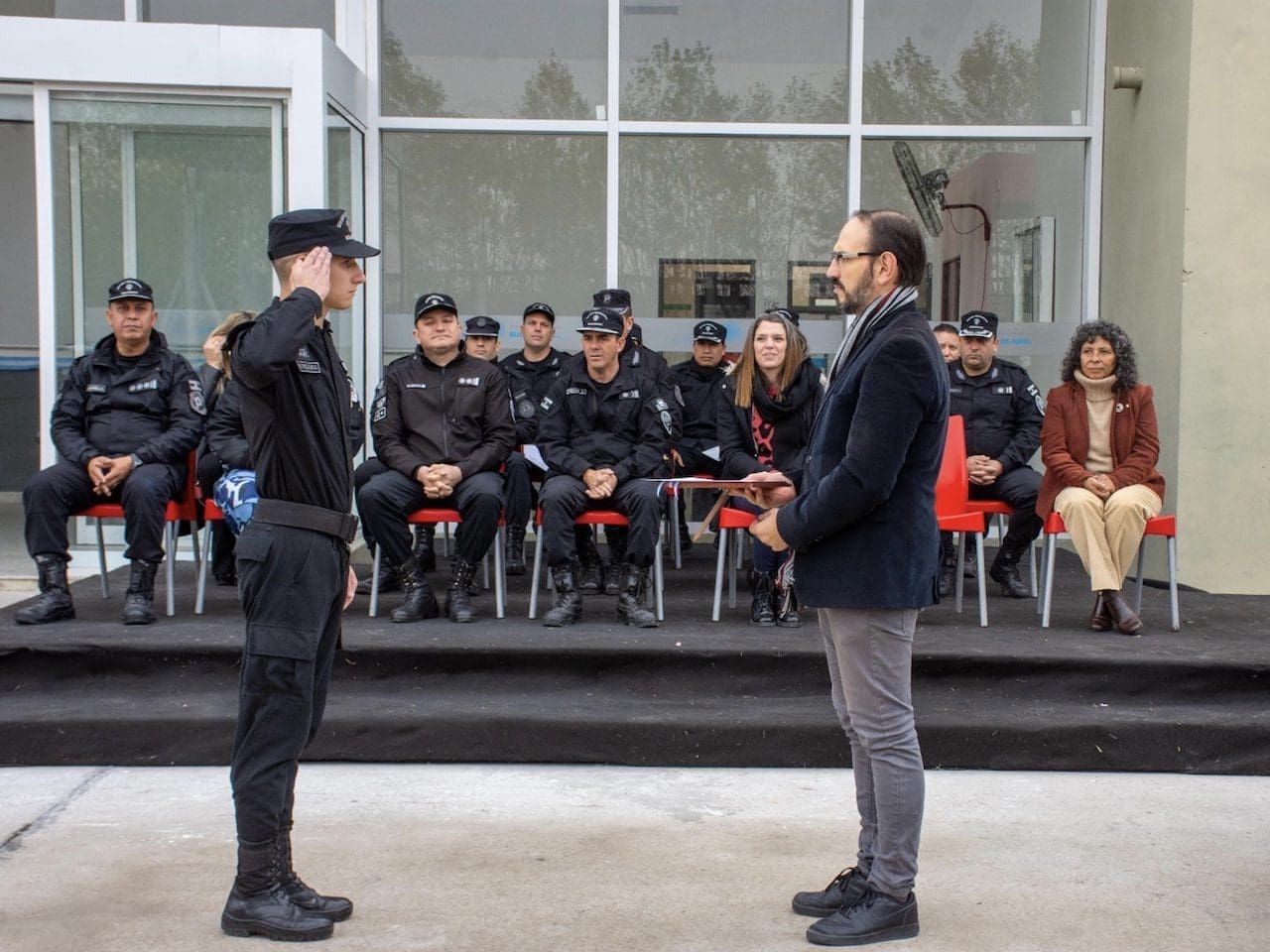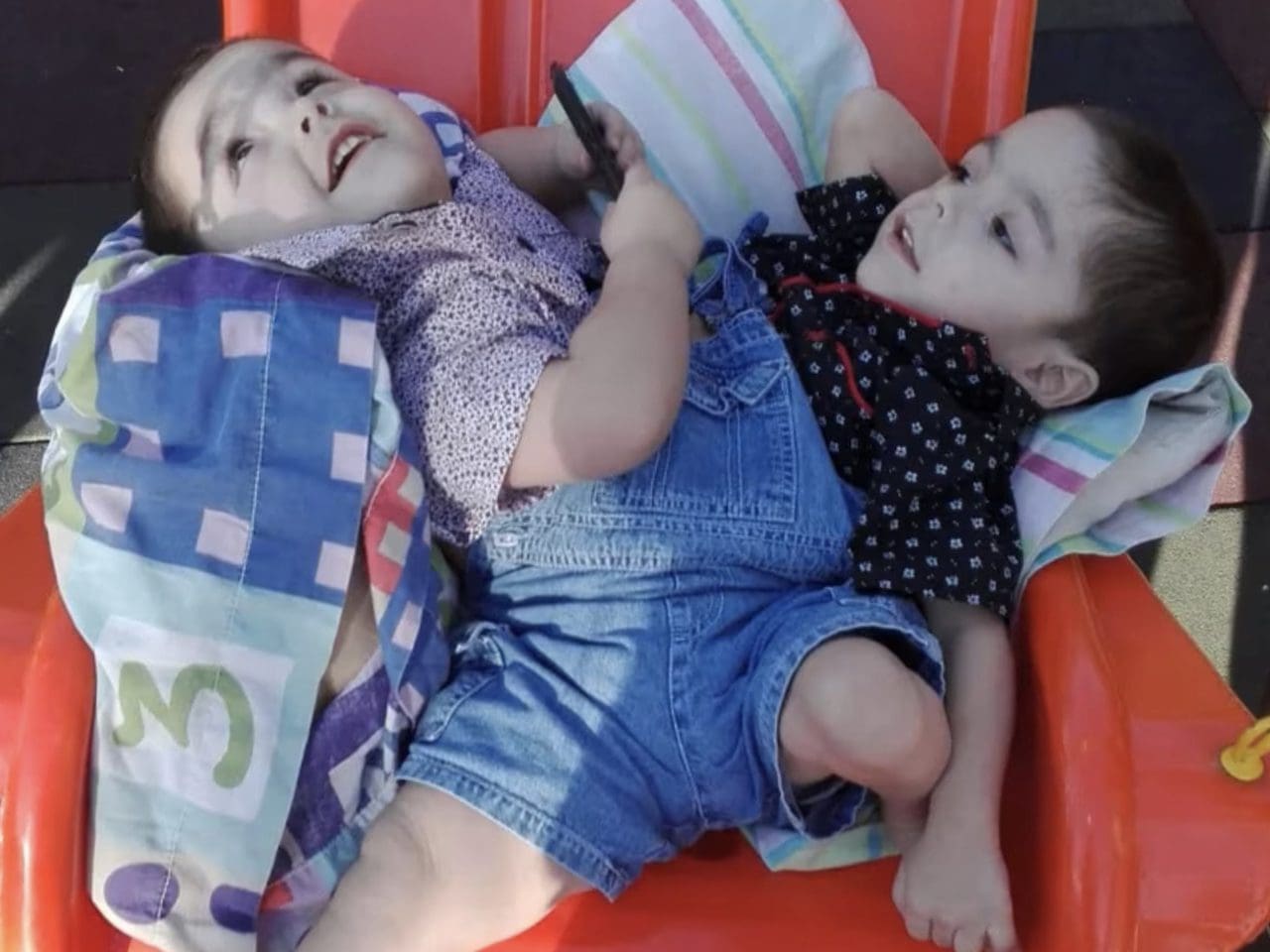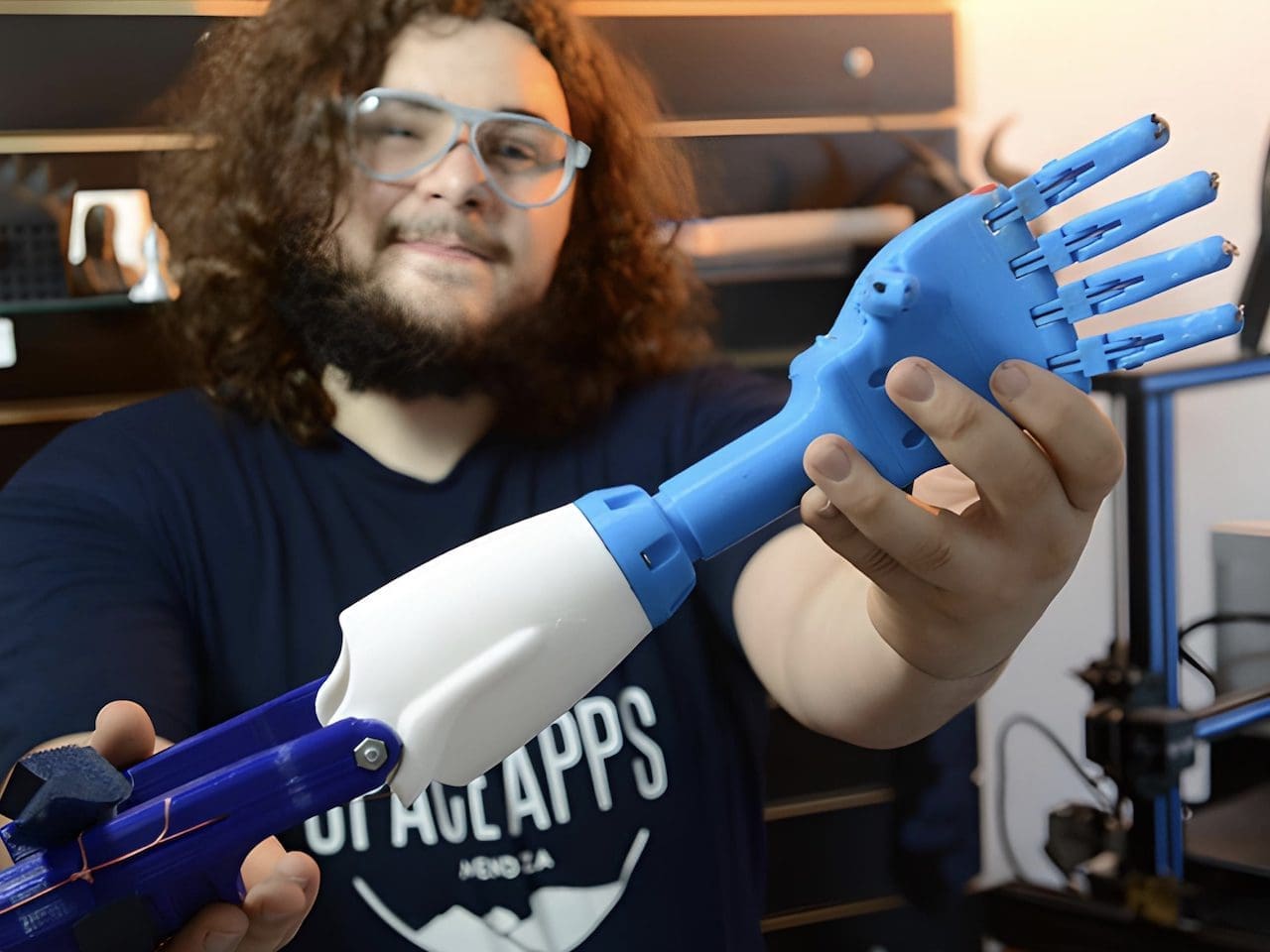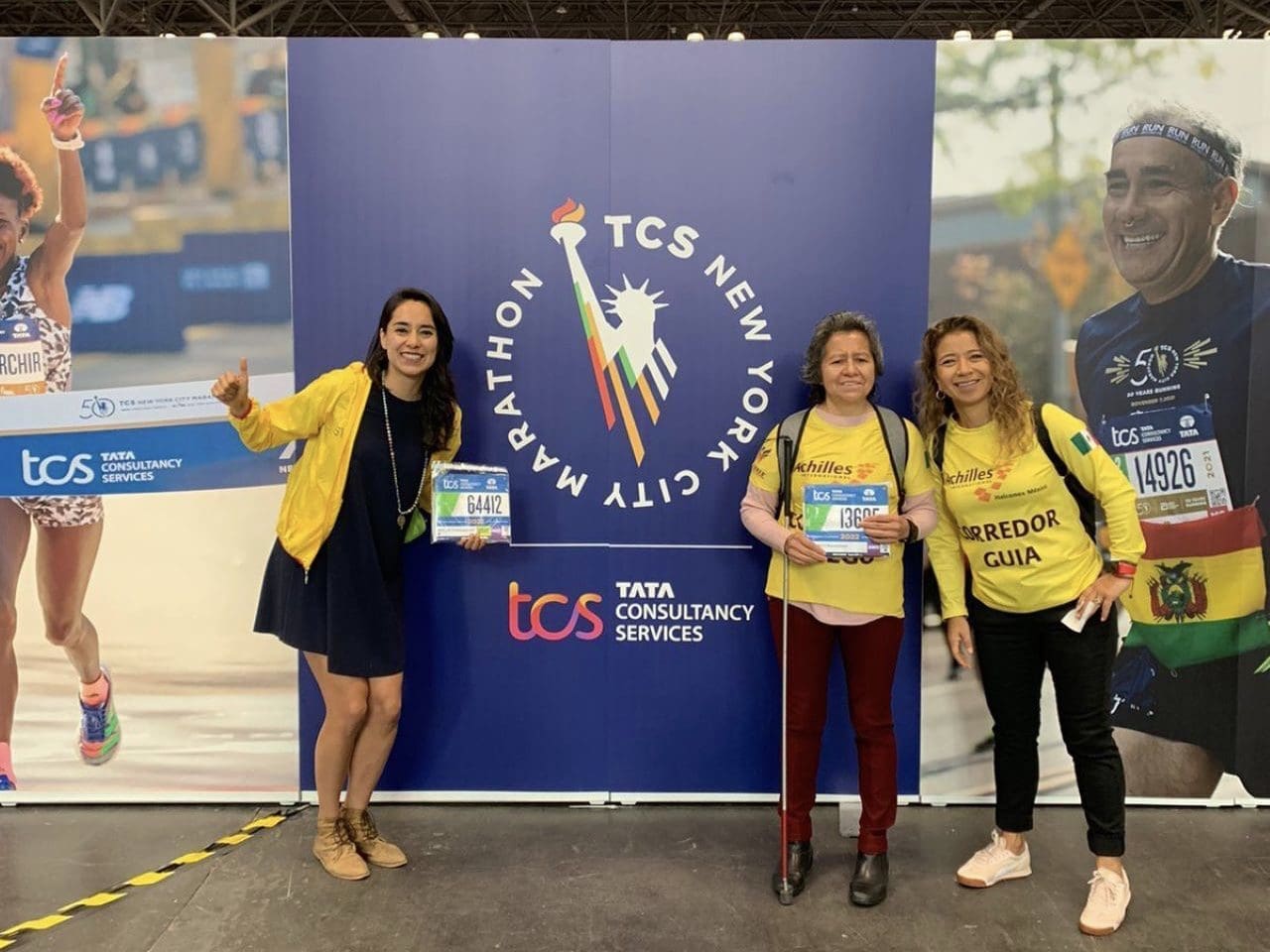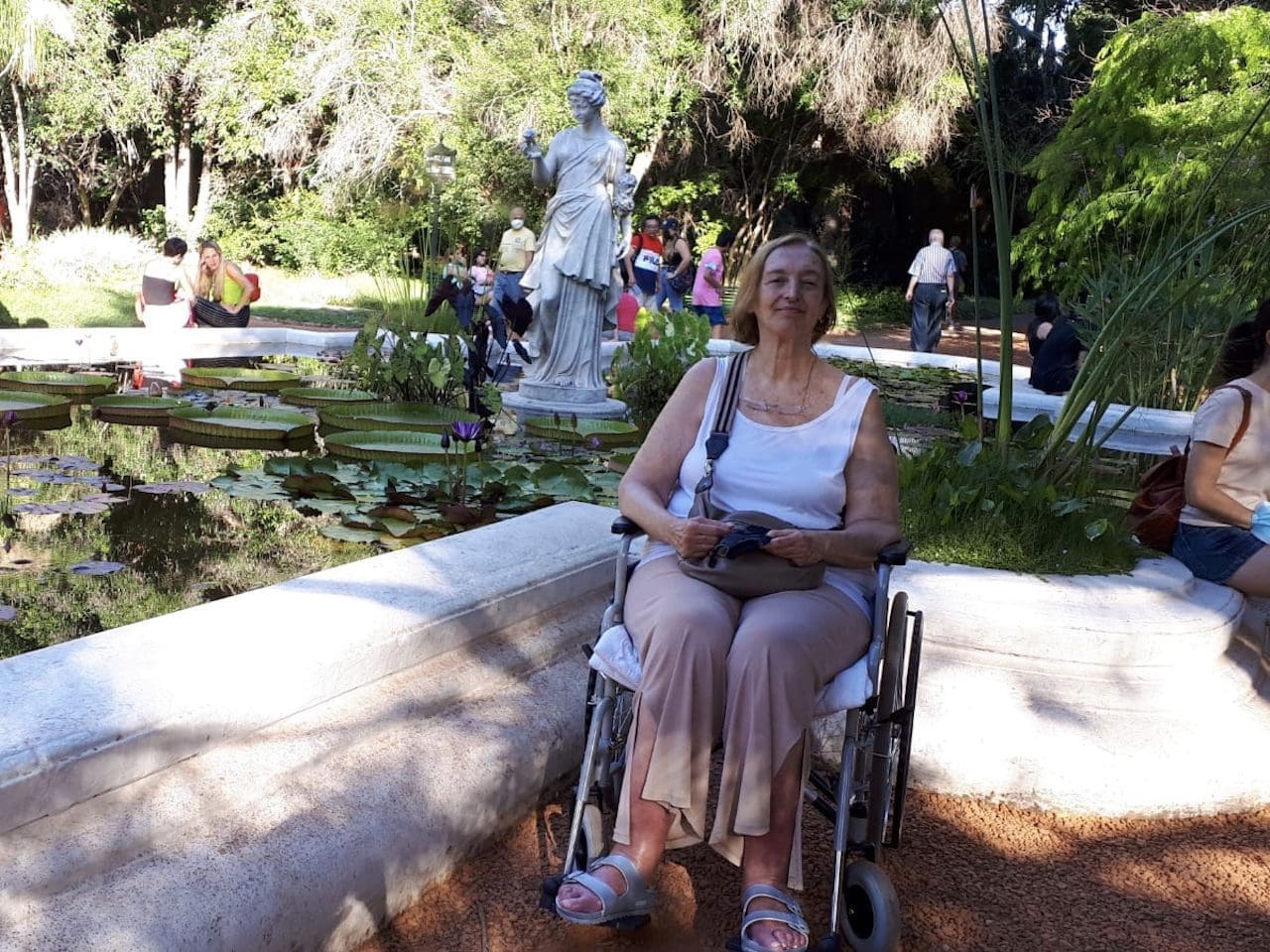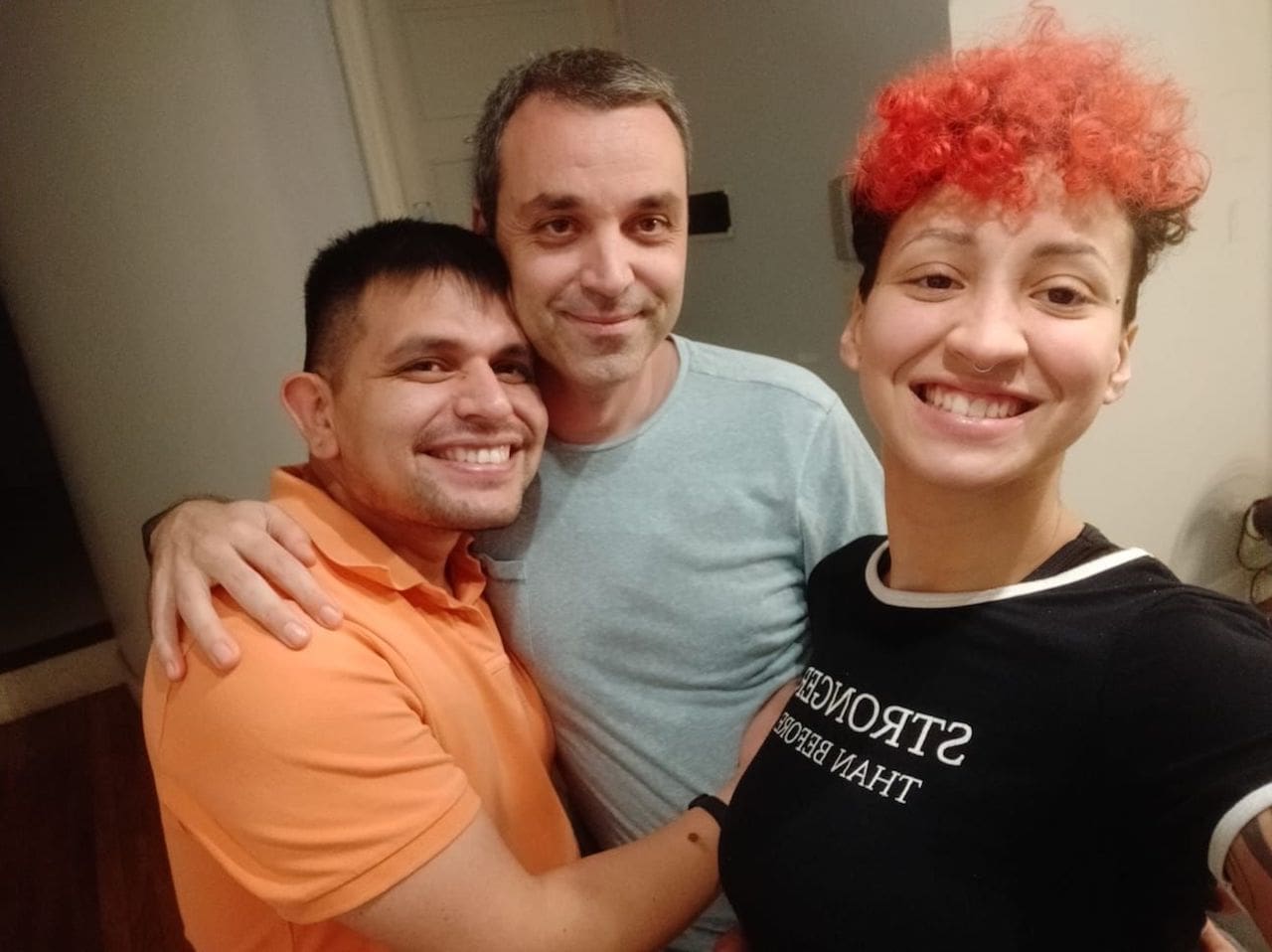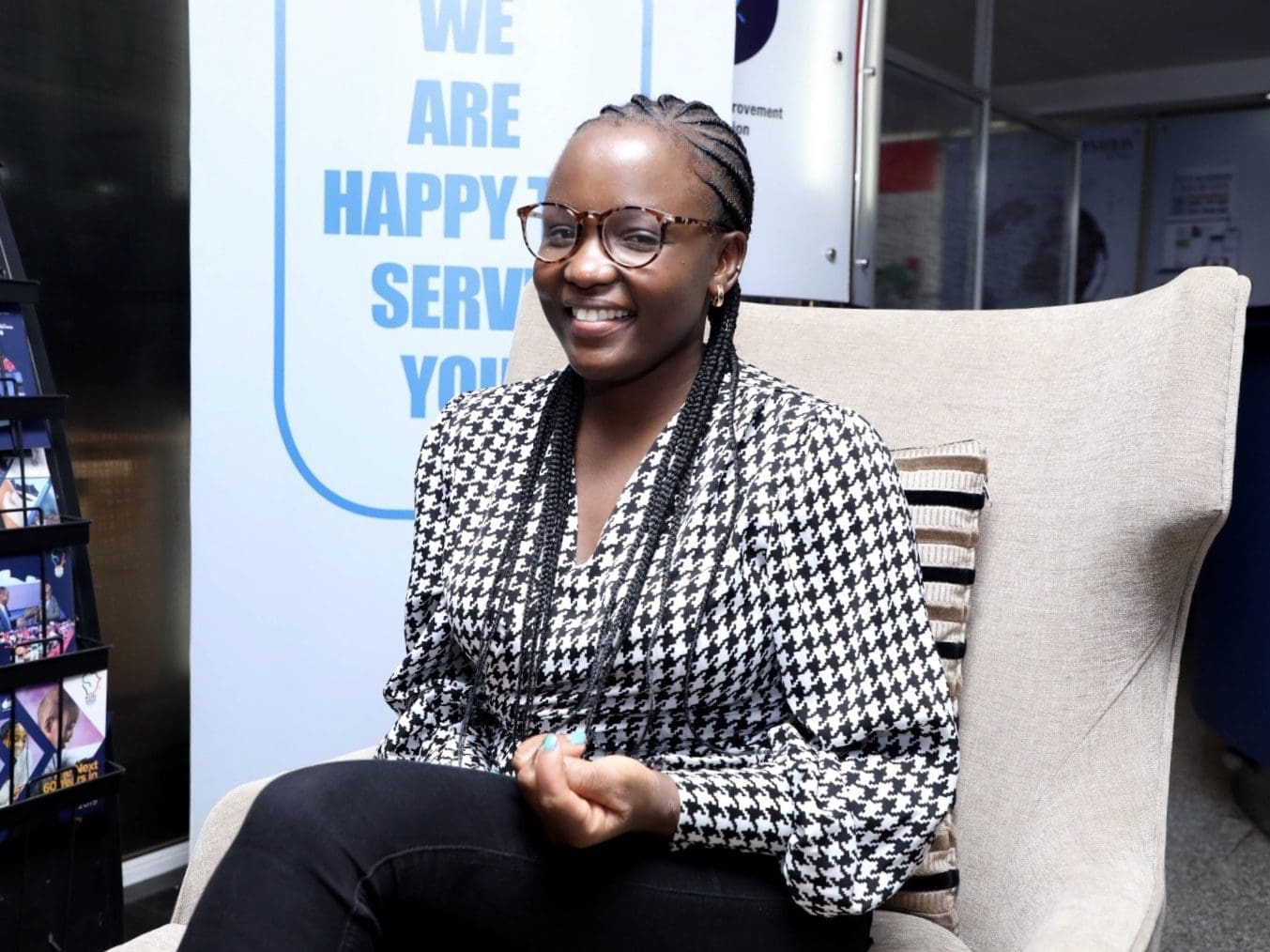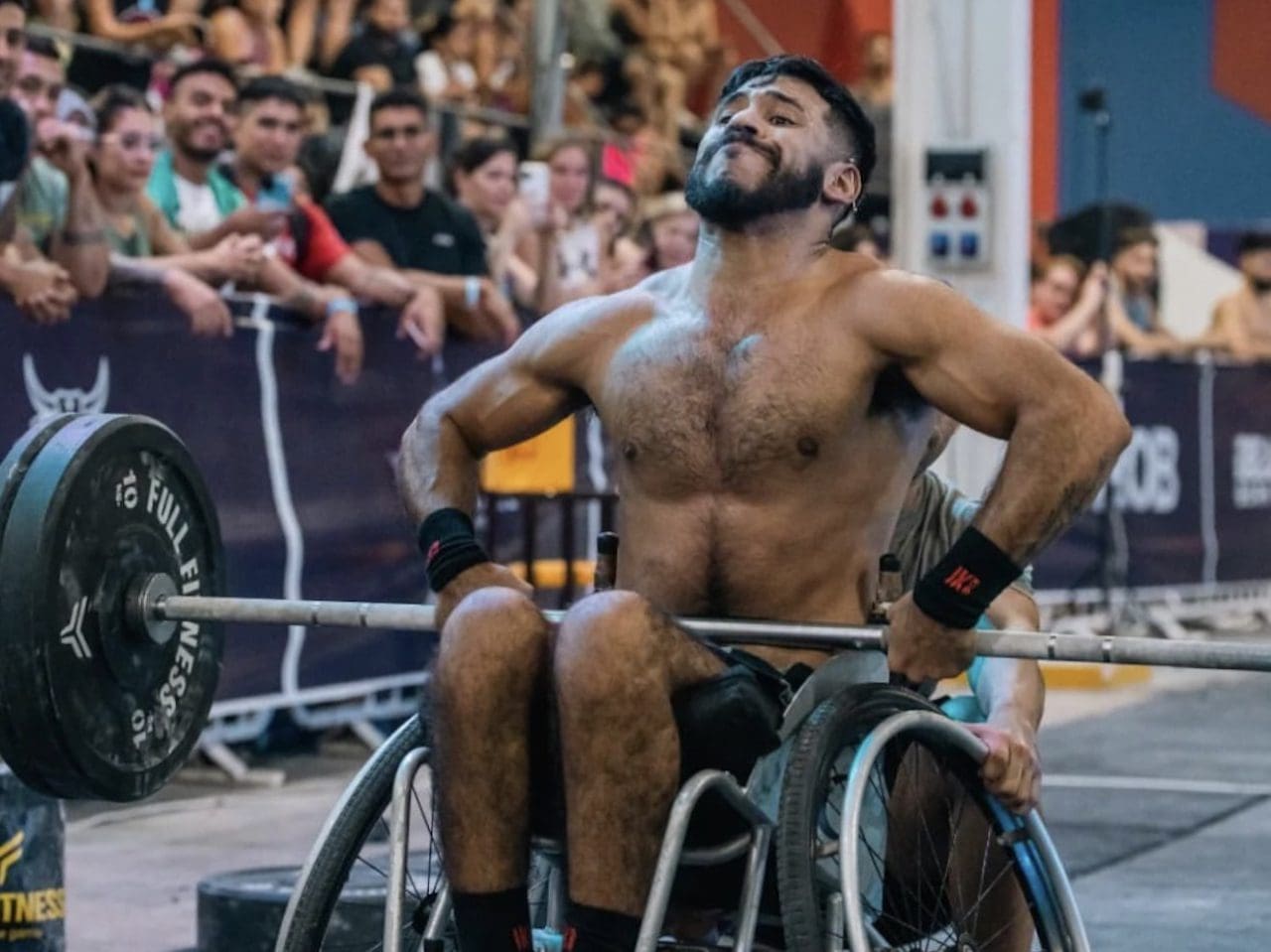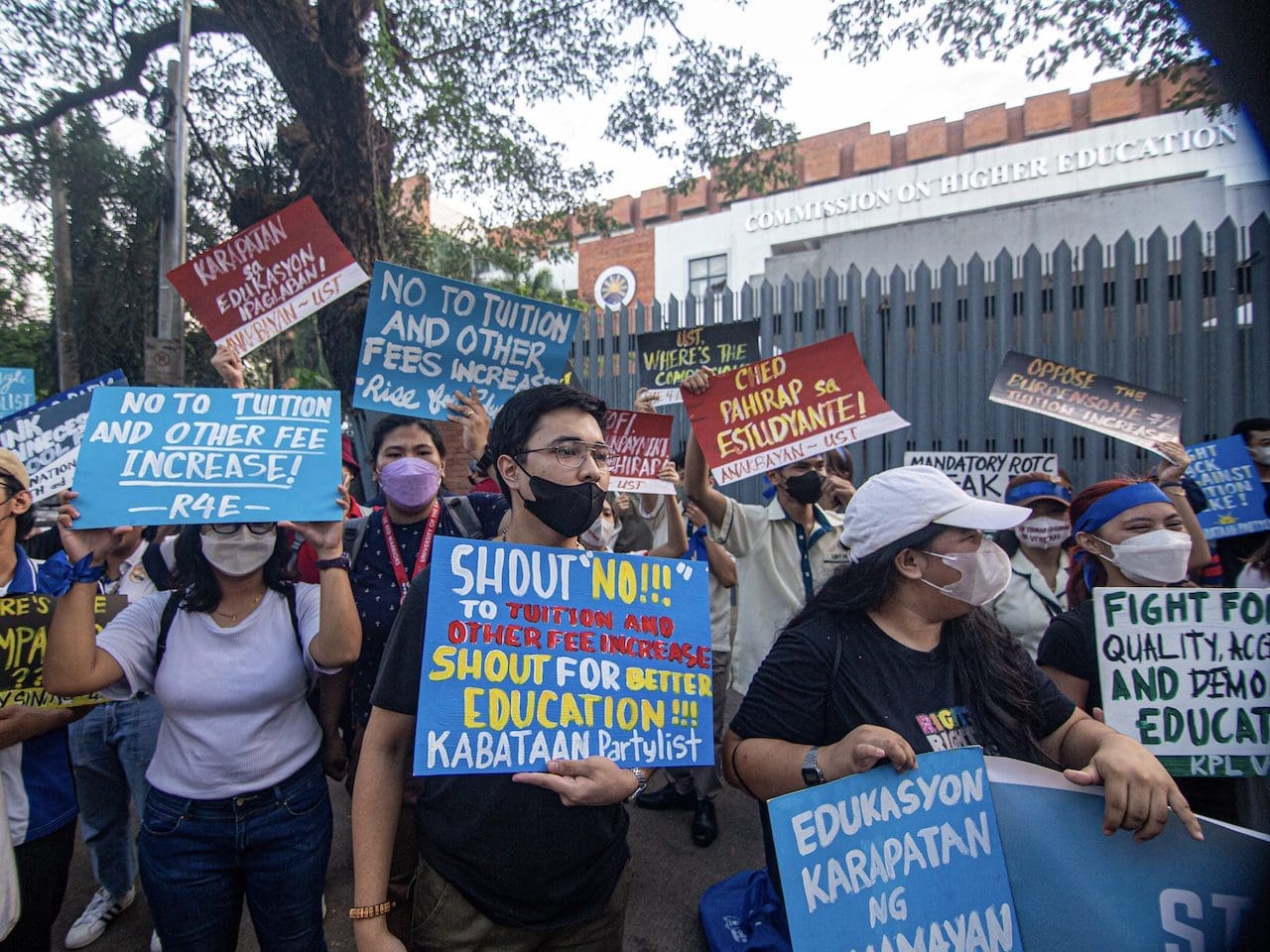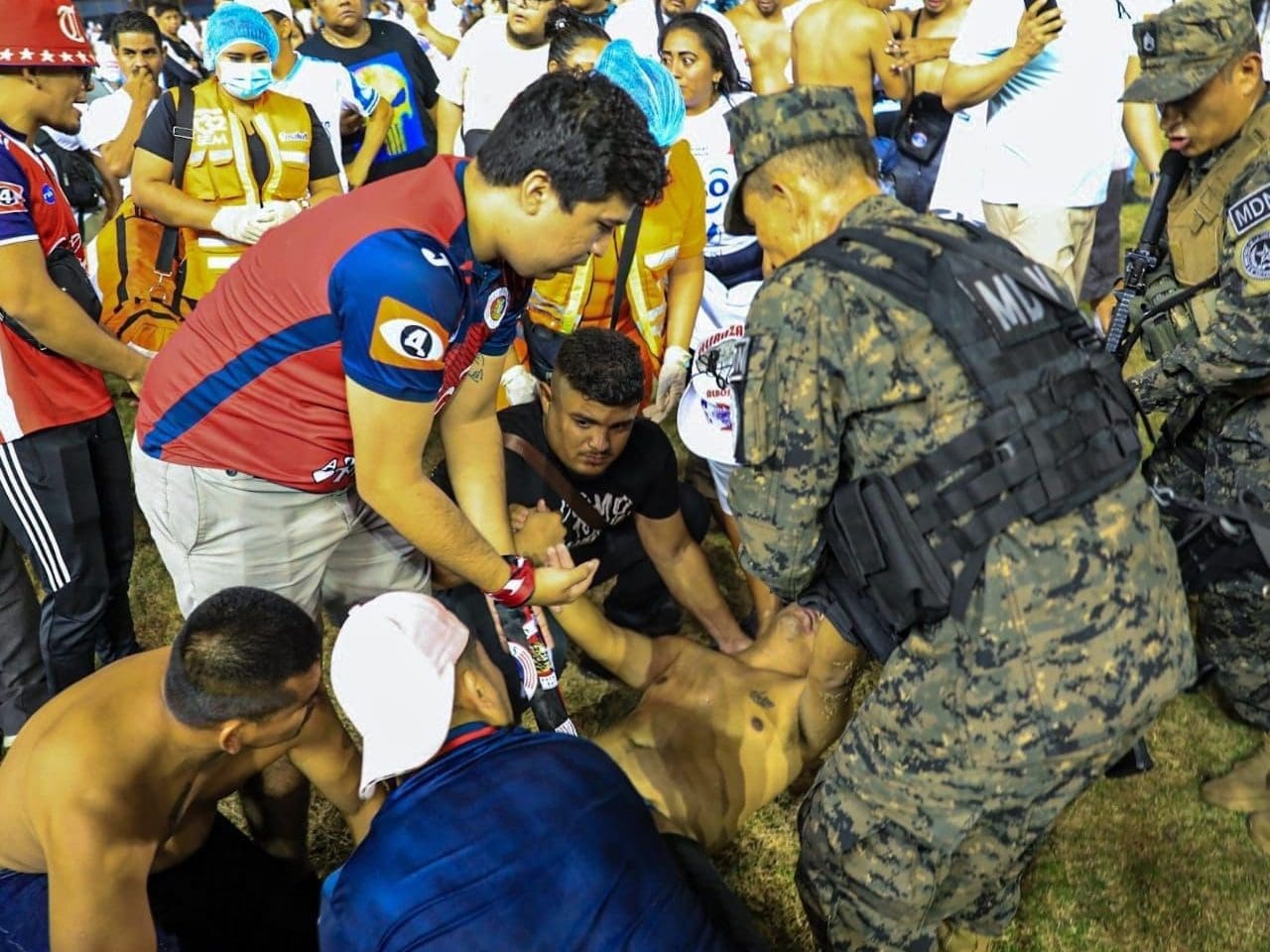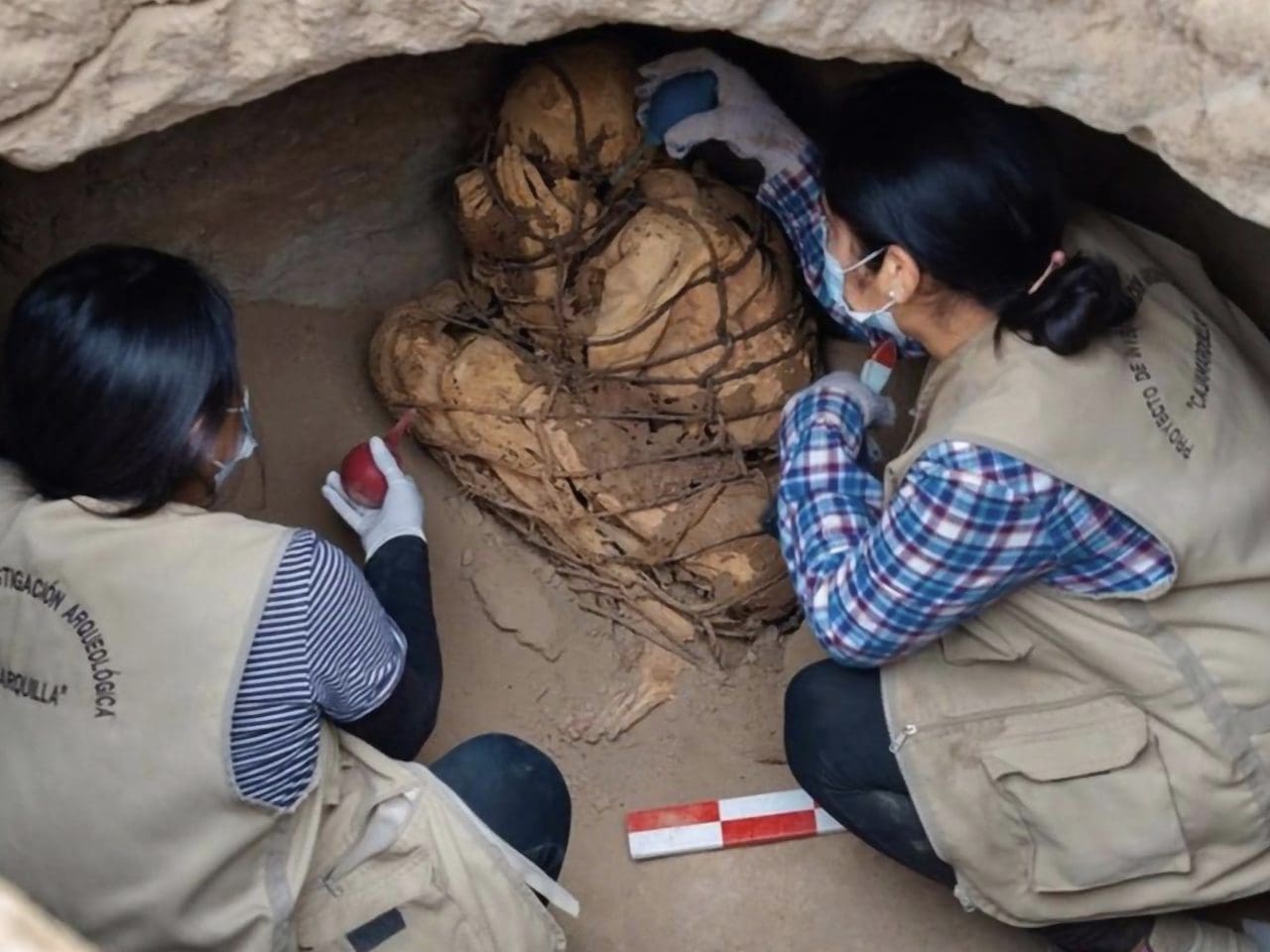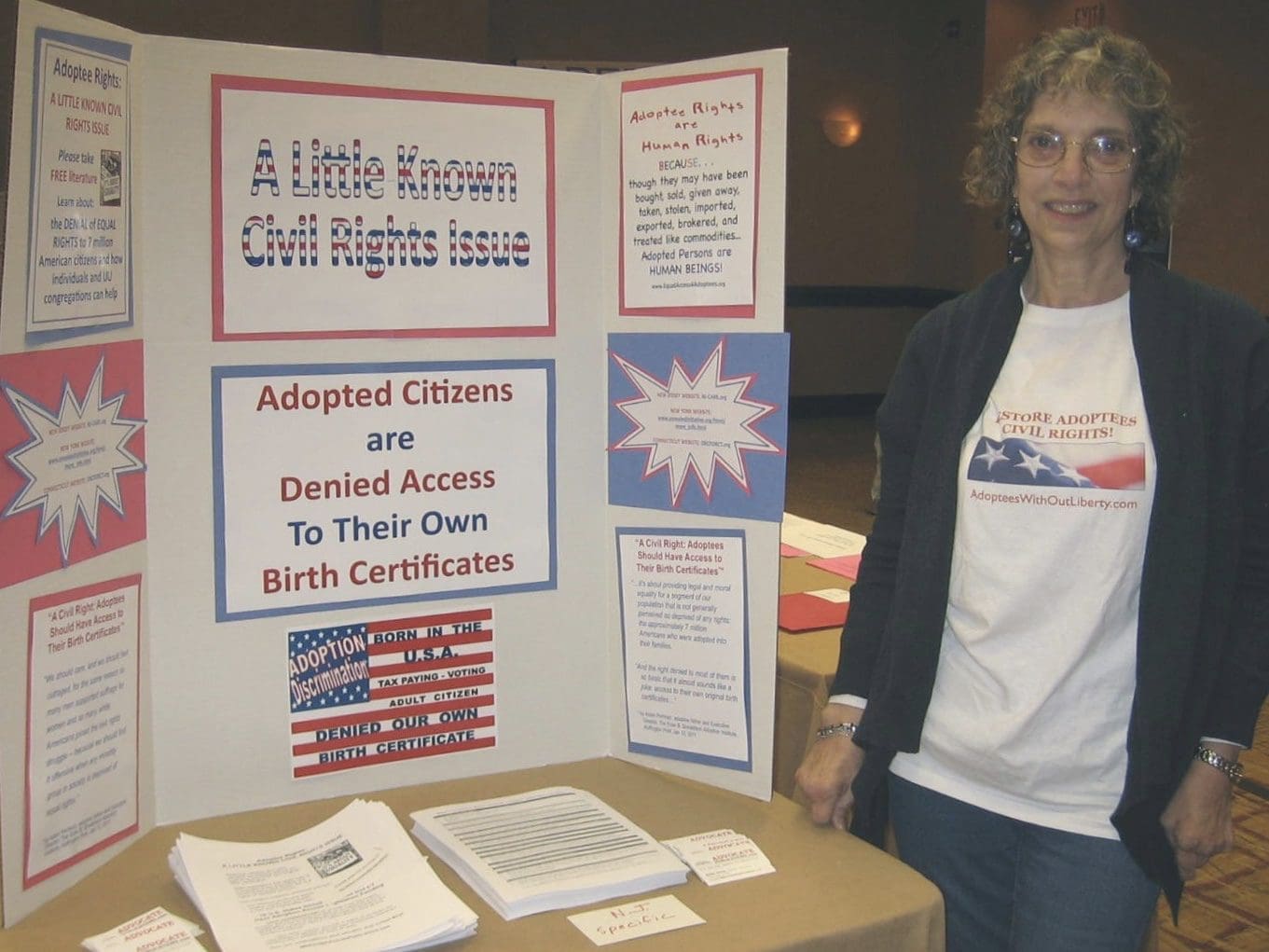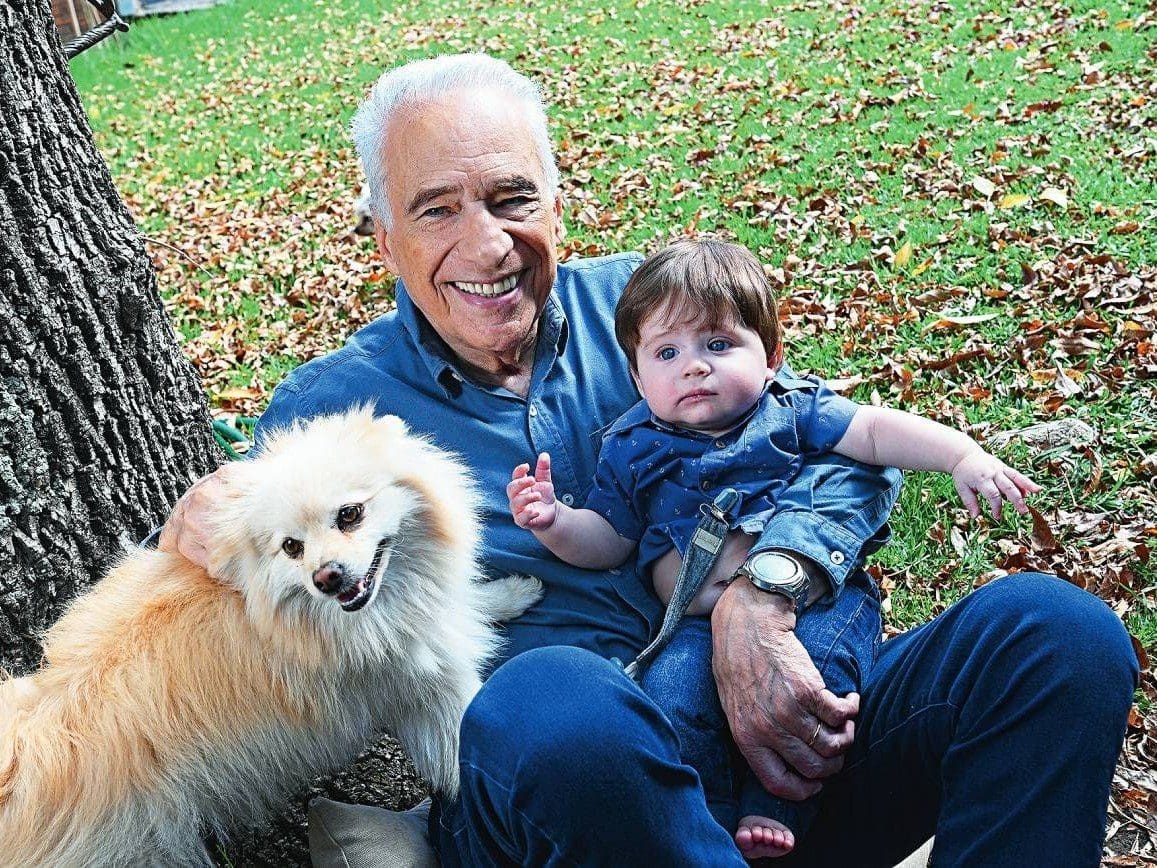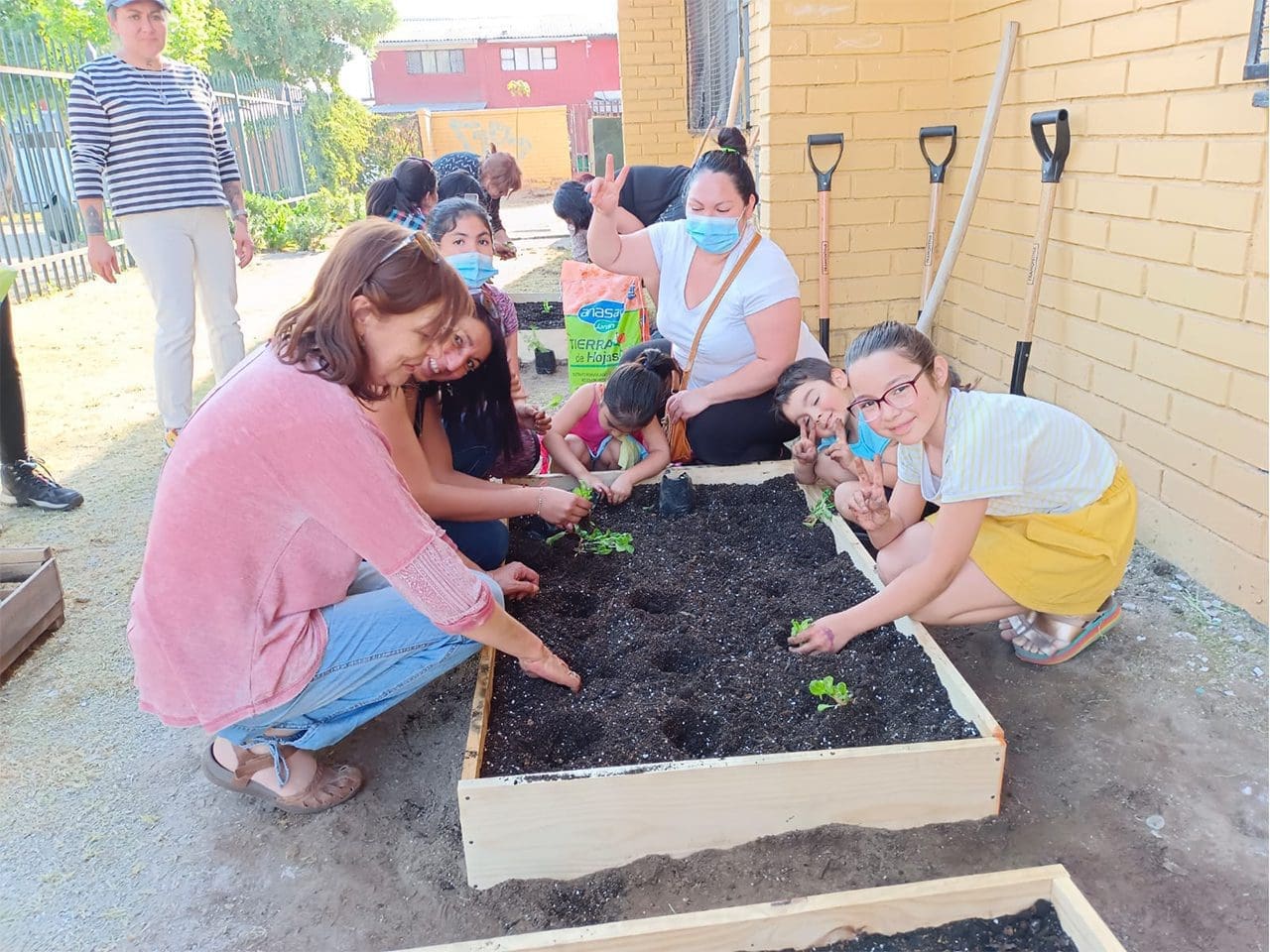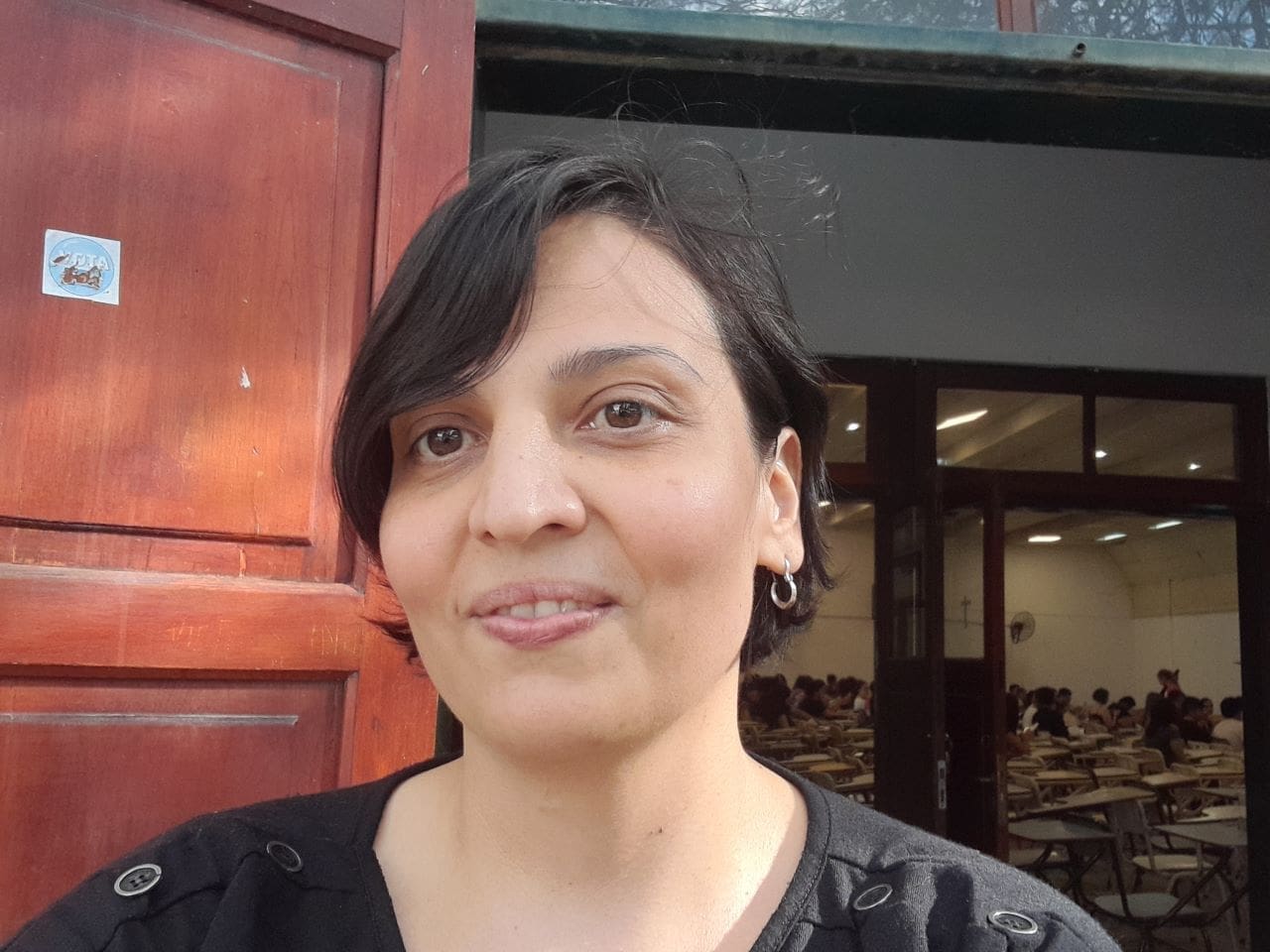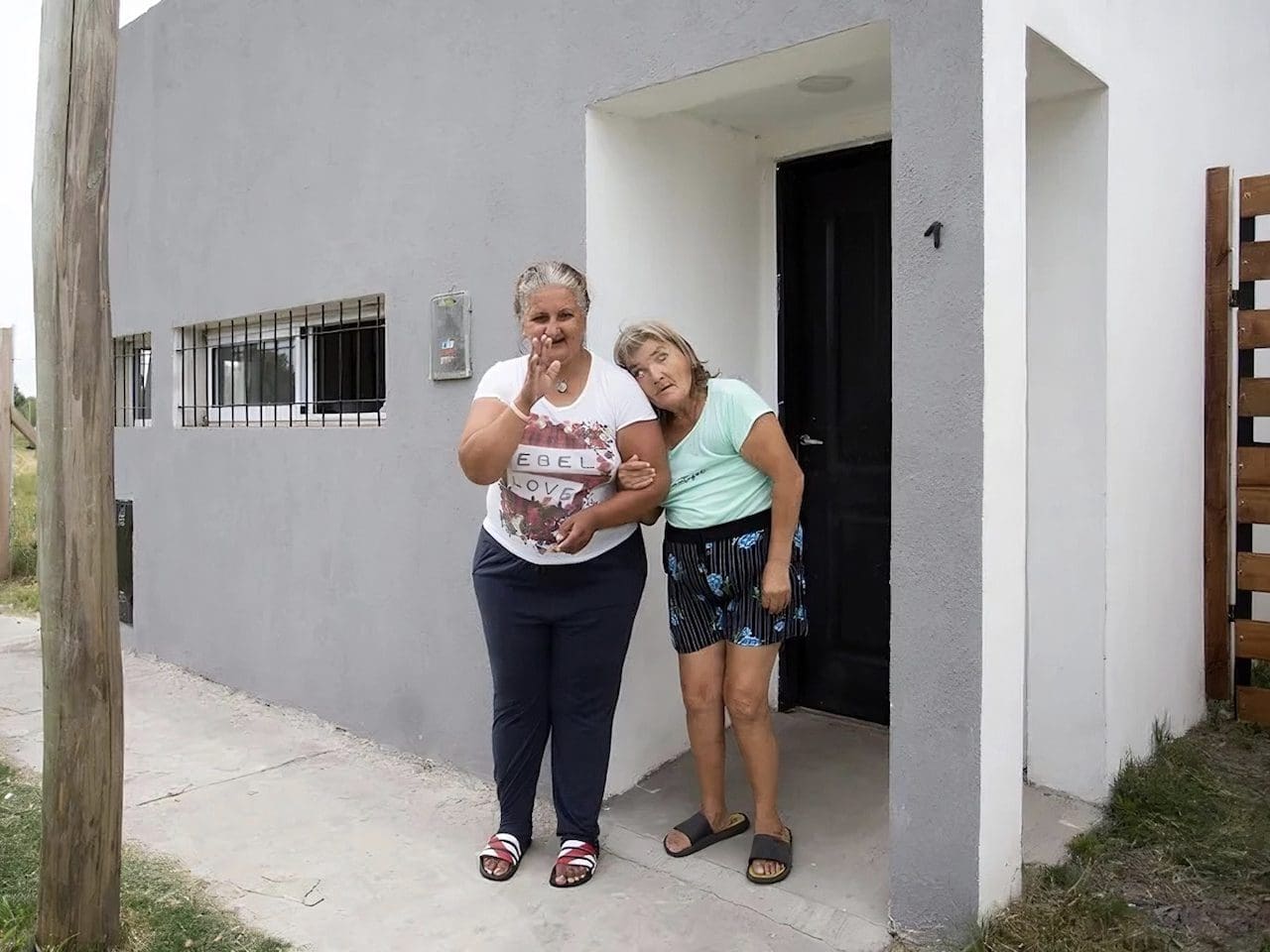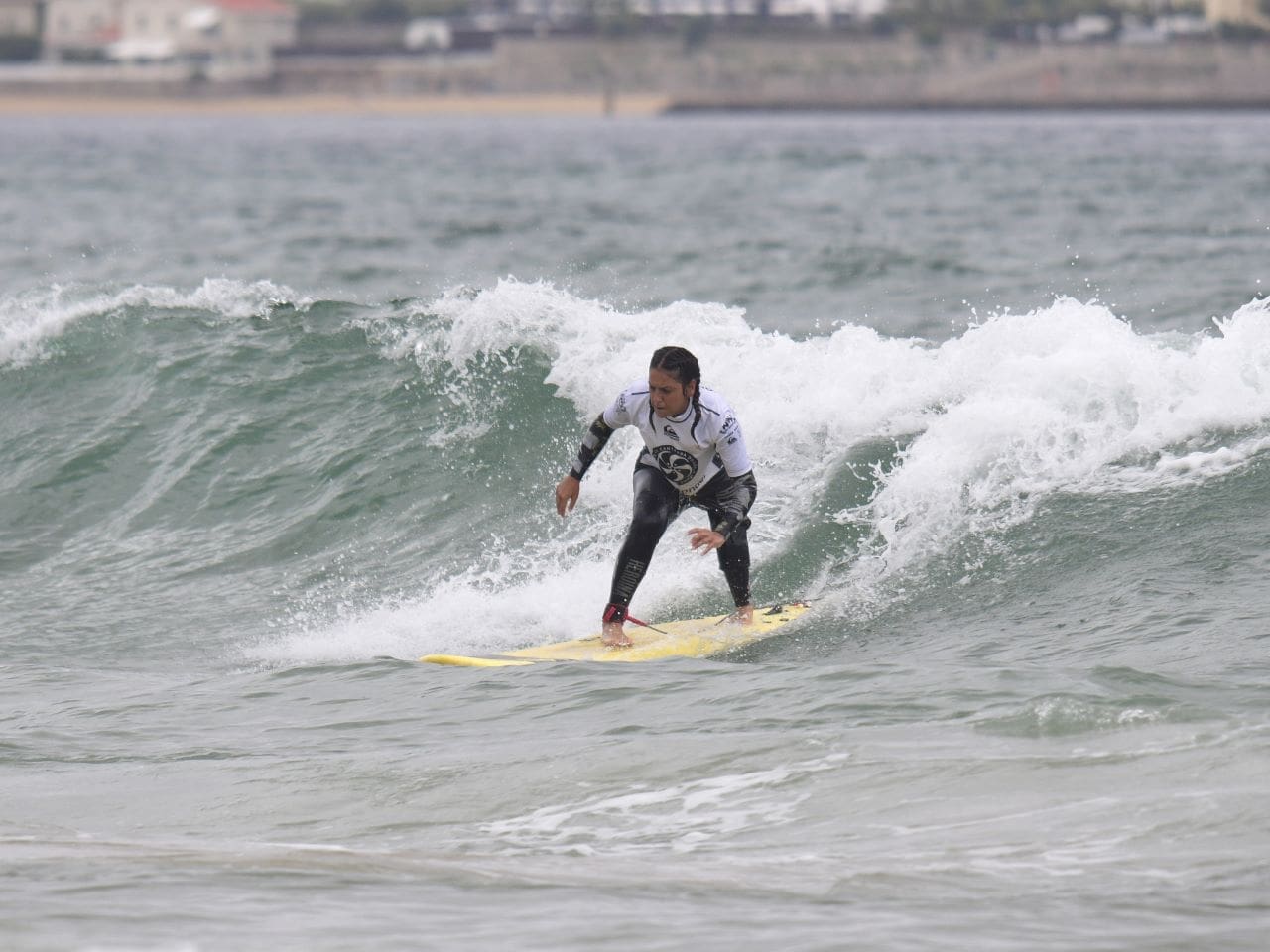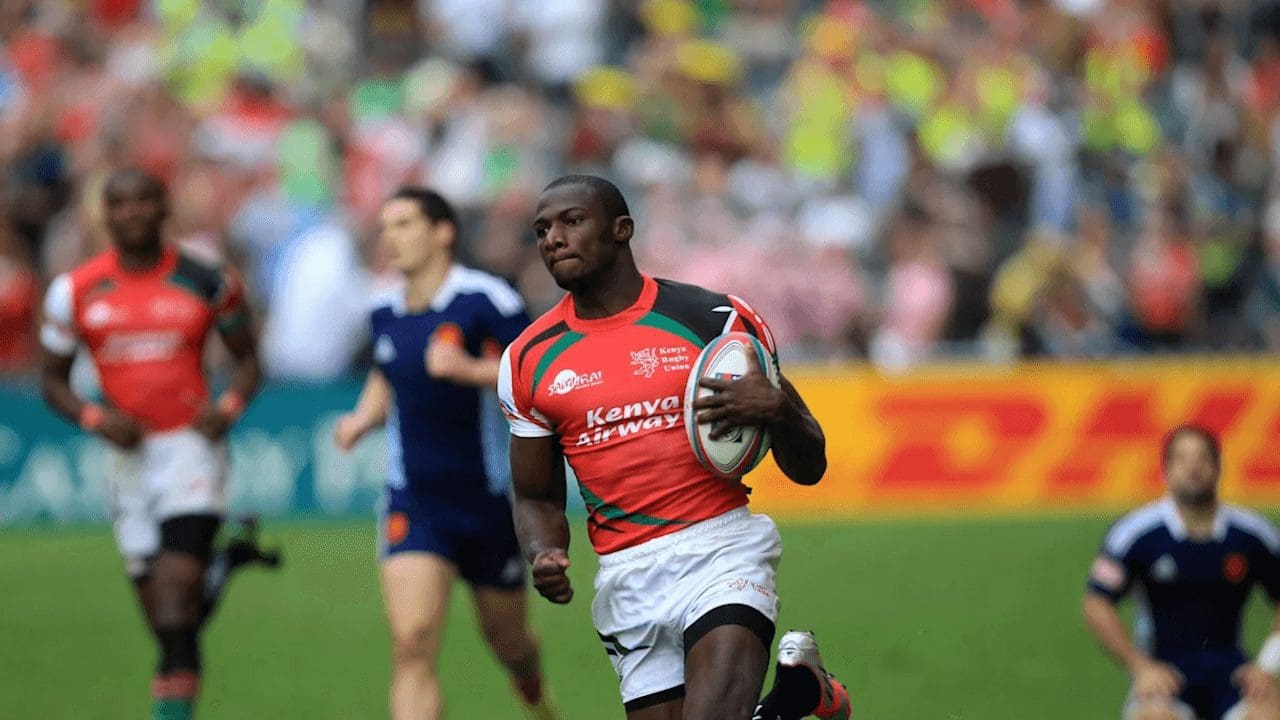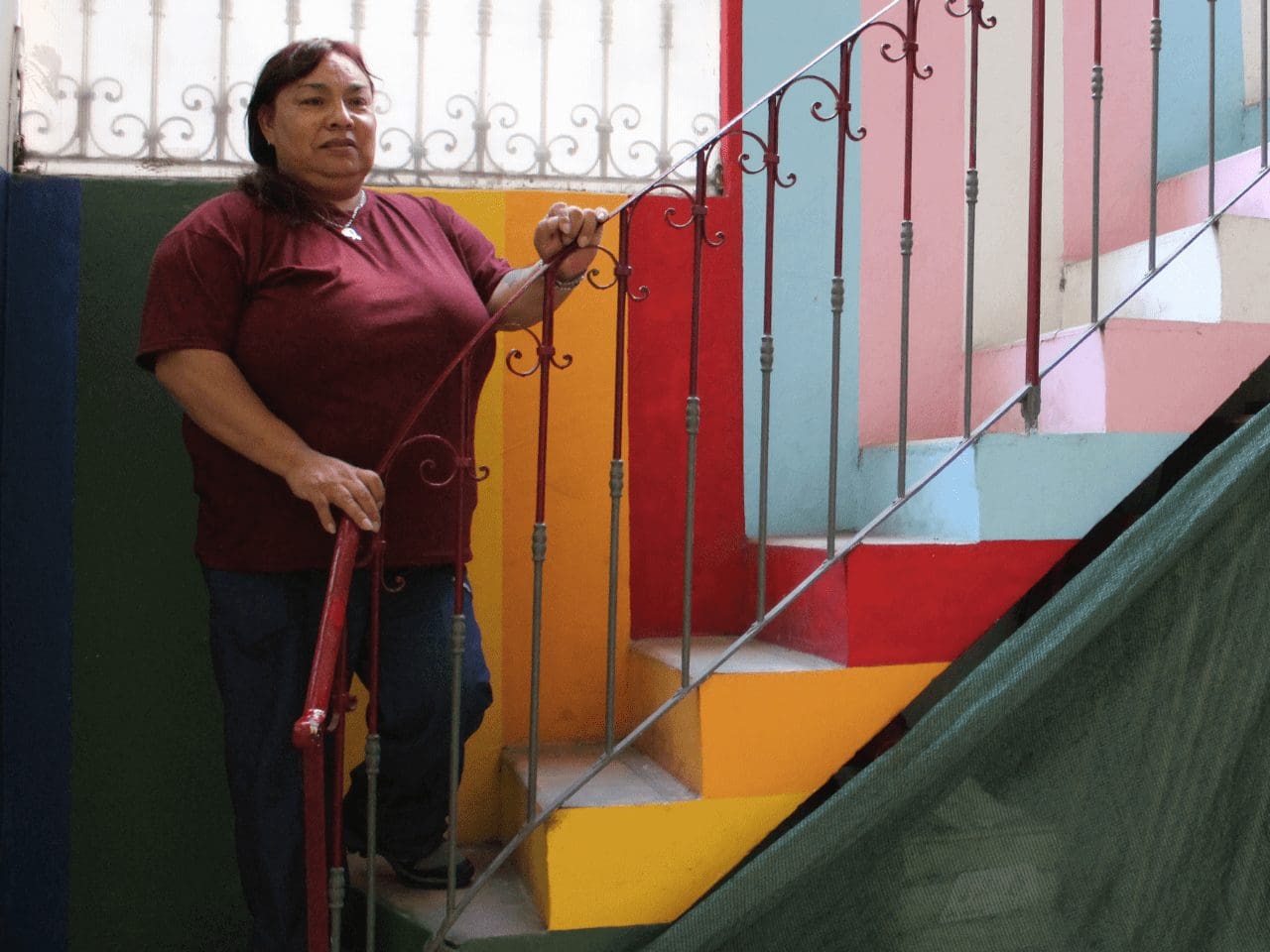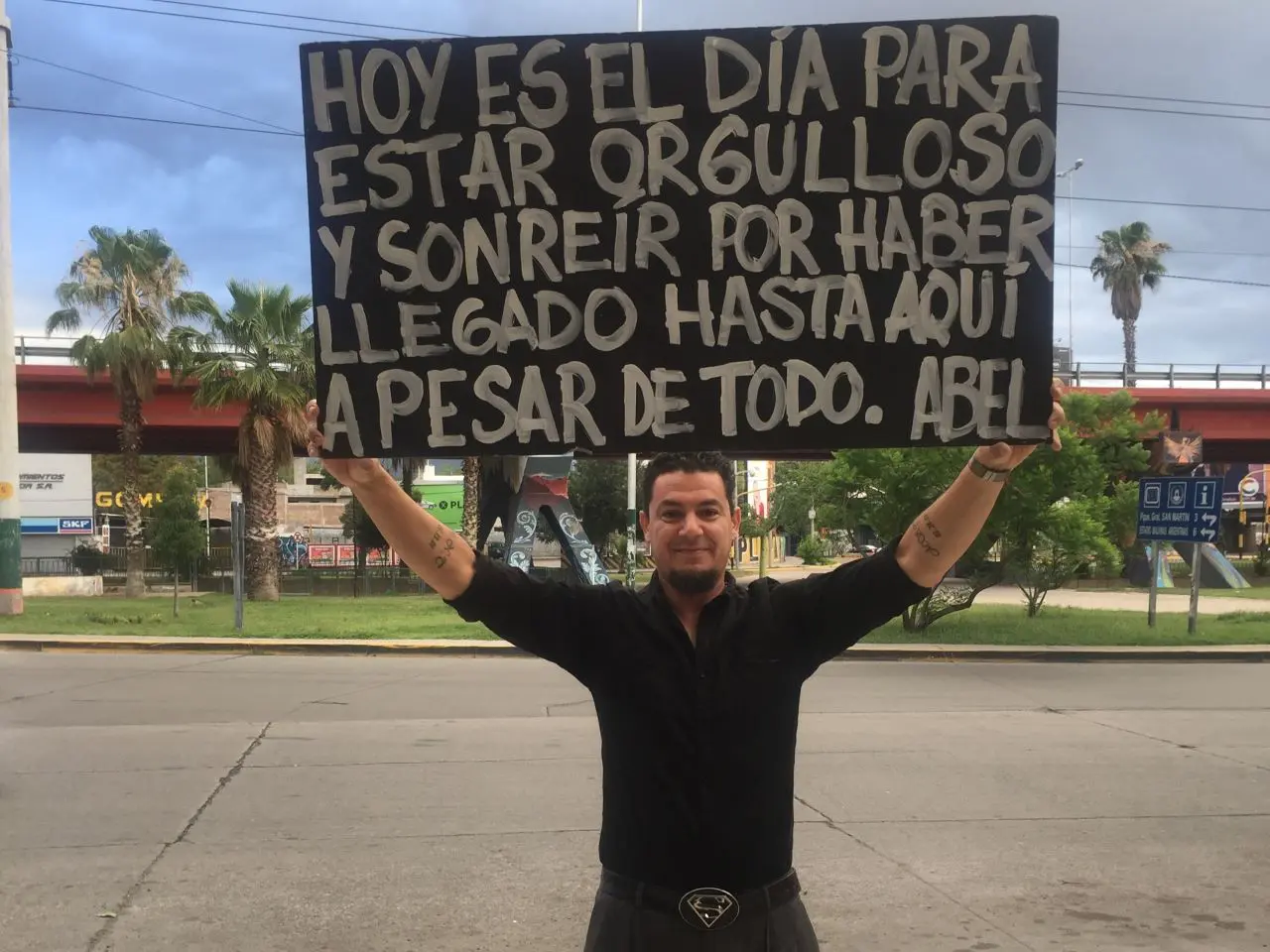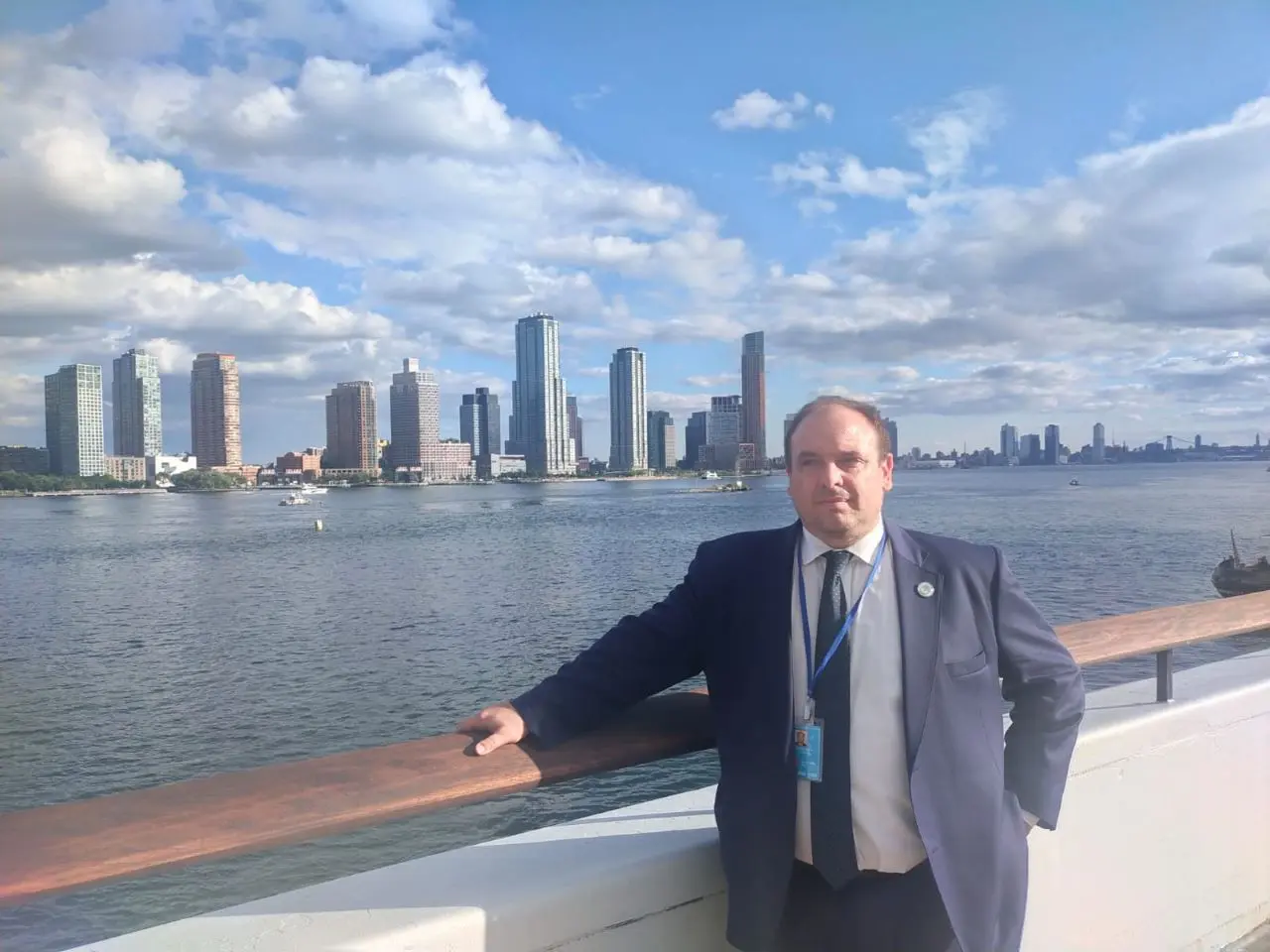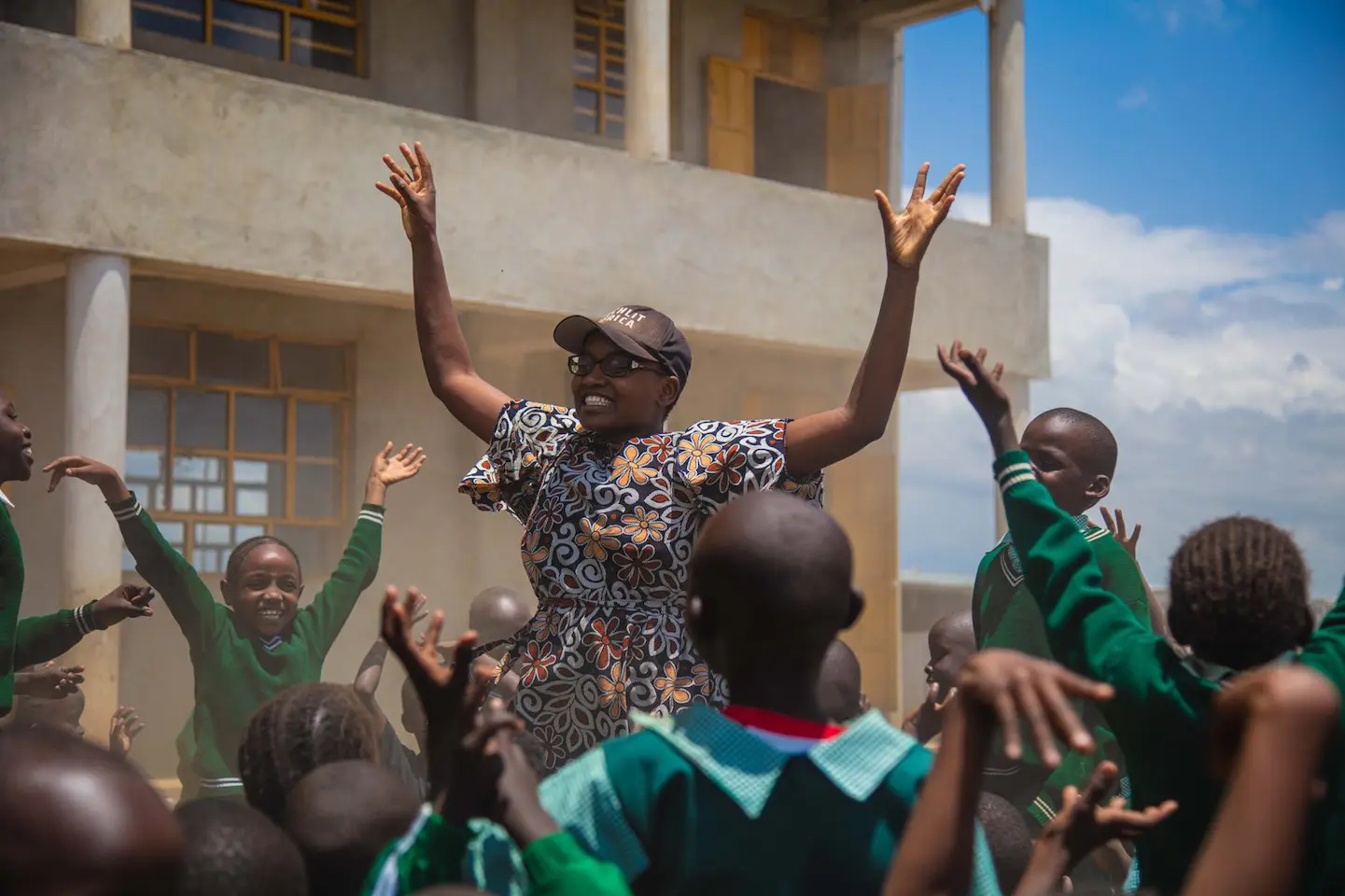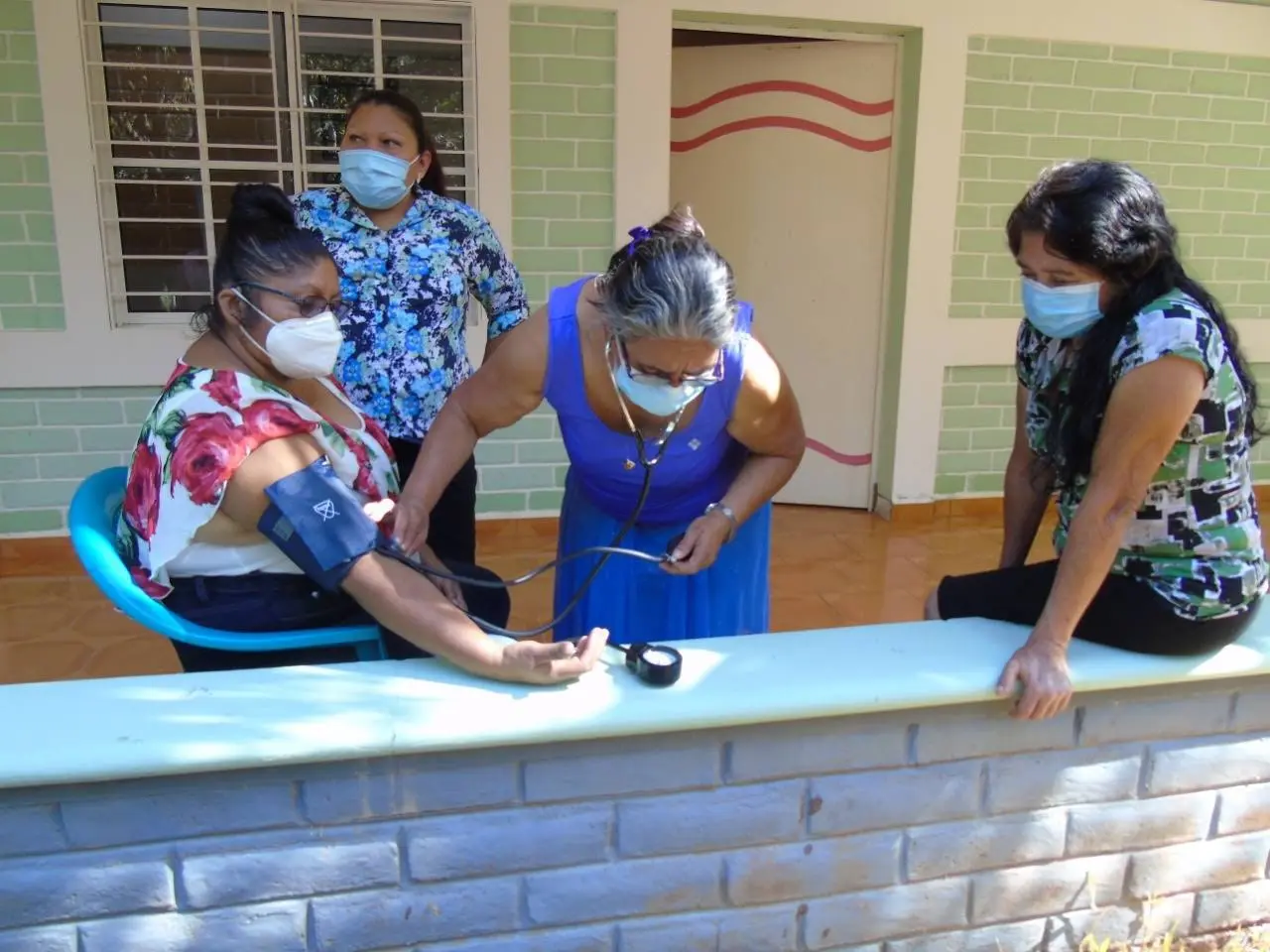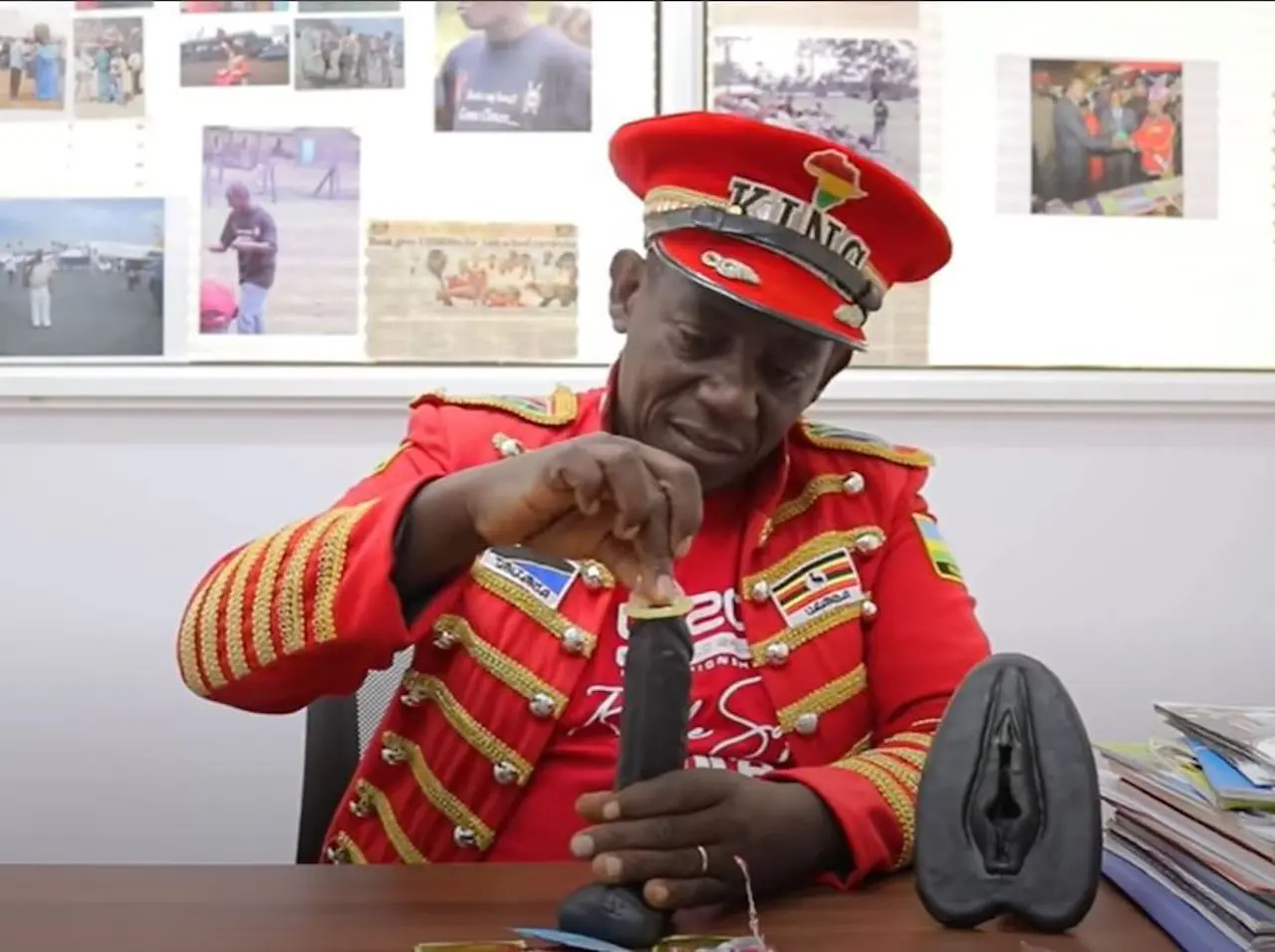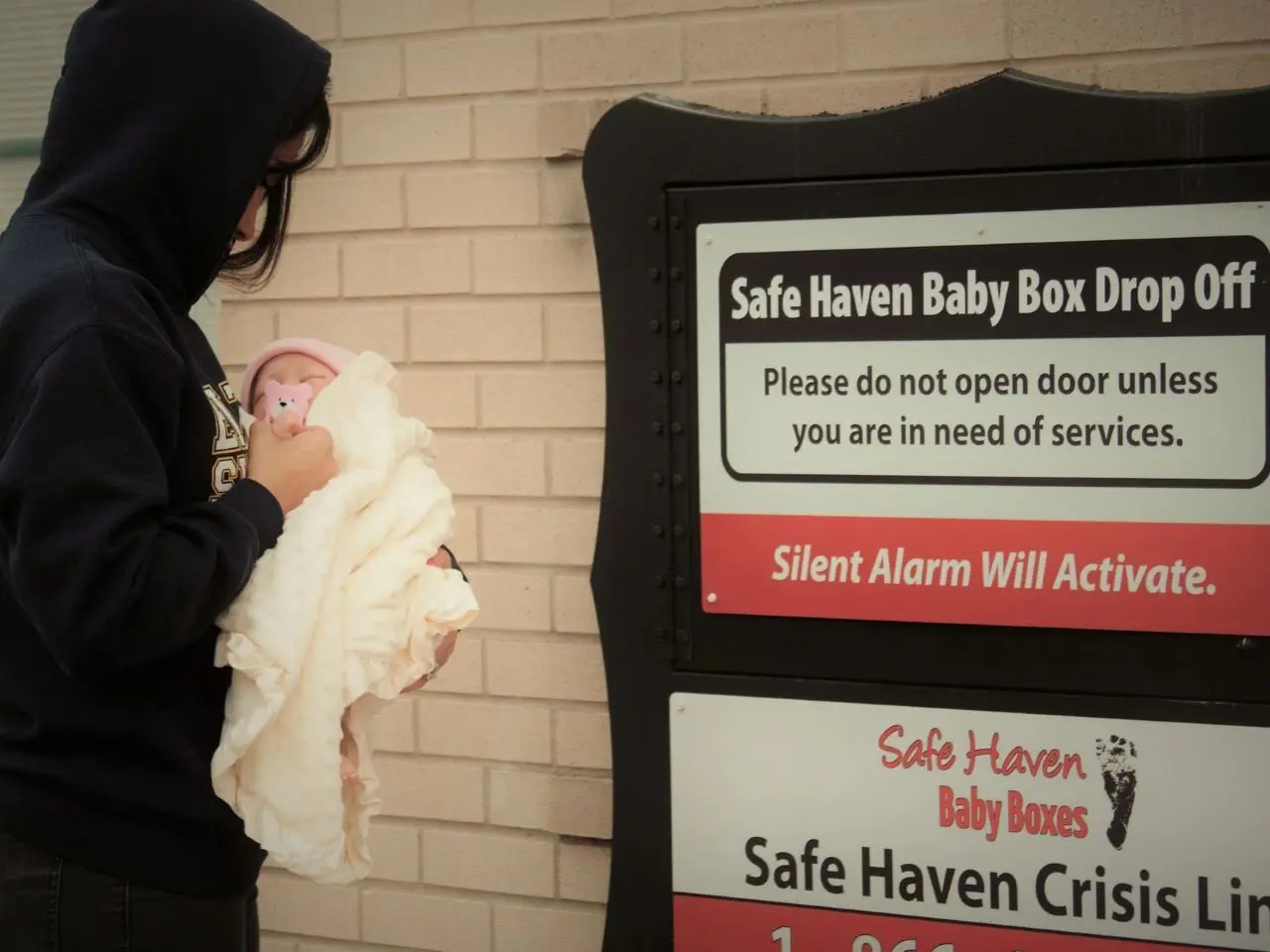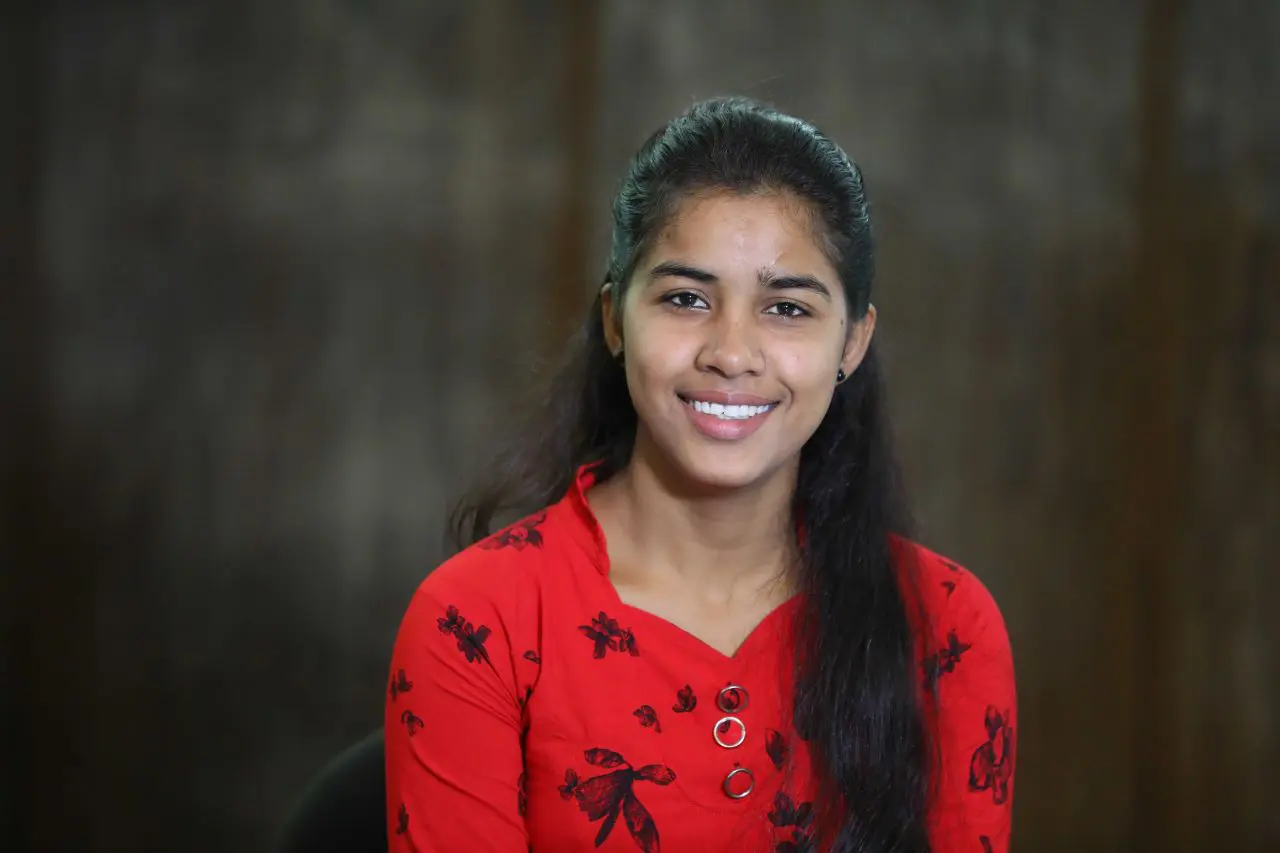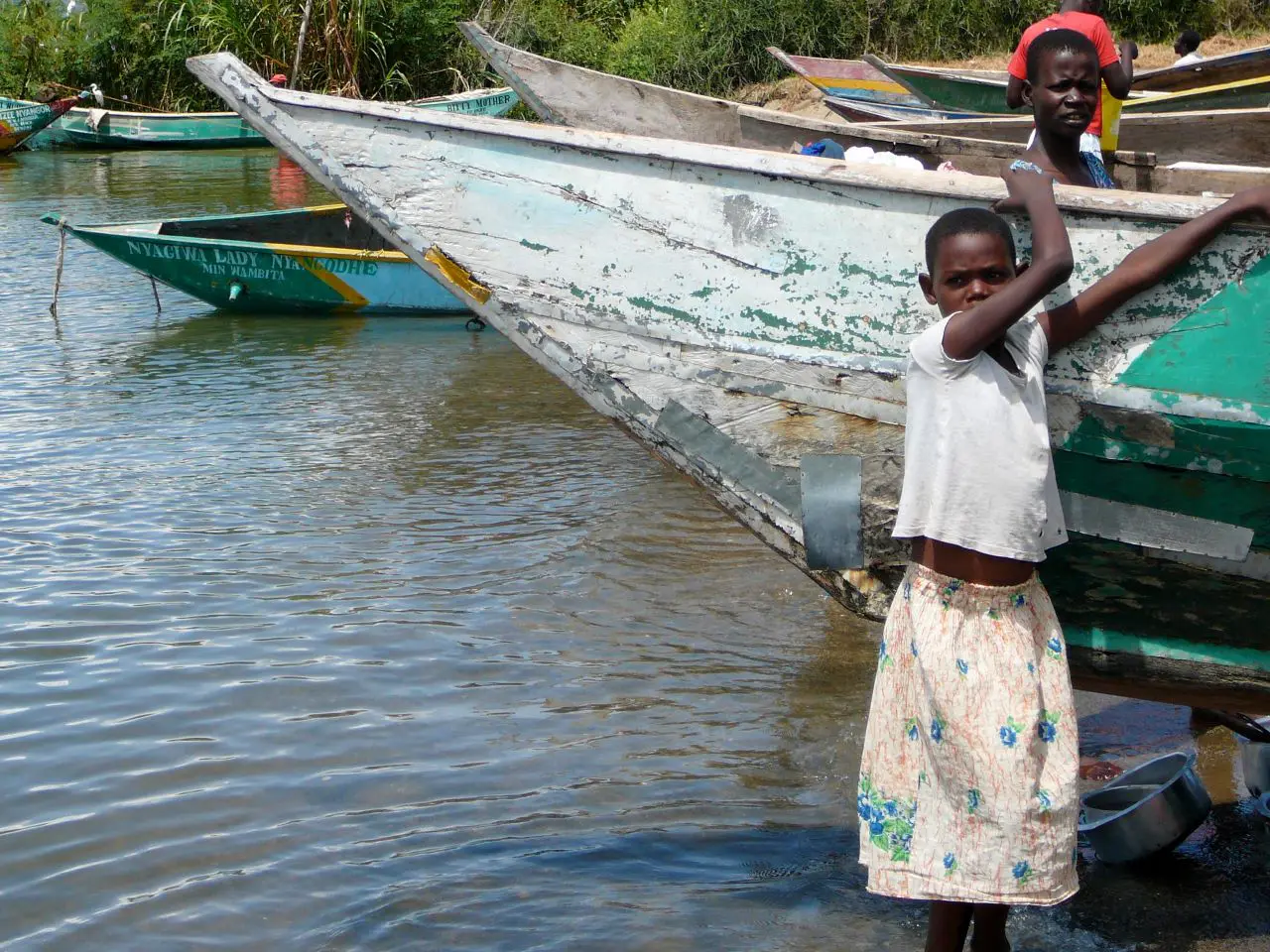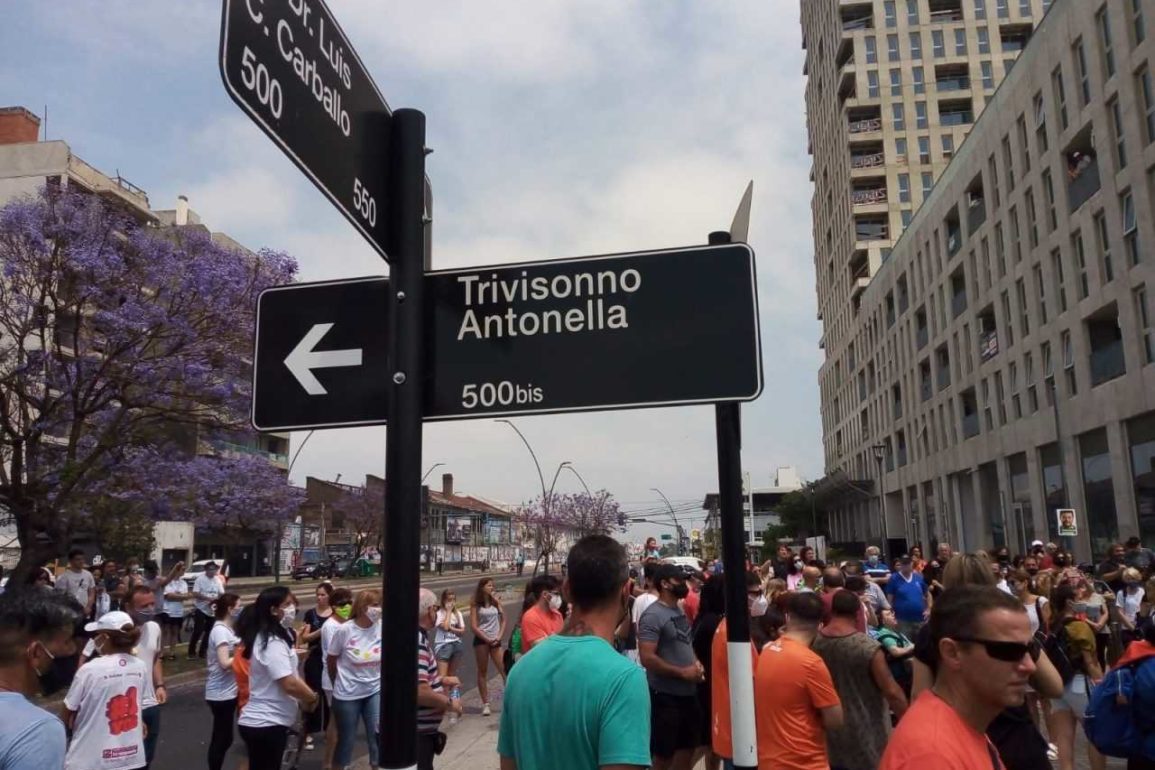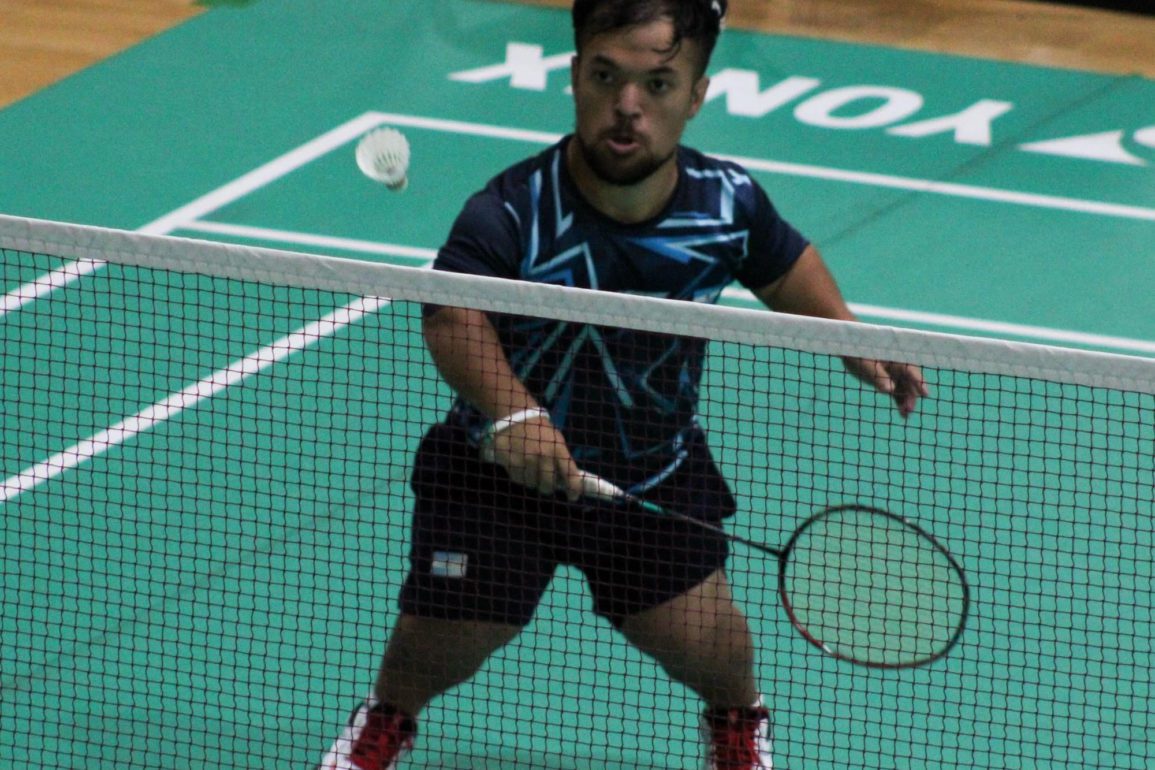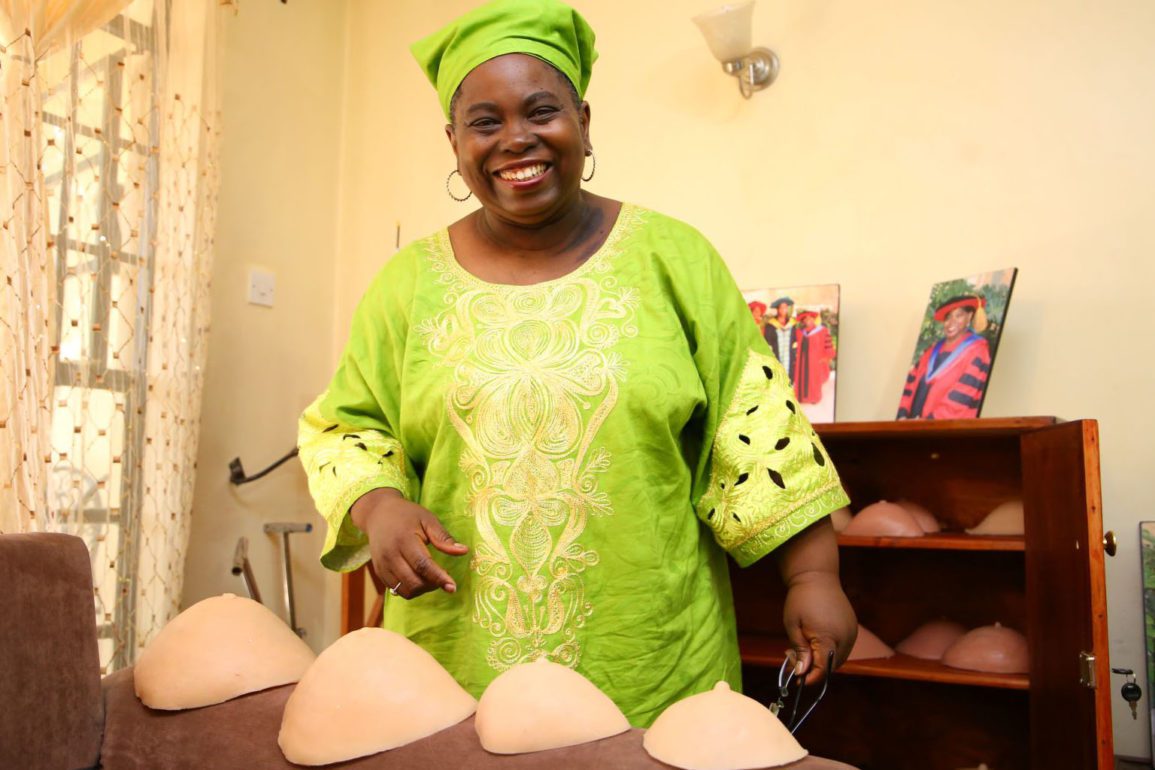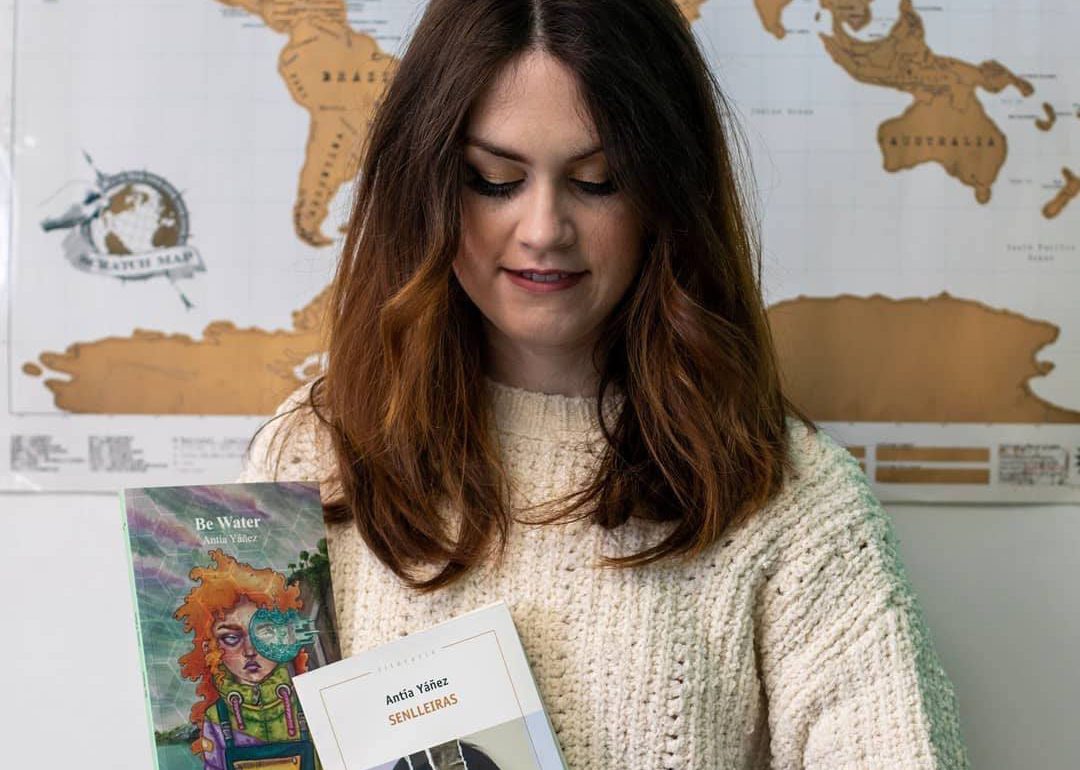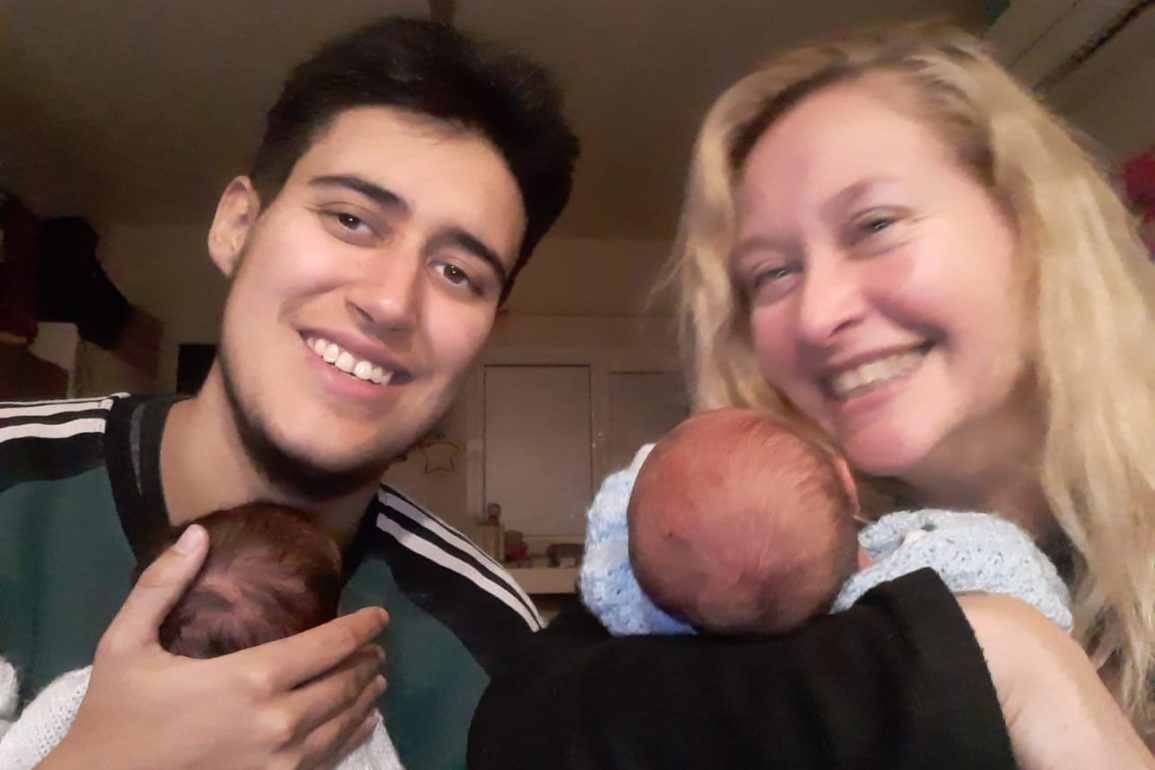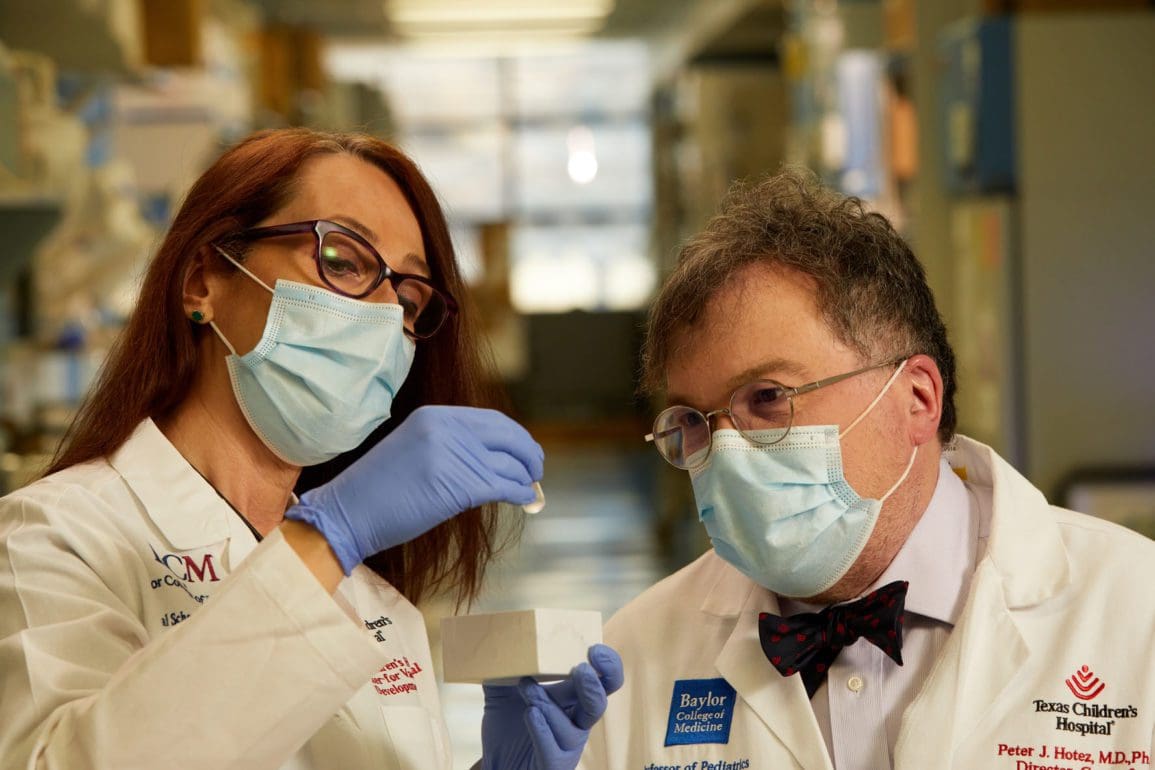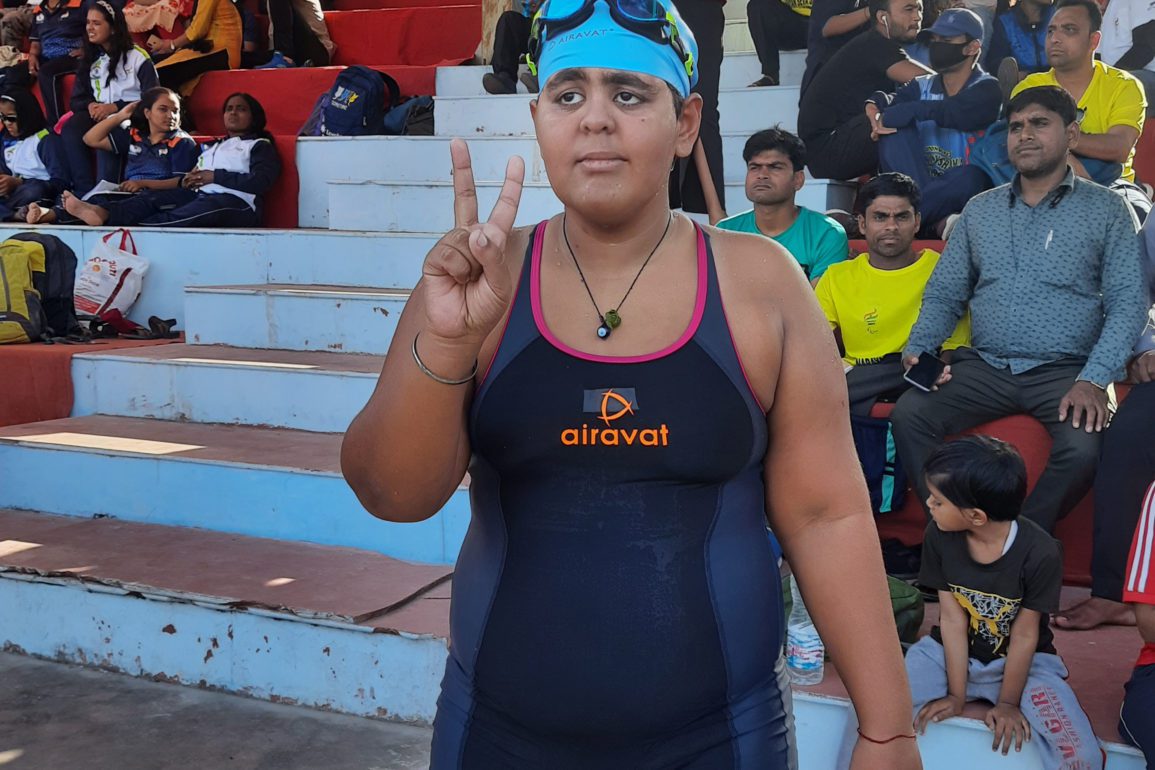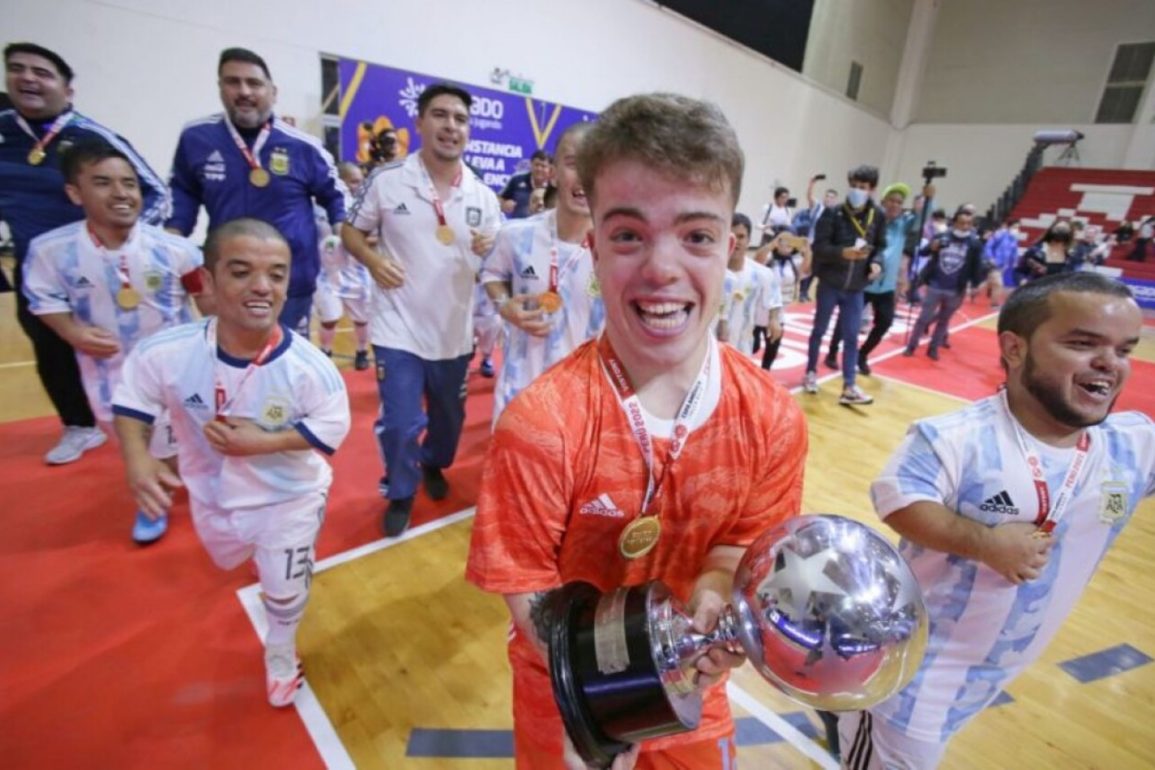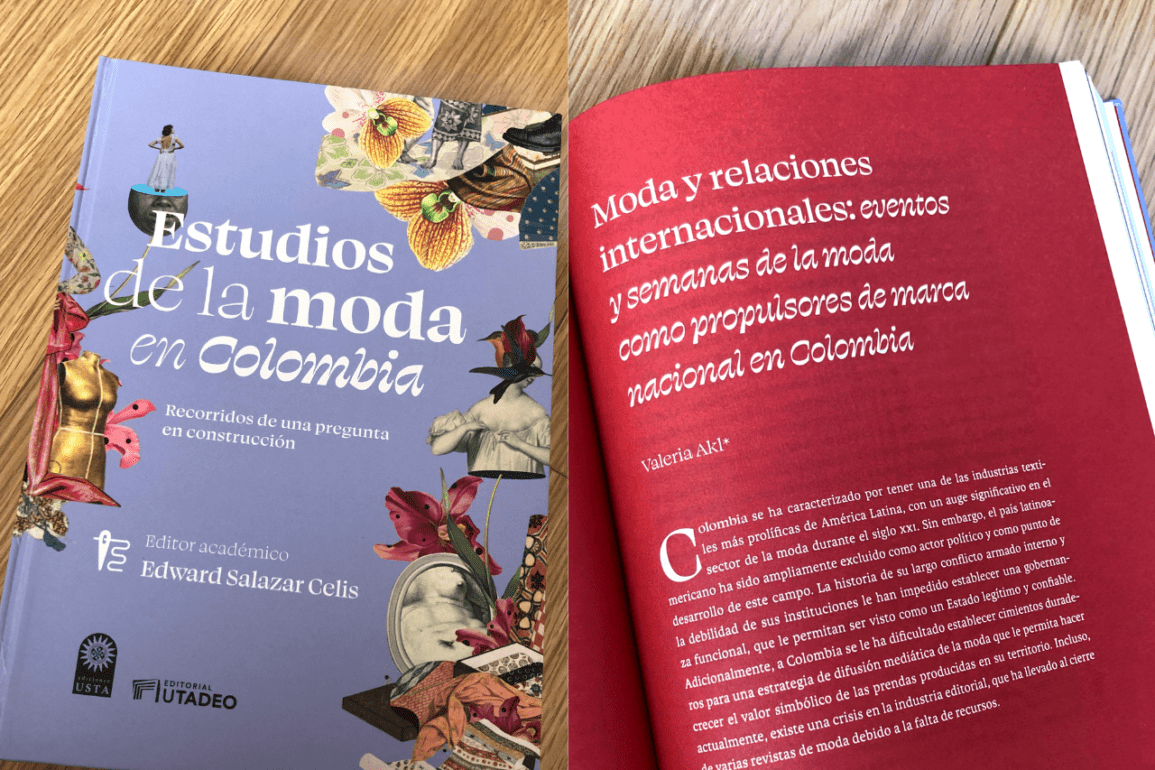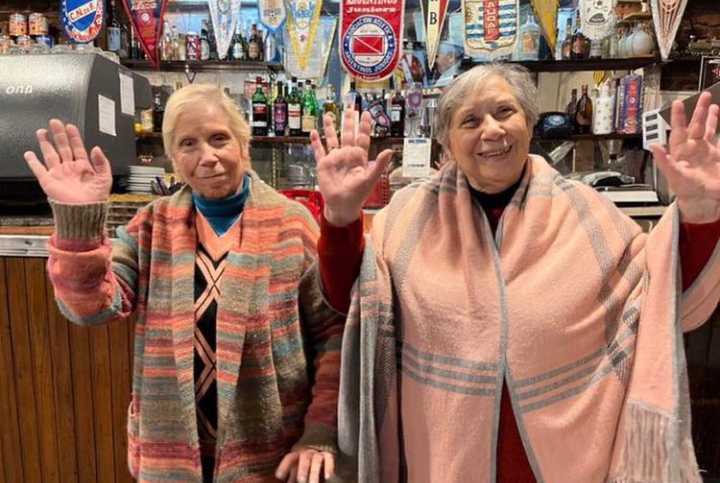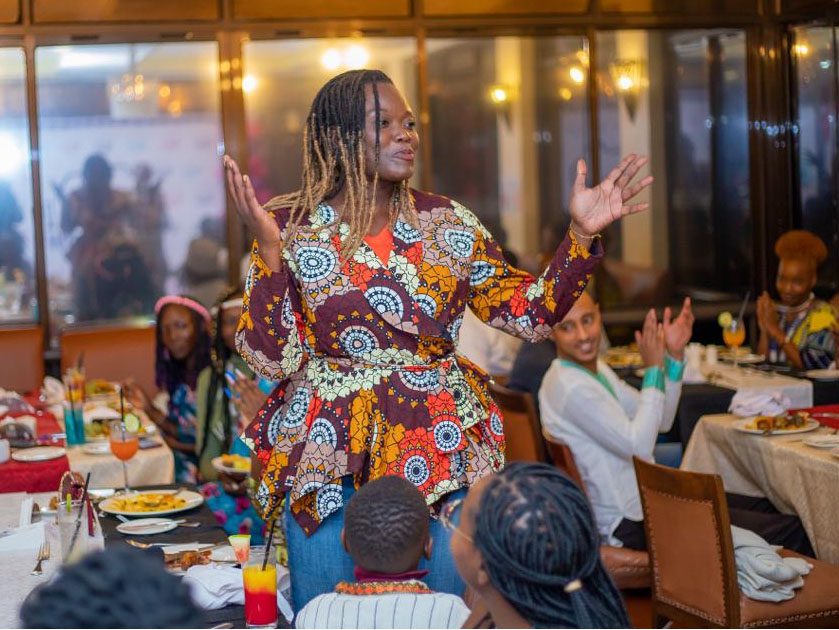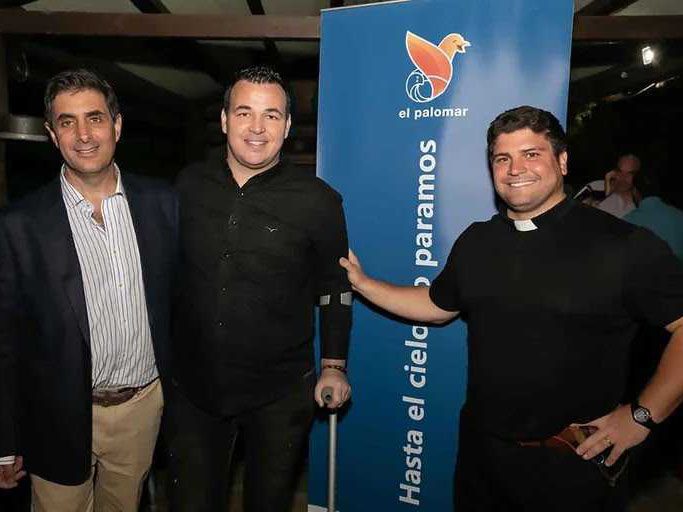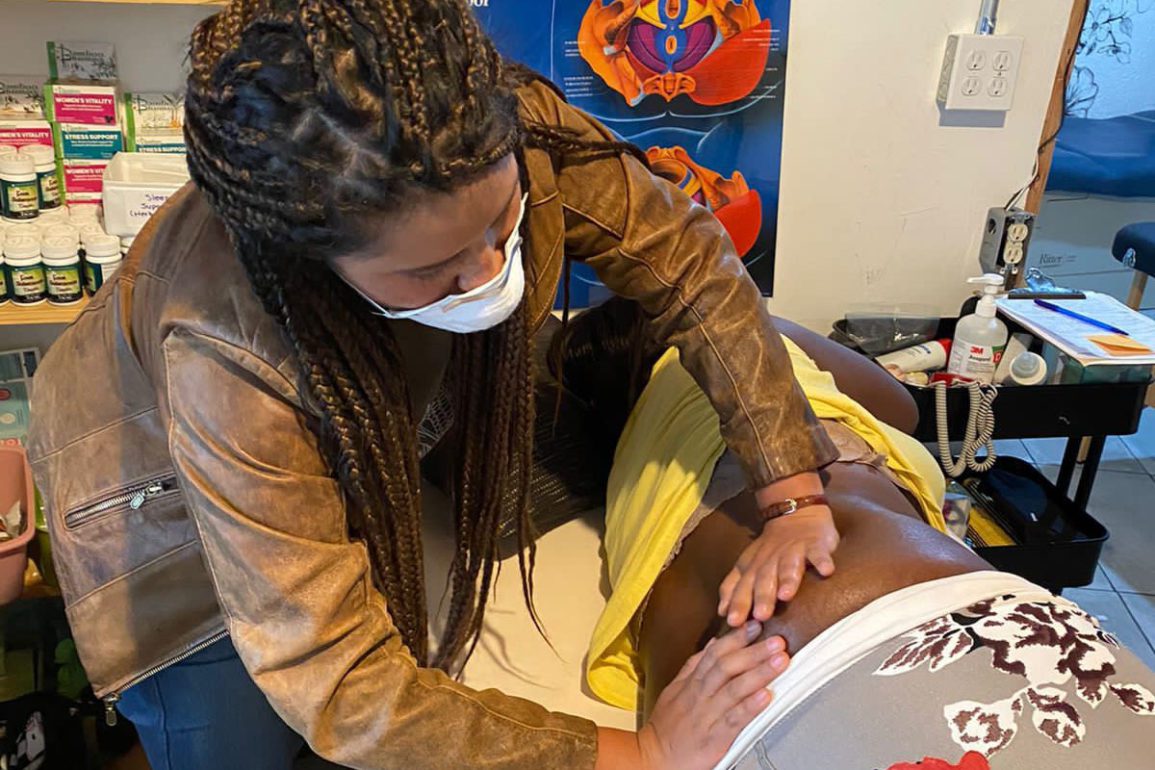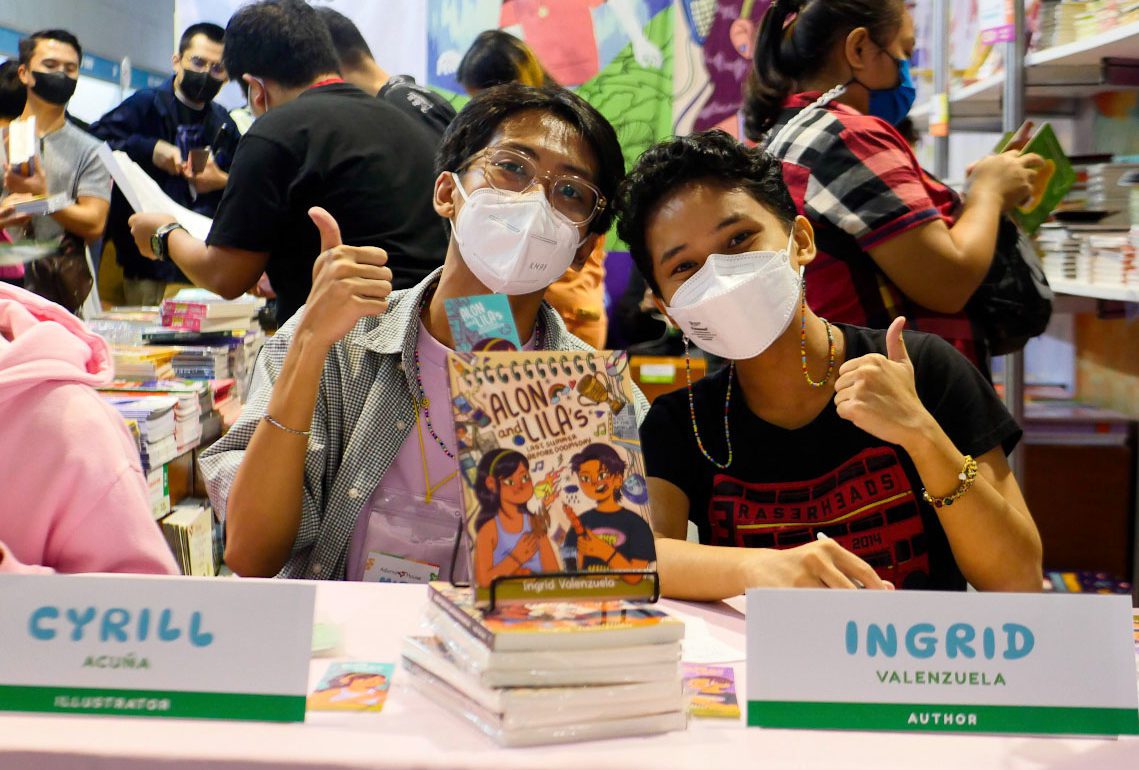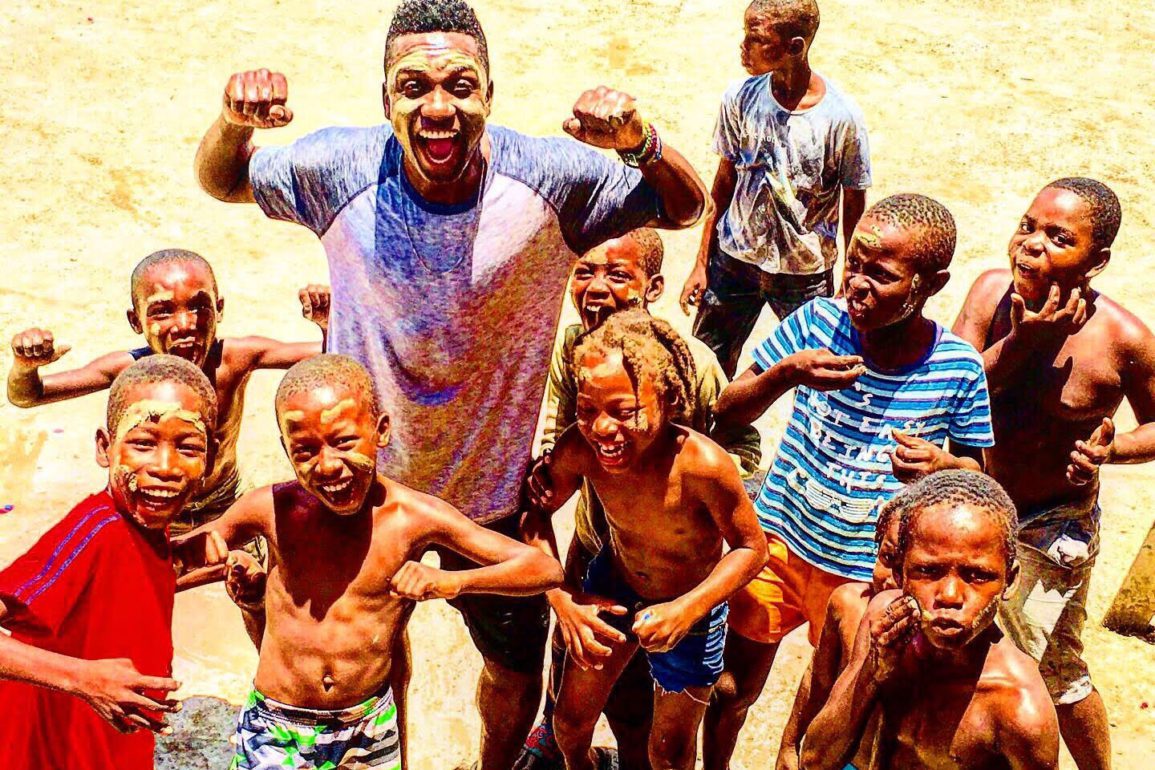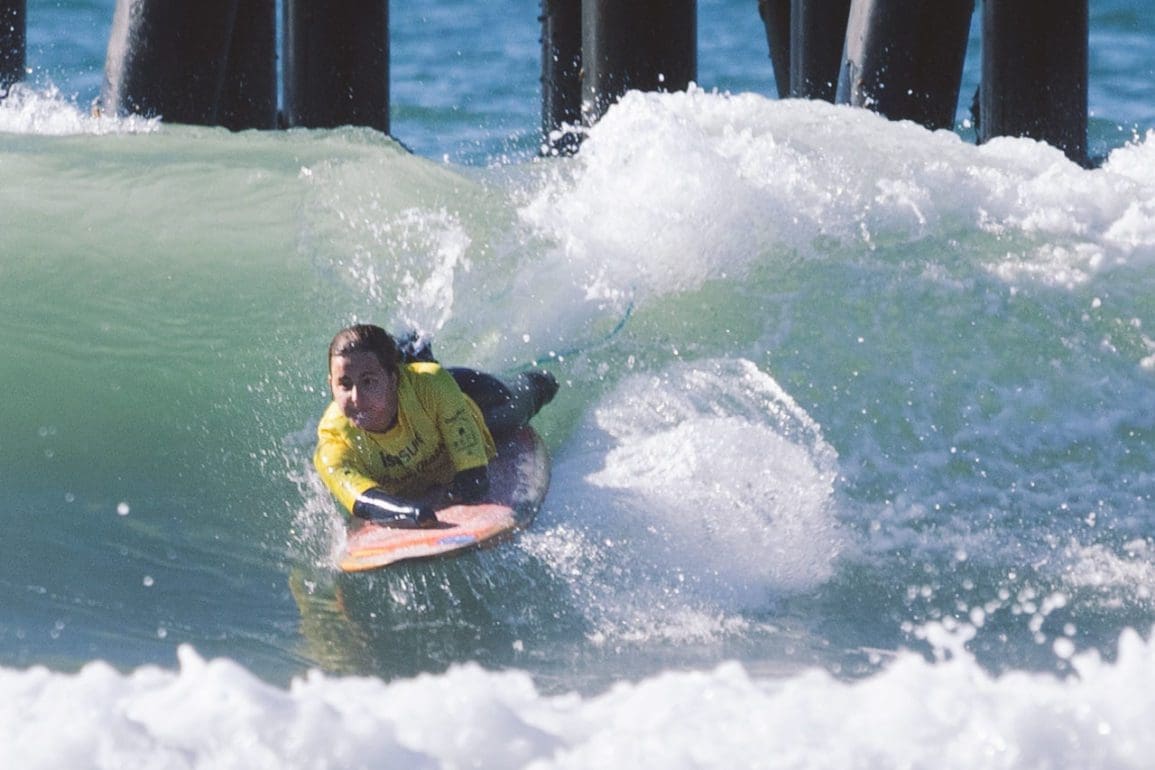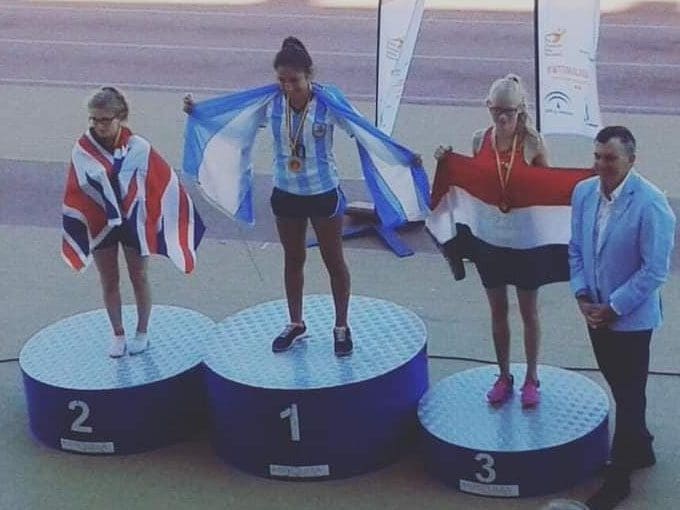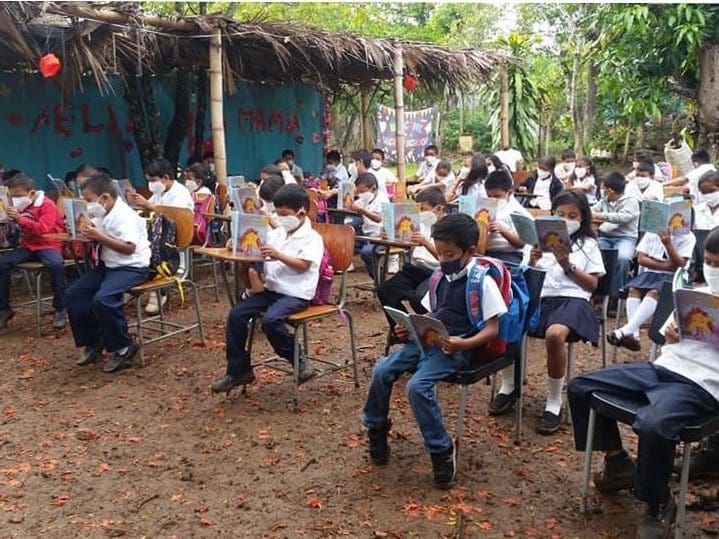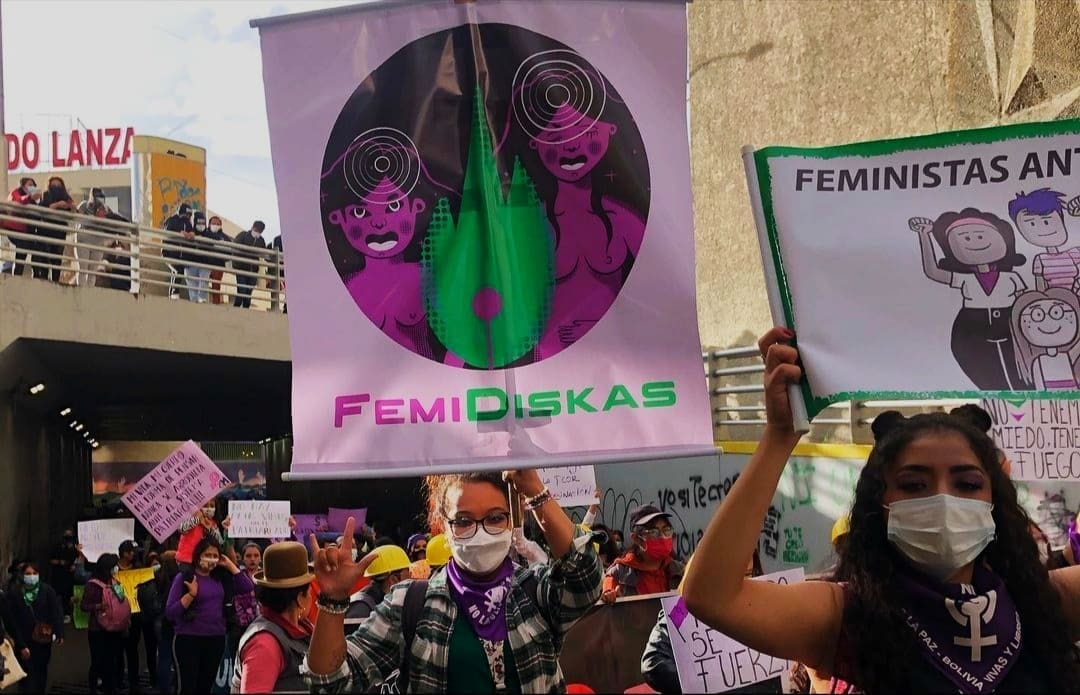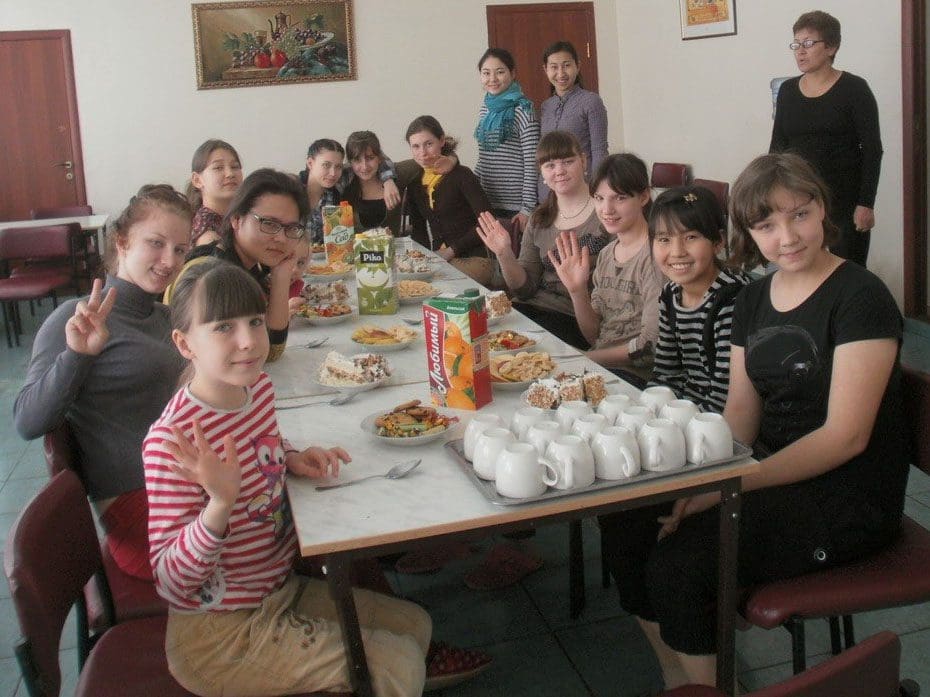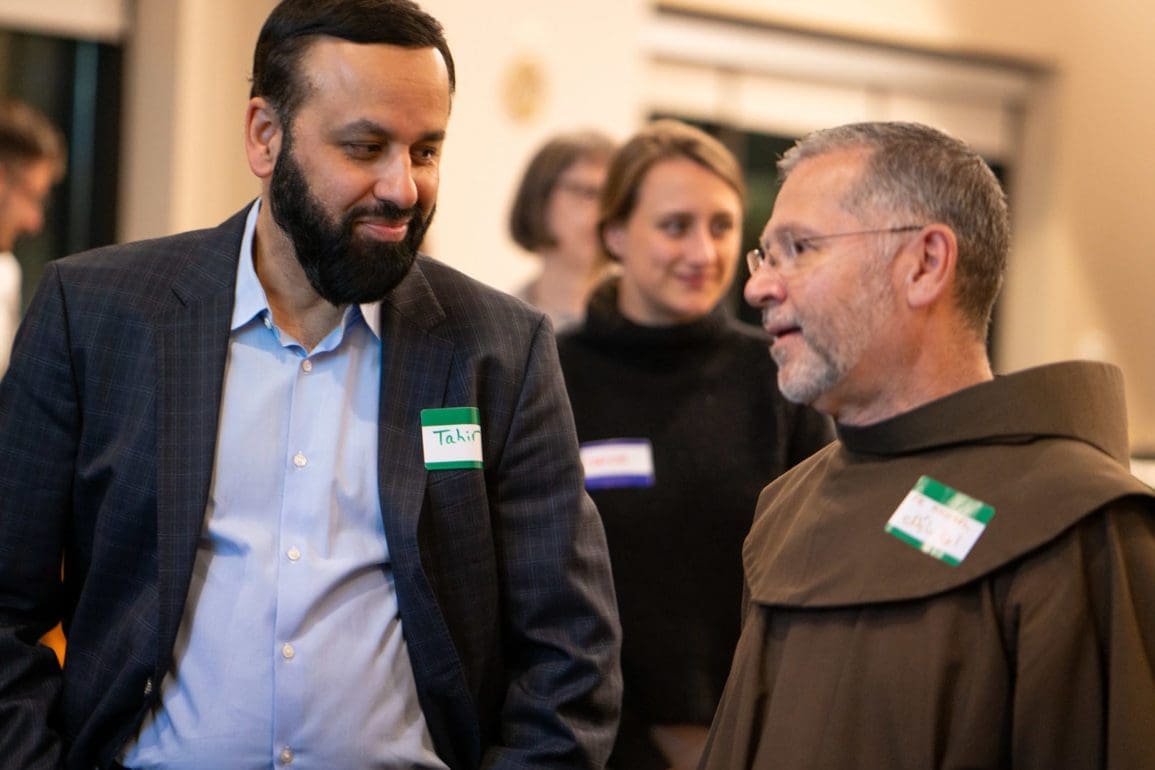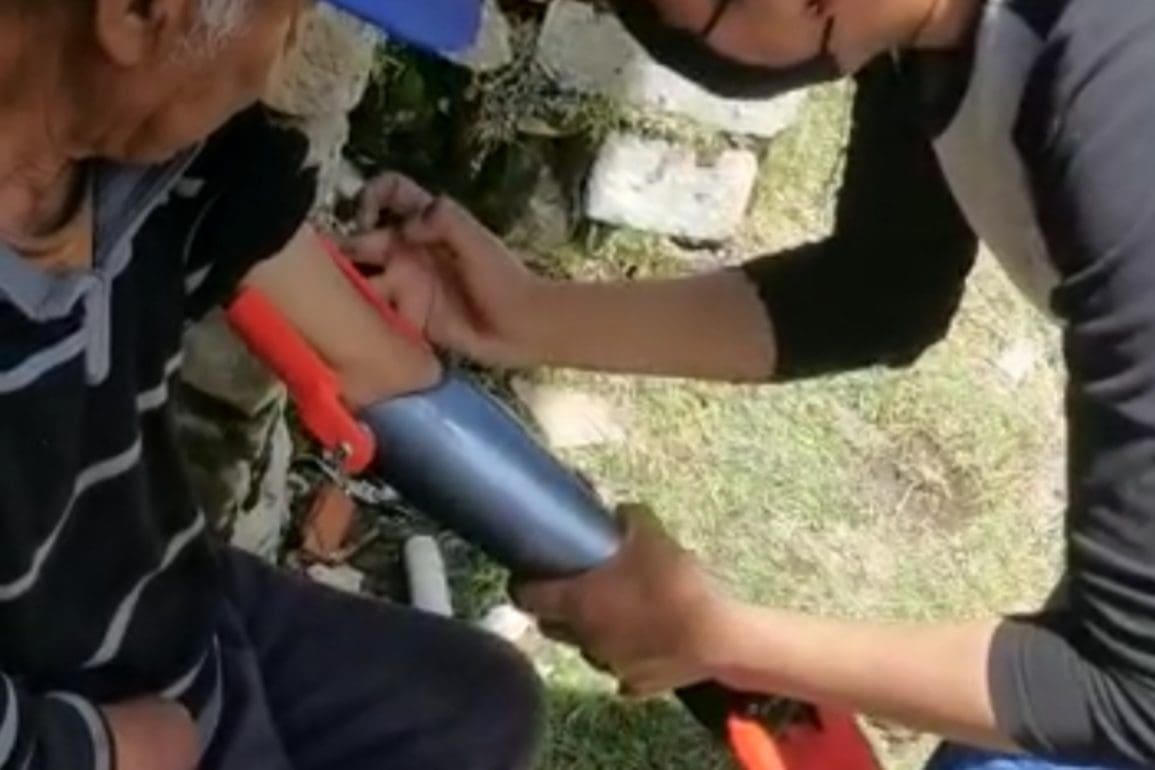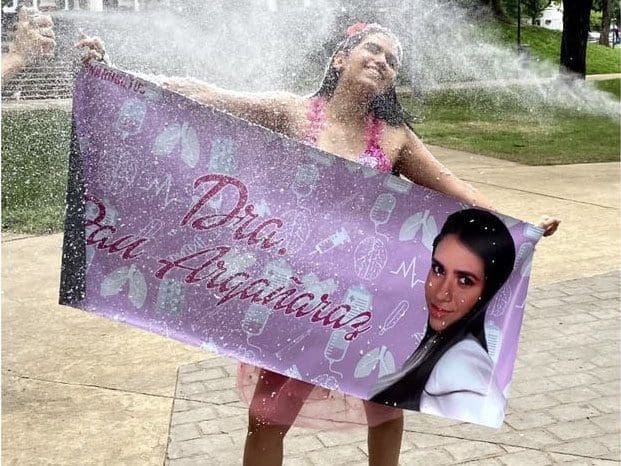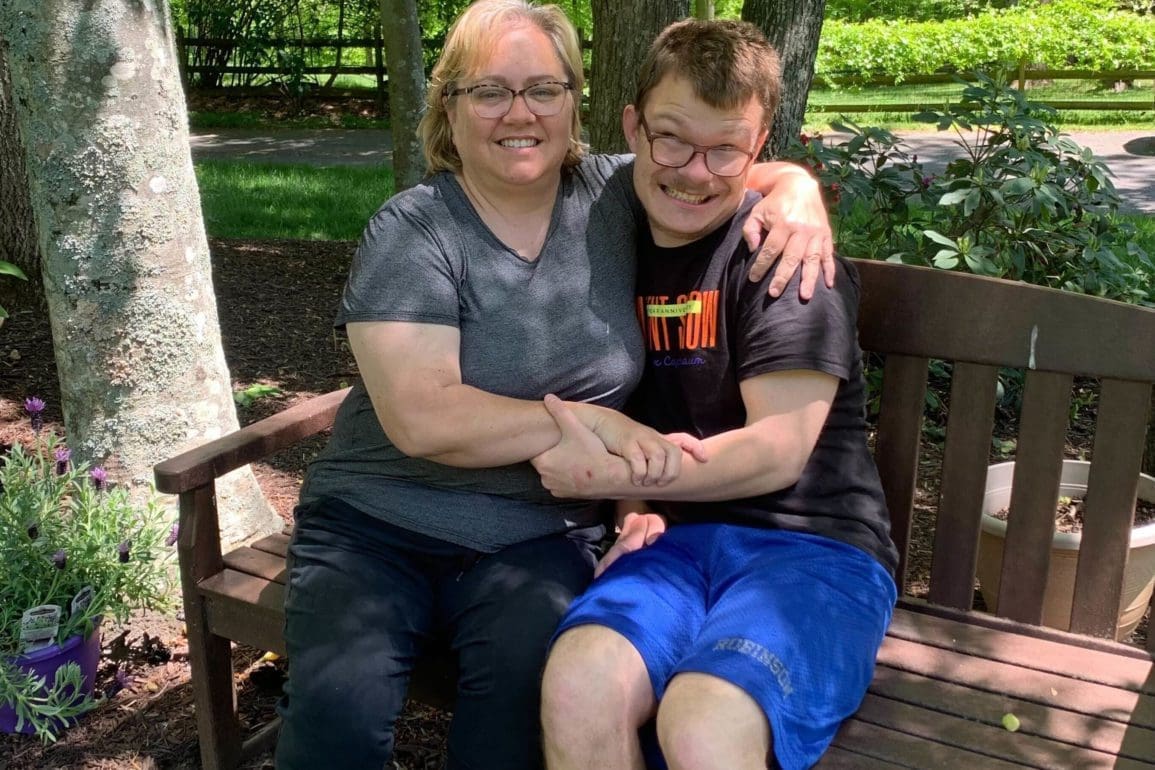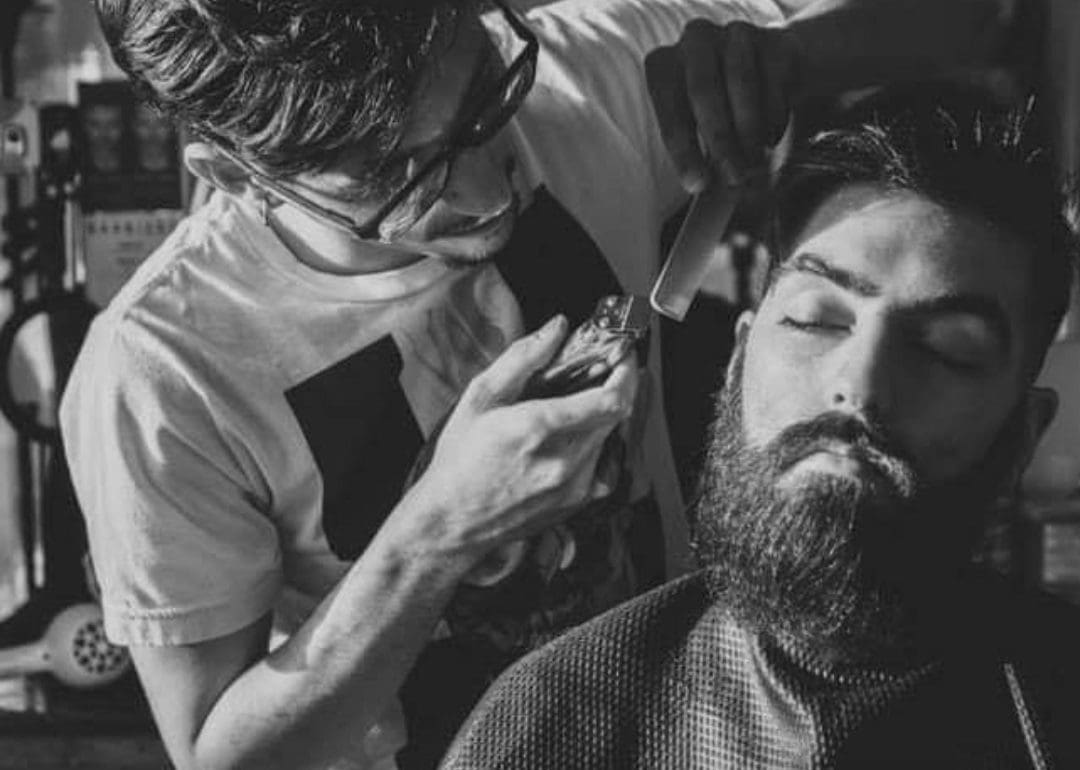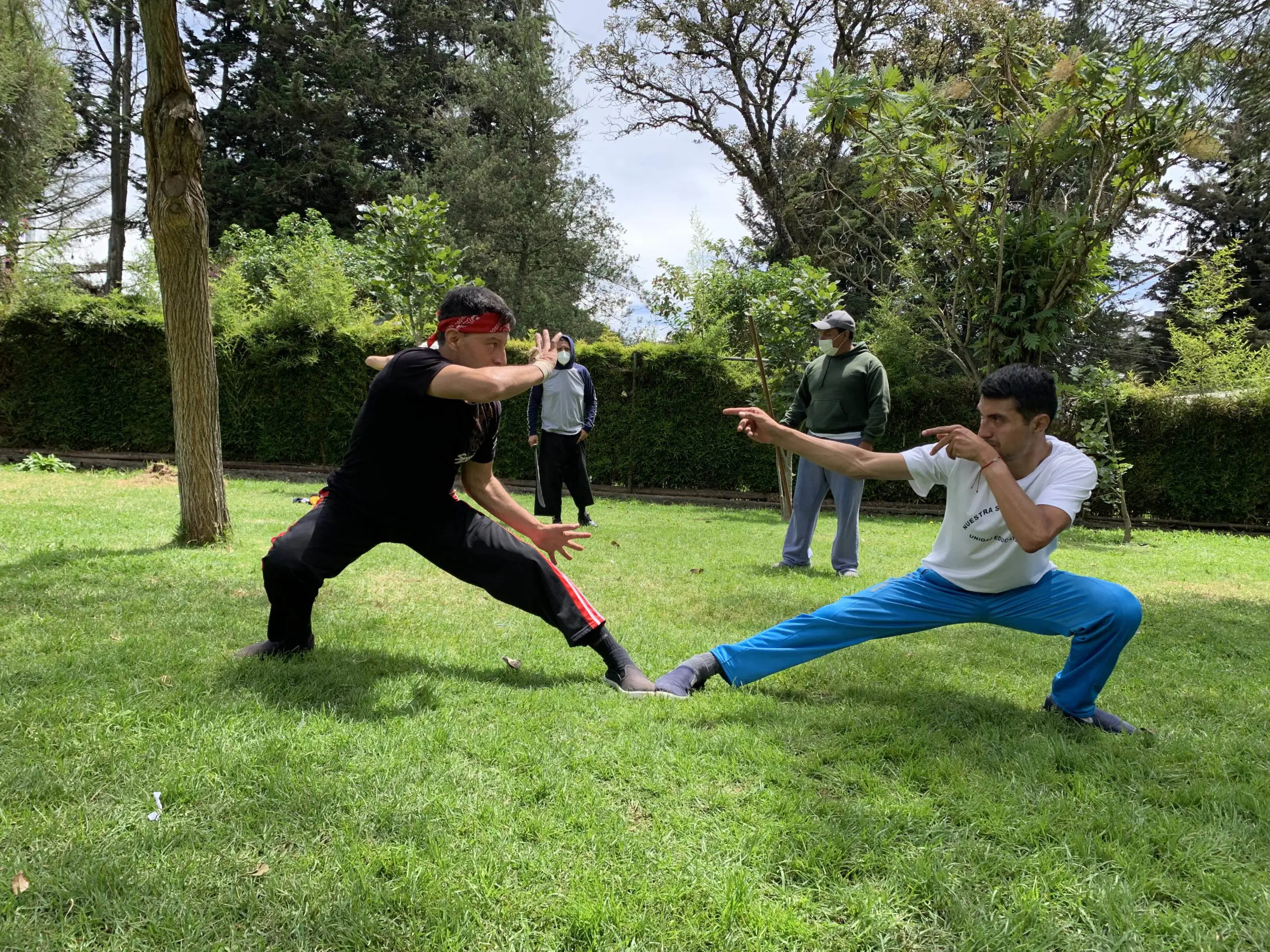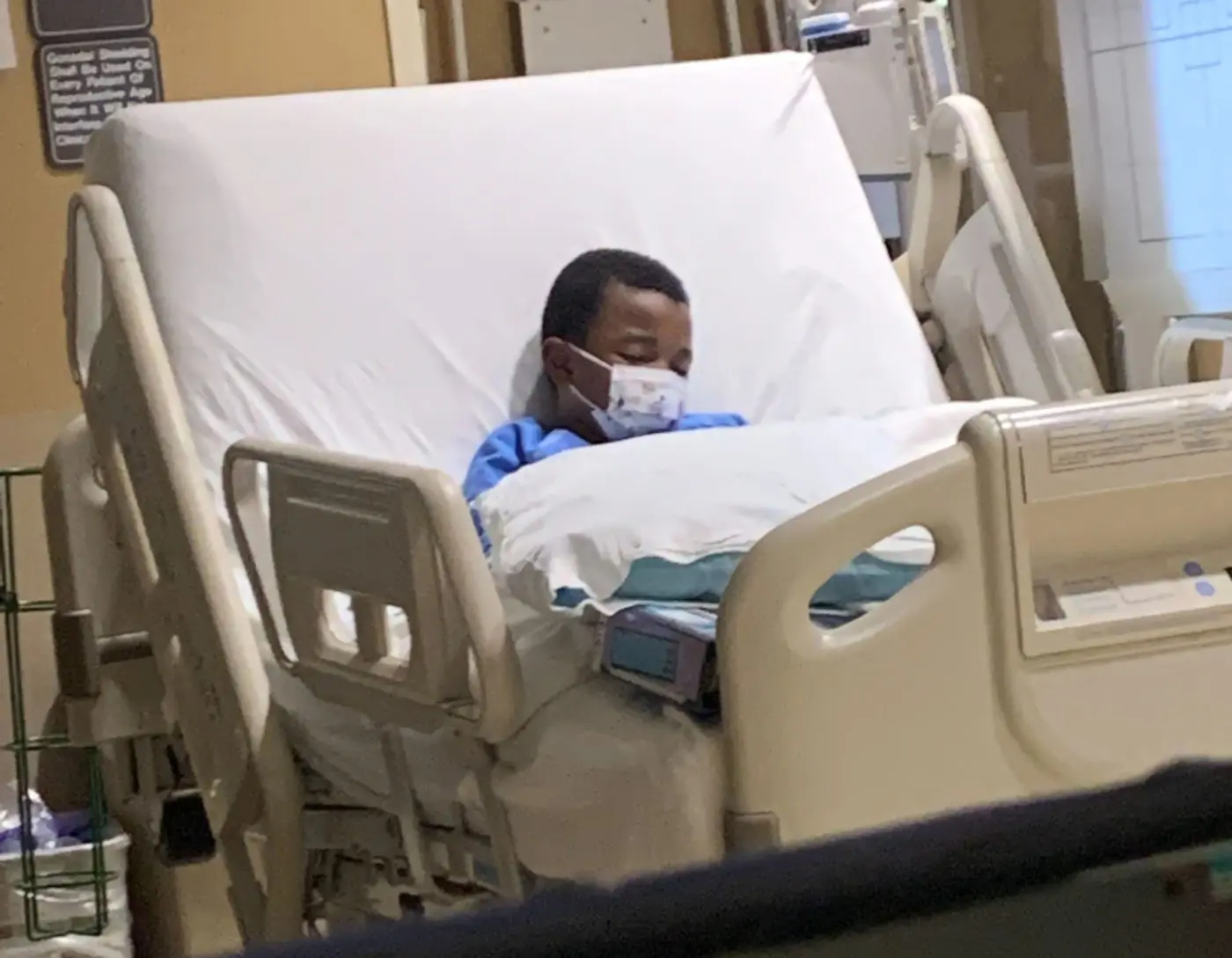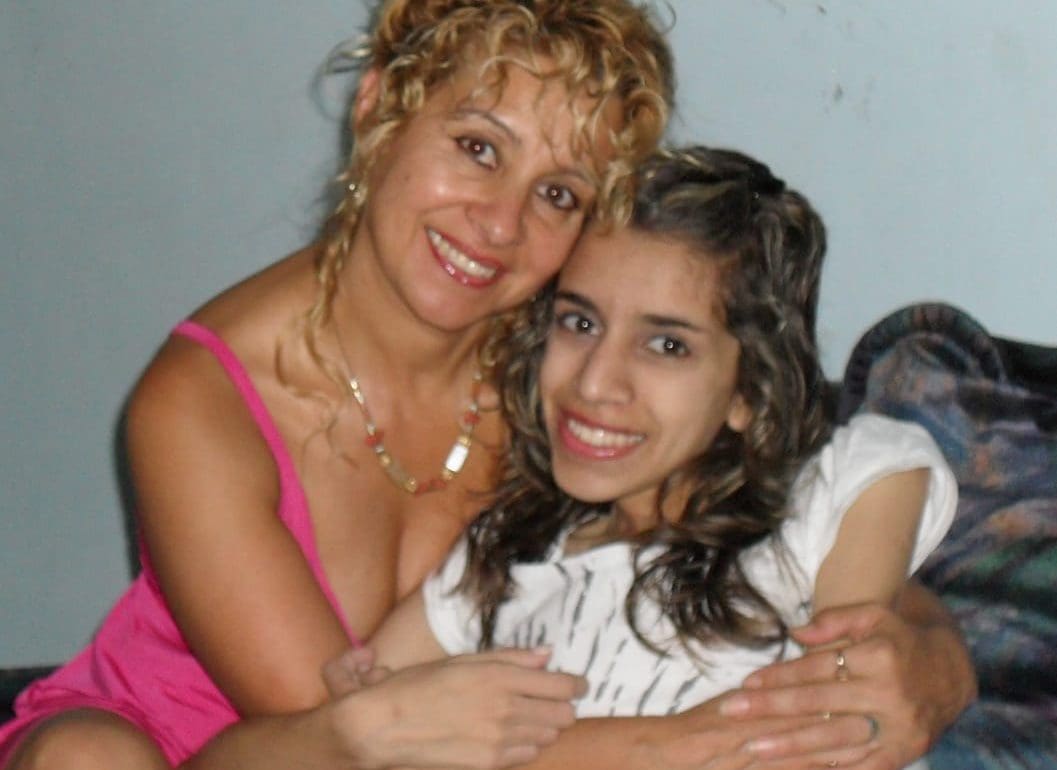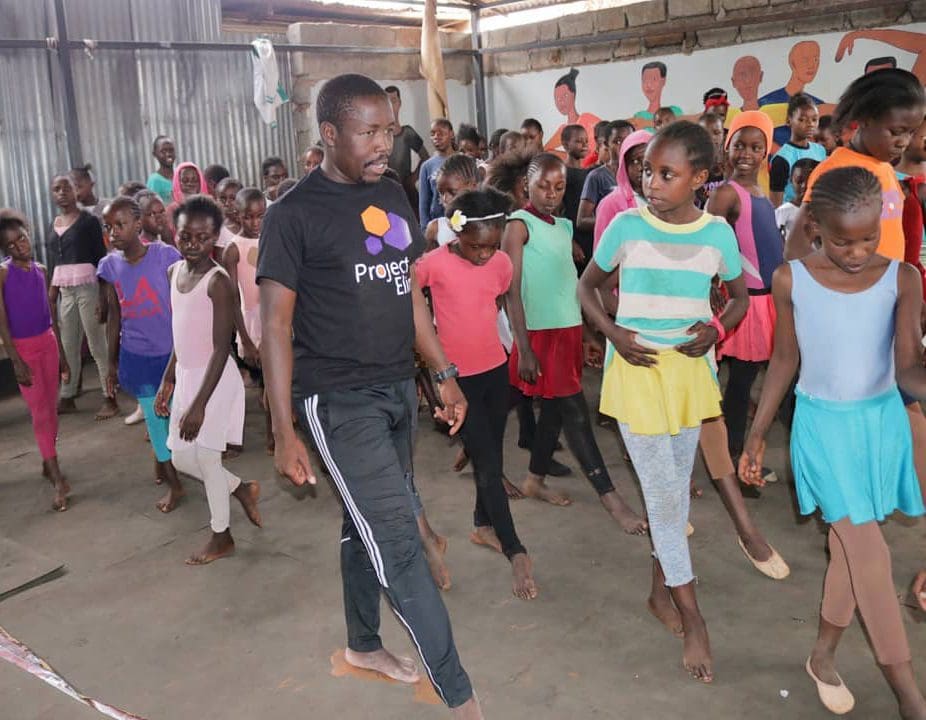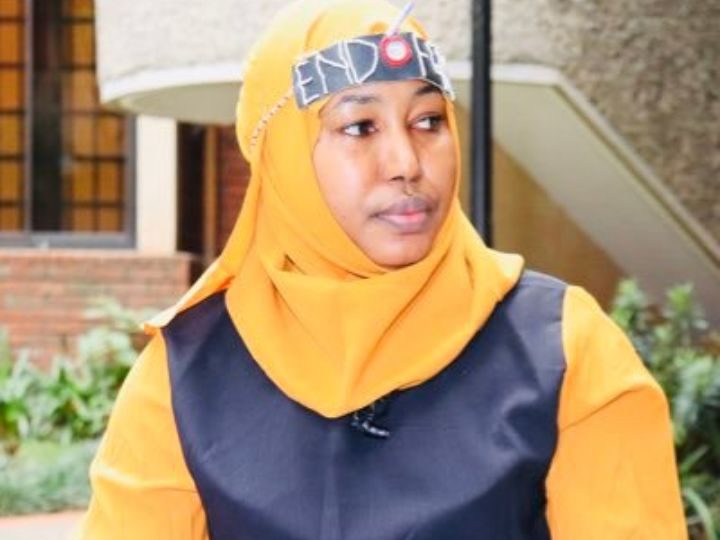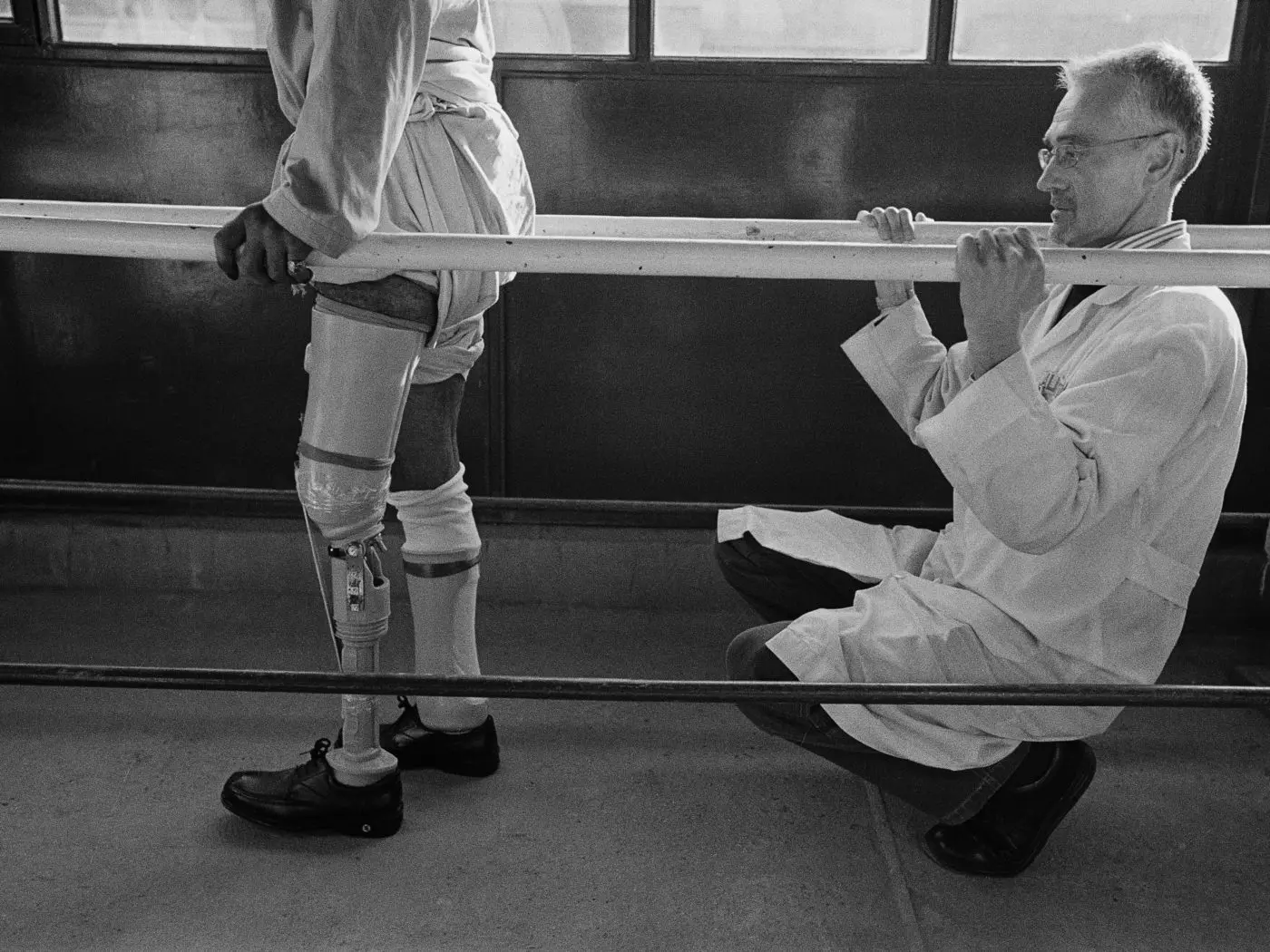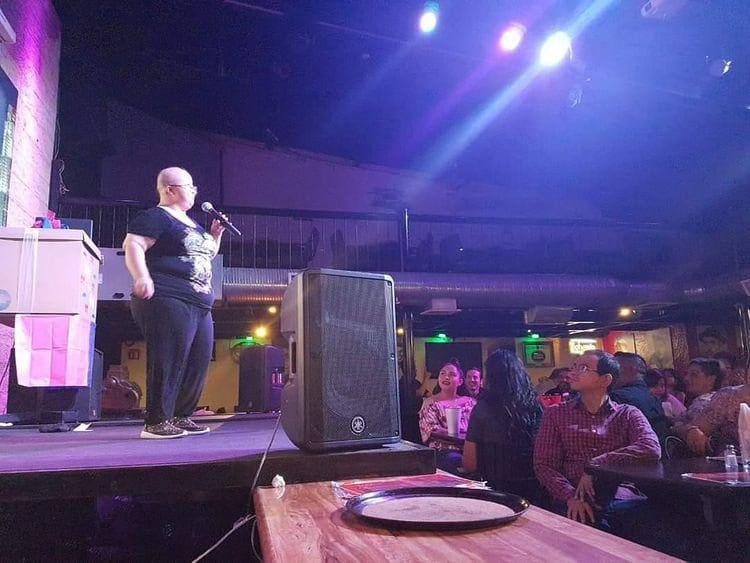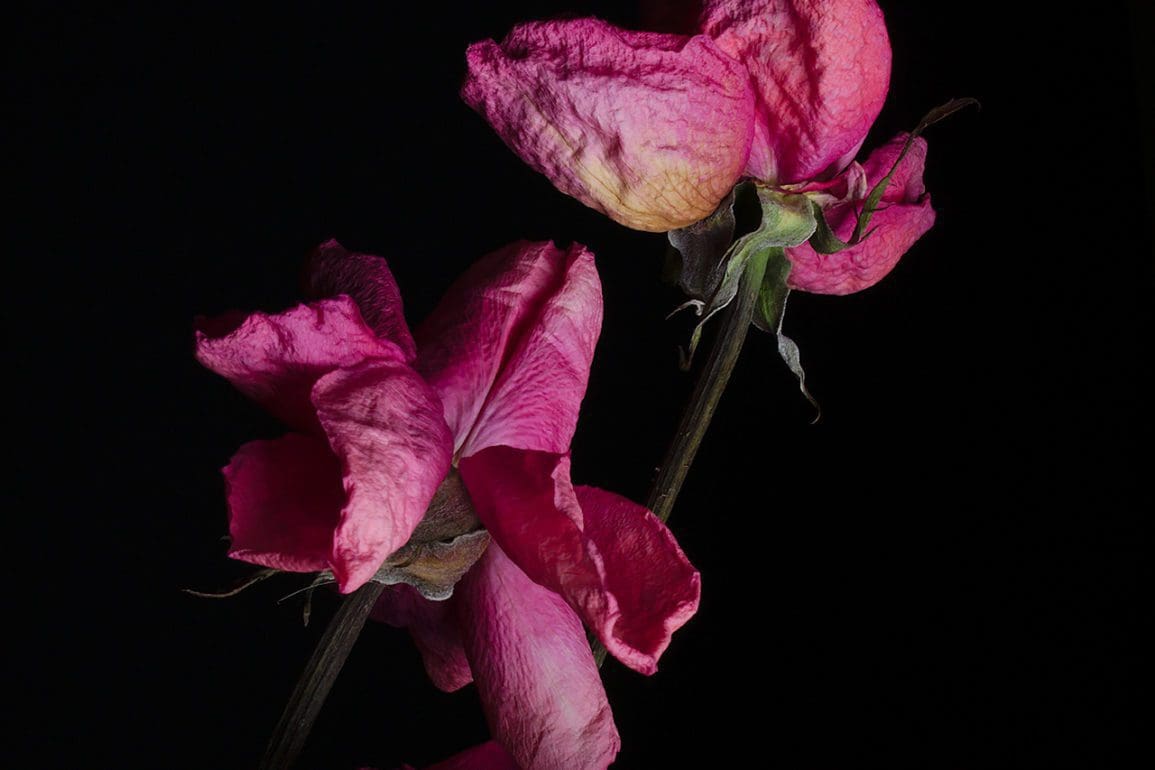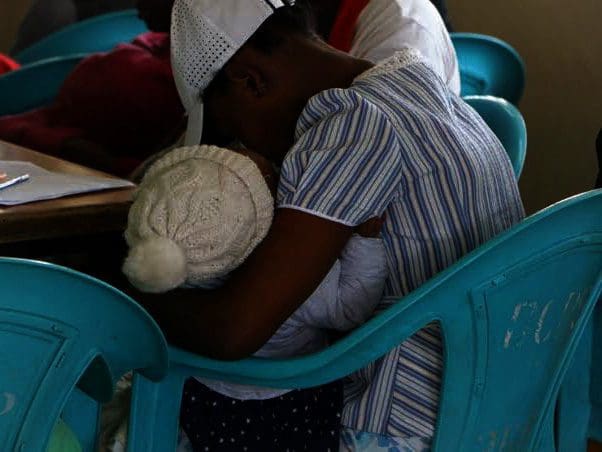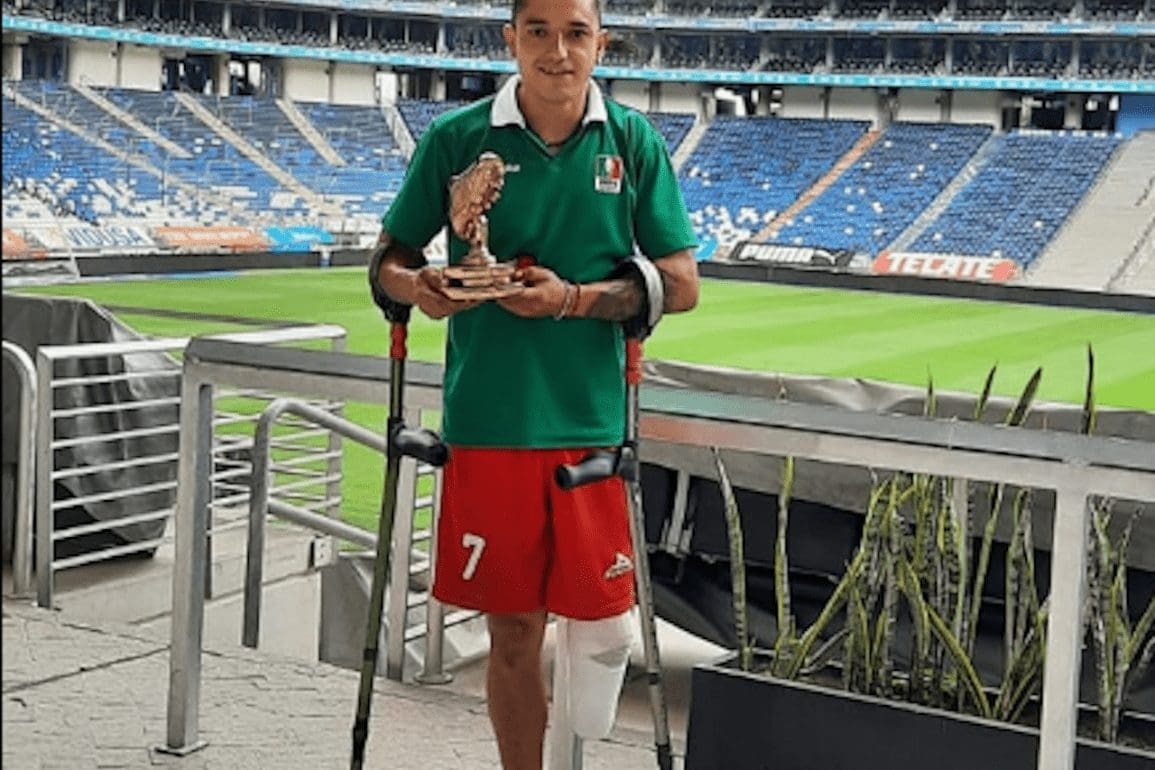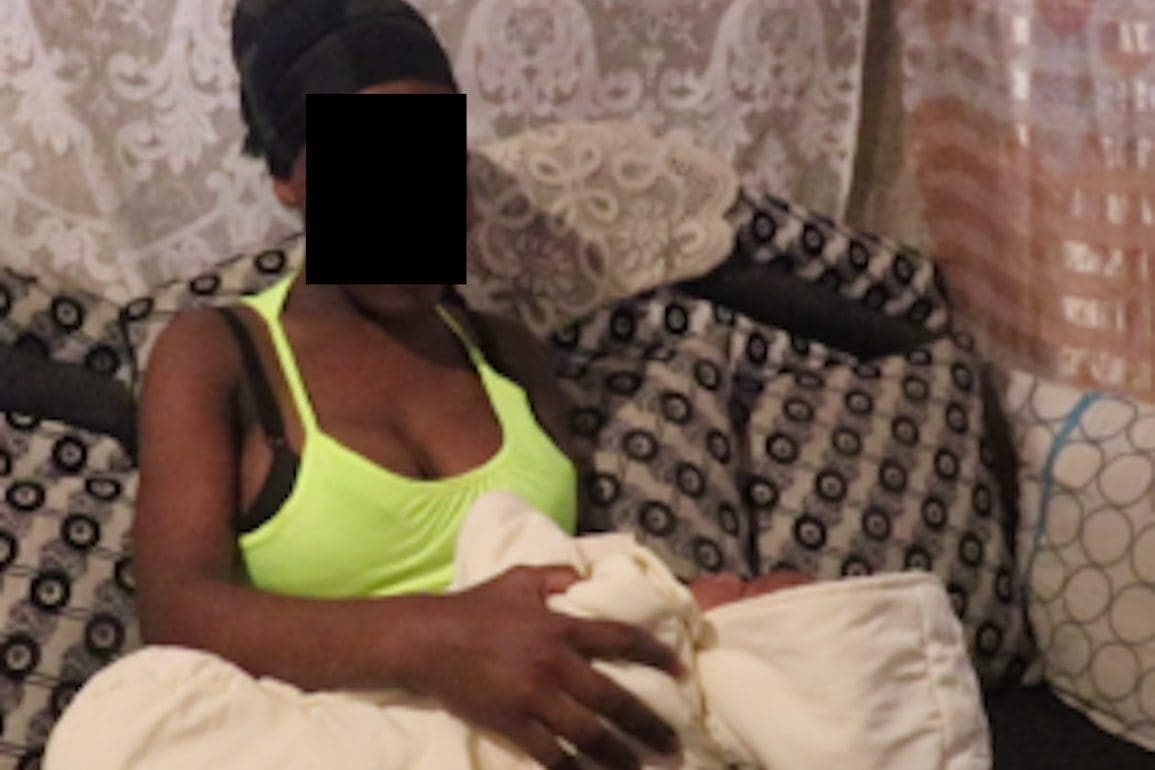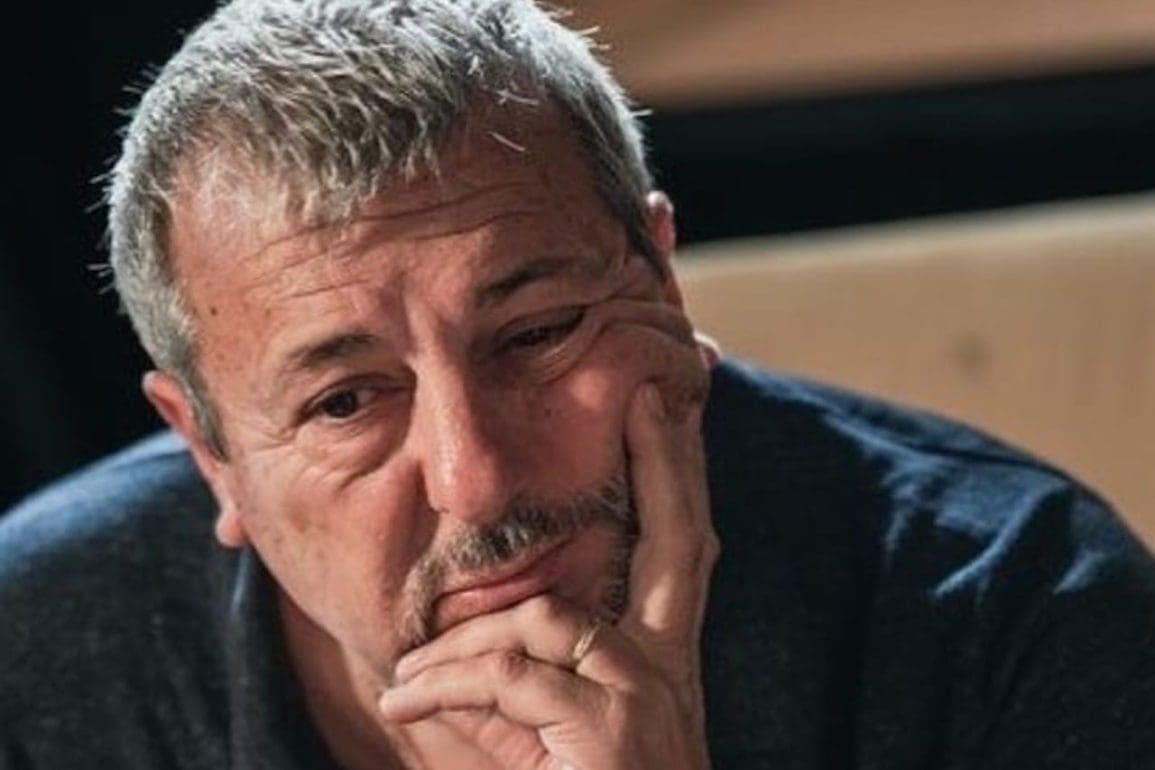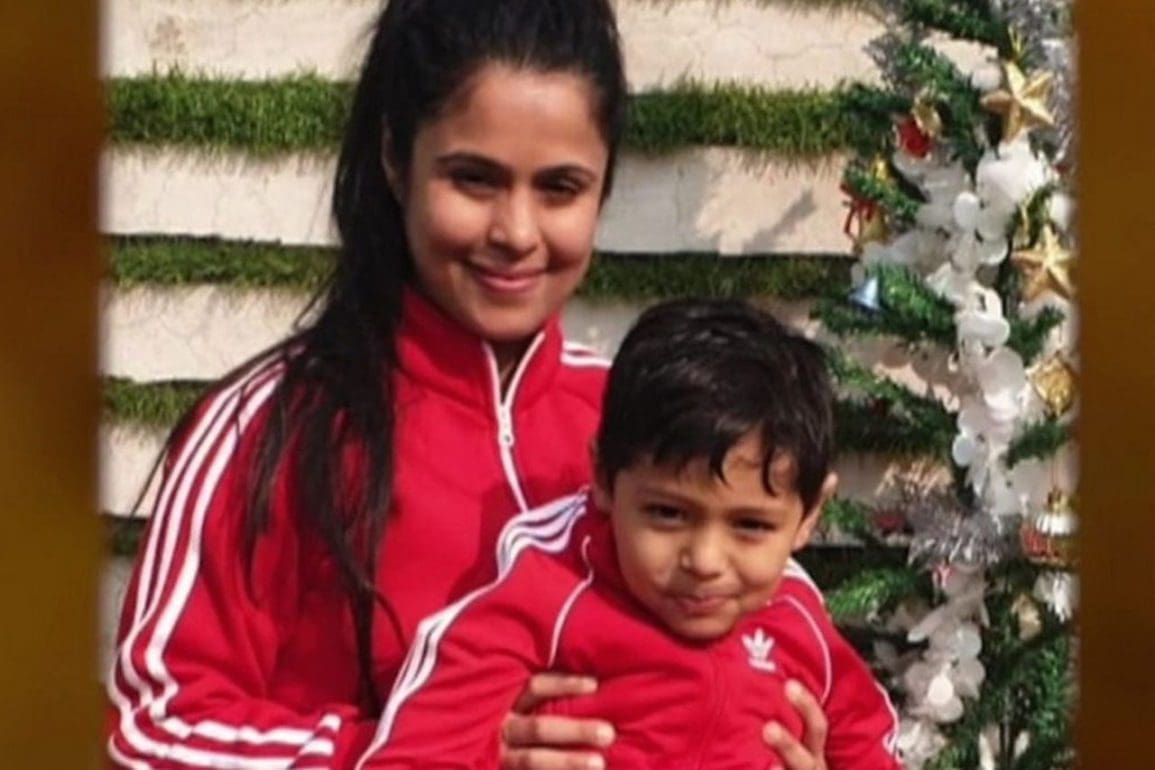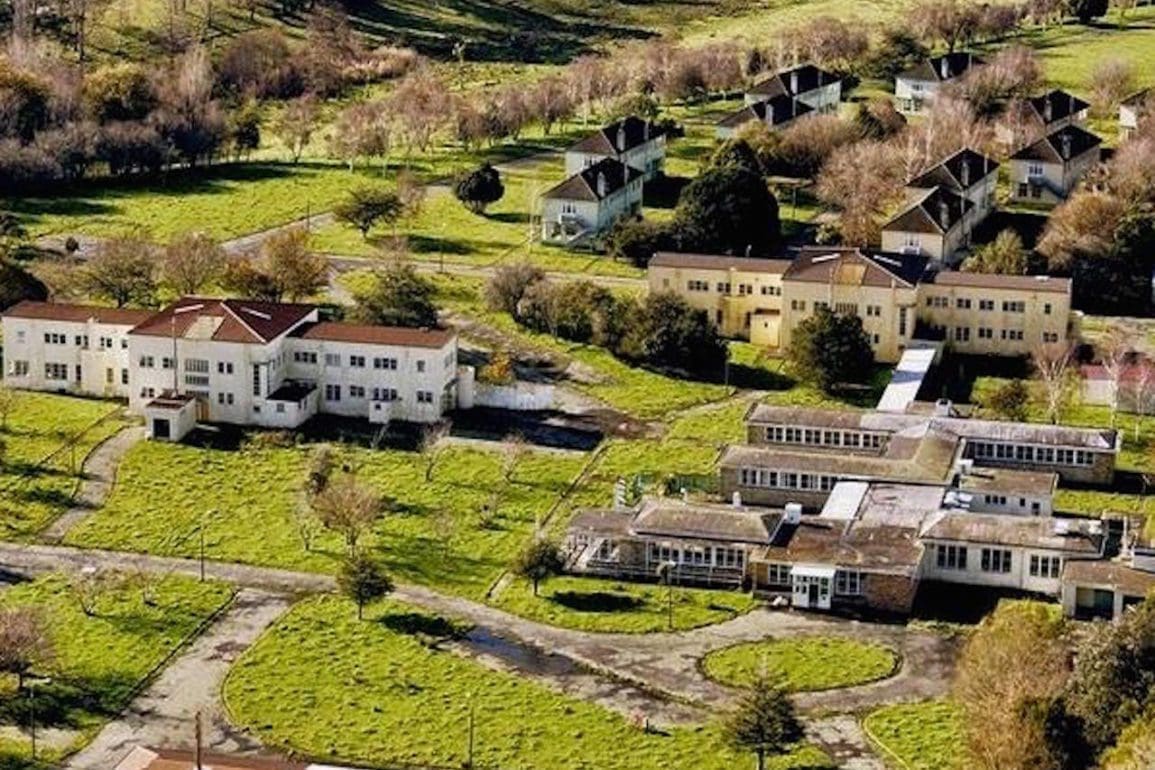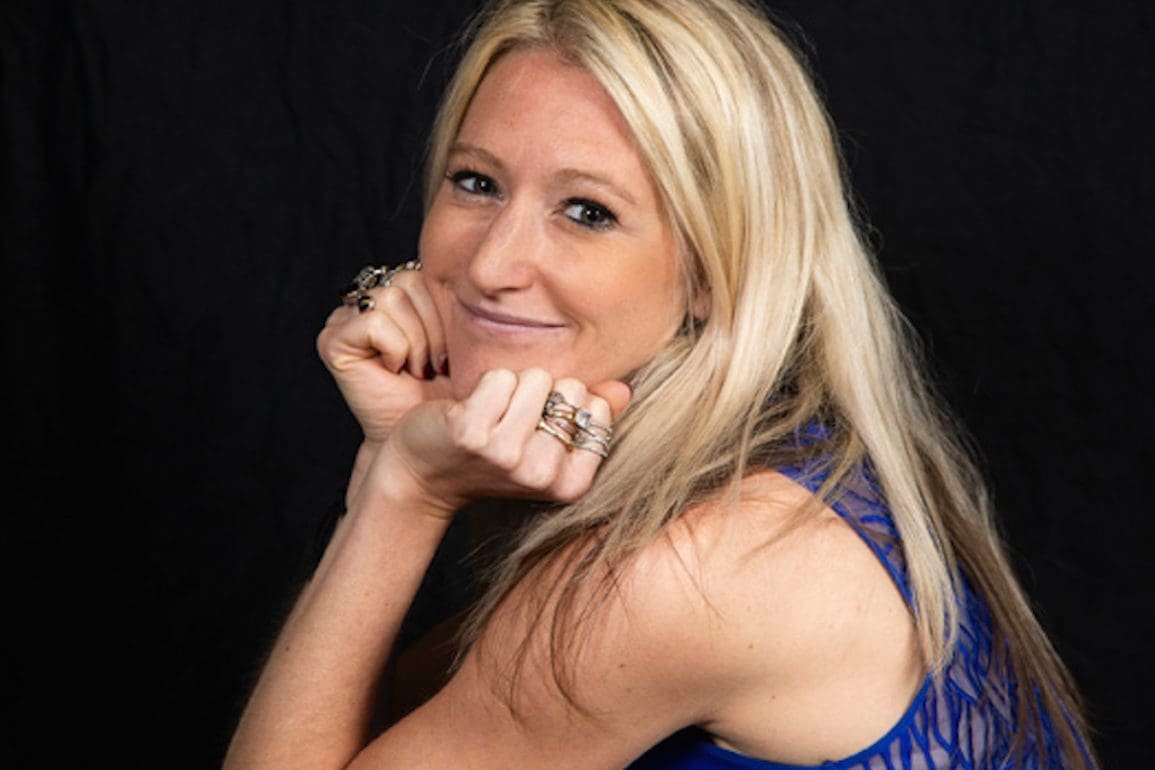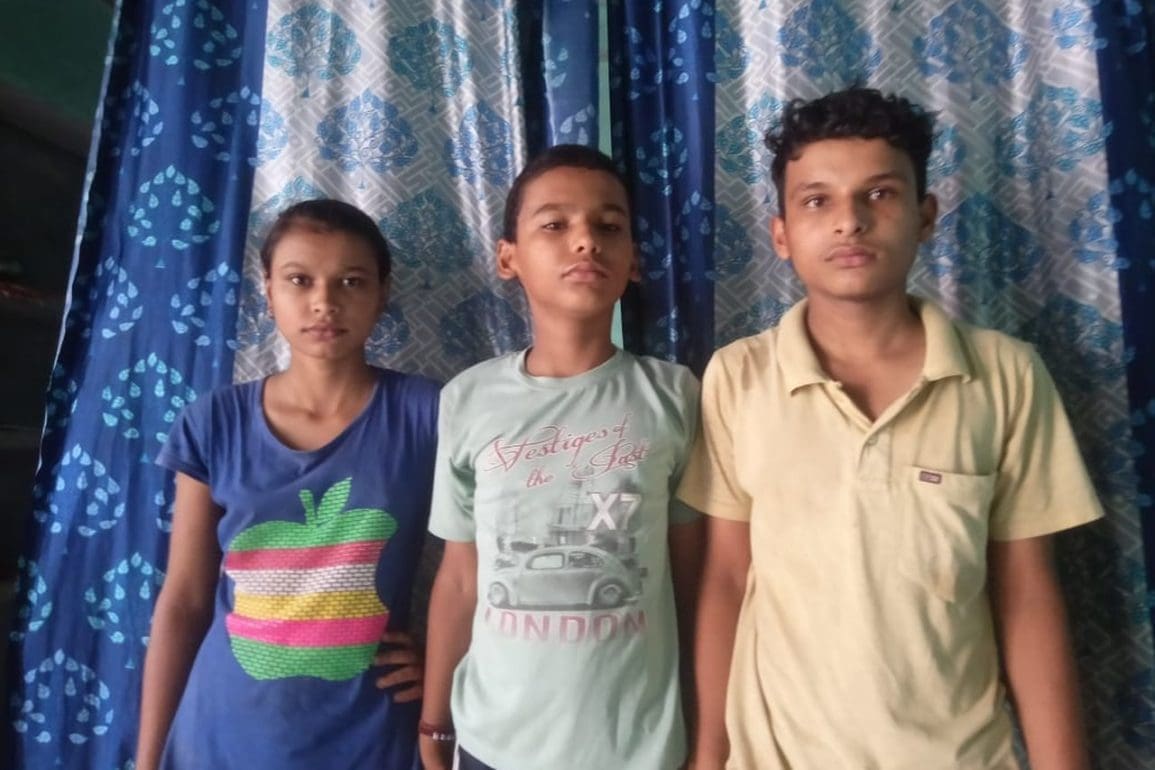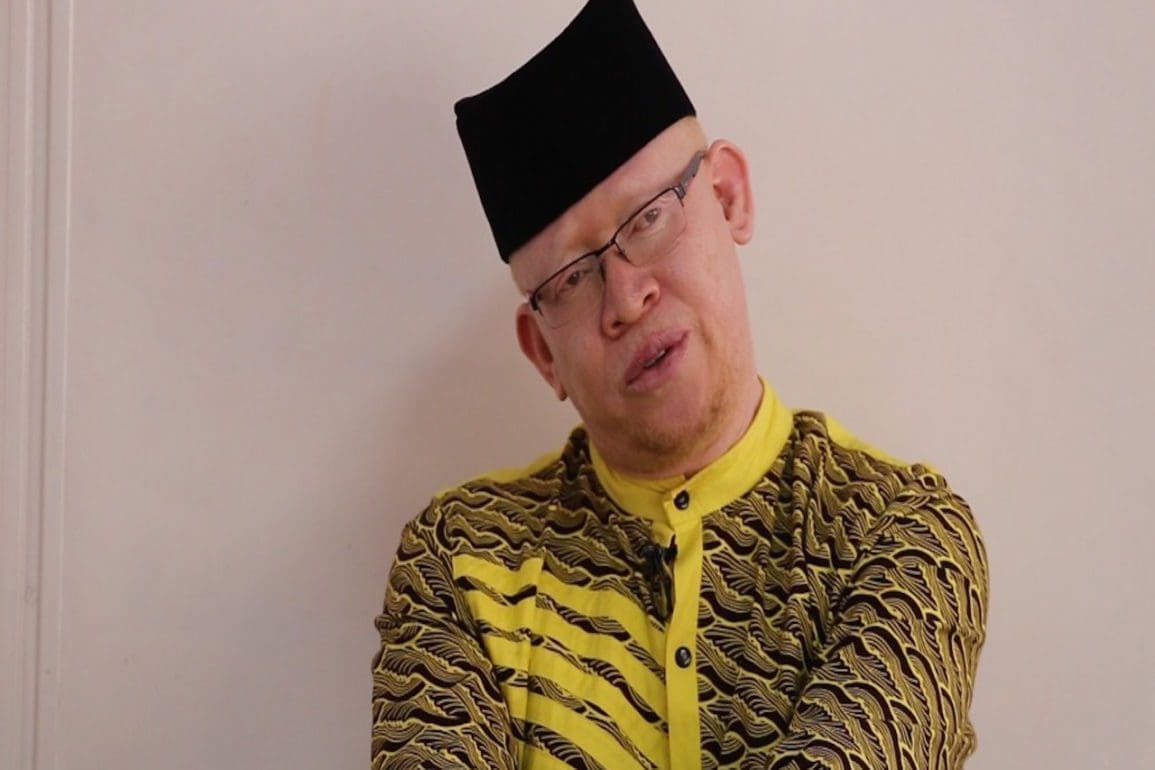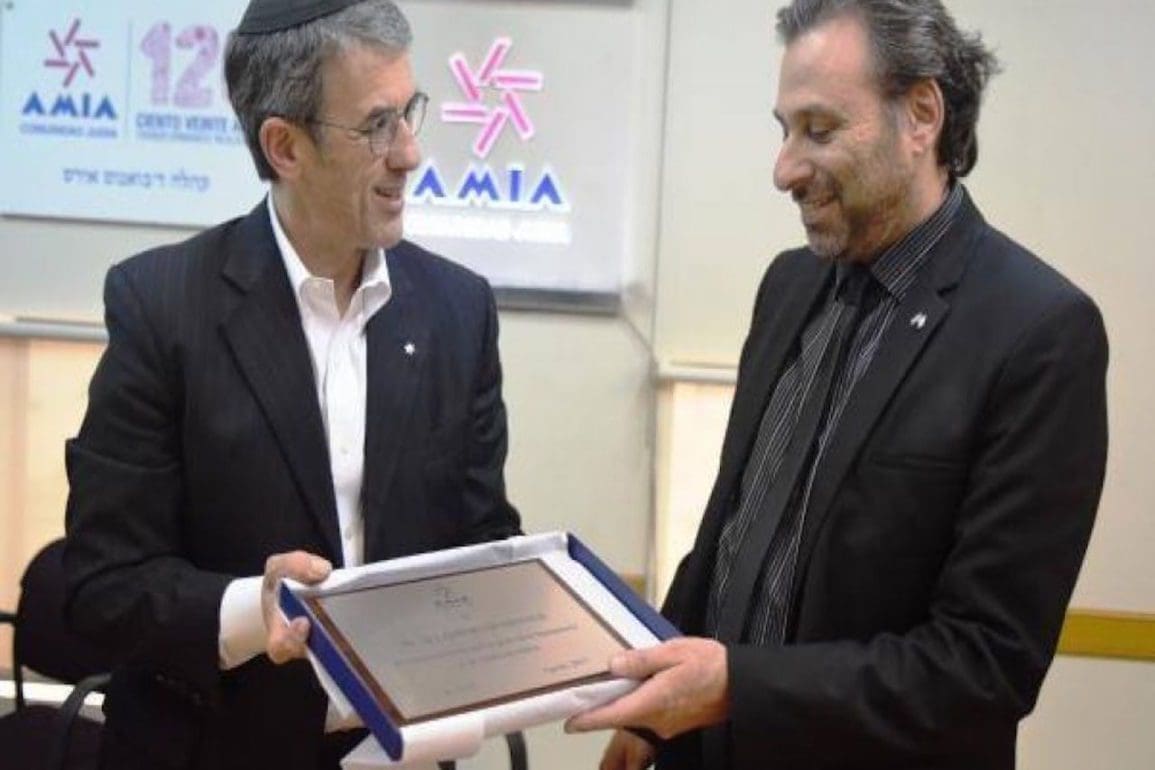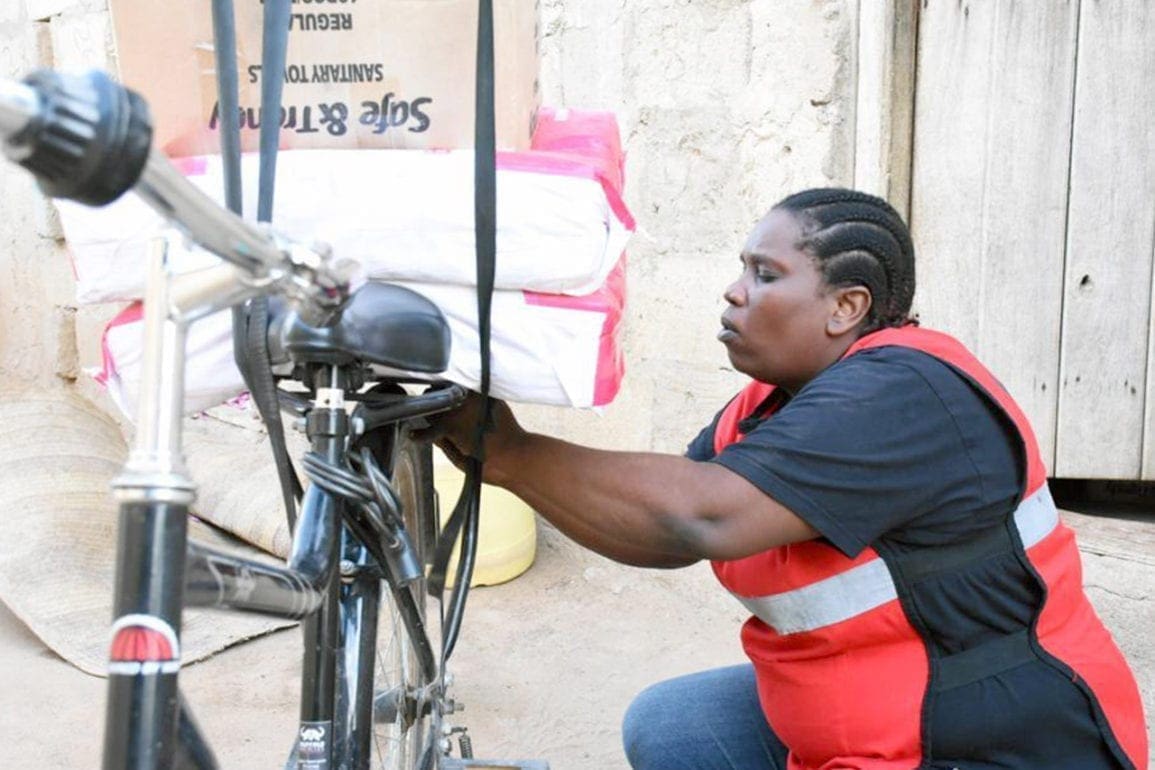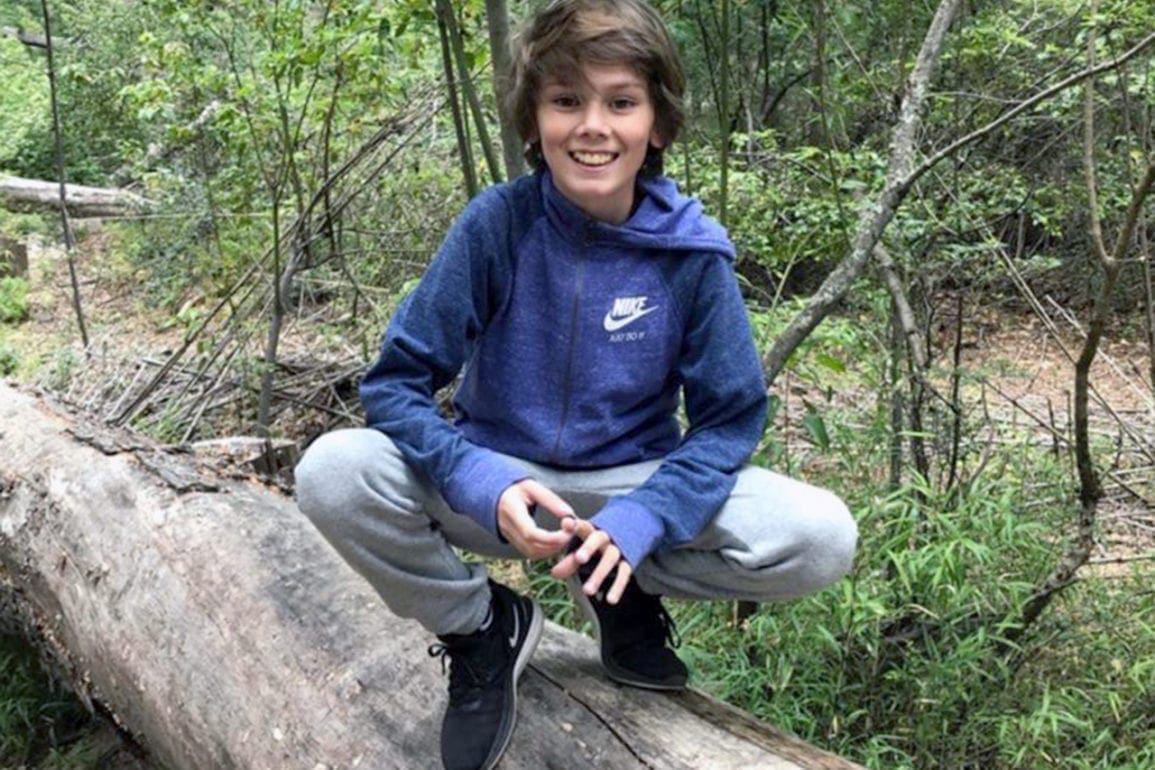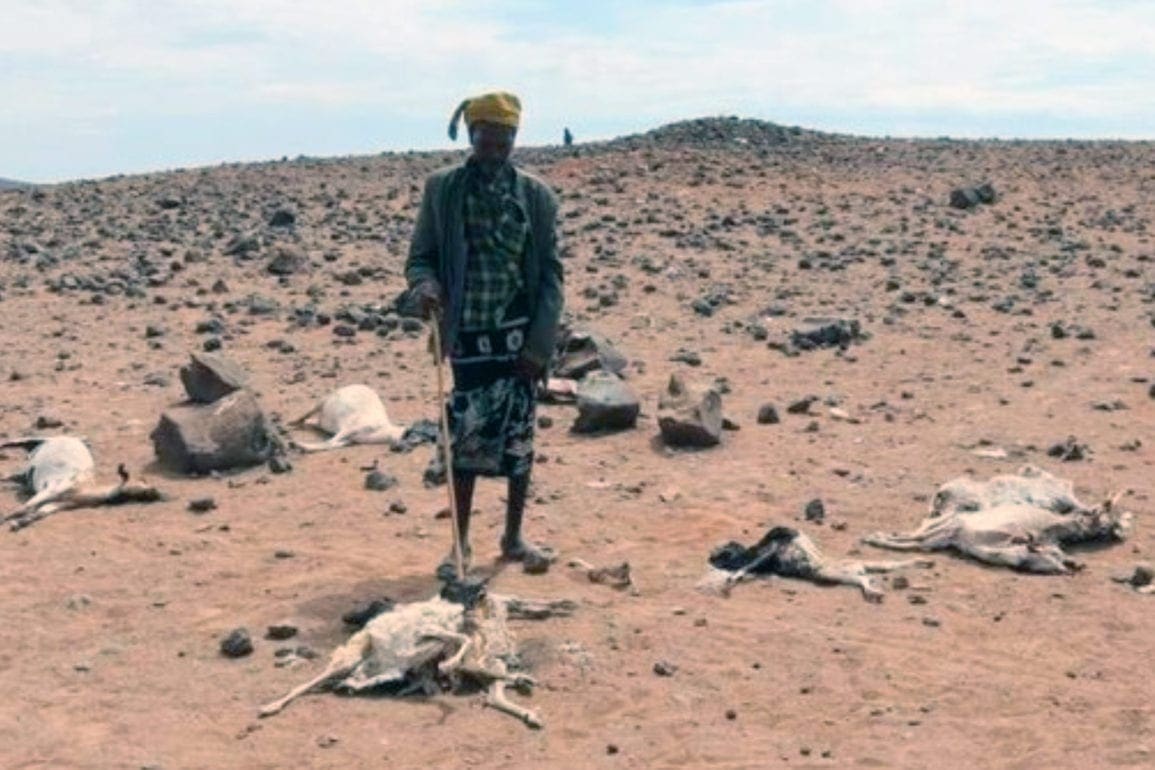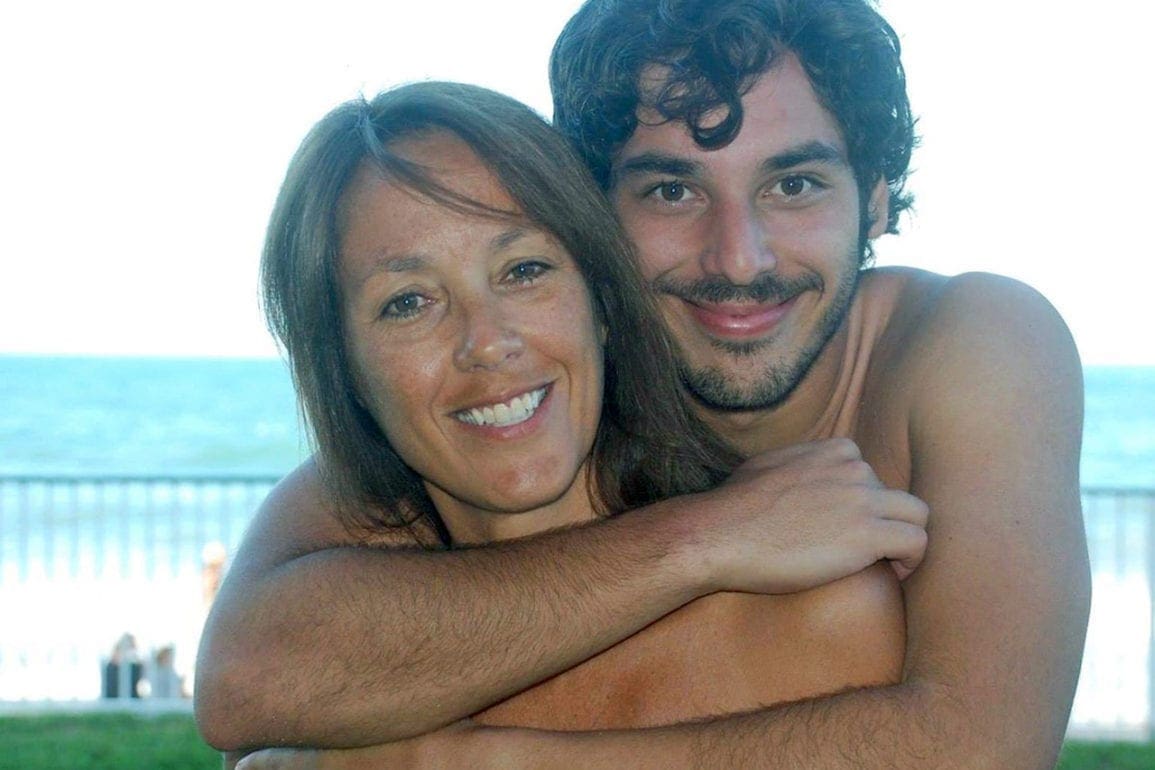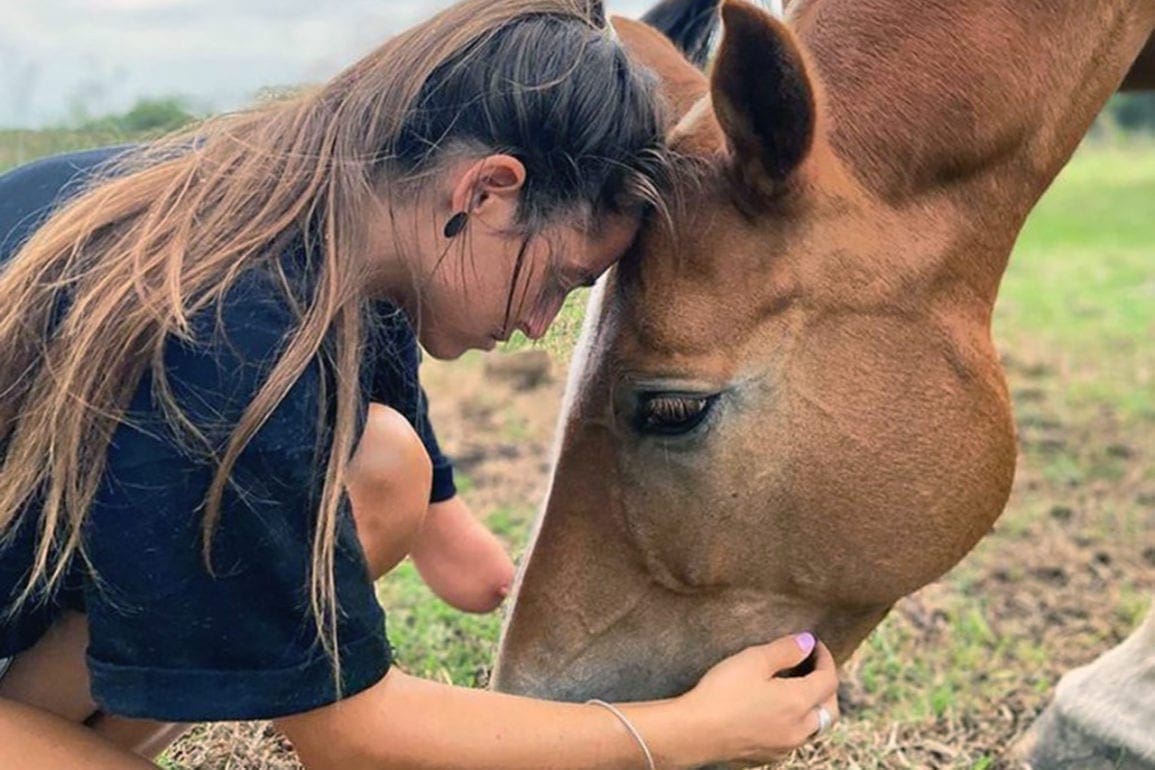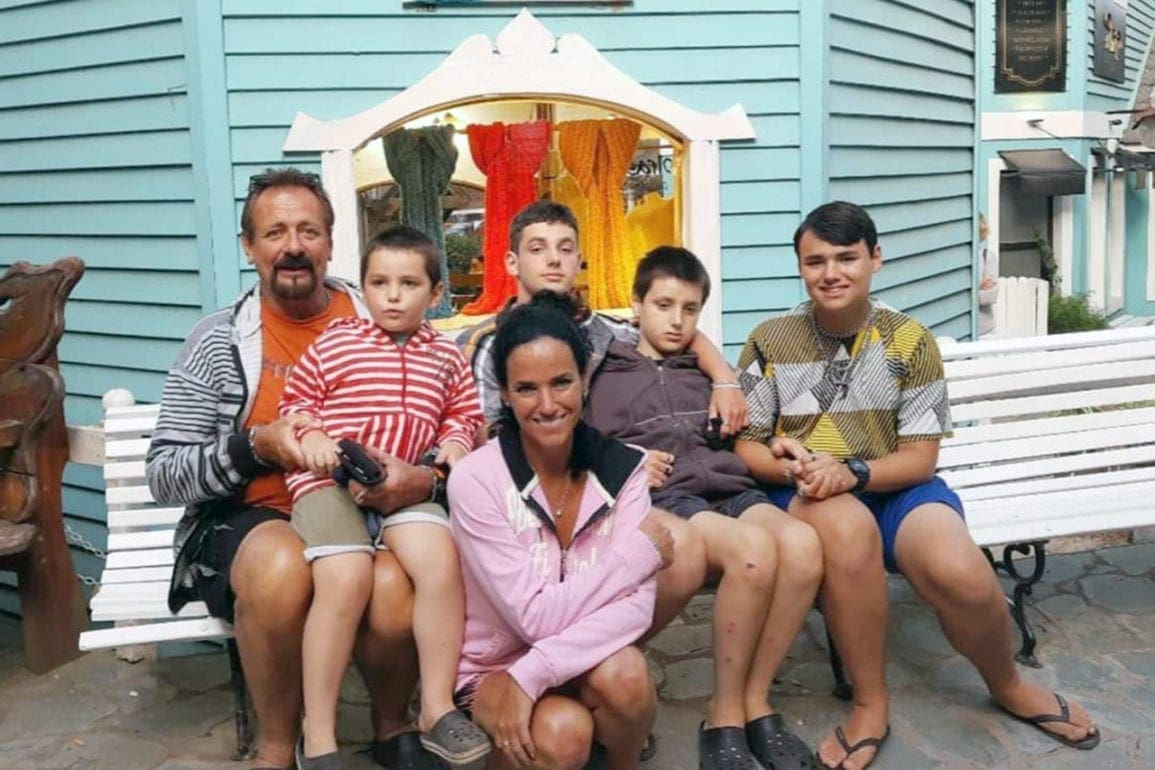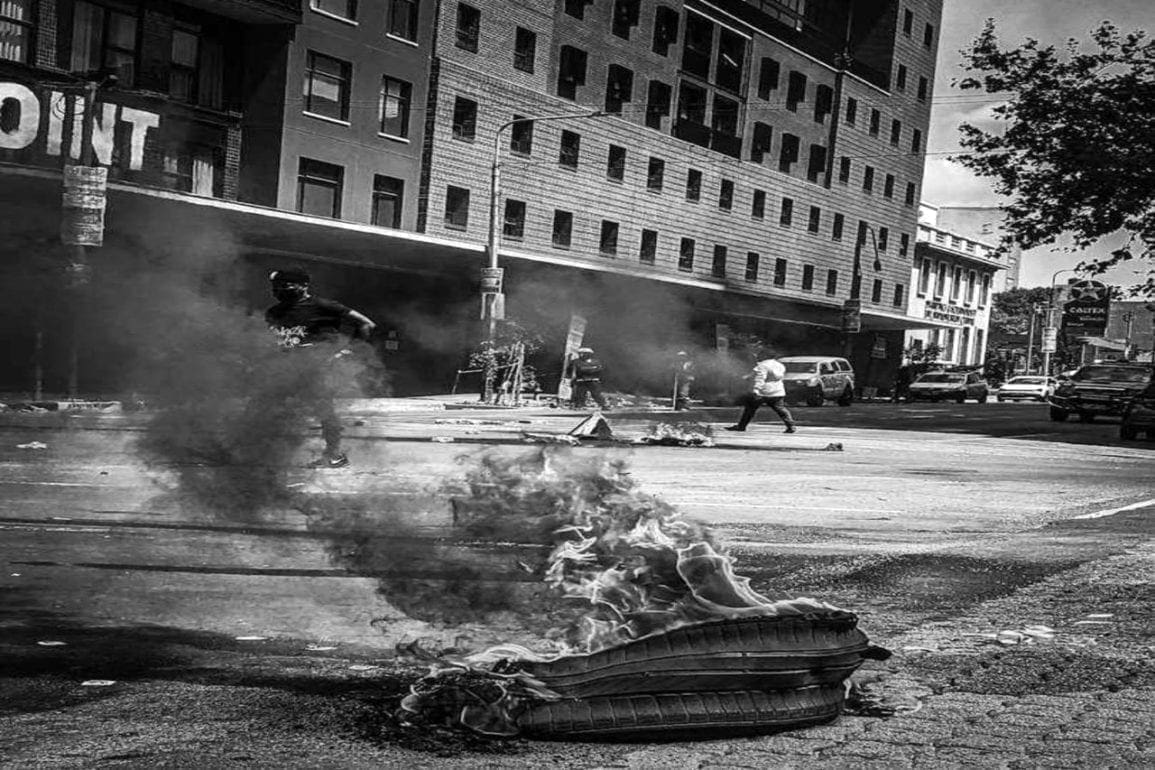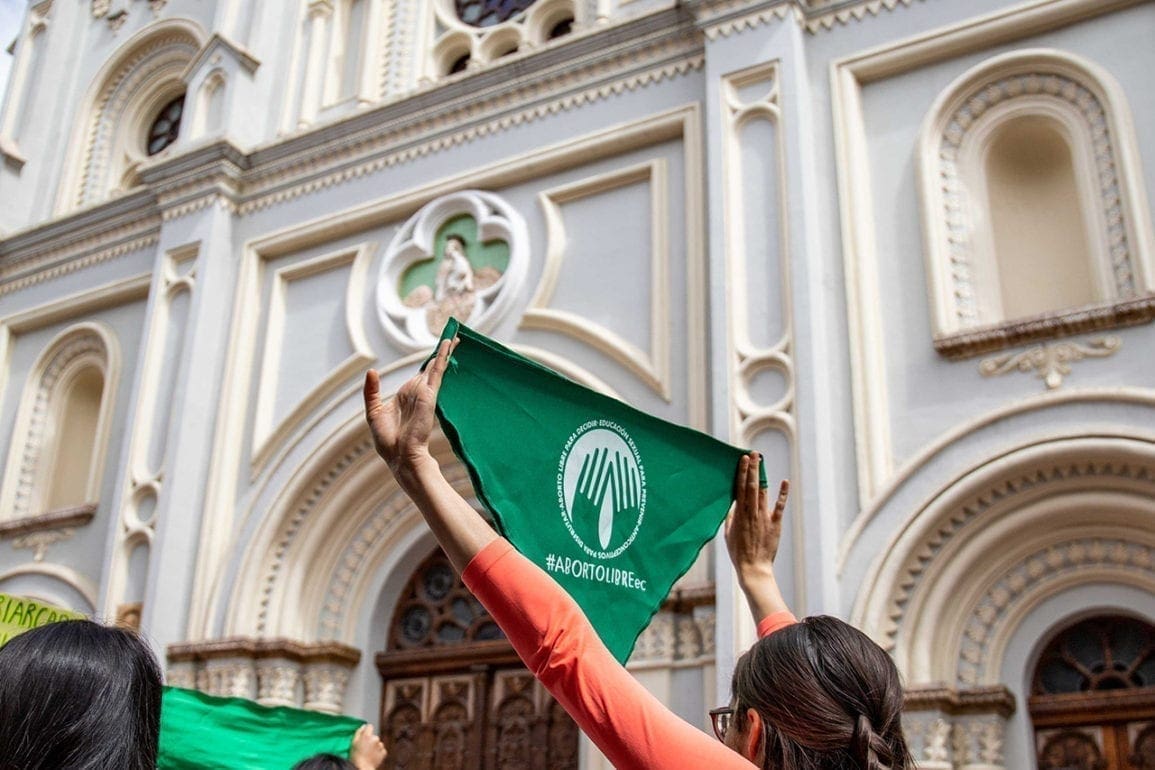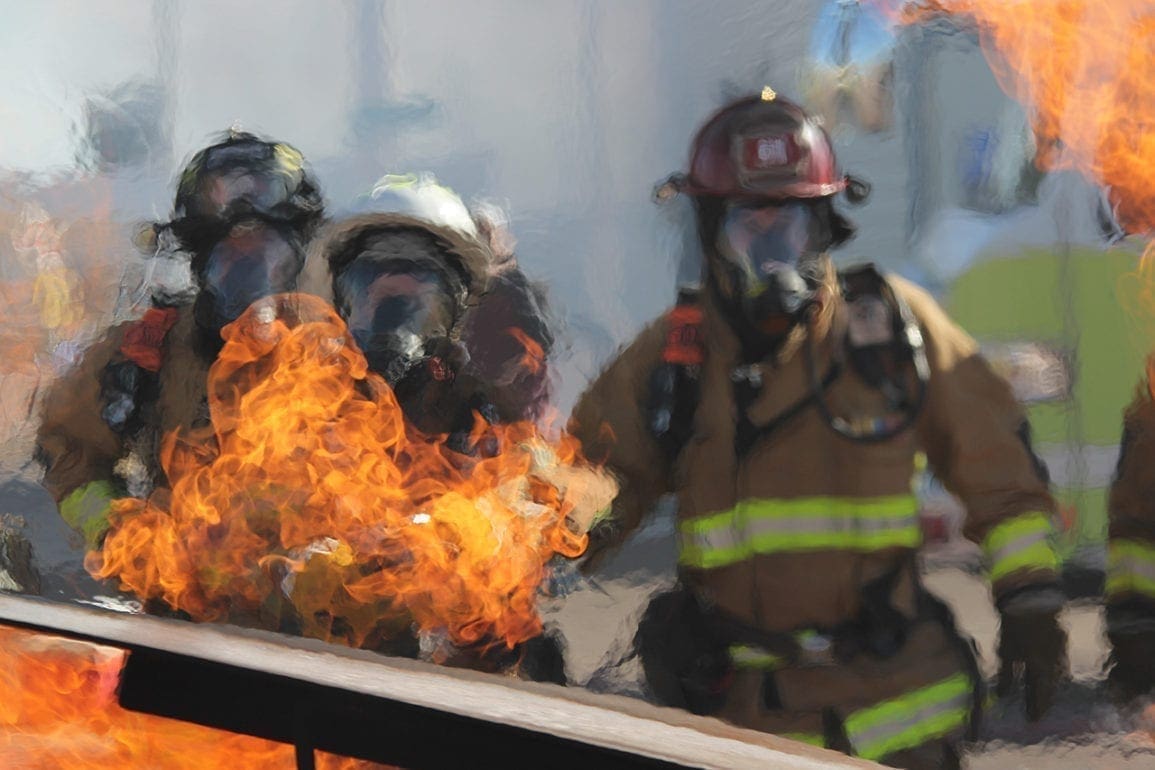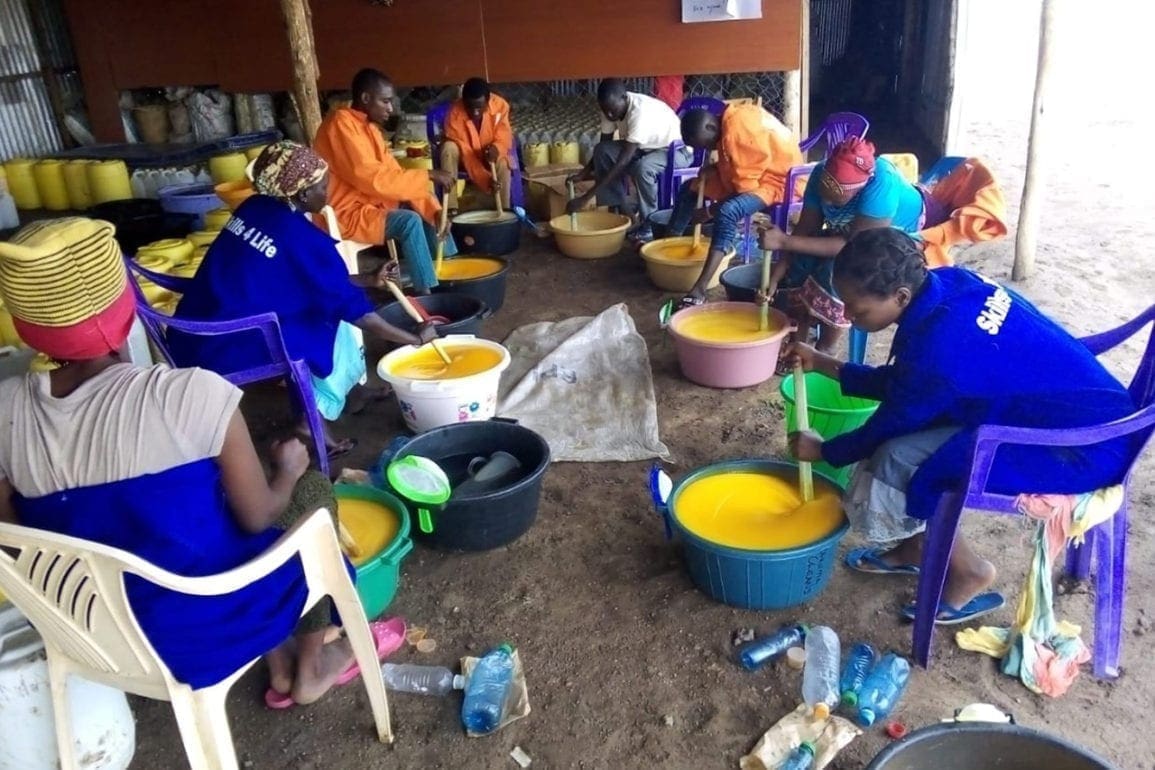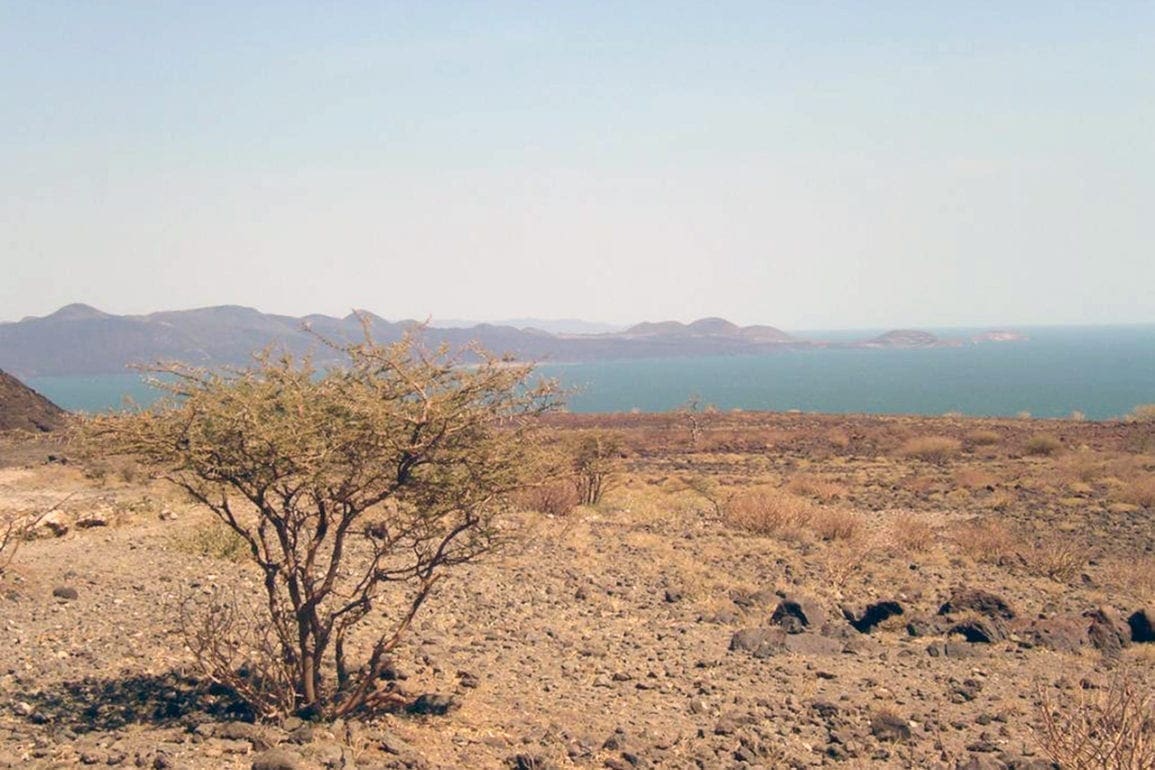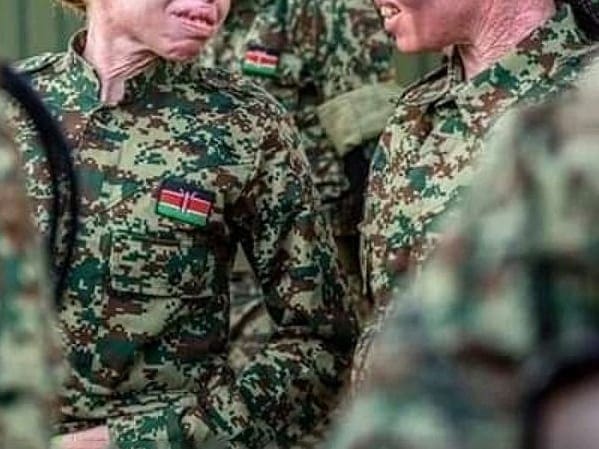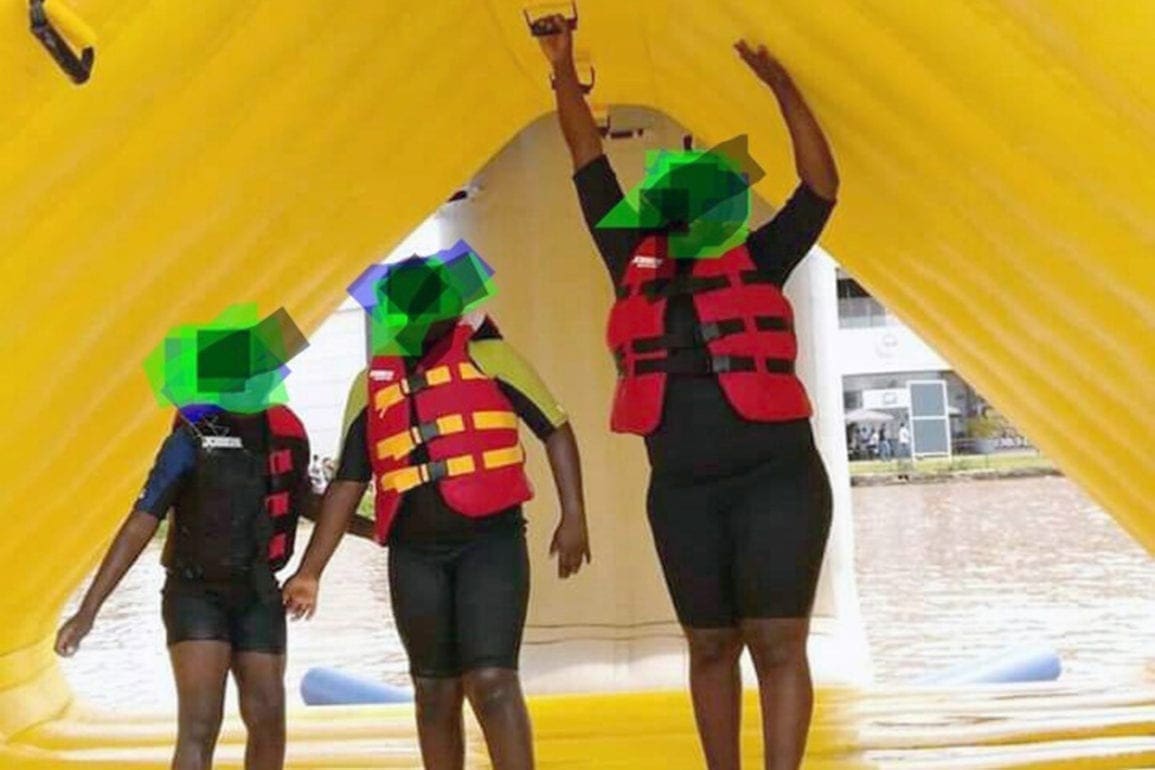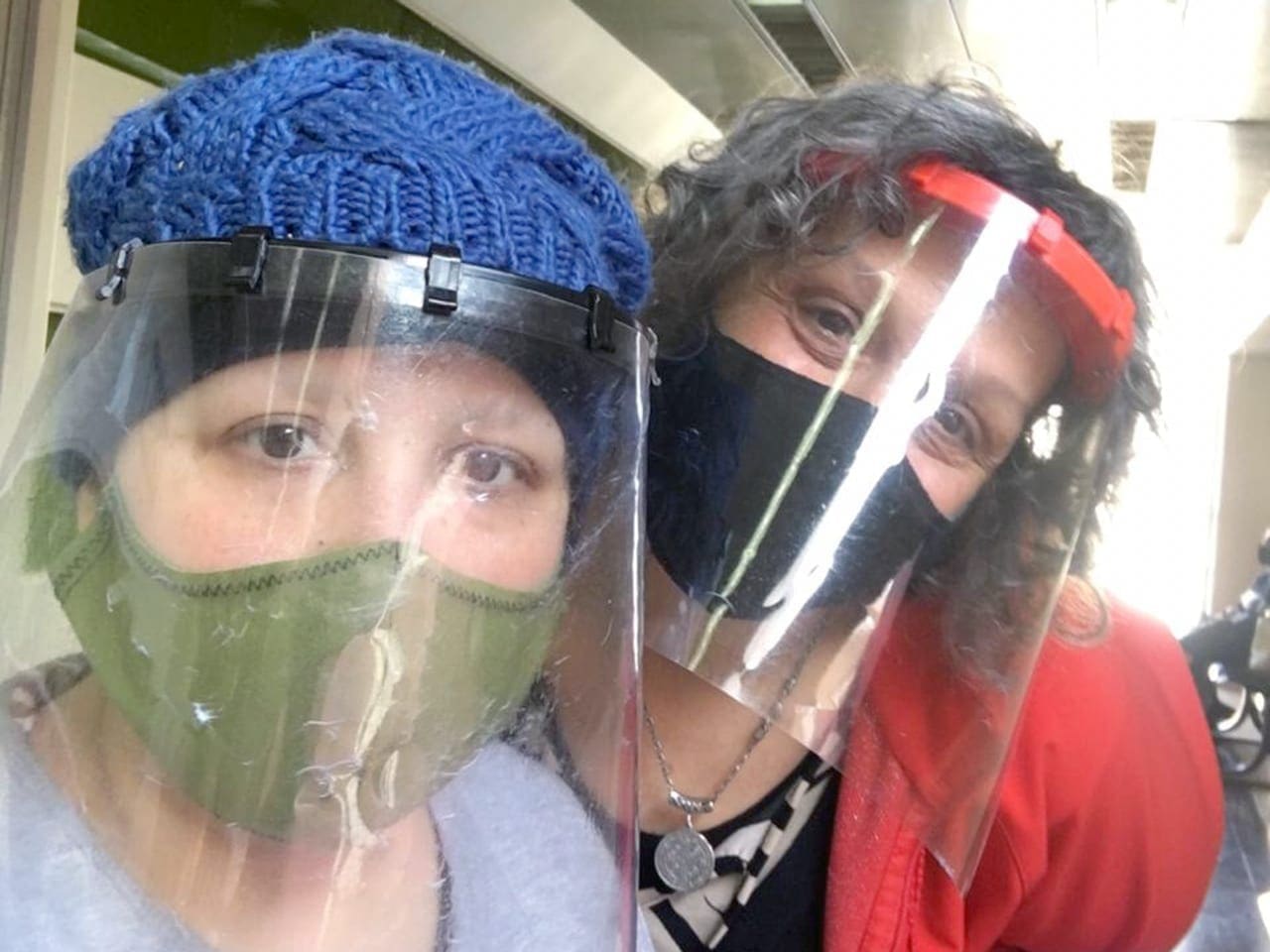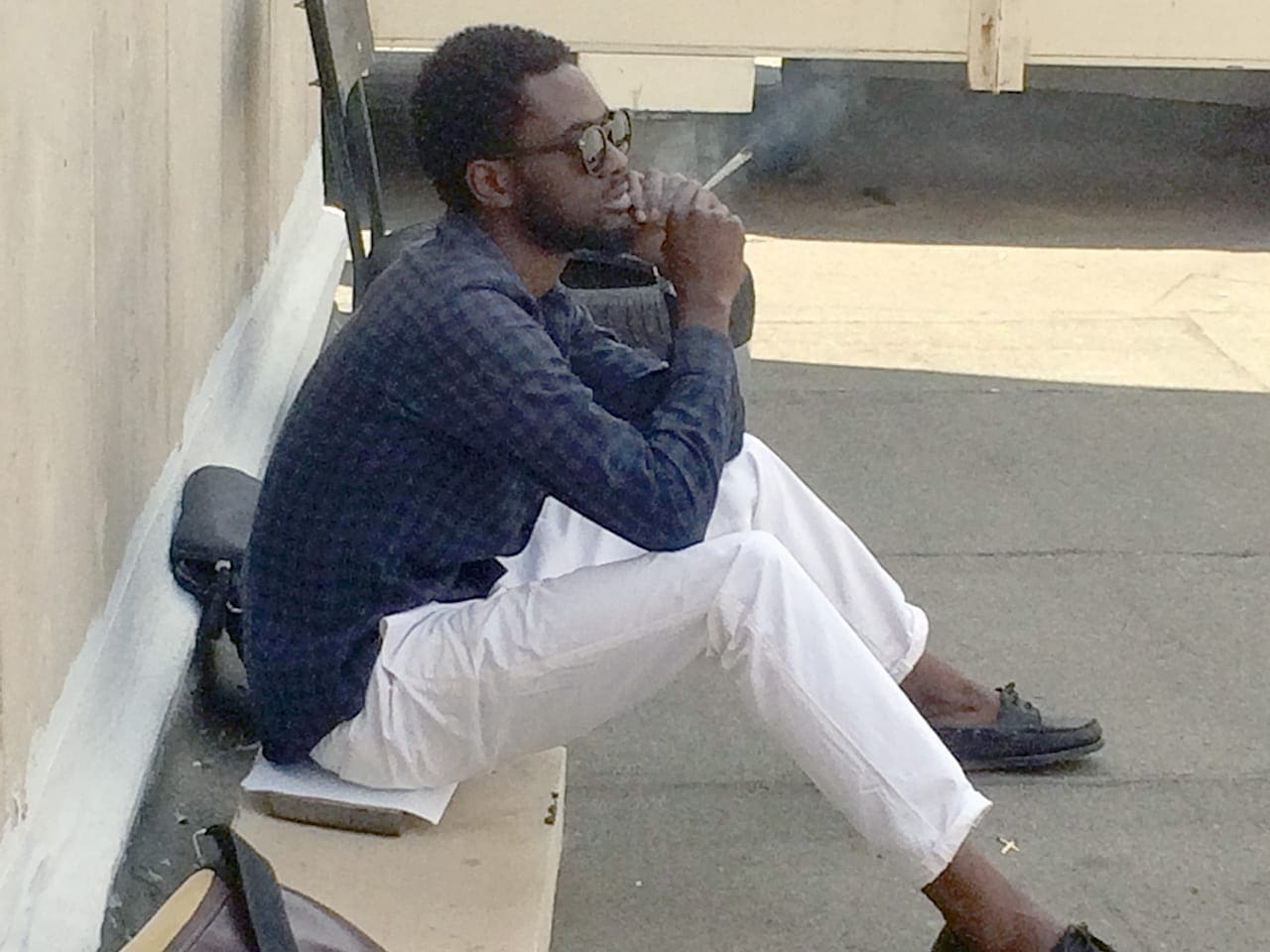Community unites to combat rising teenage suicide rates in Argentina
On the bridge that day with my friend, I conveyed a sense of security. I wanted to instill in him the possibility of hope. “There is always a solution for what hurts us,” I assured him. Throughout our conversation, we spoke of pain, fear, and the human connection that binds us in our darkest moments.
- 2 years ago
June 13, 2024
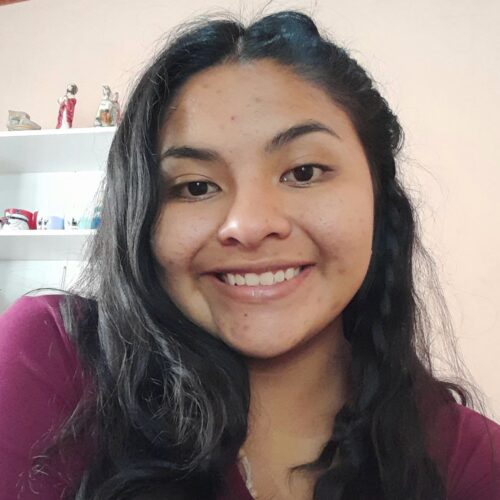
SALTA, Argentina — One day, my phone rang. On the line, I heard a desperate plea from a close friend. “I’m about to do it,” he said, “I don’t want to live anymore.” He stood on the bridge at the entrance of our town, now known as the “Bridge of the Solution.” My heart raced as I ran to him, fearing each second’s delay could be fatal. When I arrived, I saw him sitting there, sad and alone.
The weight of his loneliness and helplessness felt palpable, a burden so powerful it seemed unbearable. As I approached him, my fears momentarily clouded my thoughts, yet the urgent need to reach him propelled me forward. I sat beside him and engaged in a quiet conversation.
Read more mental health stories at Orato World Media.
From despair to hope: preventing a friend’s suicide on the town’s bridge
[In the province of Salta, Argentina, the suicide rate skyrocketed with 48 cases in 2022.] I felt overwhelmed with sadness every day, hearing about these extreme cases of suicide. A sense of desperate urgency set in as I interpreted the silence of suicide as a scream for help.
Many teens trapped in despair lacked the confidence to confide in an adult. They felt unsure who to turn to or how to escape their situation. In moments of desperation, I too echoed those feelings. Soon, I felt a desire to help myself and the at-risk youth in my community. I joined an interdisciplinary network of the United Nations and the Ministry of Health in Argentina.
On the bridge that day with my friend, I conveyed a sense of security. I wanted to instill in him the possibility of hope. “There is always a solution for what hurts us,” I assured him. Throughout our conversation, we spoke of pain, fear, and the human connection that binds us in our darkest moments.
As we sat there talking, I felt a primitive, human solidarity take hold. We recognized our shared struggles and the power of support. I hugged him, promising that together we could find a way forward. “You are not alone,” I said. “Let me be by your side to find another path.” Through a tear-filled embrace, a moment of shared vulnerability and understanding anchored us.
Later, I walked him home, ensuring he knew he had someone to lean on. Since then, we have stayed connected to remind him of my support. Reflecting on that day, I marvel at how empathy can fuel our strength. It can drive us to help those in distress. As human beings, we have a profound impact on one another’s lives. We have the capacity to pull people back from the brink.
Salta, a tourist city, grapples with high teenage suicide rates
In Salta, a city renowned for its tourism, the high rates of teenage suicide starkly contrast its scenic appeal. I became aware of this alarming situation during a Women’s Day activity at my school. They set up a mailbox where students could drop anonymous letters. Many students revealed harrowing experiences of sexual abuse and violence. This activity helped me understand that adolescents face struggles. They often feel cornered by psychological violence and other forms of abuse. This may lead them to make irreversible decisions to escape their pain.
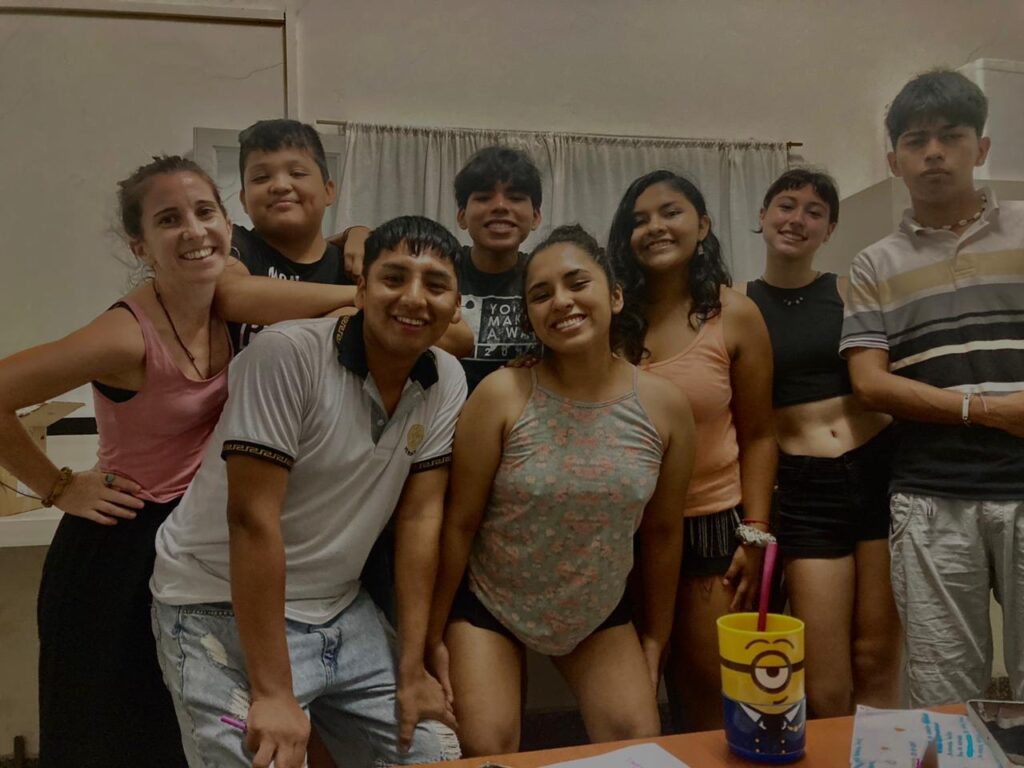
Adolescents find it difficult to seek help due to a profound sense of isolation and despair. The lack of opportunities in village life suffocates them. They struggle to find value and purpose, fearing a life reduced to mere existence. This monotony breeds a sense of futility, turning life into a series of unmet desires and frustrations. It is a form of living death, or perhaps, a loss of the very capacity to desire.
This social context offers little support, especially in conservative families. They may view psychology not as a means of improving life but as a label for the “insane.” This stigma leaves many youths without a safe space to voice their troubles, pushing them toward dire choices.
A beacon of hope: serving vulnerable teens at the counseling center
In light of the tragic occurrences in Salta, I joined an organization supported by the UN and the Ministry of Health. The municipality established this network in response to high case rates, making it a beacon of hope. As I took this step, I began to find my sense of purpose. Within this organization, I realized that I, too, might have needed support without fully acknowledging it.
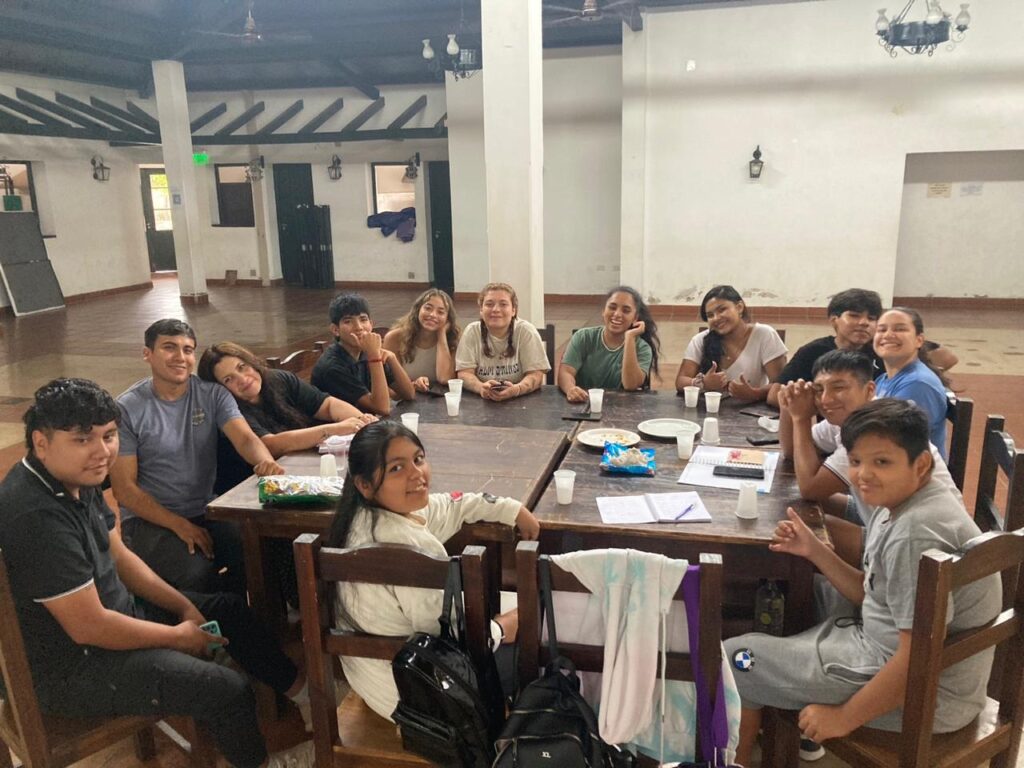
At our counseling center called the Adolescent Listening Center, we often receive calls from concerned friends or family members. We also hear directly from the affected individuals. Adolescents feel more comfortable discussing personal matters with peers rather than professionals. In this role, we act as conduits between the interdisciplinary team and those seeking our aid. We guide them away from precarious fates.
The children react in various ways. Some open up as soon as they feel safe, while others, inhibited by shyness or fear, may break down in tears. In those moments, I offer a simple gesture. I give a hug, a listening ear, and a compassionate gaze. I recognize these gestures can save a life.
Often, those in distress may not fully grasp the consequences of their actions or know how to articulate their pain. They commonly face the debilitating challenge of wanting to escape the intense suffering from life’s violent or degrading experiences. This underscores the resilience of the human spirit and the profound need for empathy and understanding.

